“Music only makes sense if it can better the perfection of silence.”
/ / THE LONDON TRILOGY / /
The London Trilogy is a body of 3 works inspired by Buddhist philosophy, in particular by its First Dharma Seal (primary characteristic or principle) which is the Law of Impermanence. The Law of Impermanence is the teaching that everything in material or relative existence is impermanent. That is, everything has a beginning, a middle, and, most definitively, an ending. The Greek philosopher Heraclitus wrote it this way: “No man ever steps in the same river twice, for it's not the same river and he's not the same man”. Life is perpetually in flux and change is an inevitable constant. Suffering normally occurs when we do not accept this principle.
And with the Law of Impermanence comes the belief that it is this very same principle the one that gives life a purpose. The moment we understand of death as the opportunity to be born again to repeat the cycle each time from a different perspective, we are part of the dance of life. As novelist Frank Kafka puts it: “Everything that you love, you will eventually lose, but in the end, love will return in a different form”.
The London Trilogy consists of three chamber works:
‘Life from Light’ (2012) - represents Birth/Expression.
‘2045: The Year Man Becomes Immortal’ (2016) - represents Death/Integration/Transcendence.
‘Hhumann X’ (2018) - represents Growth/Experimentation.
The London Trilogy was not created in chronological order, with the first two works reflecting on birth and death and the latter work reflecting on the journey in between both.
HHUMANN X (2018)
Growth/Experimentation
Chamber piece for piano, 2 cellos, violin, 4 batons, electric guitar, electronics, soloist voices and mixed choir.
Humans face growing social isolation paradoxically during an era of technological hyper-connectedness. In the UK alone, more than 9 million people report feeling often or always lonely according to a 2017 report by the Jo Cox Commission on Loneliness. In the US, a 2018 survey of 20,000 Americans found that nearly half reported always or sometimes feeling lonely or left out. Young adults ages 18 to 22 are the loneliest generation of all, the survey found. In Japan, in recent years there’s been an exponential rise in ‘kodokushi’ ― people dying alone and remaining undiscovered for long periods of time ―especially among younger generations. One estimate is that there are 30,000 of these lonely deaths a year, but companies that clean apartments when ‘kodokushi’ are discovered say the number could be two or three times higher. Simultaneously, whereas modernisation and progress have raised our living standards to the highest in human history, recent studies show that rates of anxiety and depression are reaching epidemic levels, especially in the Western world.
The fact that this loneliness epidemic is happening in an era of increasing and unprecedented technological hyper-connectedness is a paradox that I thought was worth exploring. ‘Hhumann X’ is, therefore, an exploration of loneliness in an era of technological hyper-connectedness, an exploration of isolation and mental illness in our world and in our time.
The high soprano - using invented language and singing at the top of her register where she feels most uncomfortable - embodies this isolation from her immediate context of the ensemble. The Eastern sounds of the Persian soprano establish not only a bridge to a different culture but also a bridge through which the high soprano can reach the choir. The direct experience of the power of that community shows her a way out of her isolation.
The piece is, therefore, a call to build bridges, bridges between us as a way to overcome social isolation but also bridges within ourselves, connecting with our true nature and purpose. ‘Do you know what you are?’, the opening line of a poem by the 13th-century Persian poet Rumi, is the repeating mantra throughout the piece and the main question I ask my audience. The entire poem appears throughout the piece in spoken word. These Eastern influences reappear in the form of the Hindu mantra ‘Soham’, which is sung by all voices of the chorus at the climax of the piece. ‘Soham’ translates from Sanskrit to ‘I Am That’, or simply ‘I Am’, identifying oneself with the universe or ultimate reality.
Hhumann X was premiered at LSO St Luke’s in London on the 20th of October 2018 to a sold-out audience in collaboration with More Than Just a Choir, a community choir based in North London that works with people suffering from mental illness and social isolation. The choir helps its members build their confidence, whilst also connecting with the wider community. They were supported by a 10-strong ensemble including Grammy-Award nominated pianist José Menor, Gramophone Magazine Editor’s Choice violinist Harriet MacKenzie, sopranos Honey Rouhani and Vanessa Bowers and ‘Ball de Bastons’ members Jesus Baltà and Maria Pachón.
‘Ball de Bastons’ is a ritual weapon dance spread through Europe and the Mediterranean that dates back to the 12th century. Various different traditions are encompassed in the phrase, but normally the dancers will all carry one or two sticks (bastons) traditionally of holm oak elaborating some patterns of stick-clashing.
The piece and its premiere gained lots of media attention from media outlets such as the BBC, London Live and the Telegraph amongst others. Hhumann X's main theme featured on BBC Radio 4's new series The Anatomy of Loneliness started broadcasting on the 2nd of October 2018.
Pressing the button below Inside Hhumann X you will find detailed information on the piece and its compositional intentions and process.
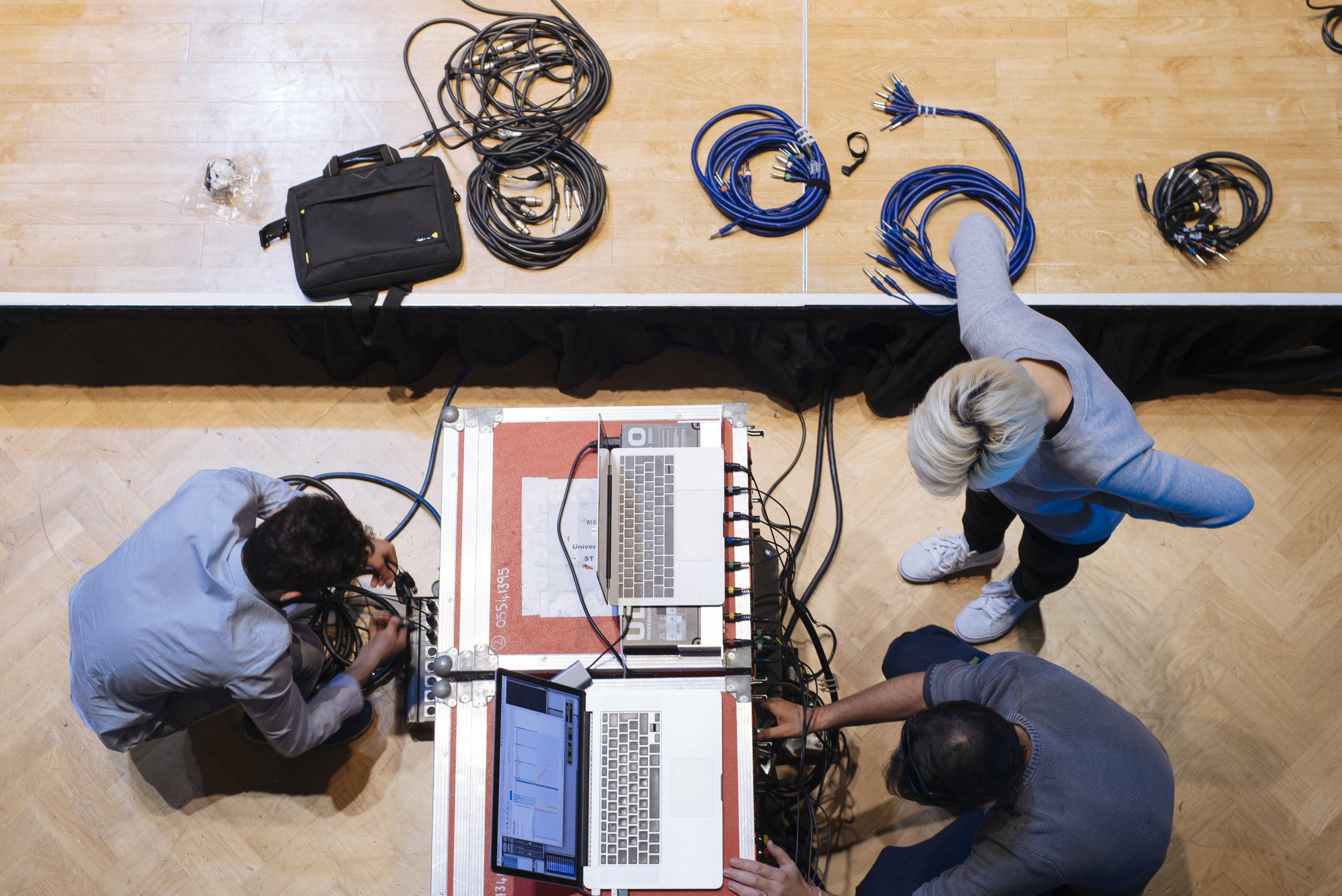
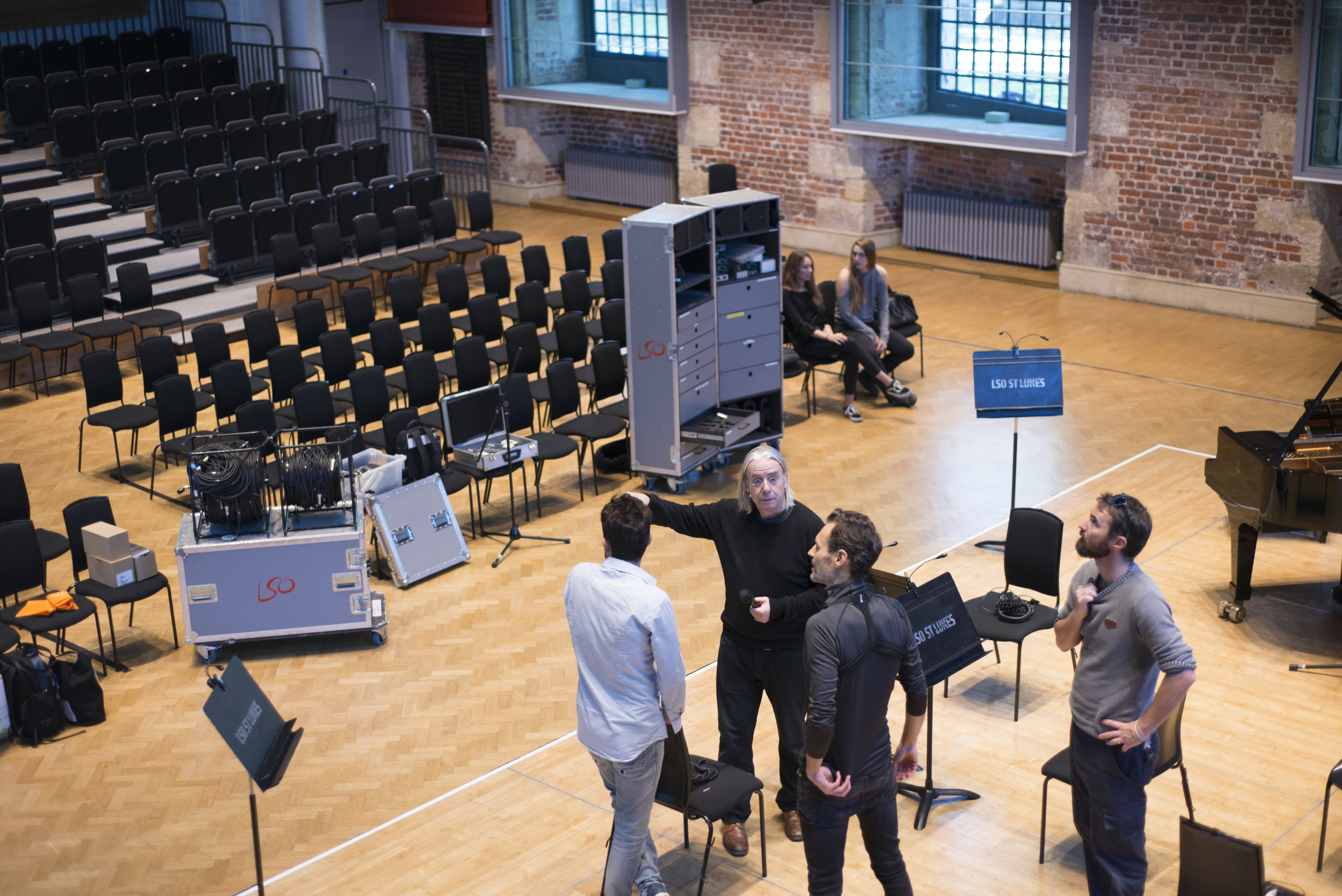
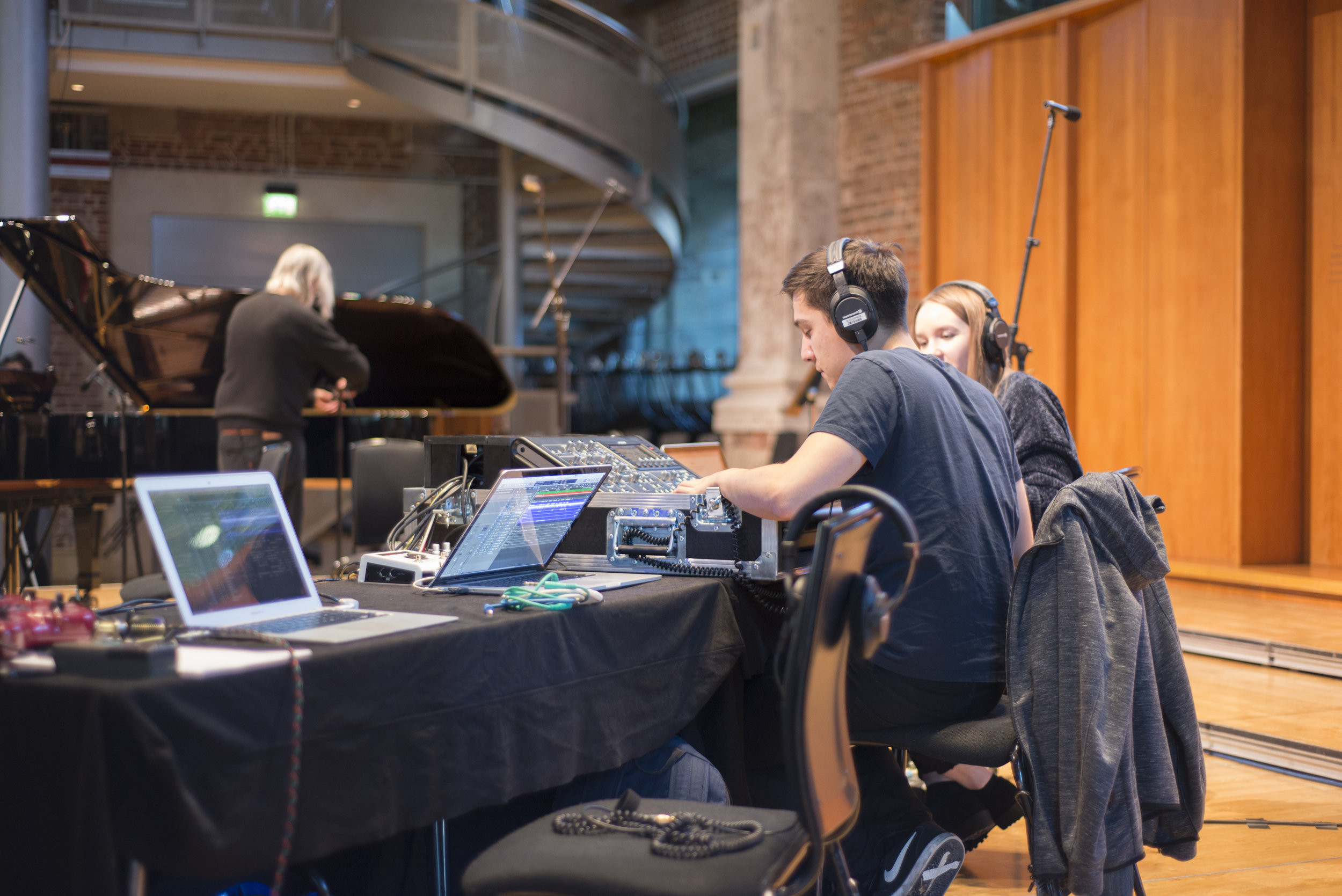
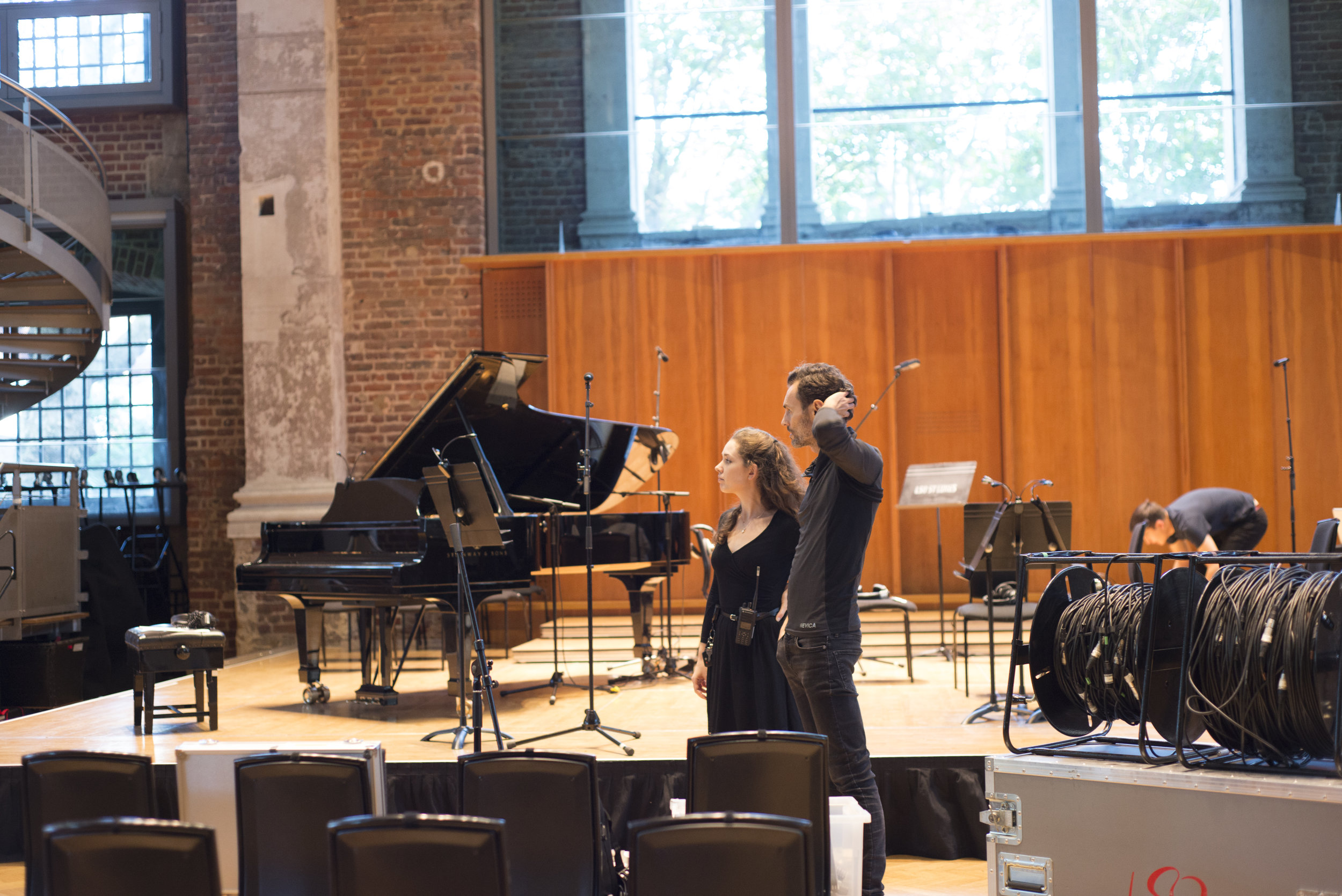
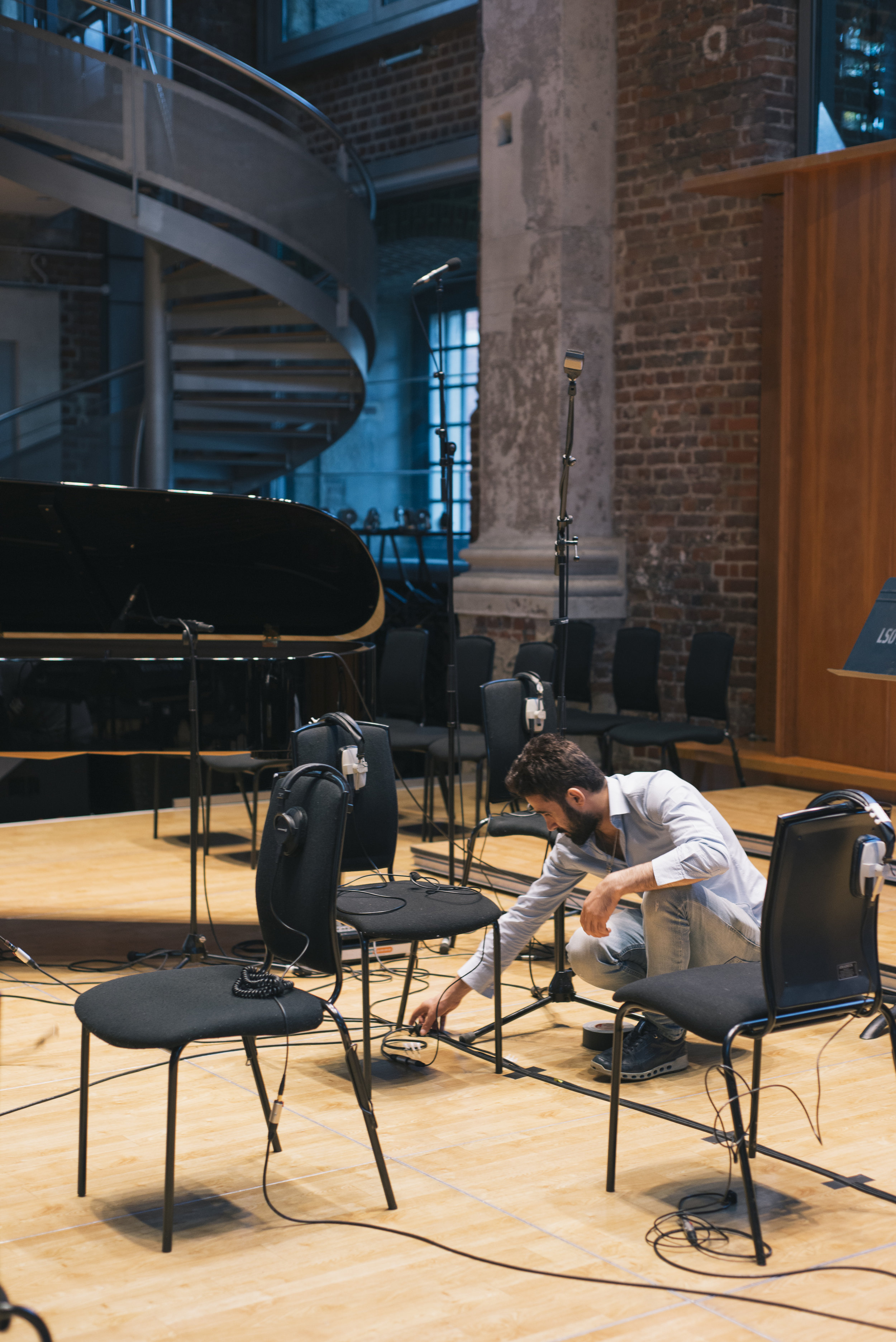

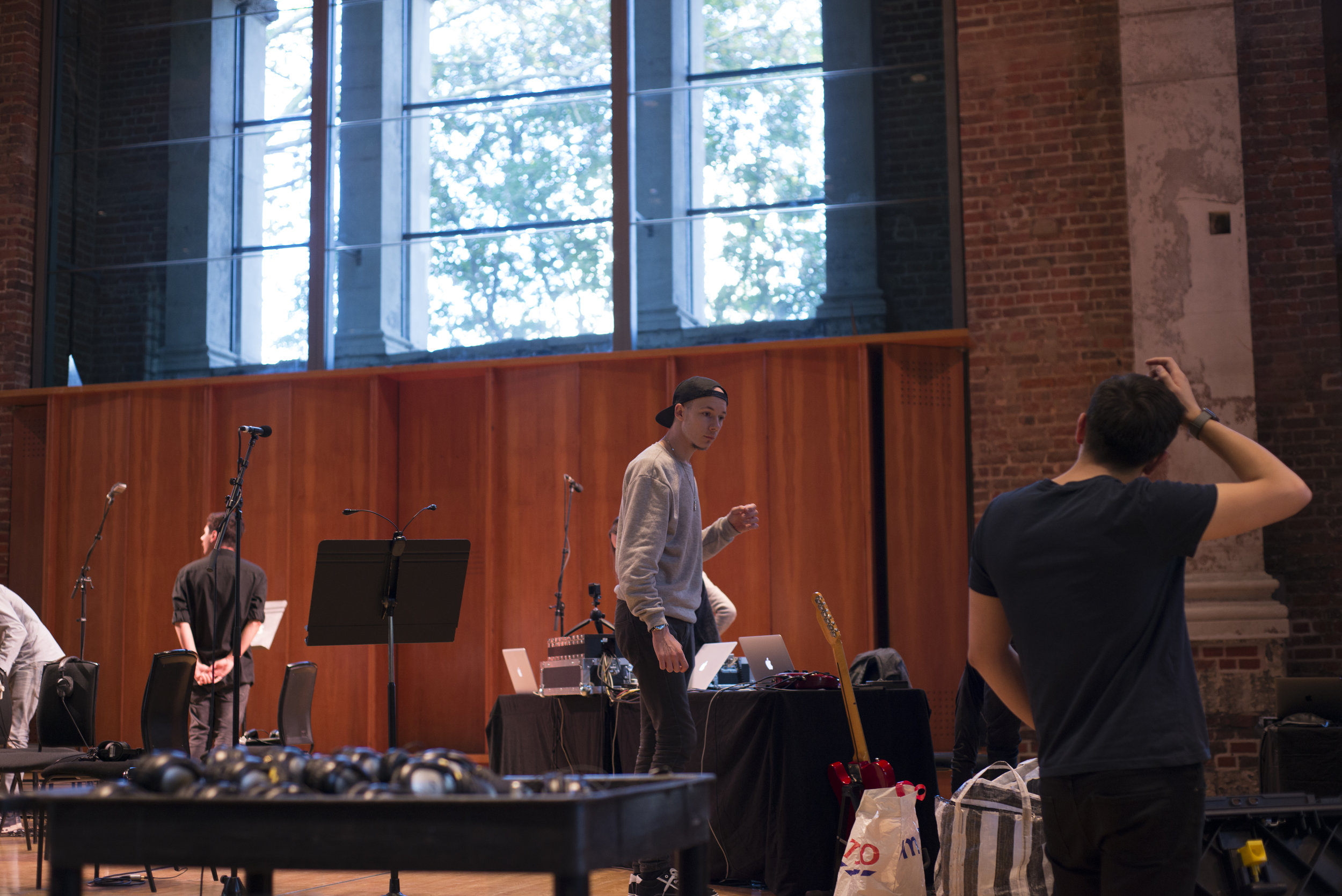
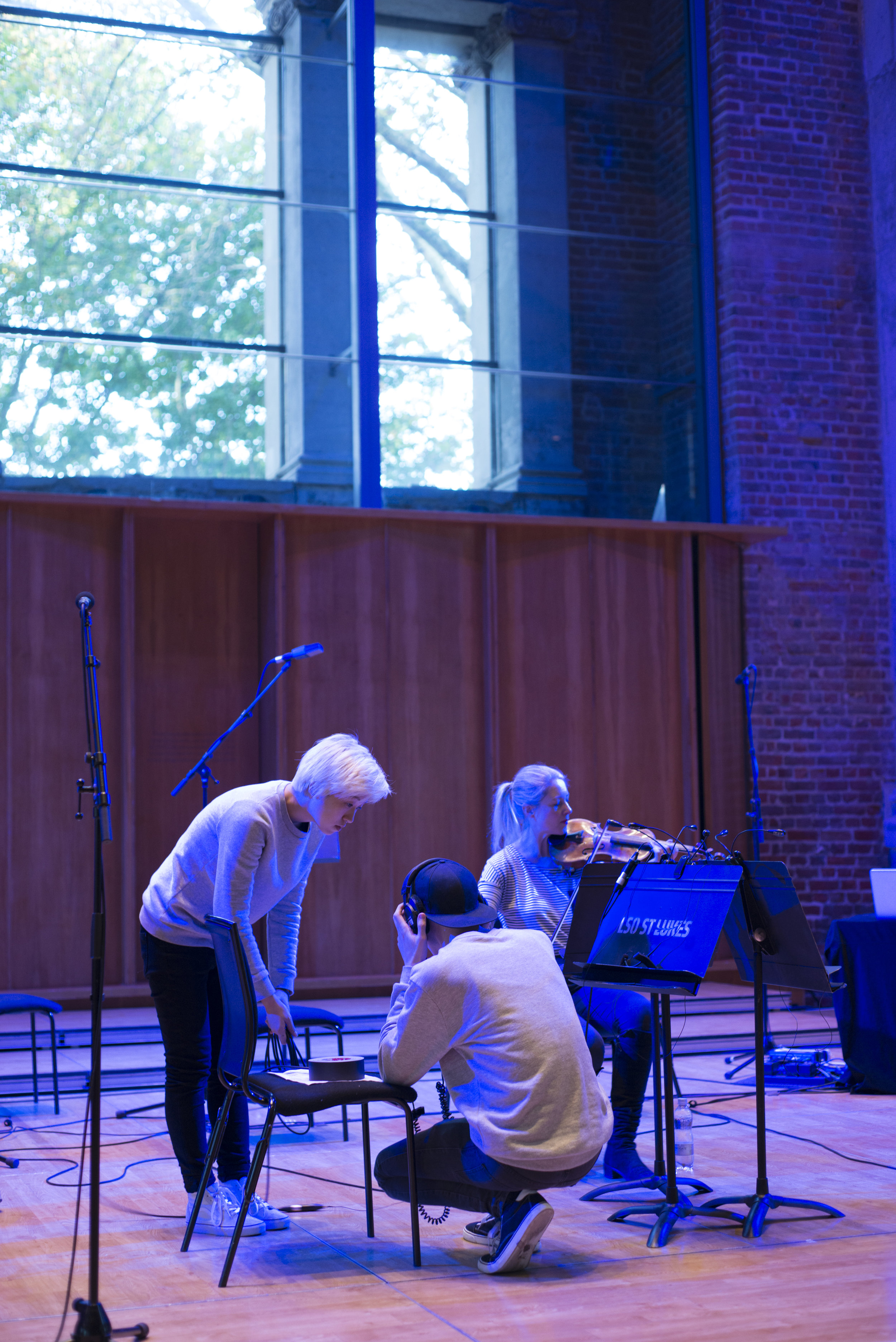
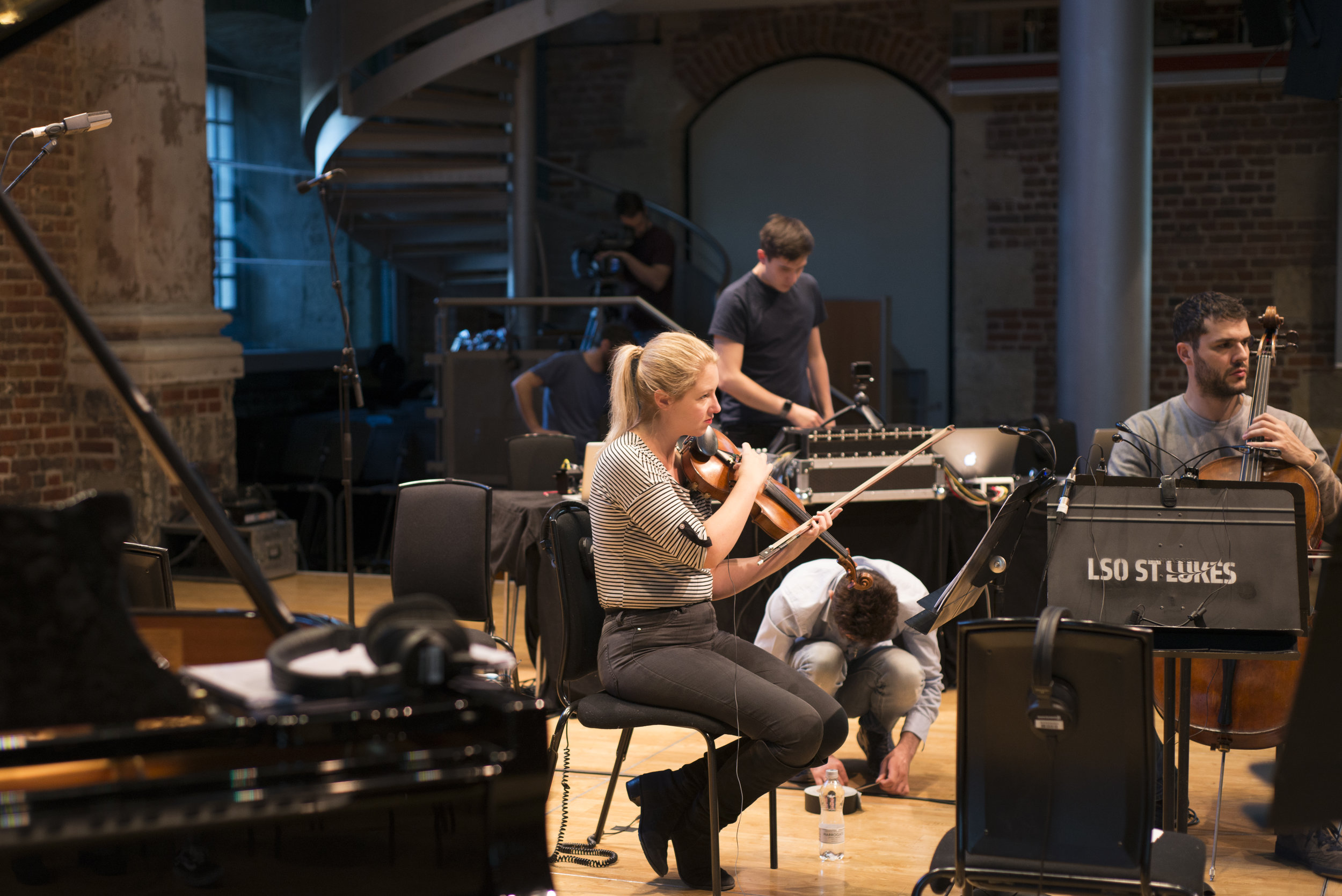
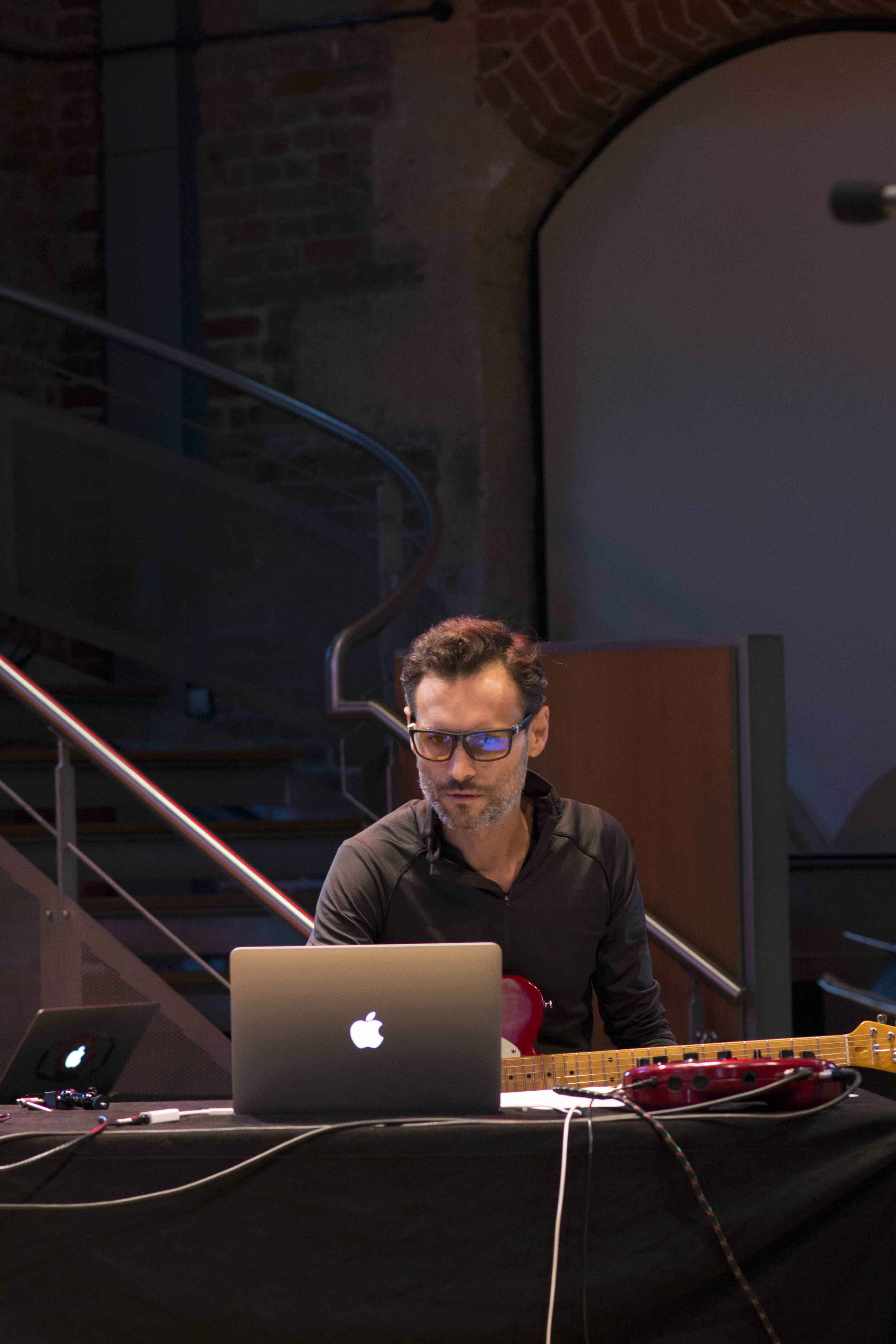
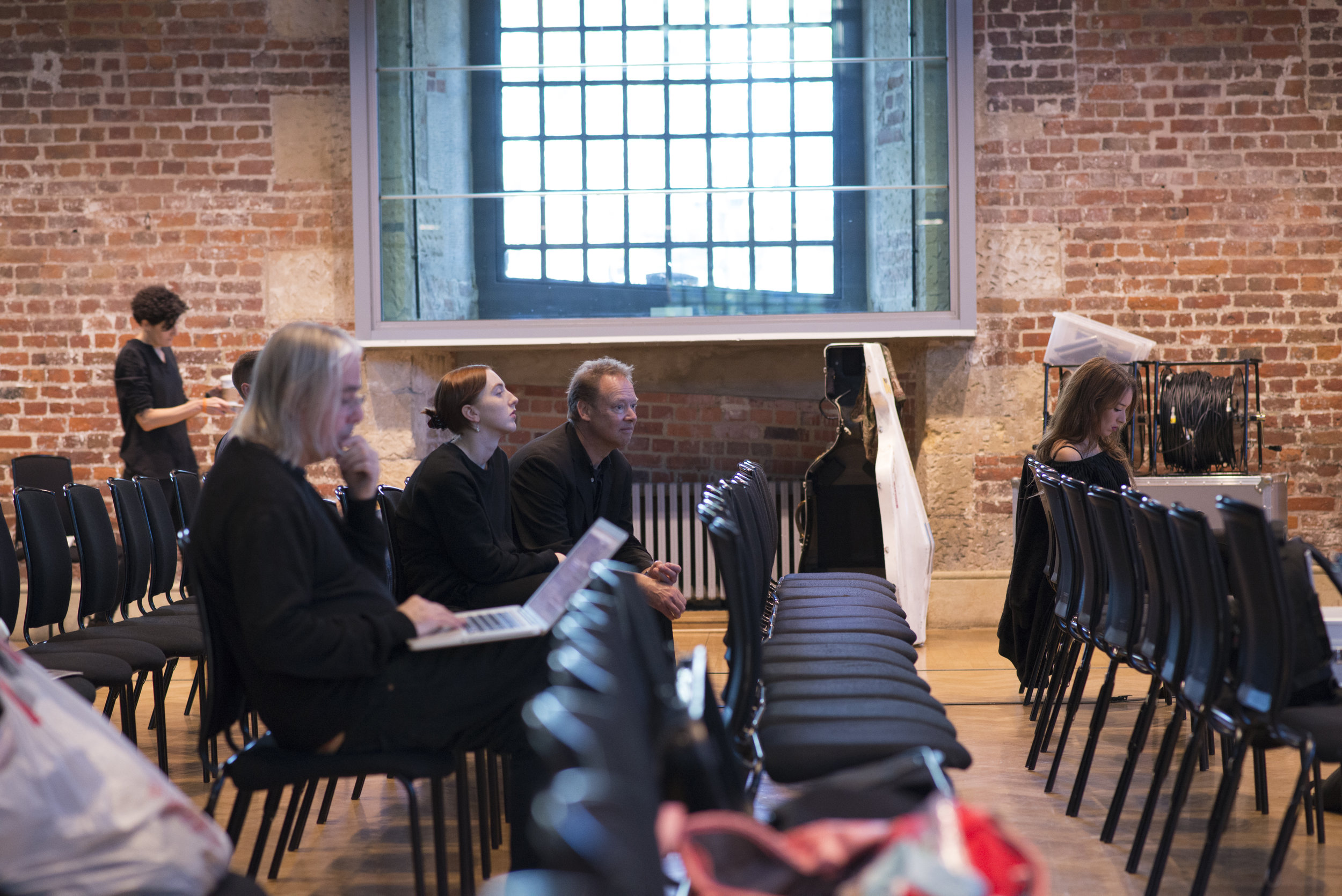
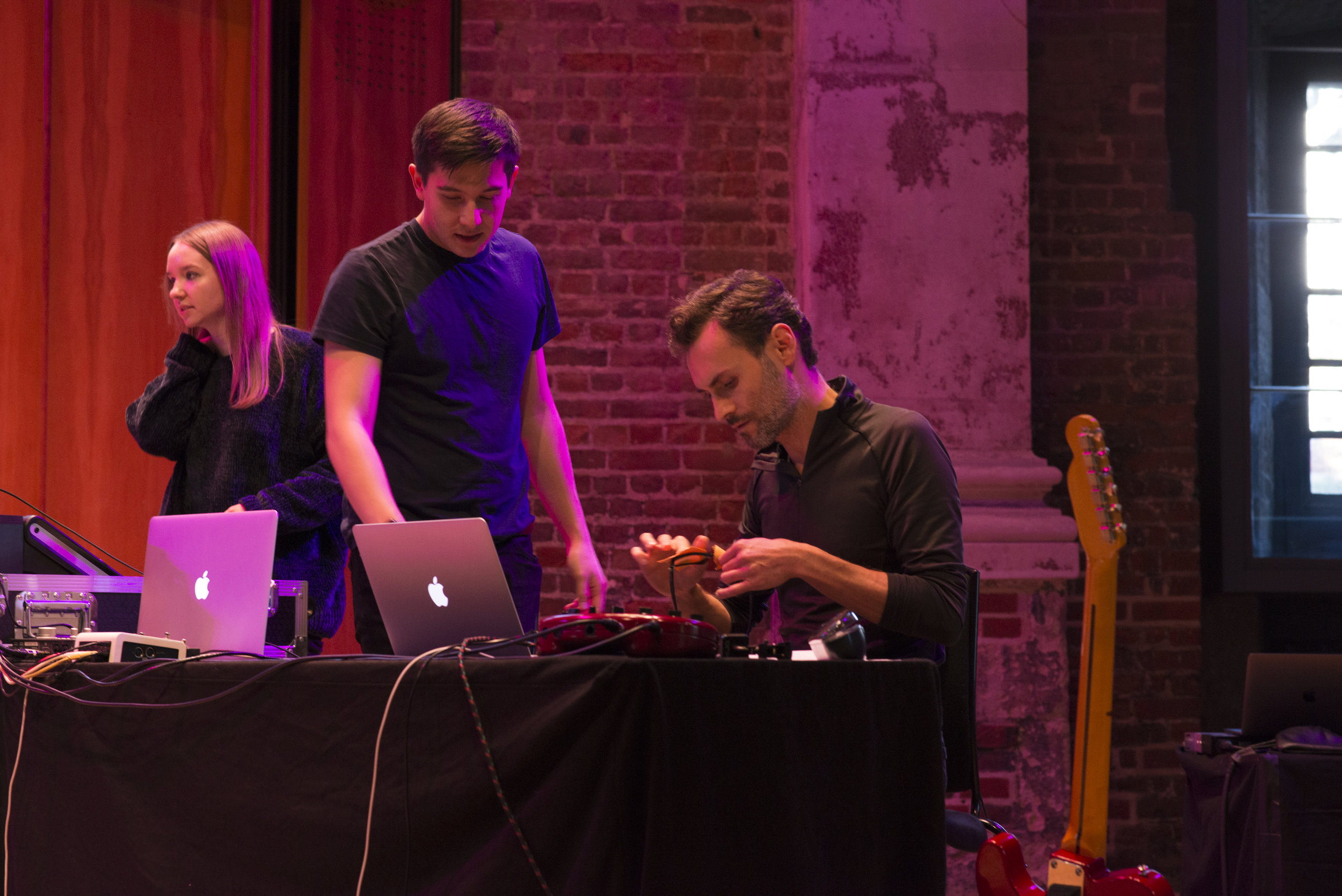
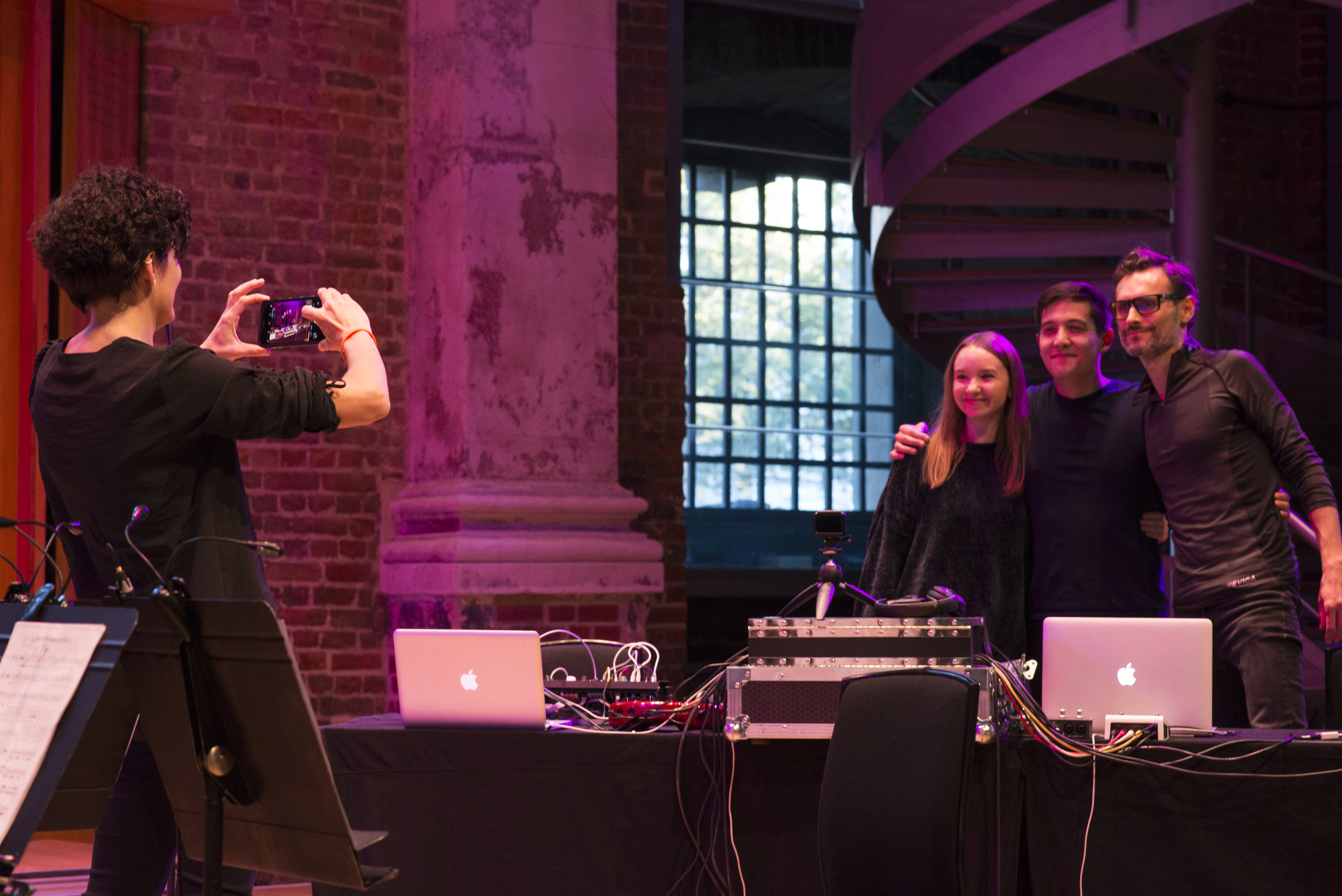
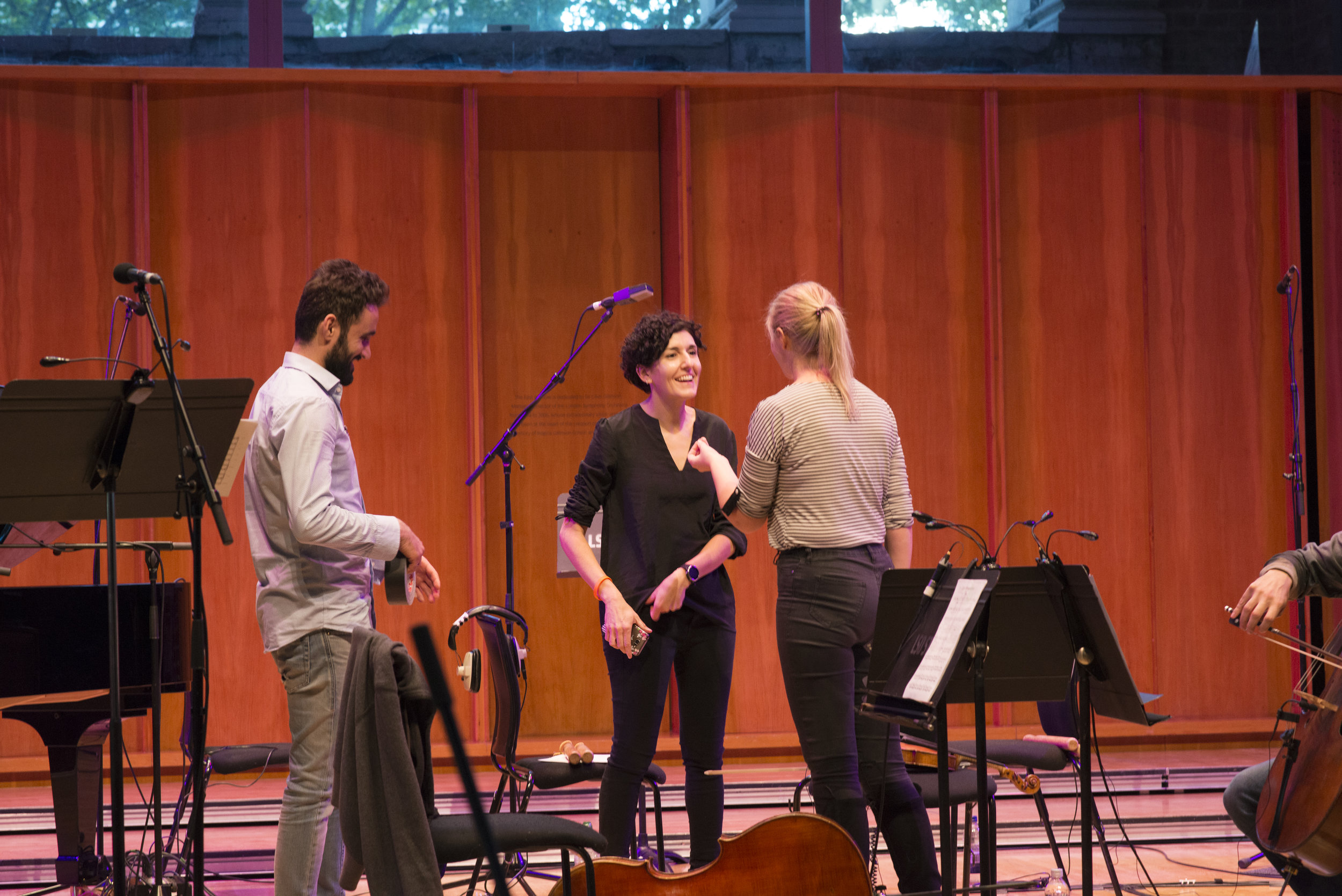
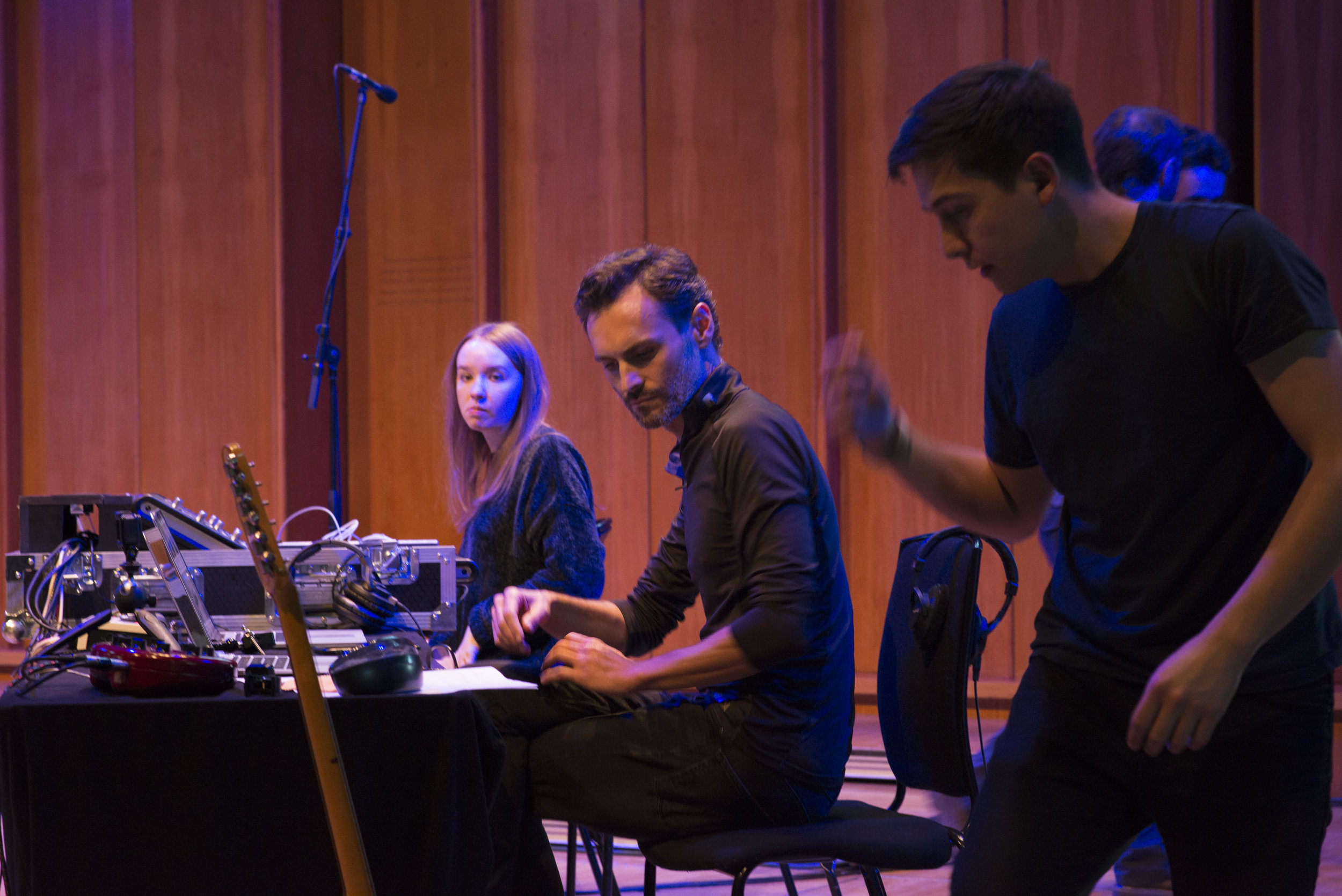
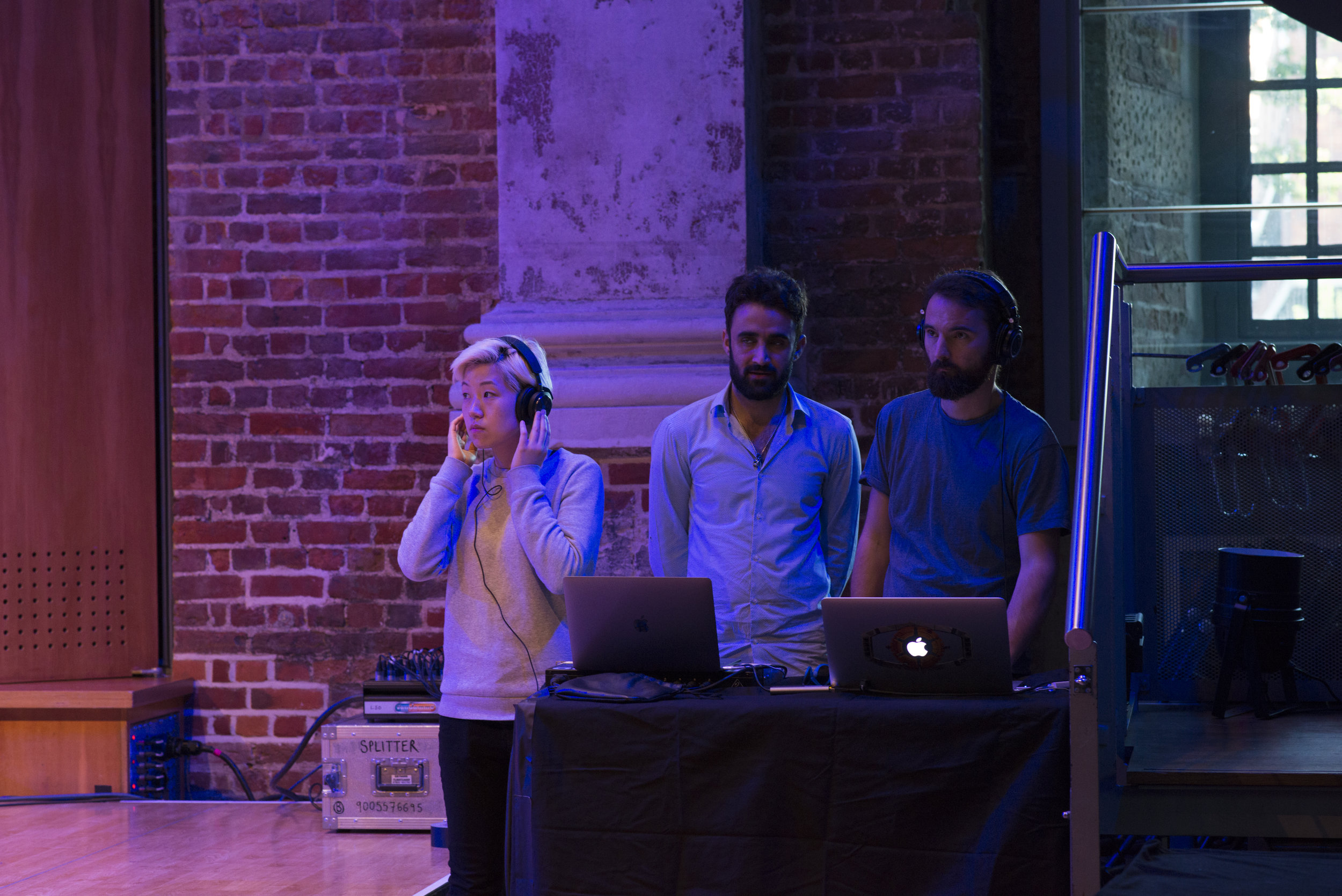
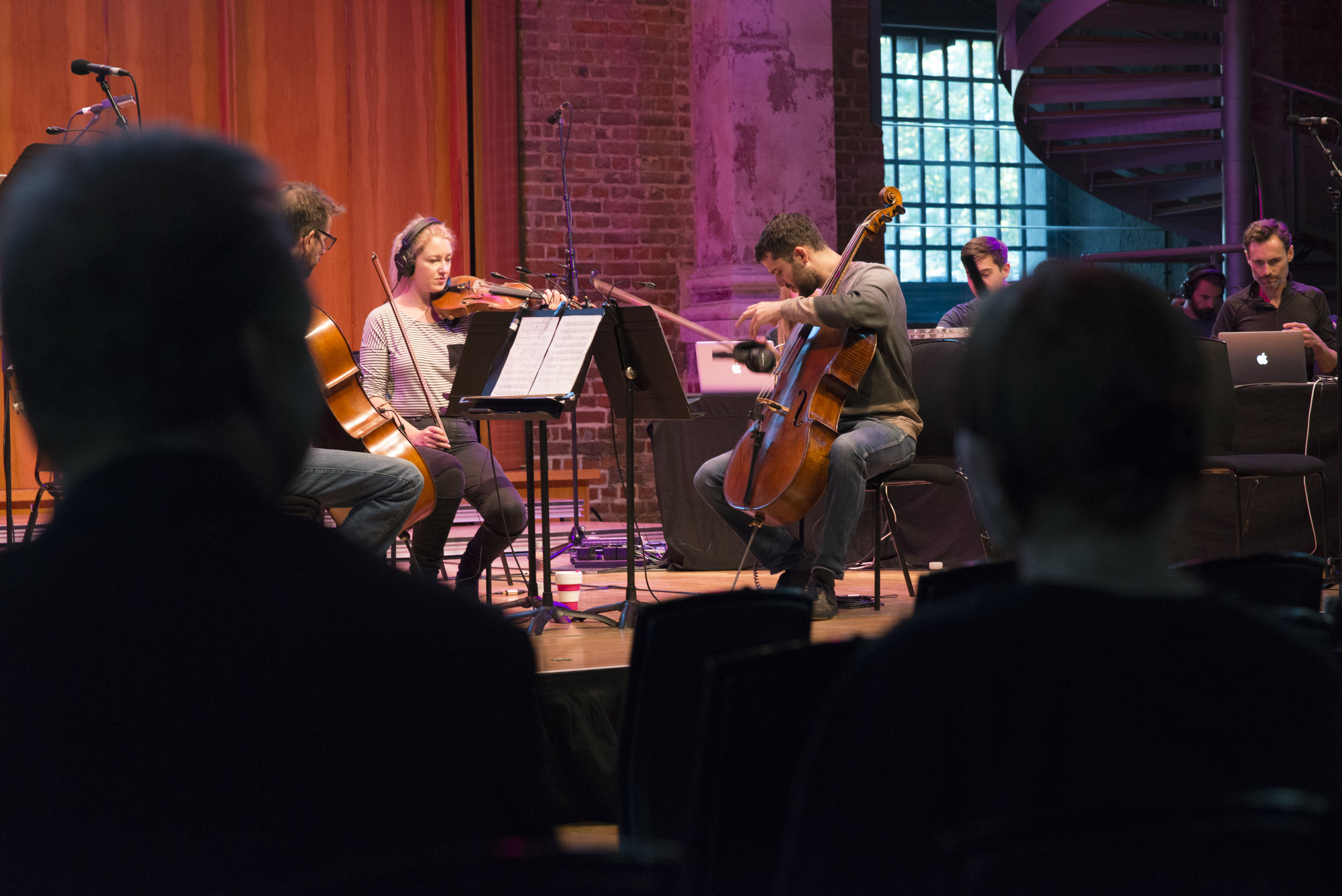
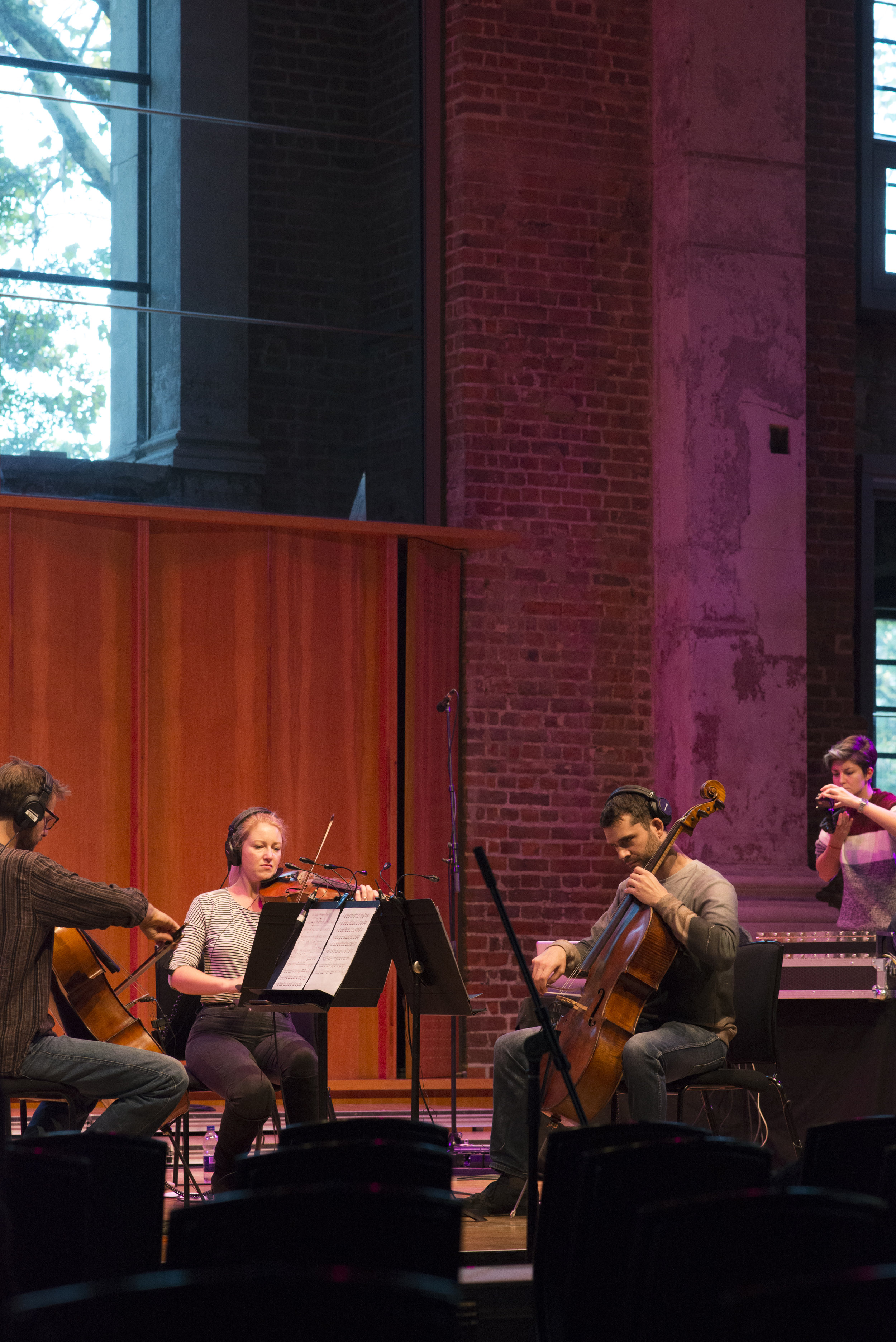
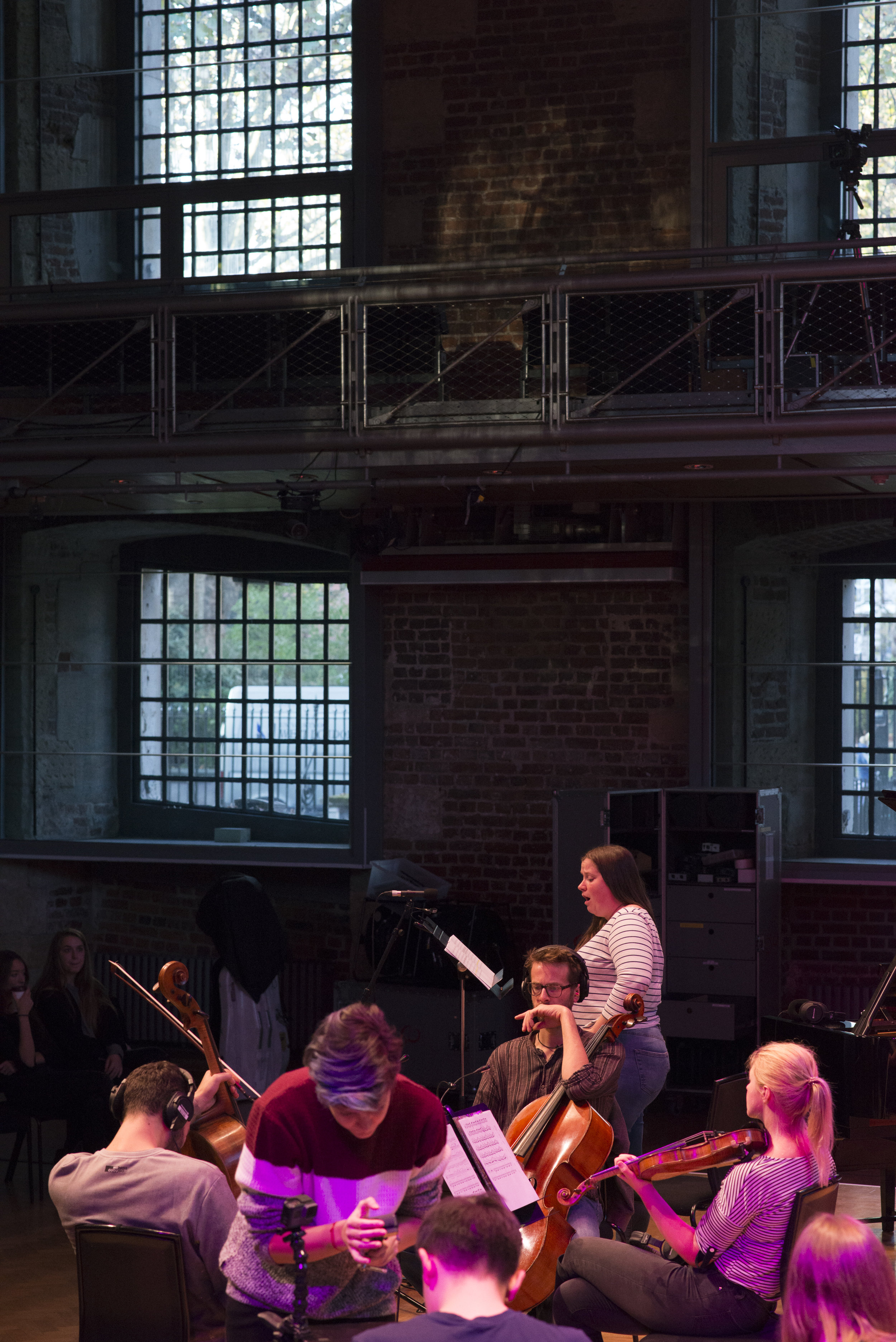

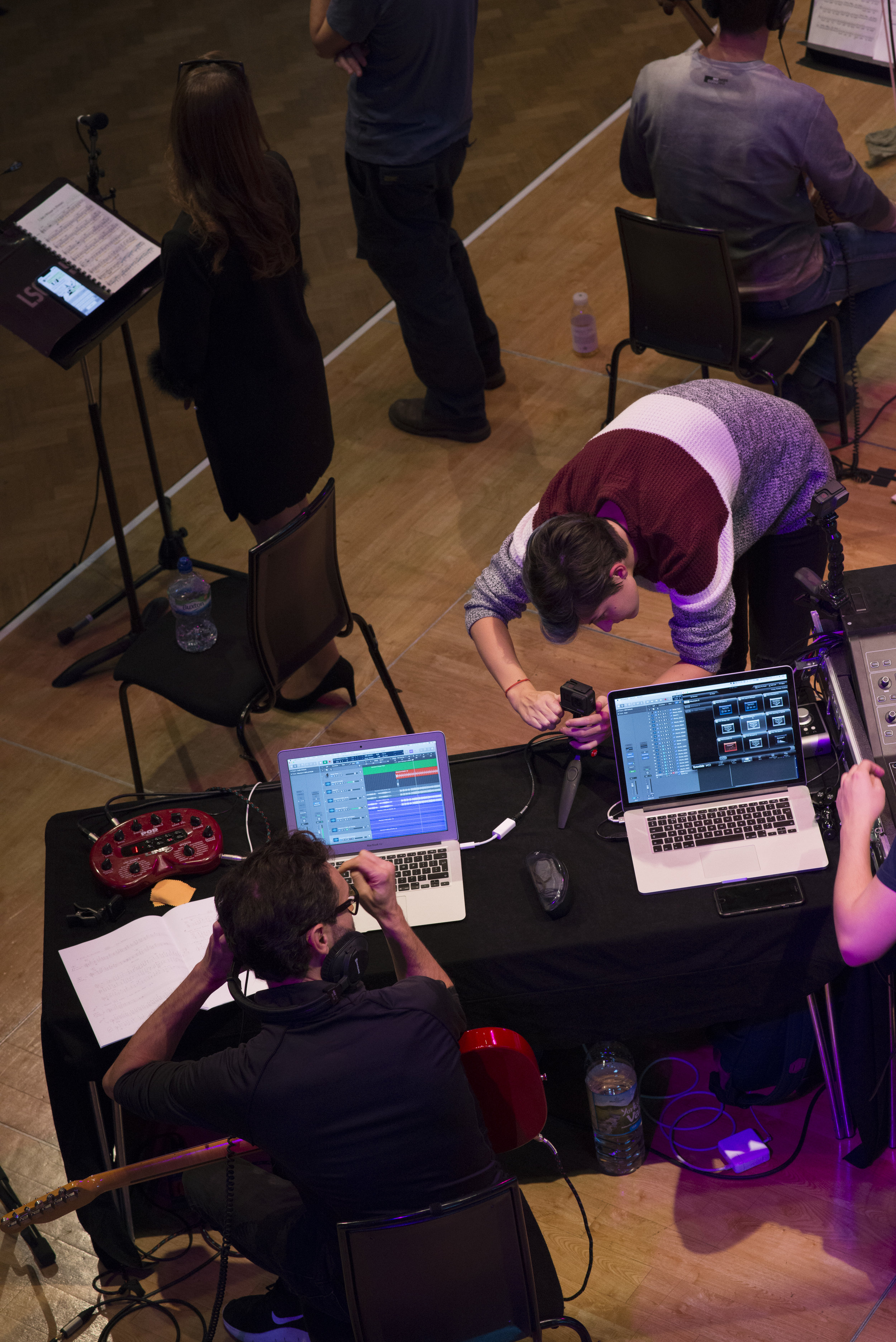
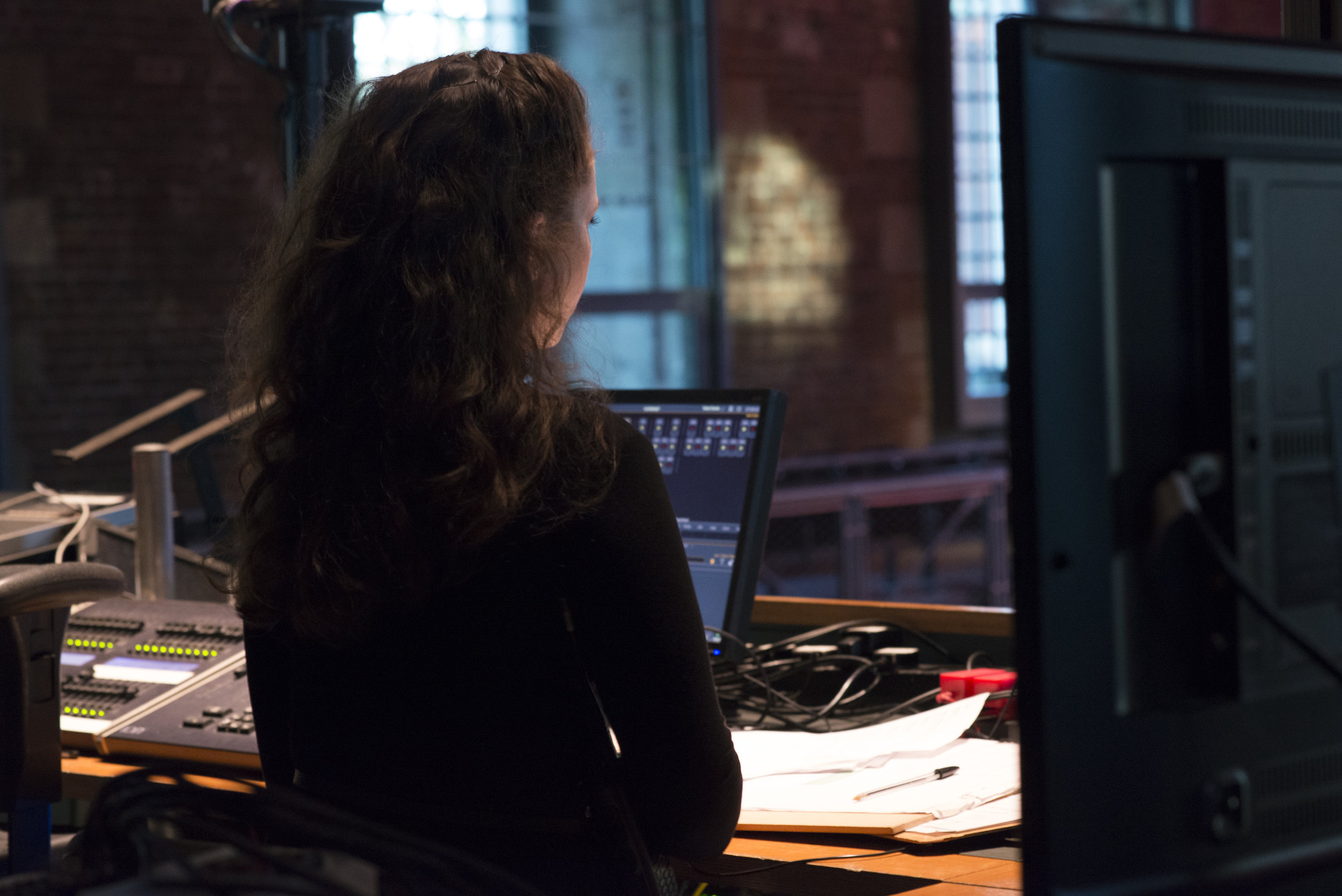
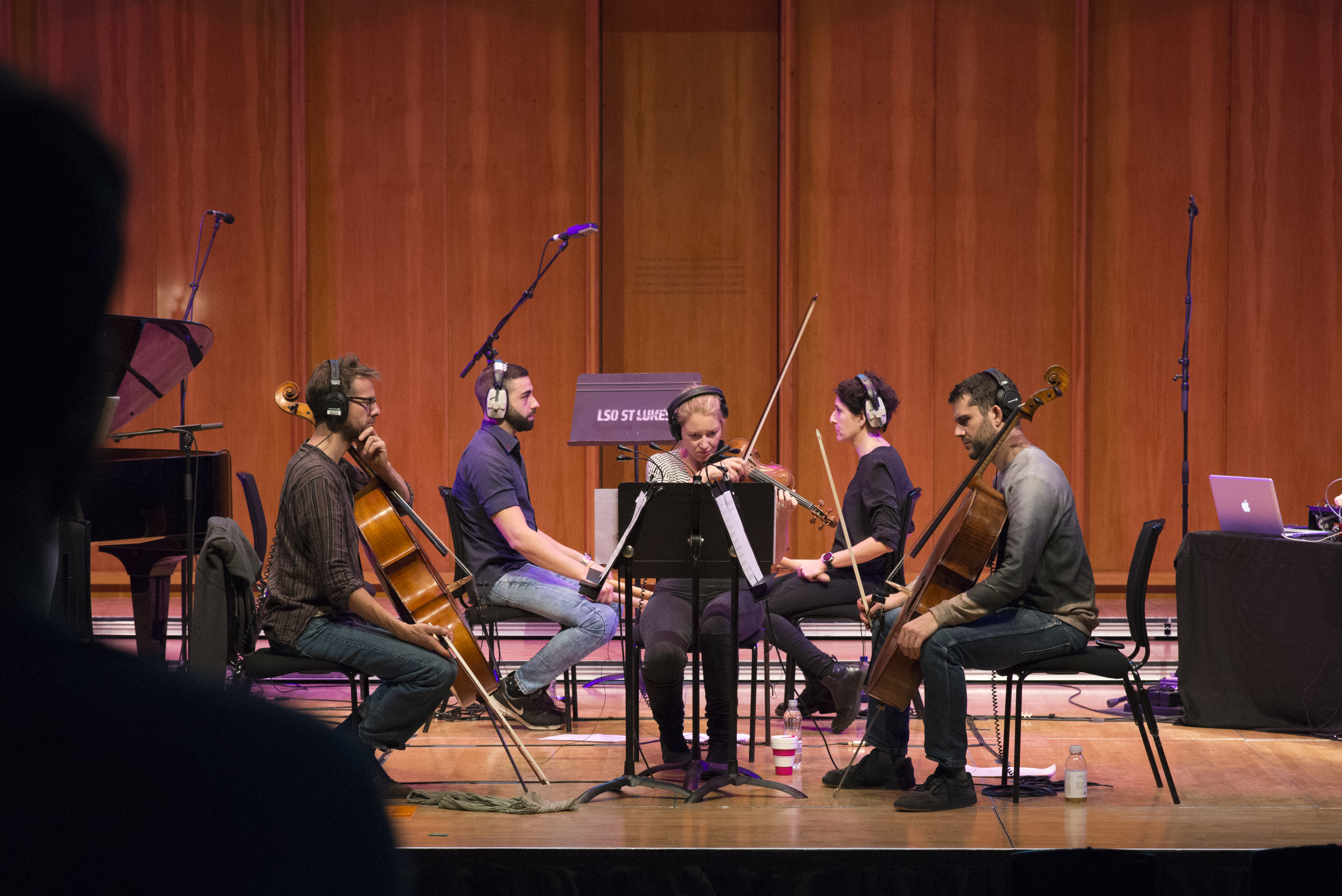
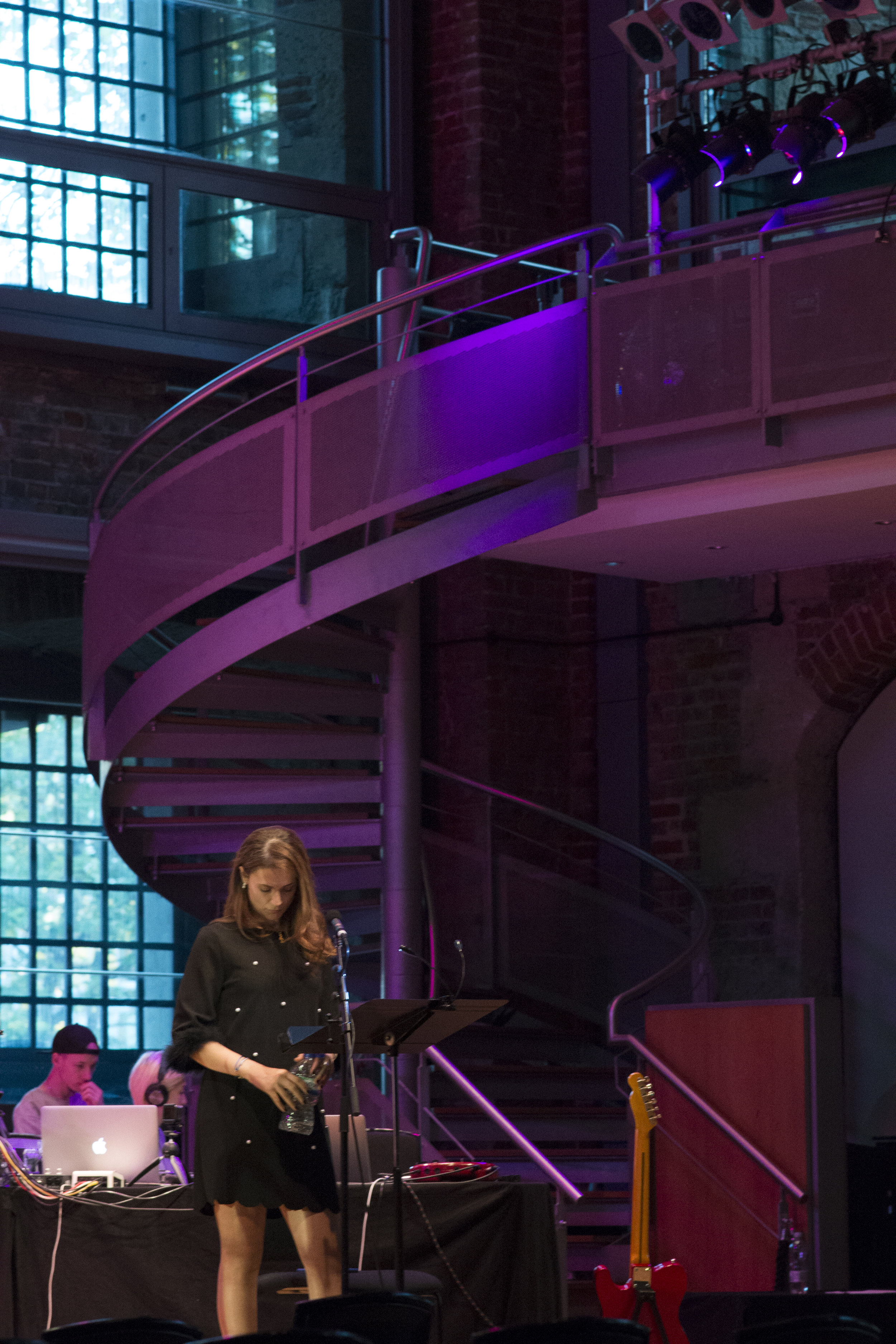
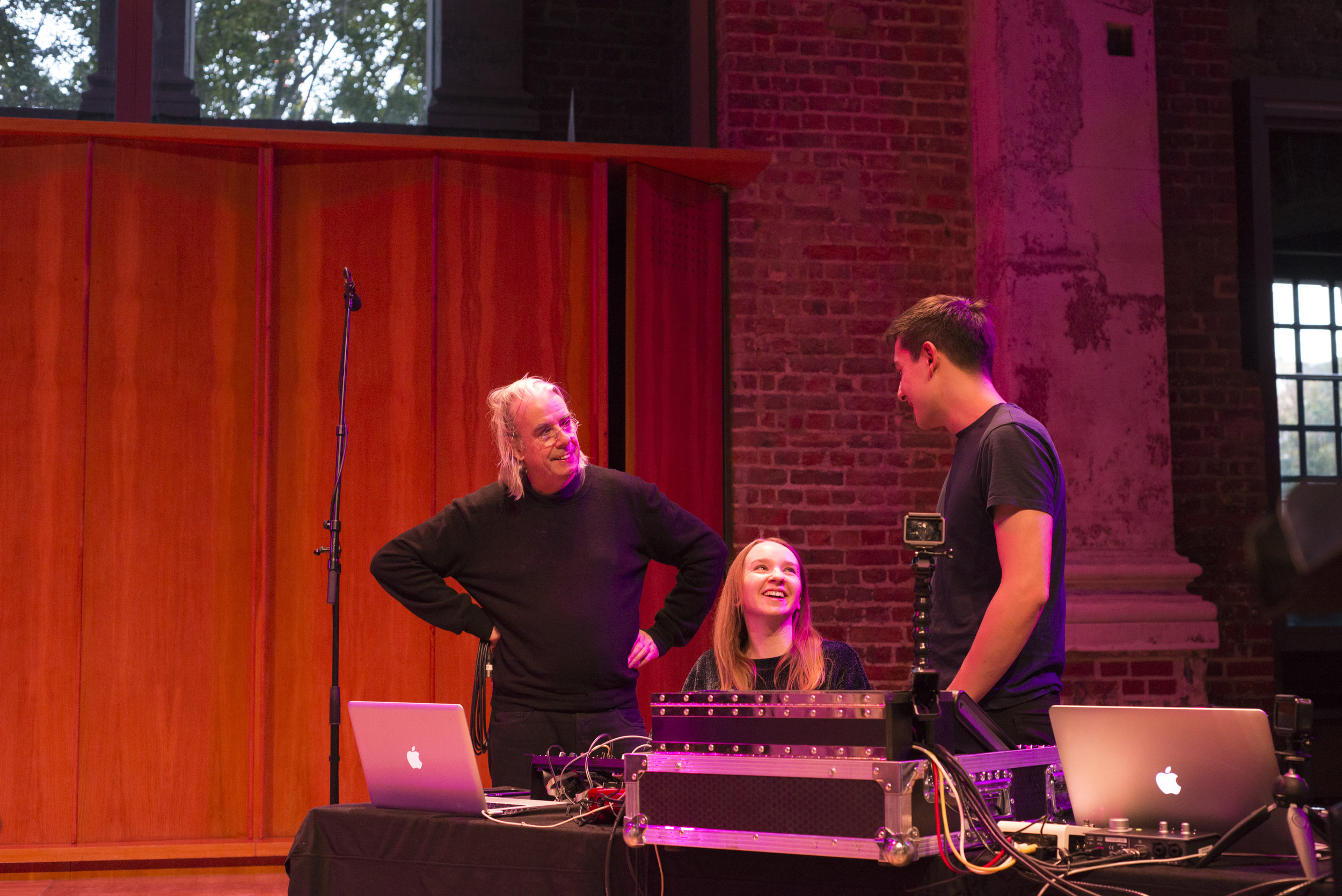
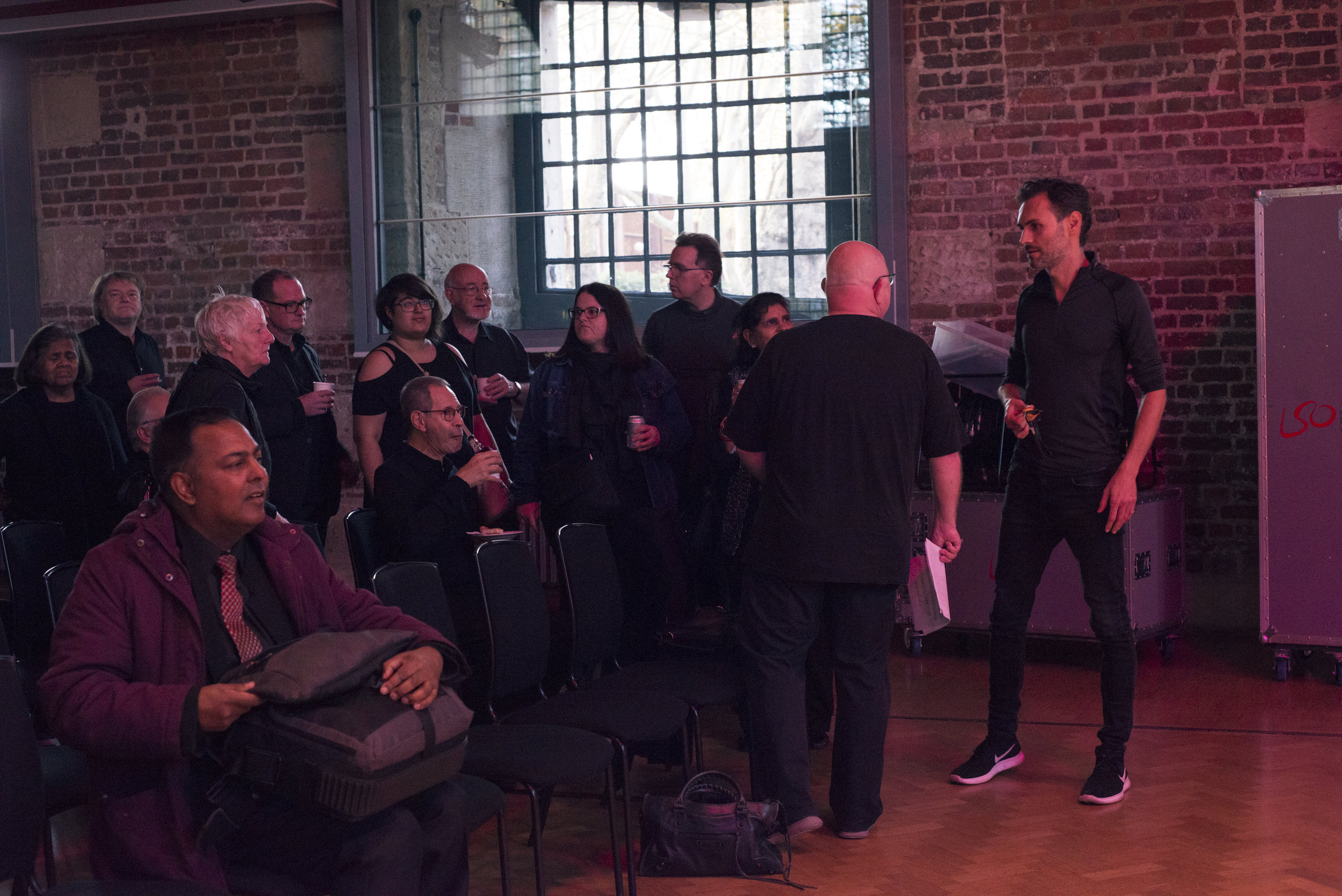
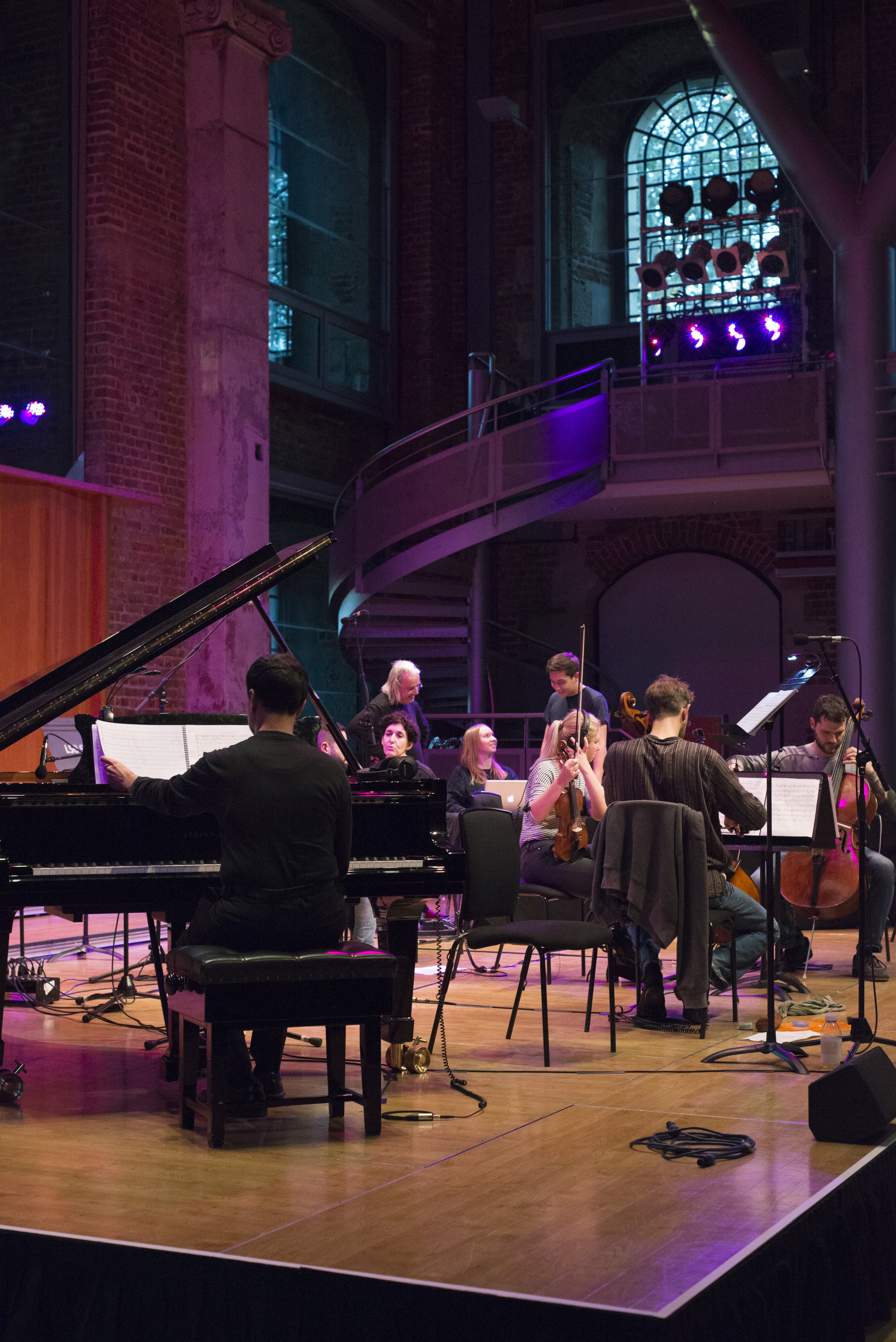
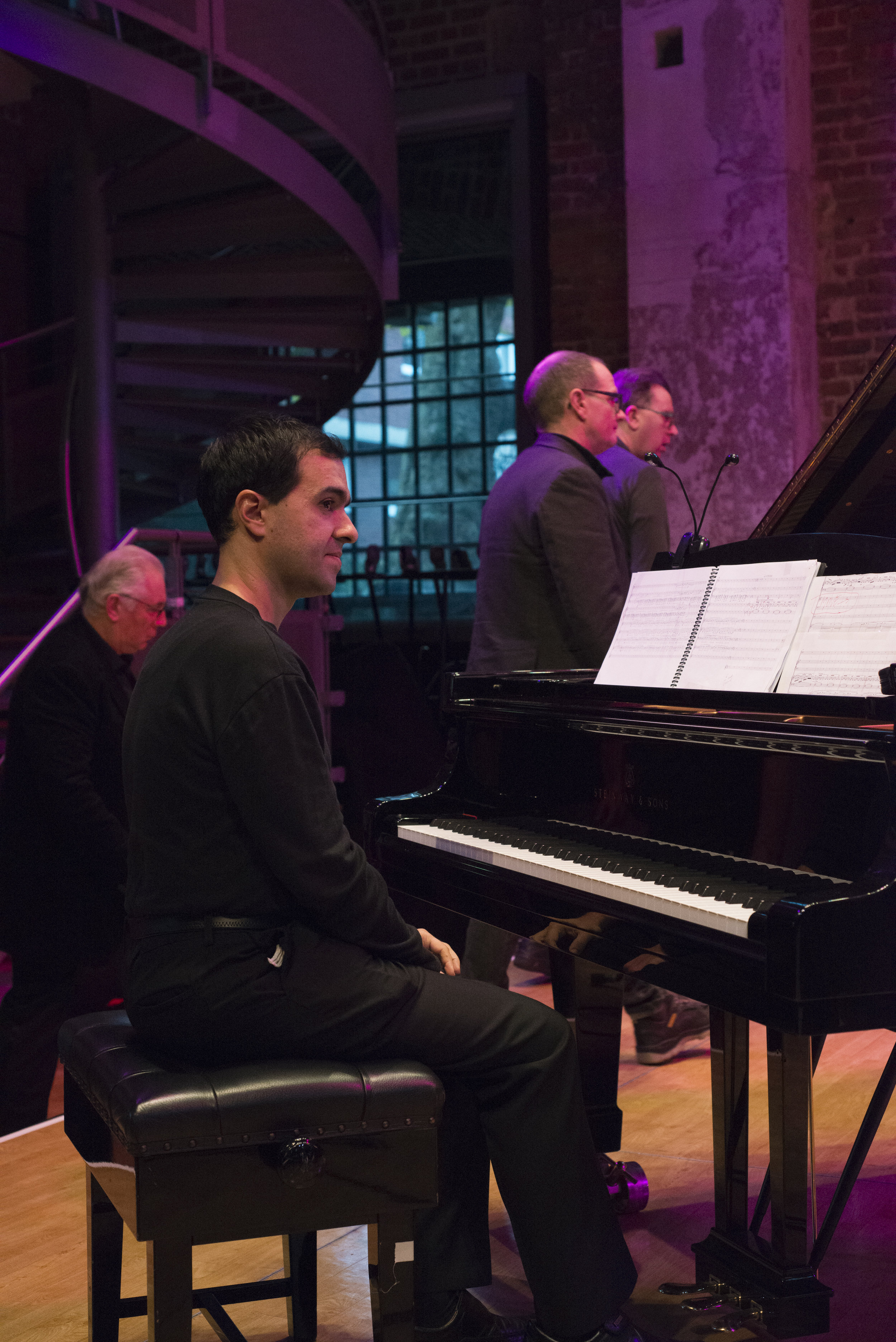
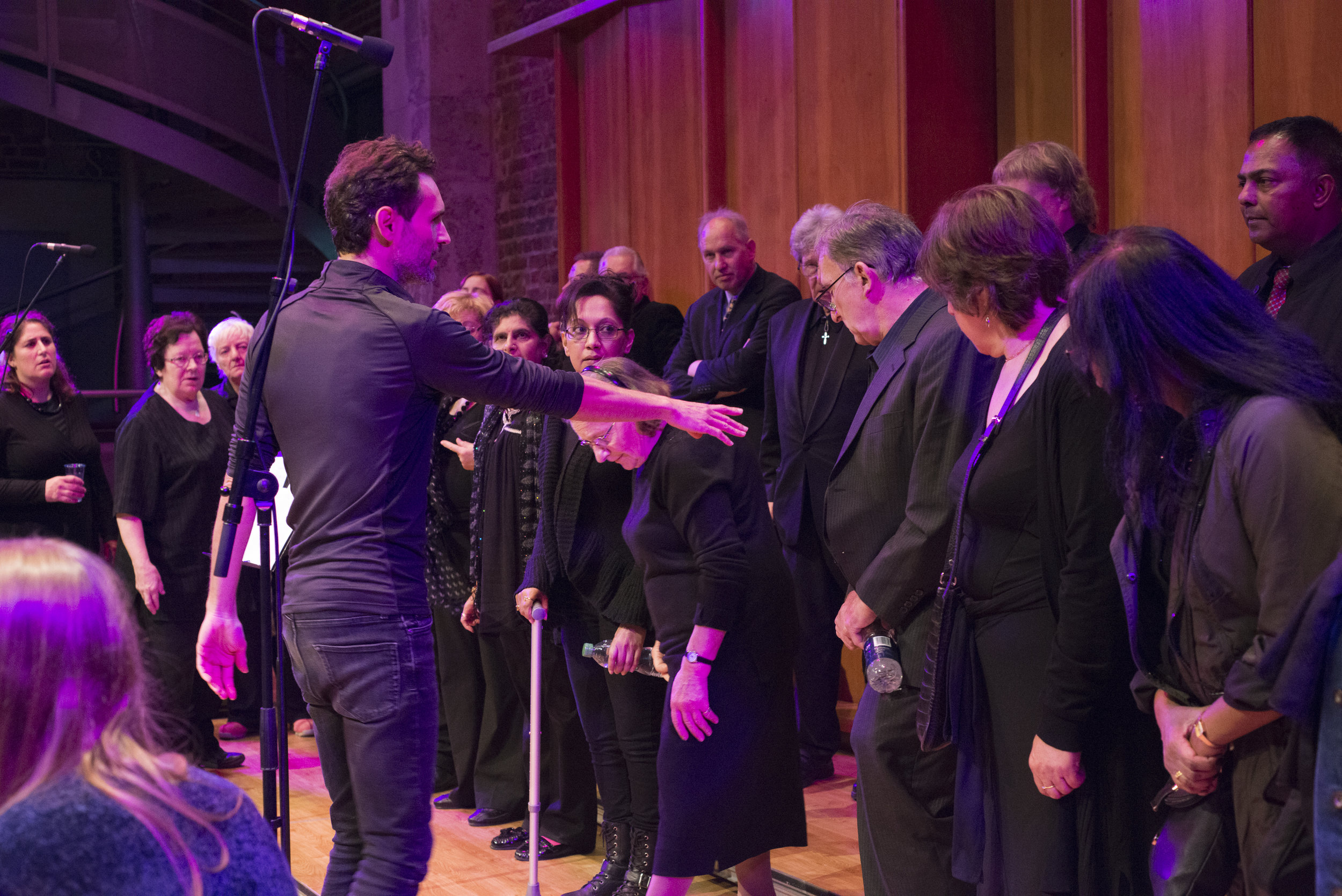
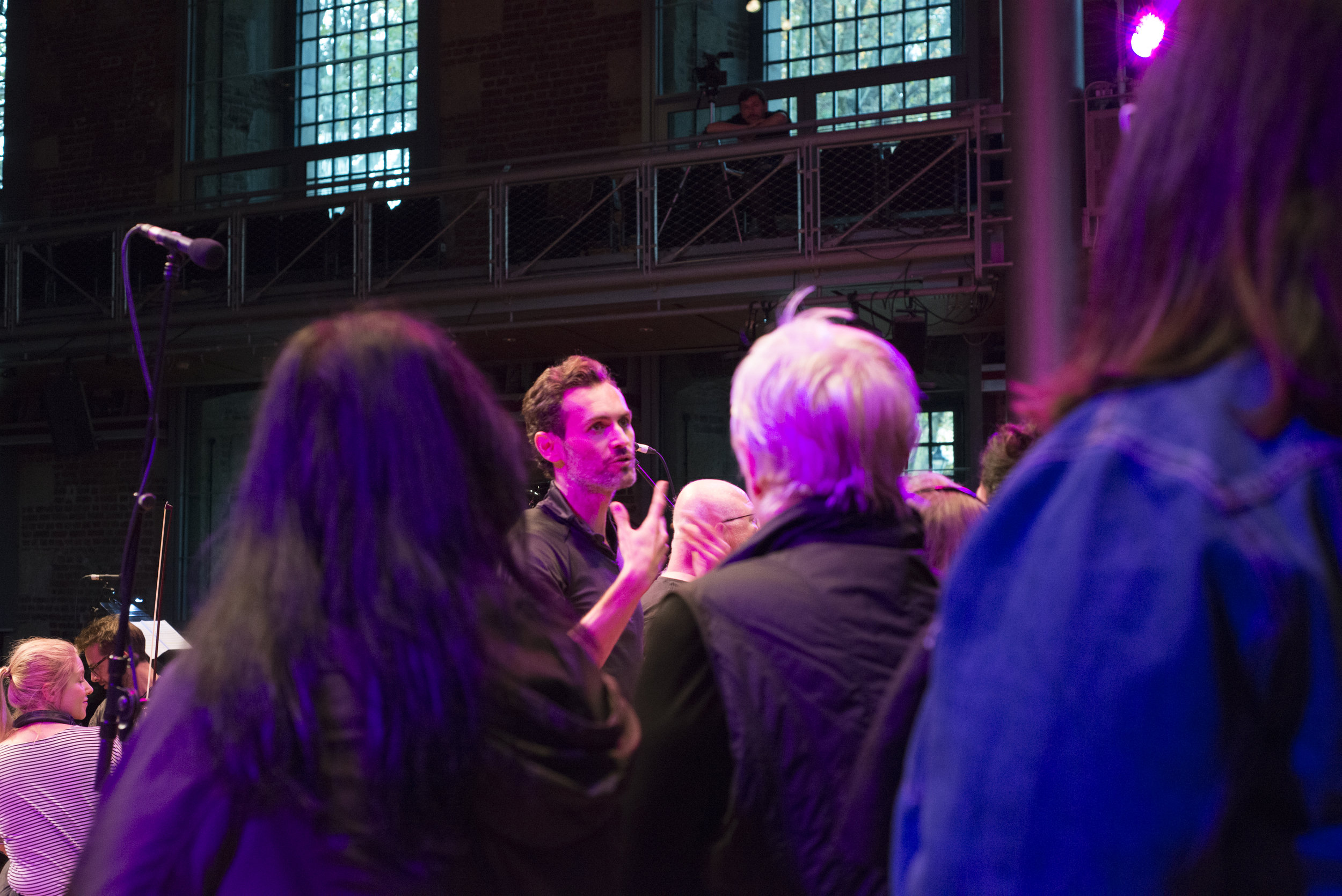

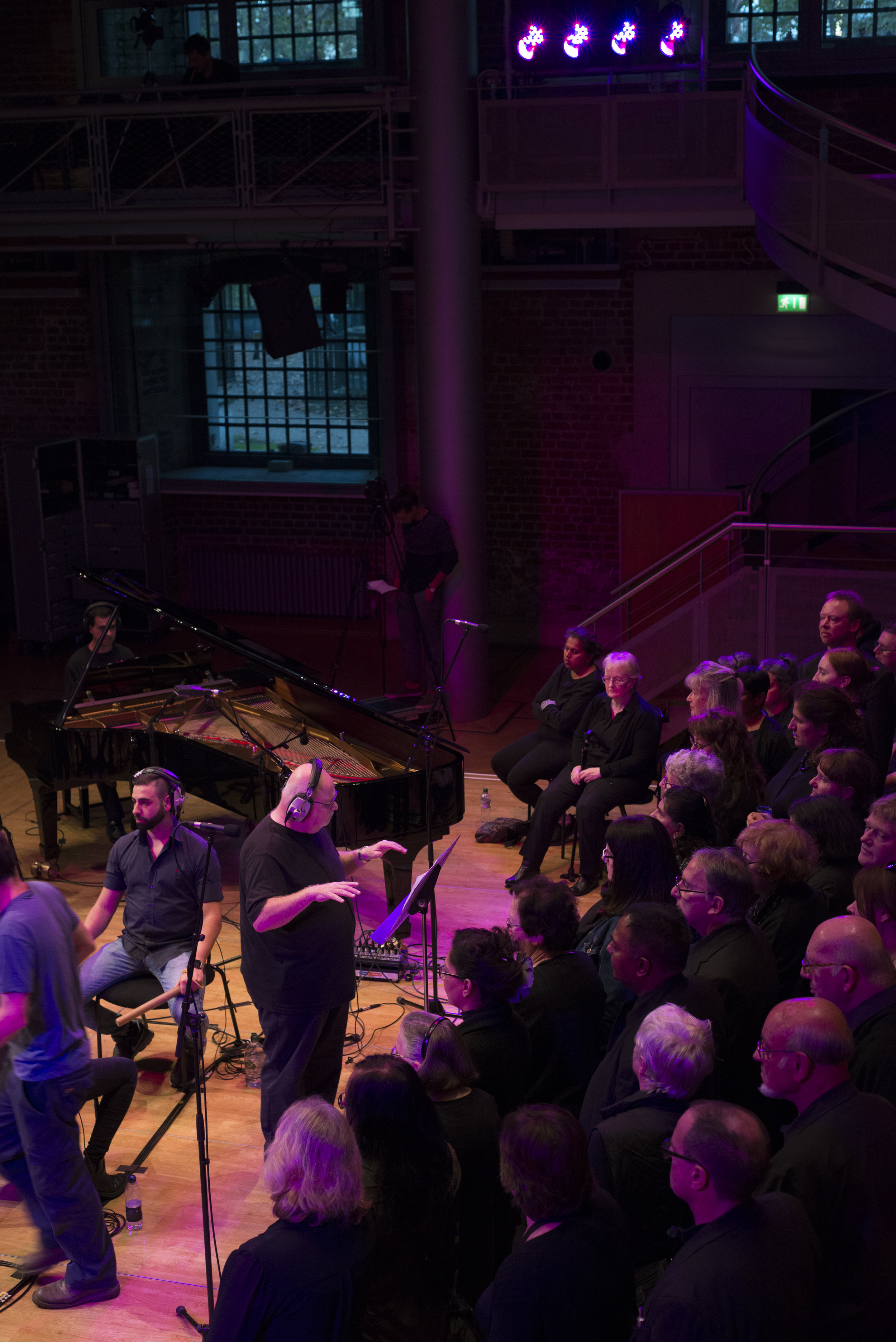
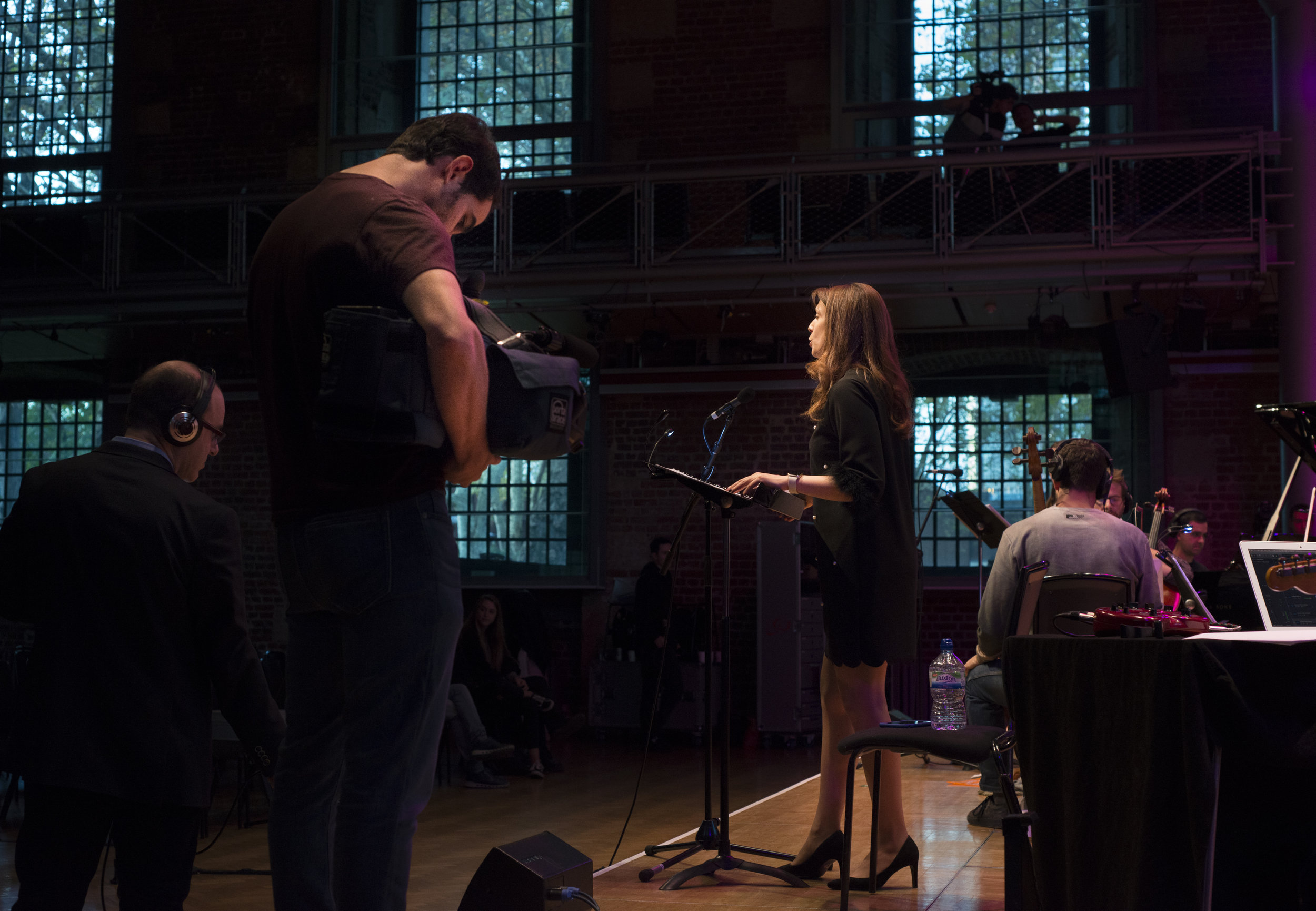
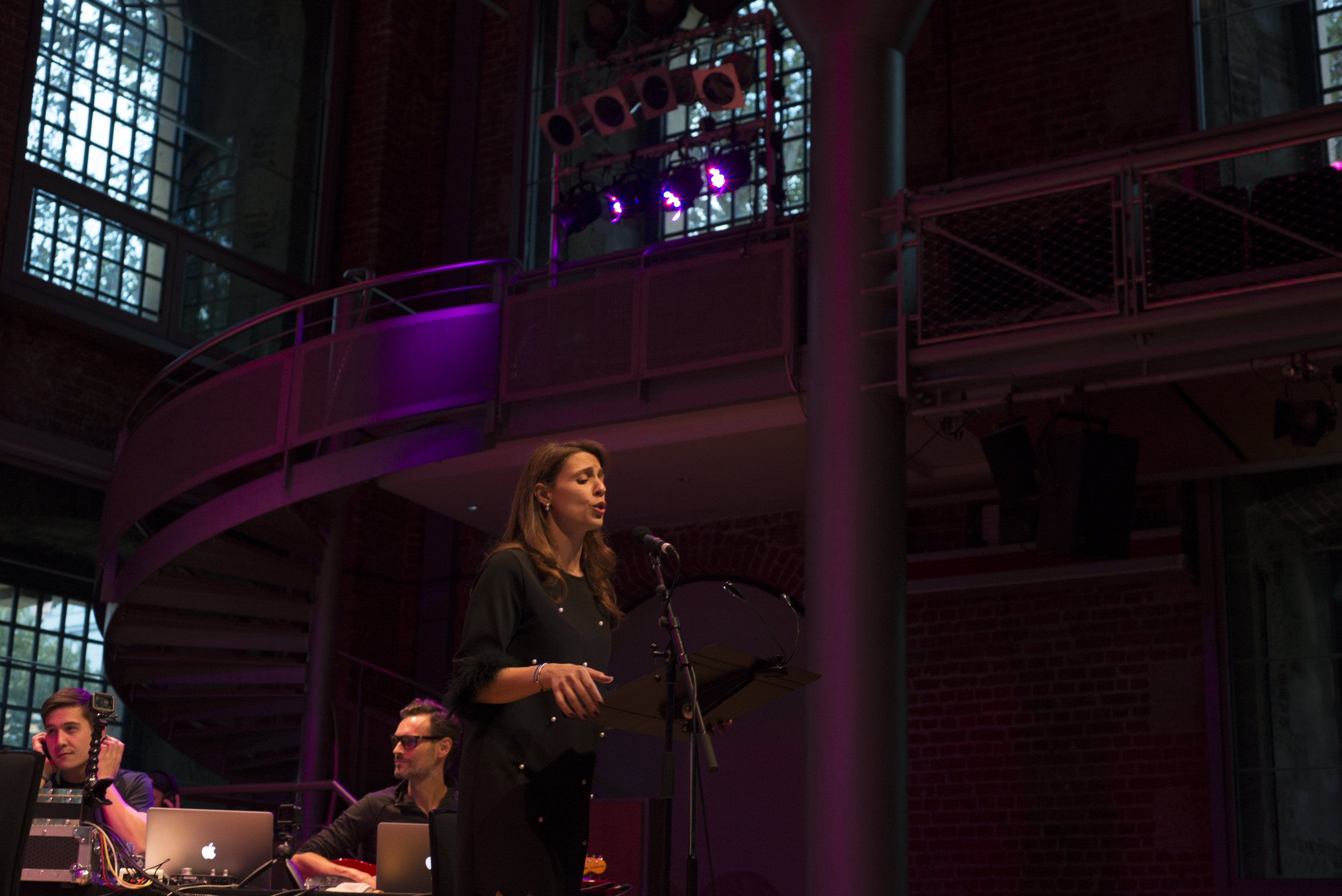


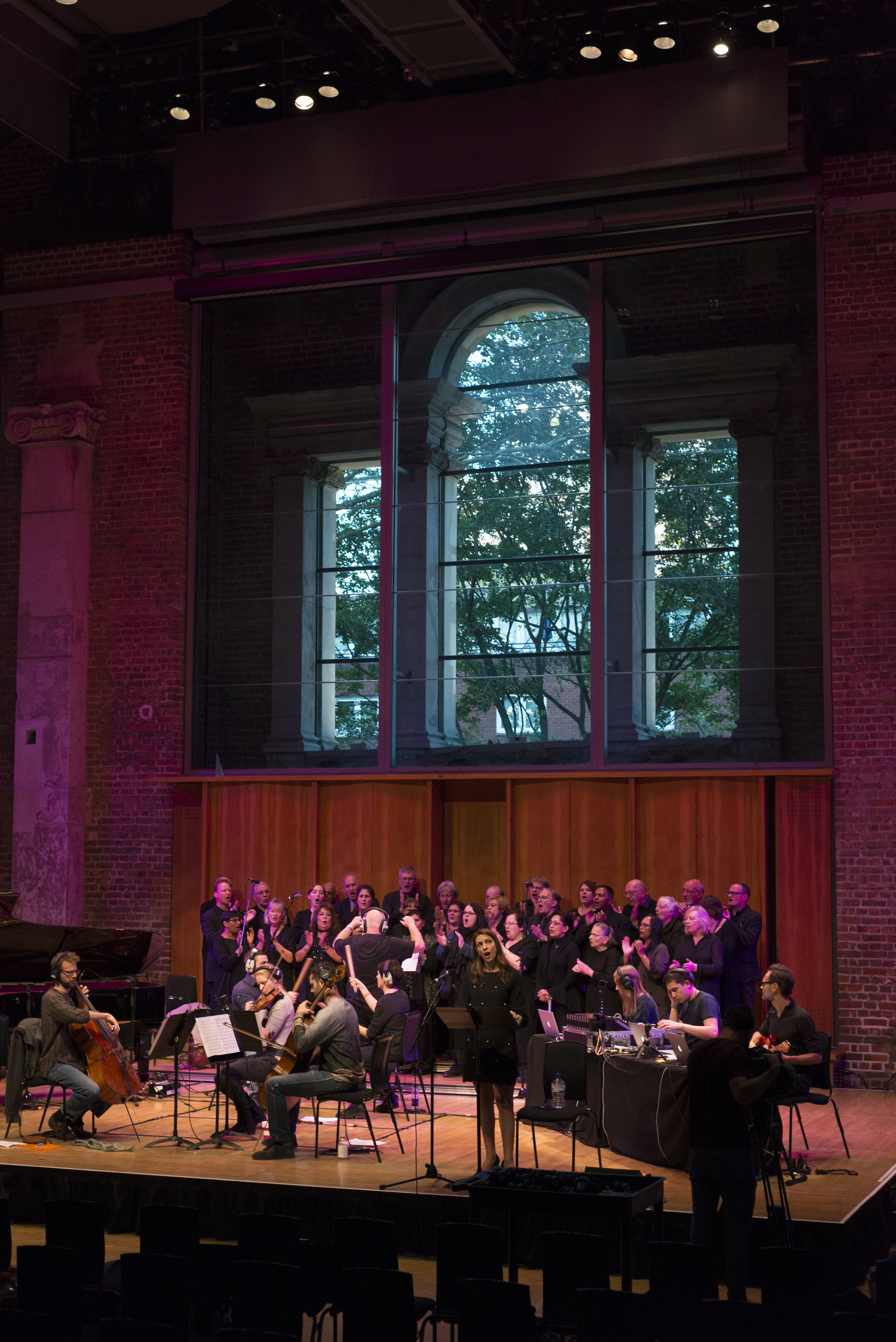
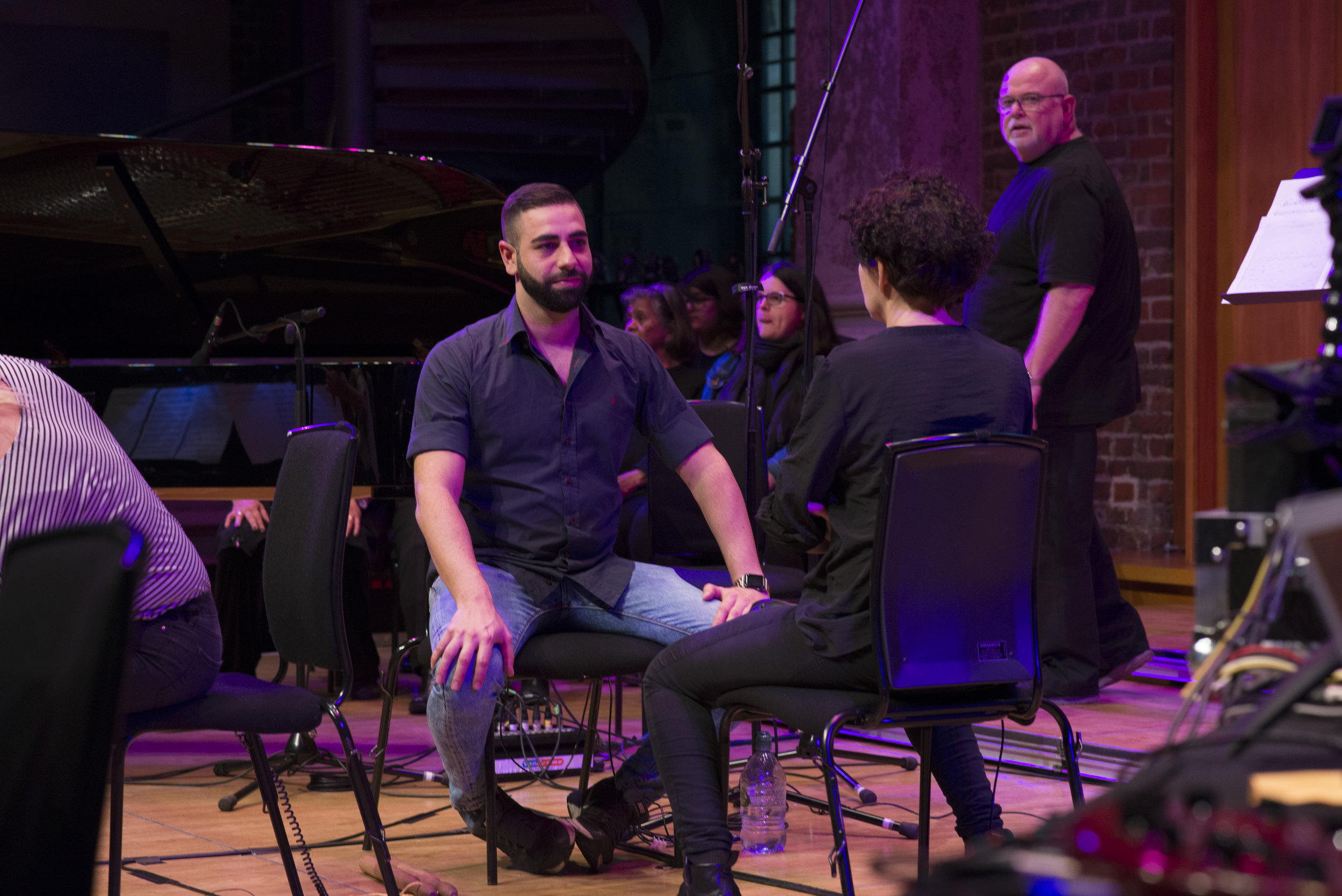
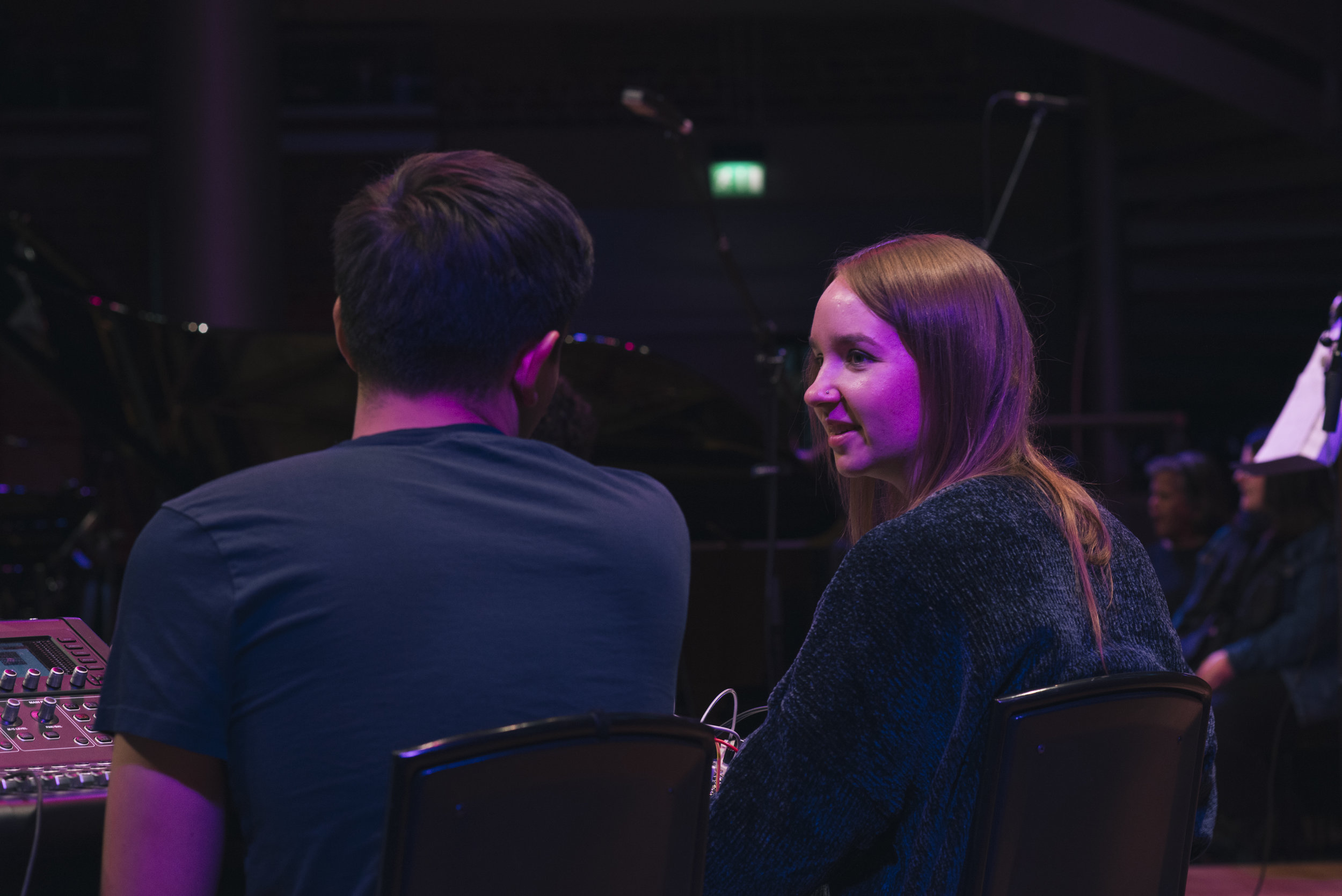
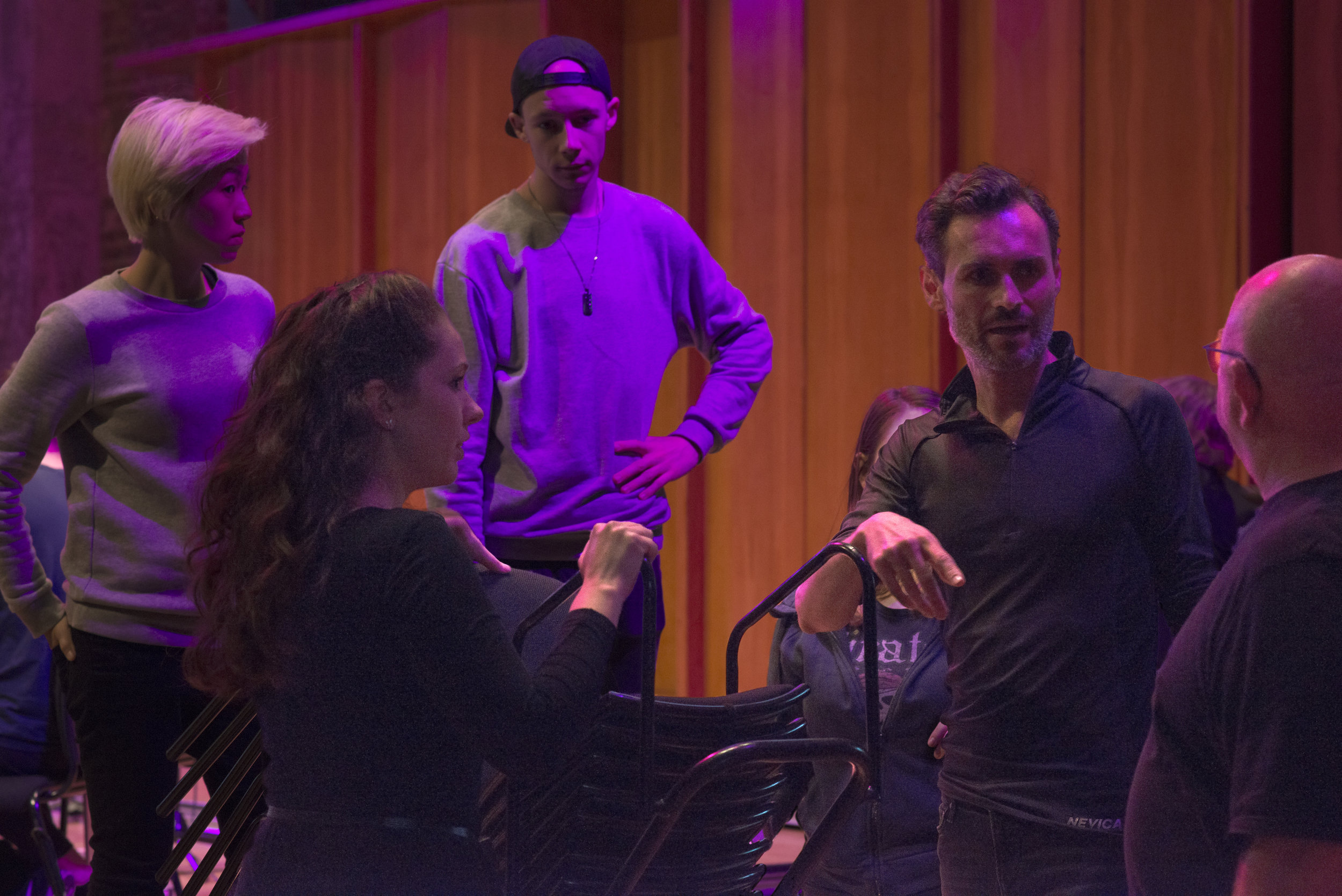
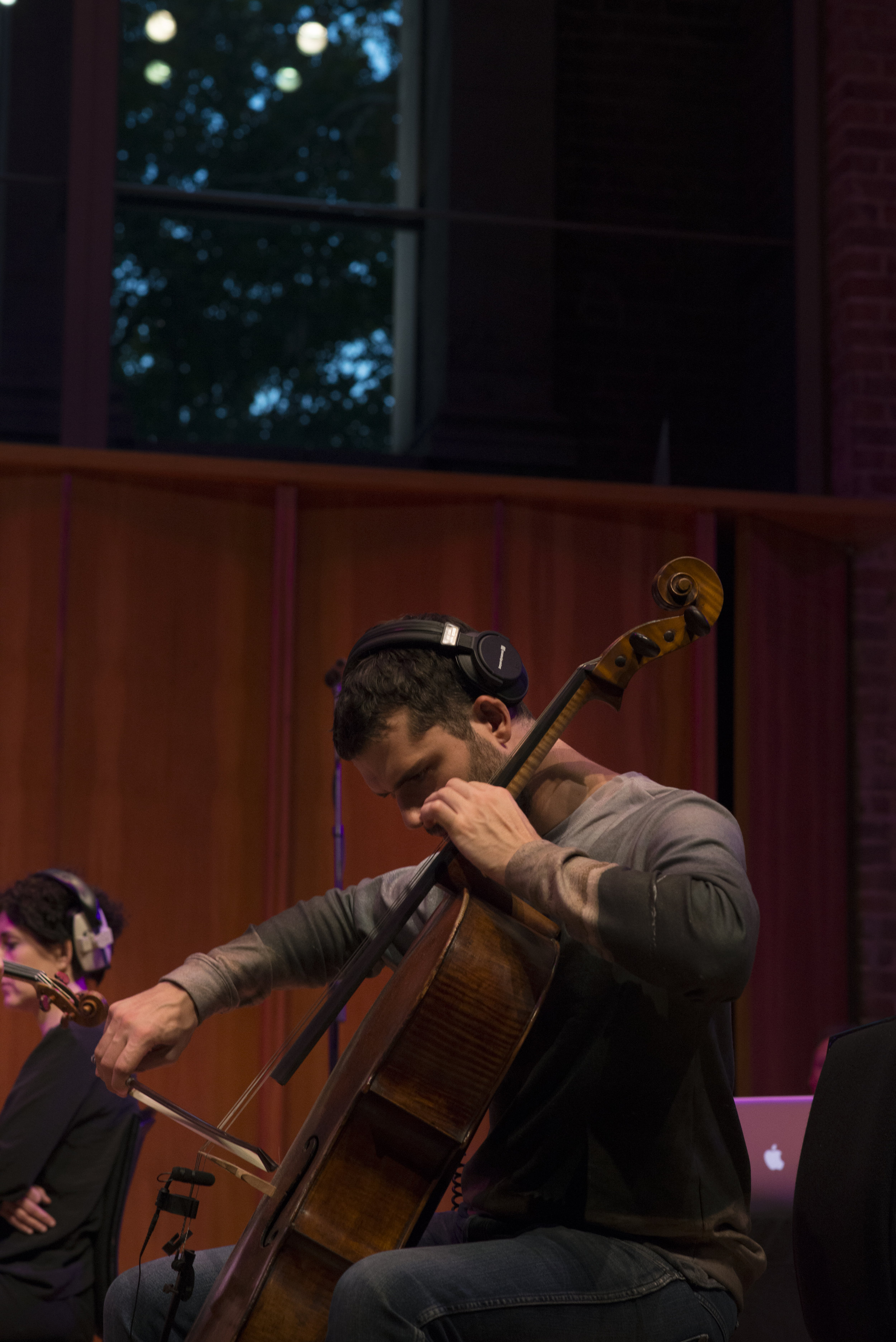
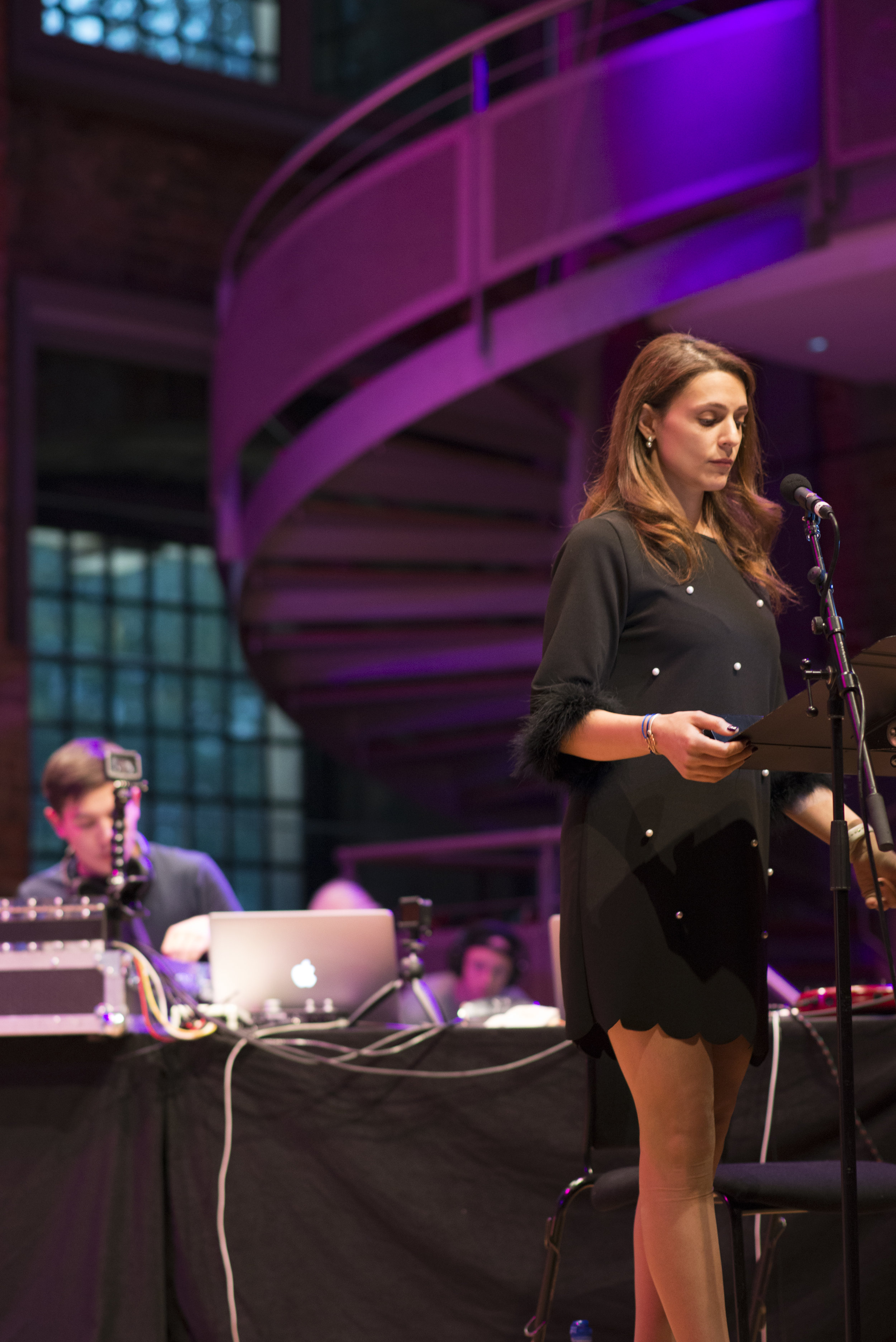
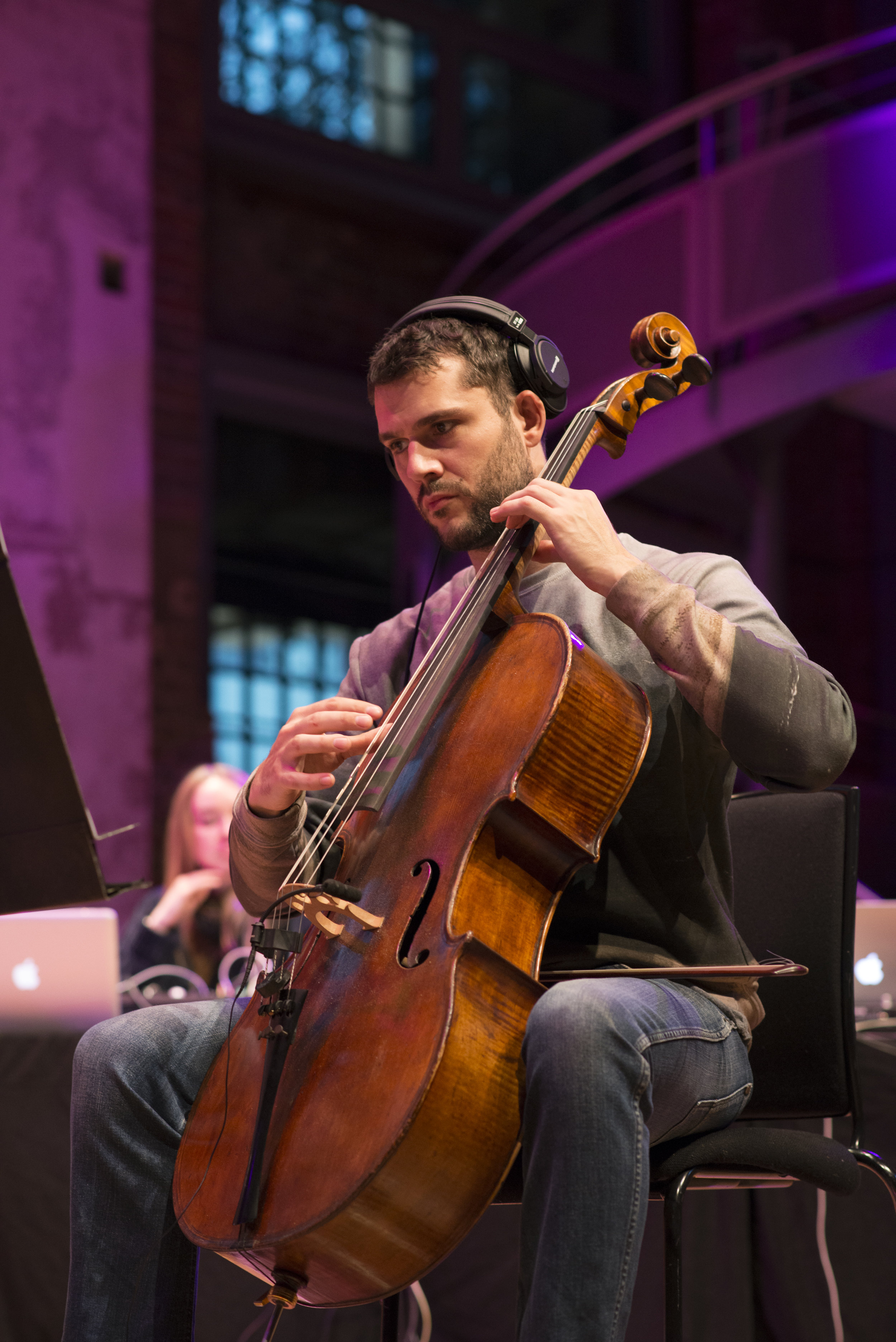
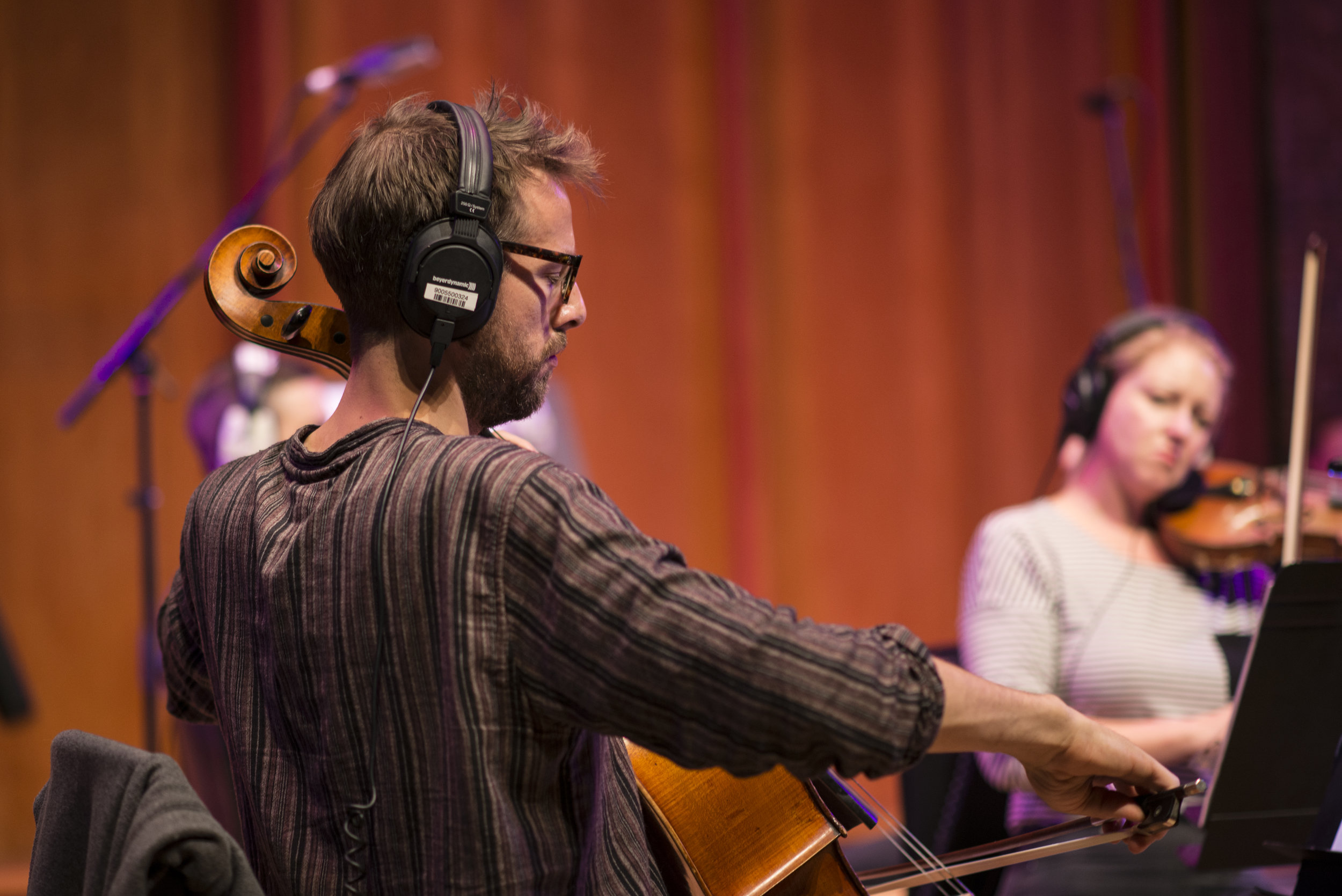
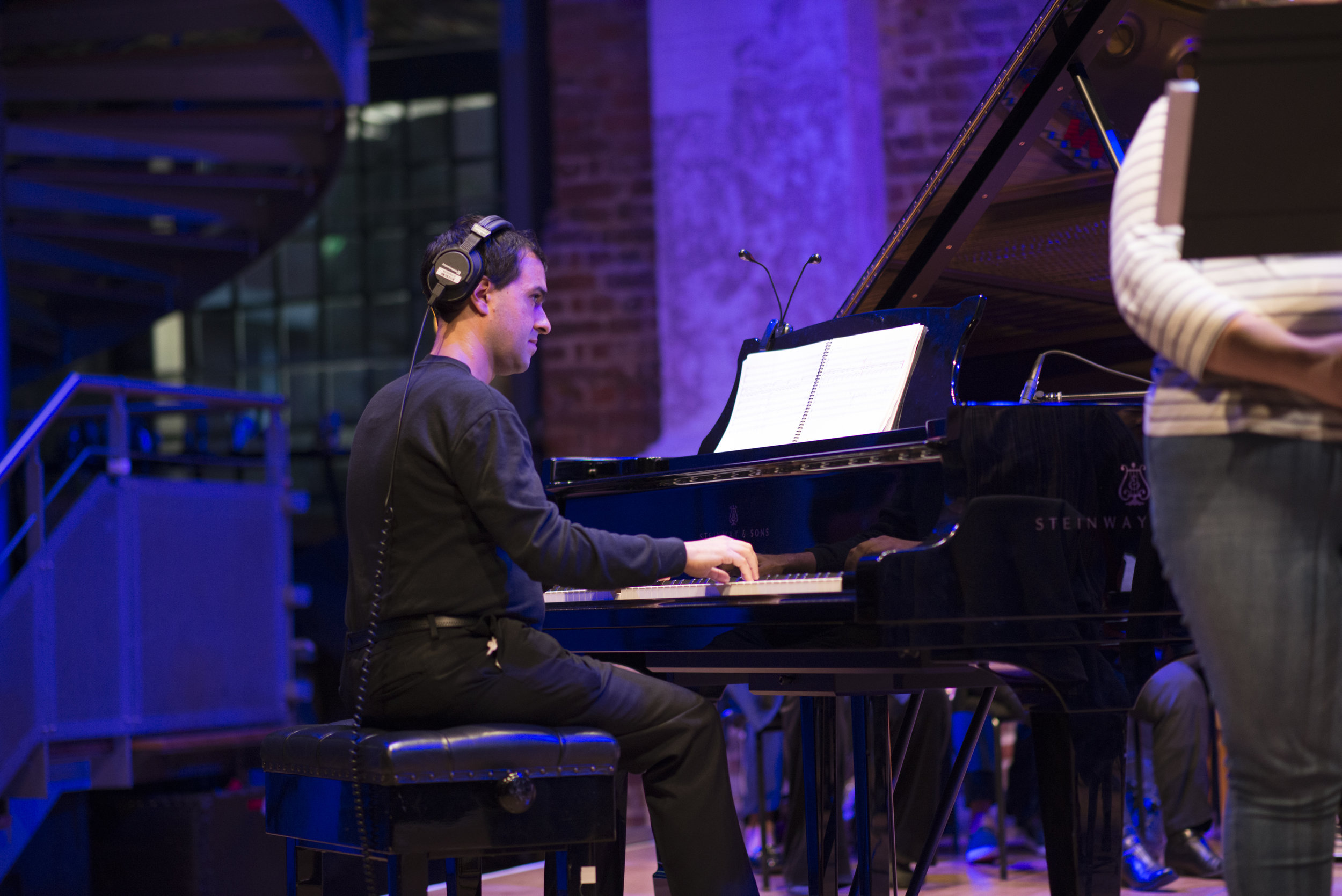
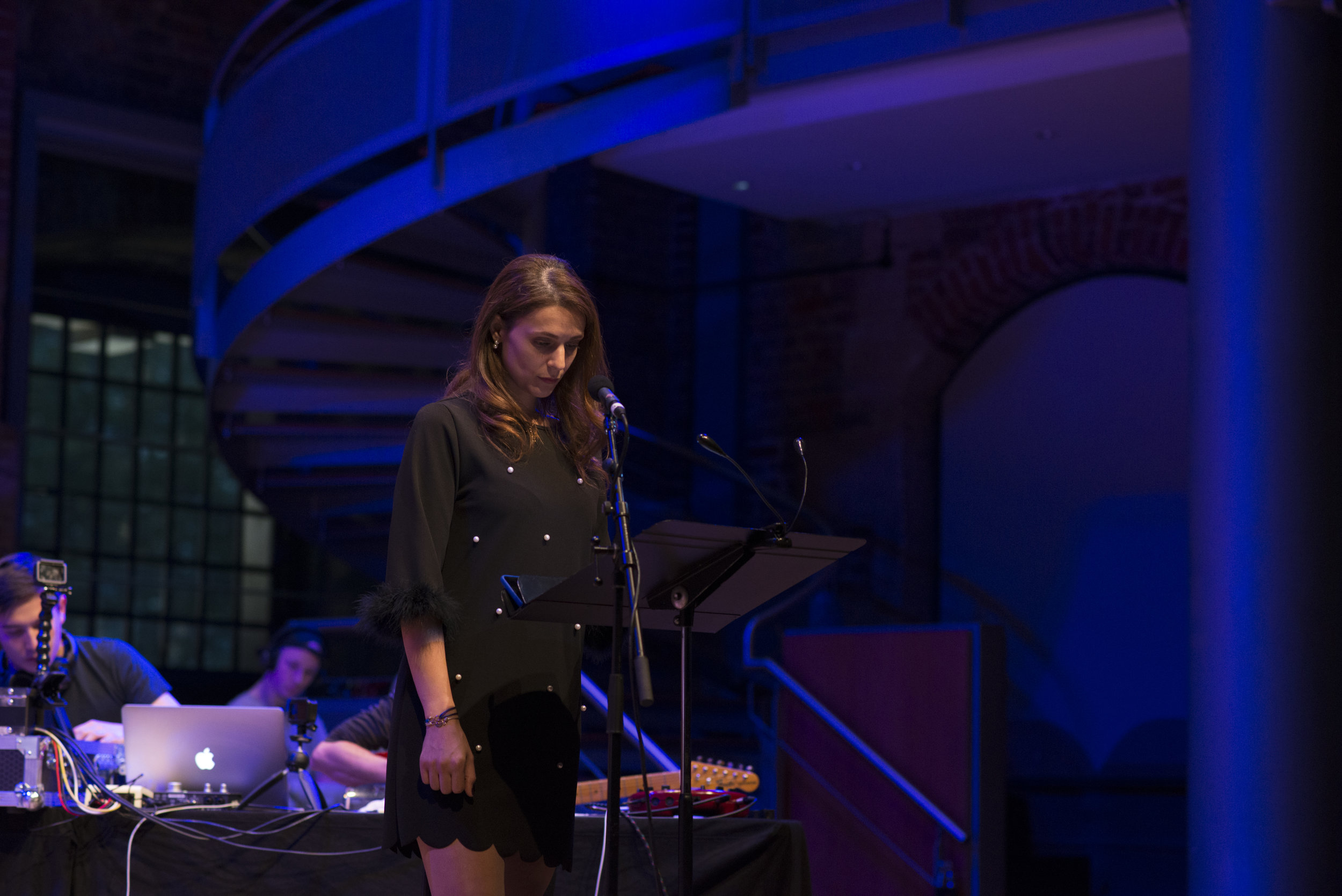
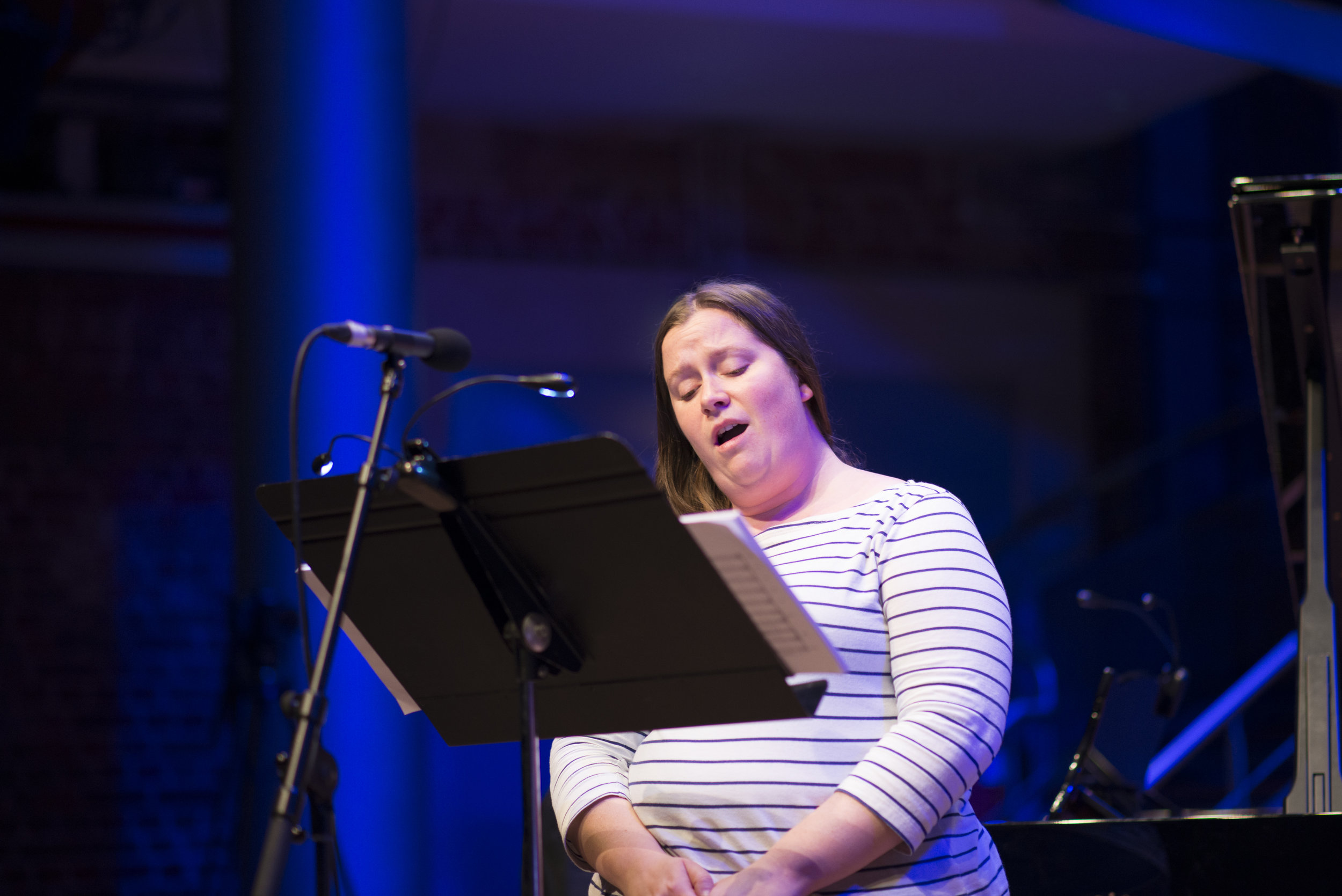

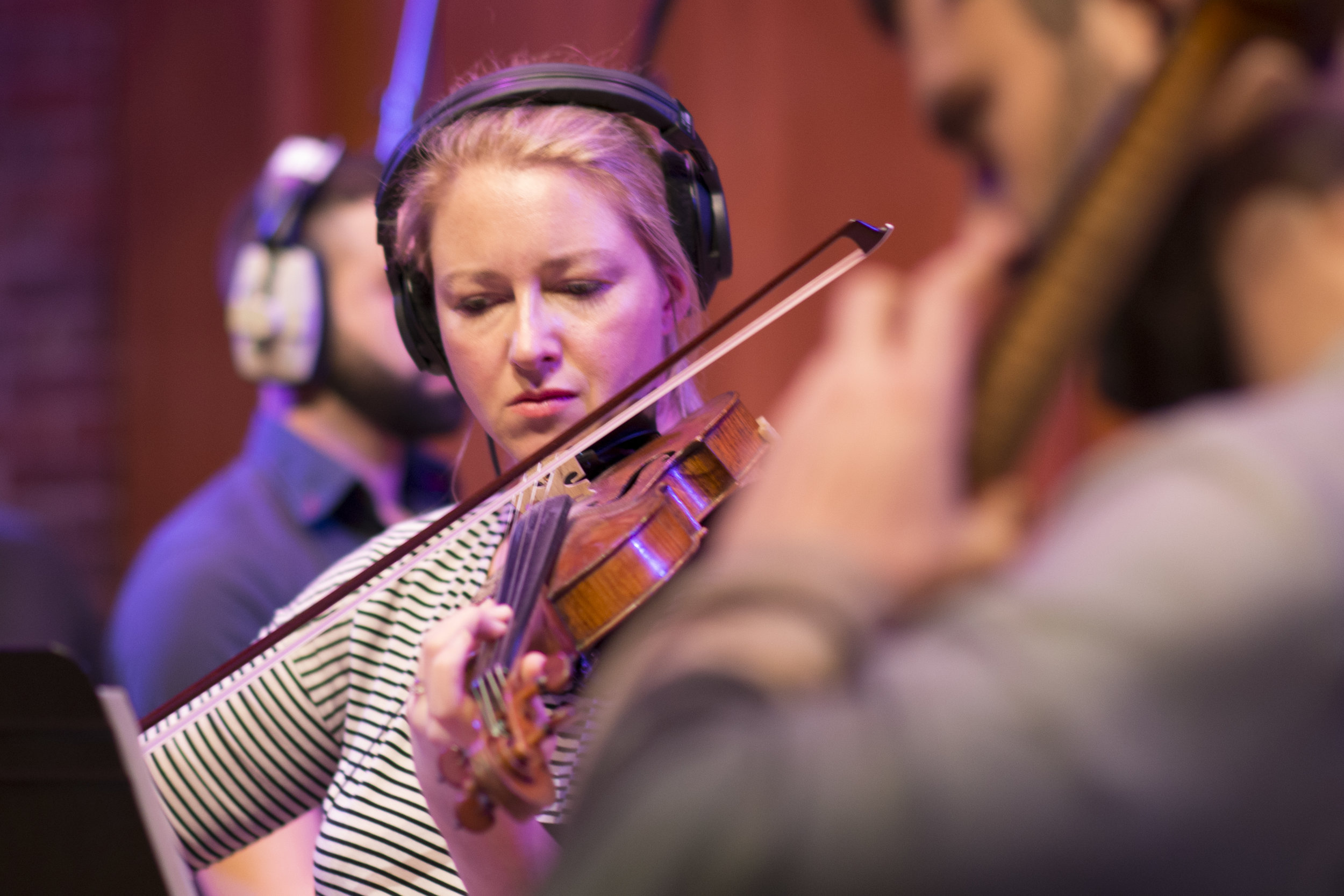
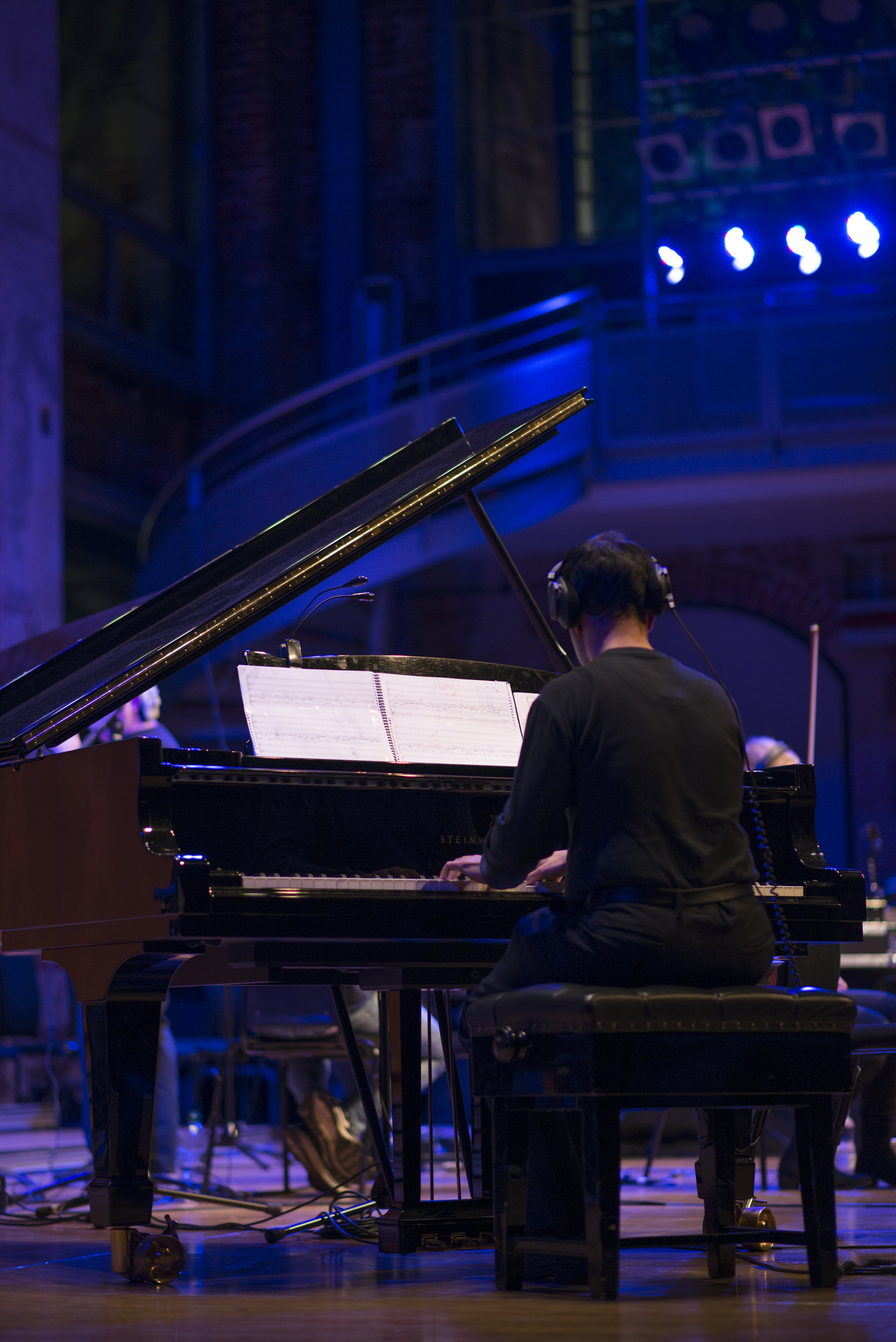
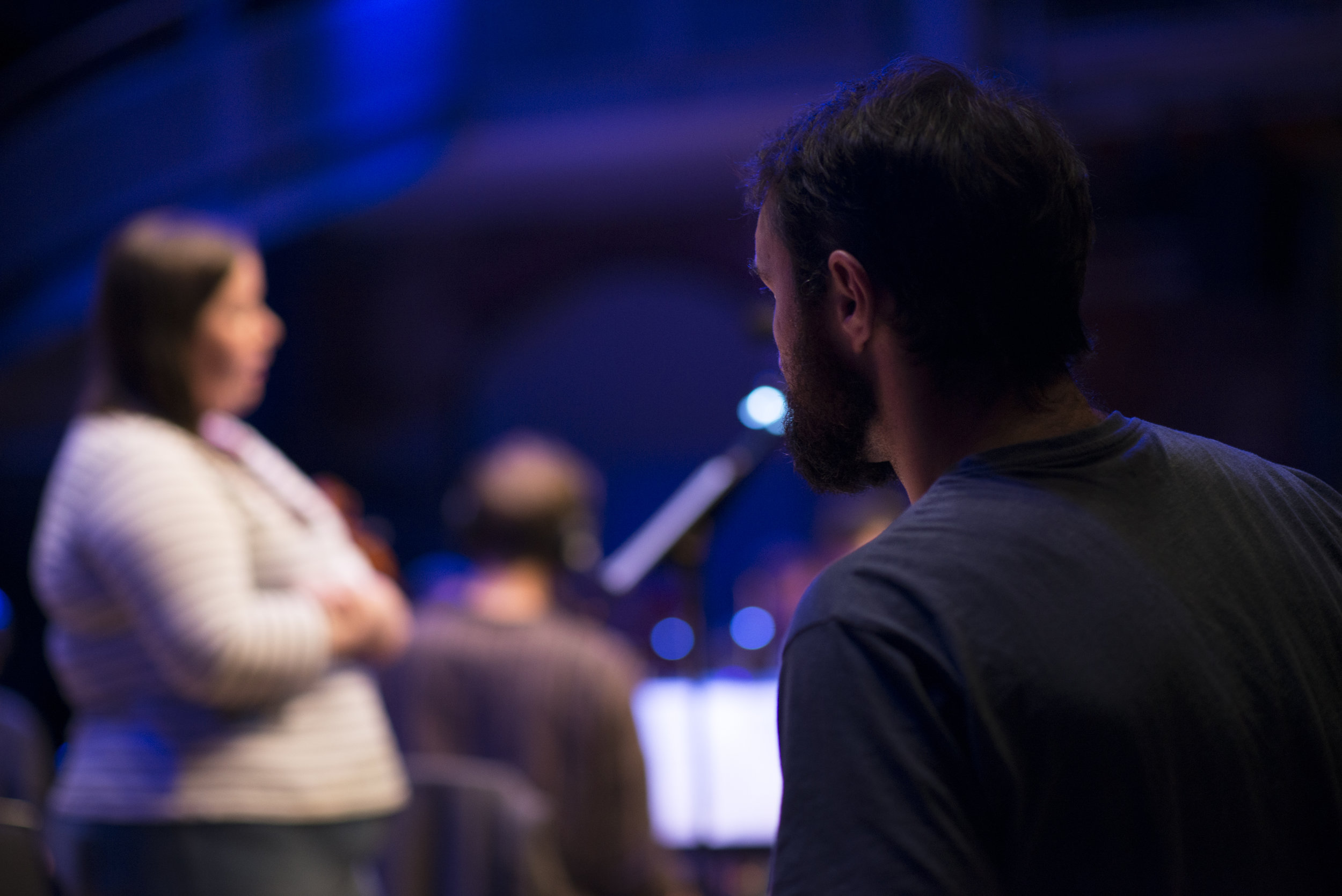
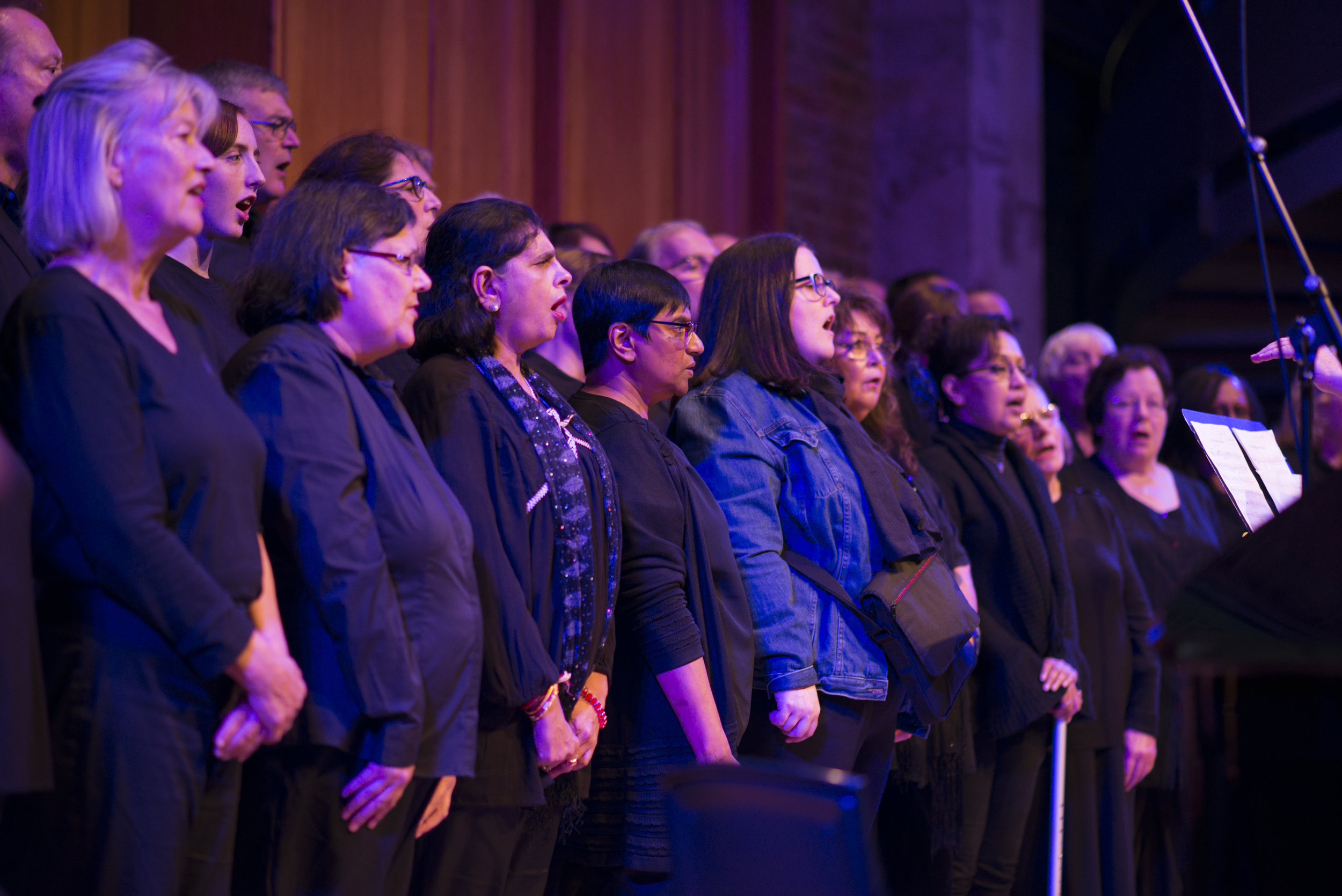
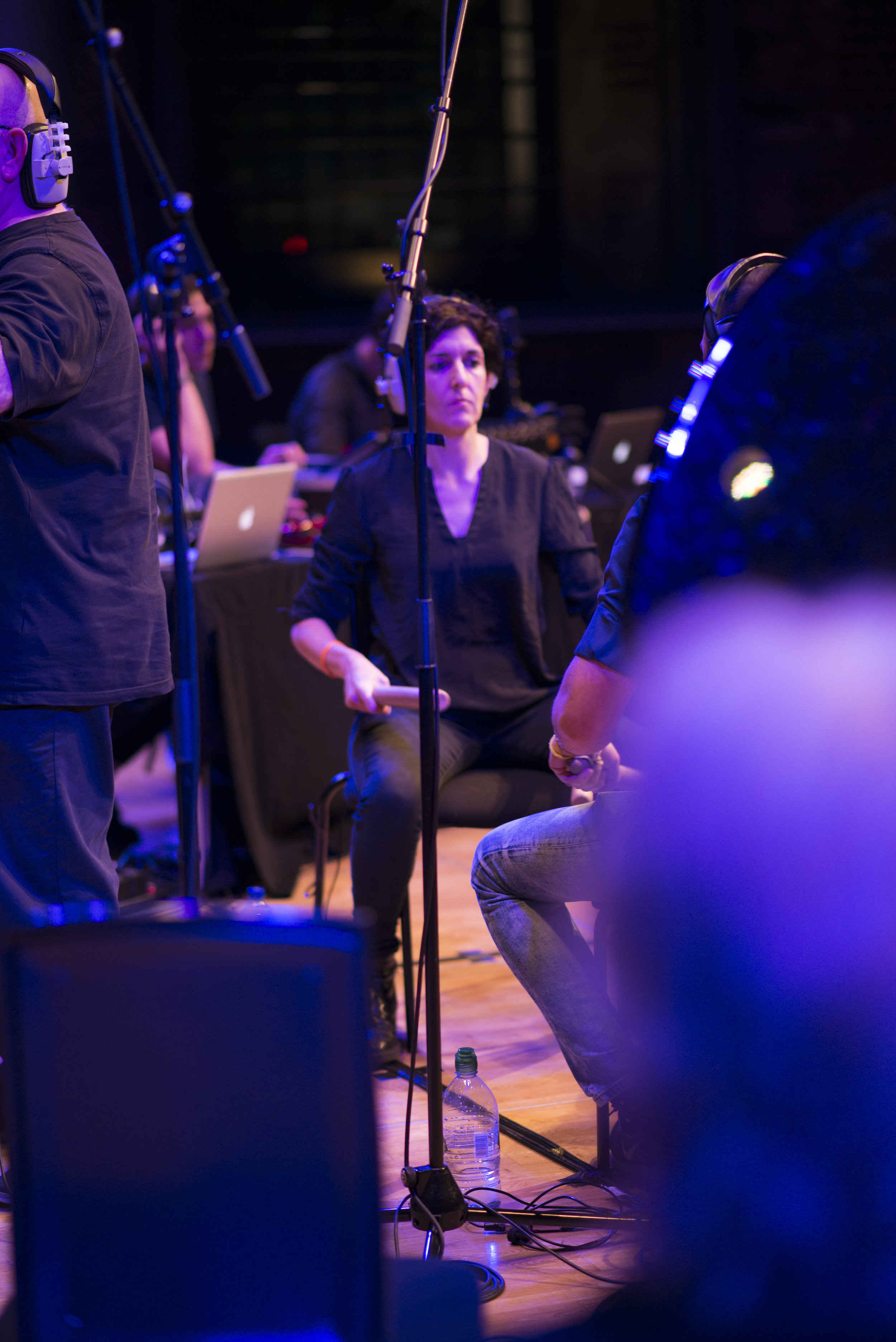
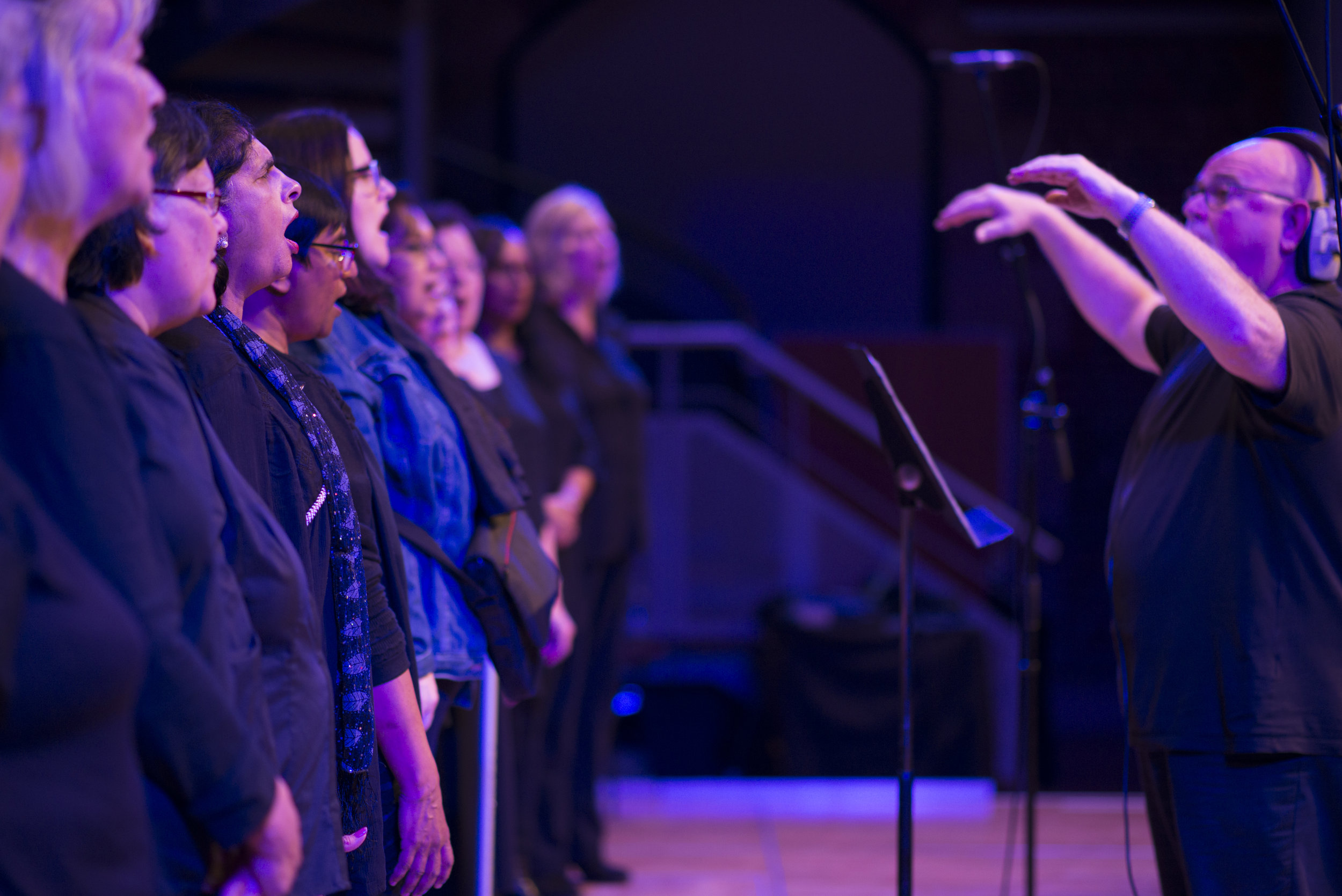
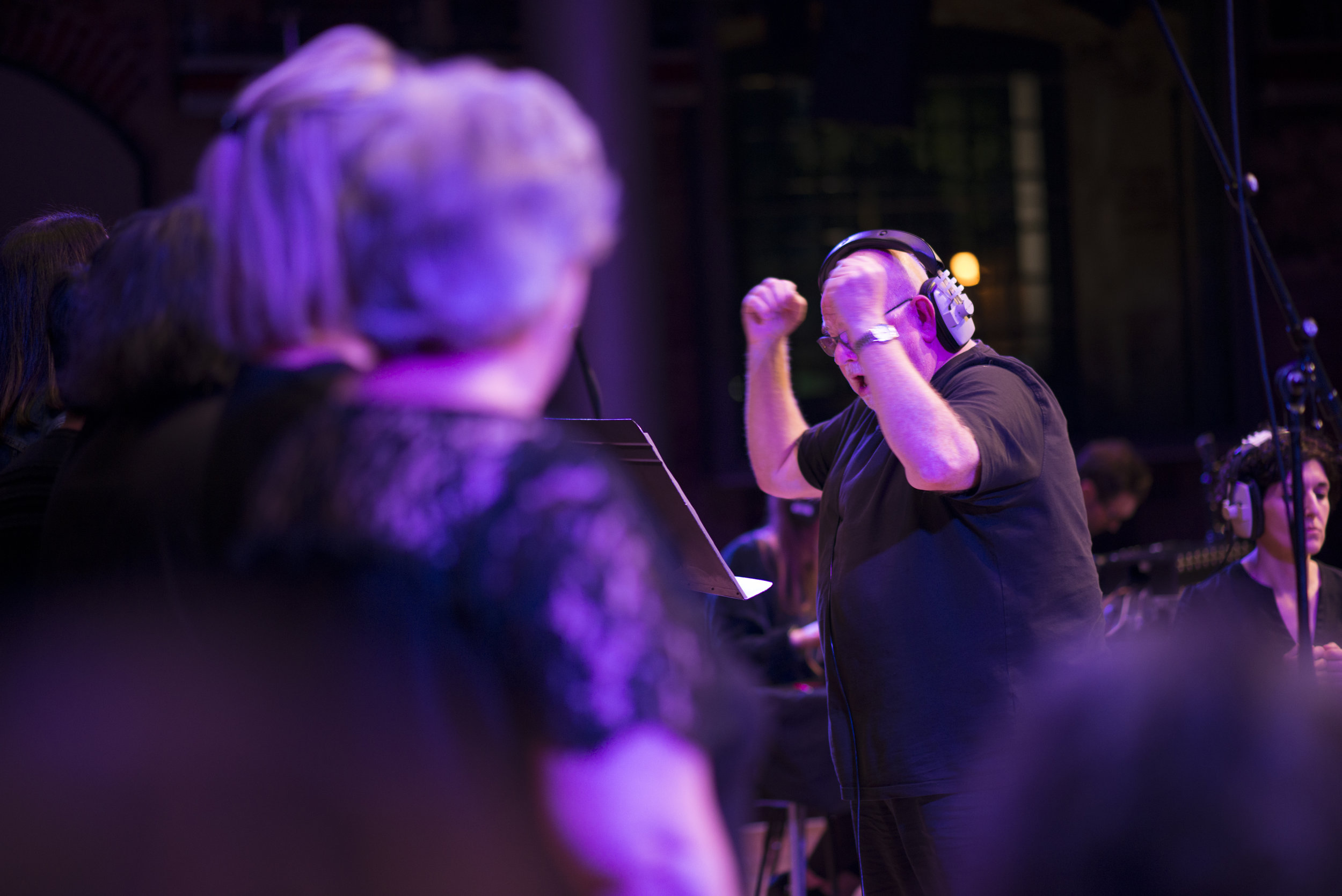
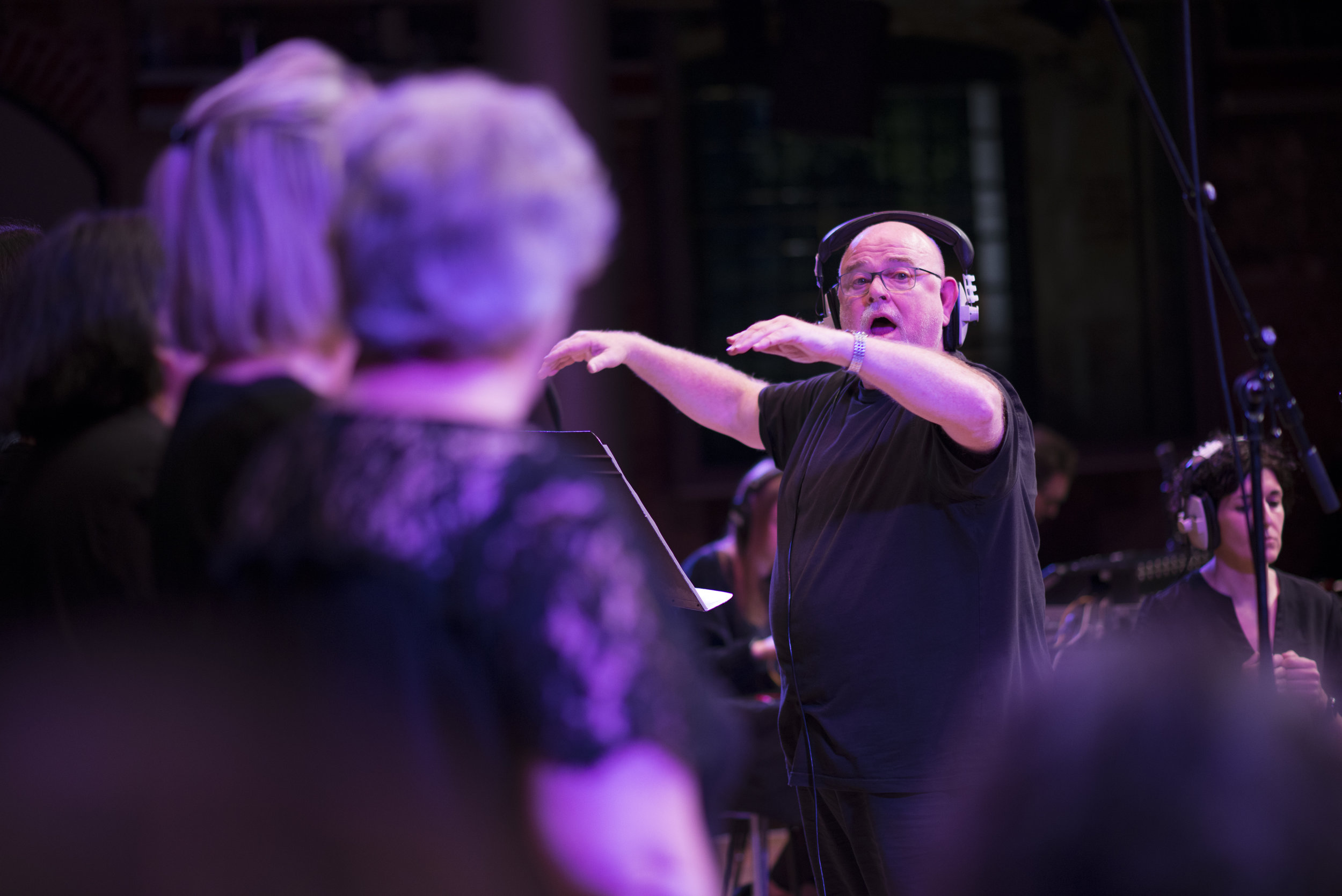

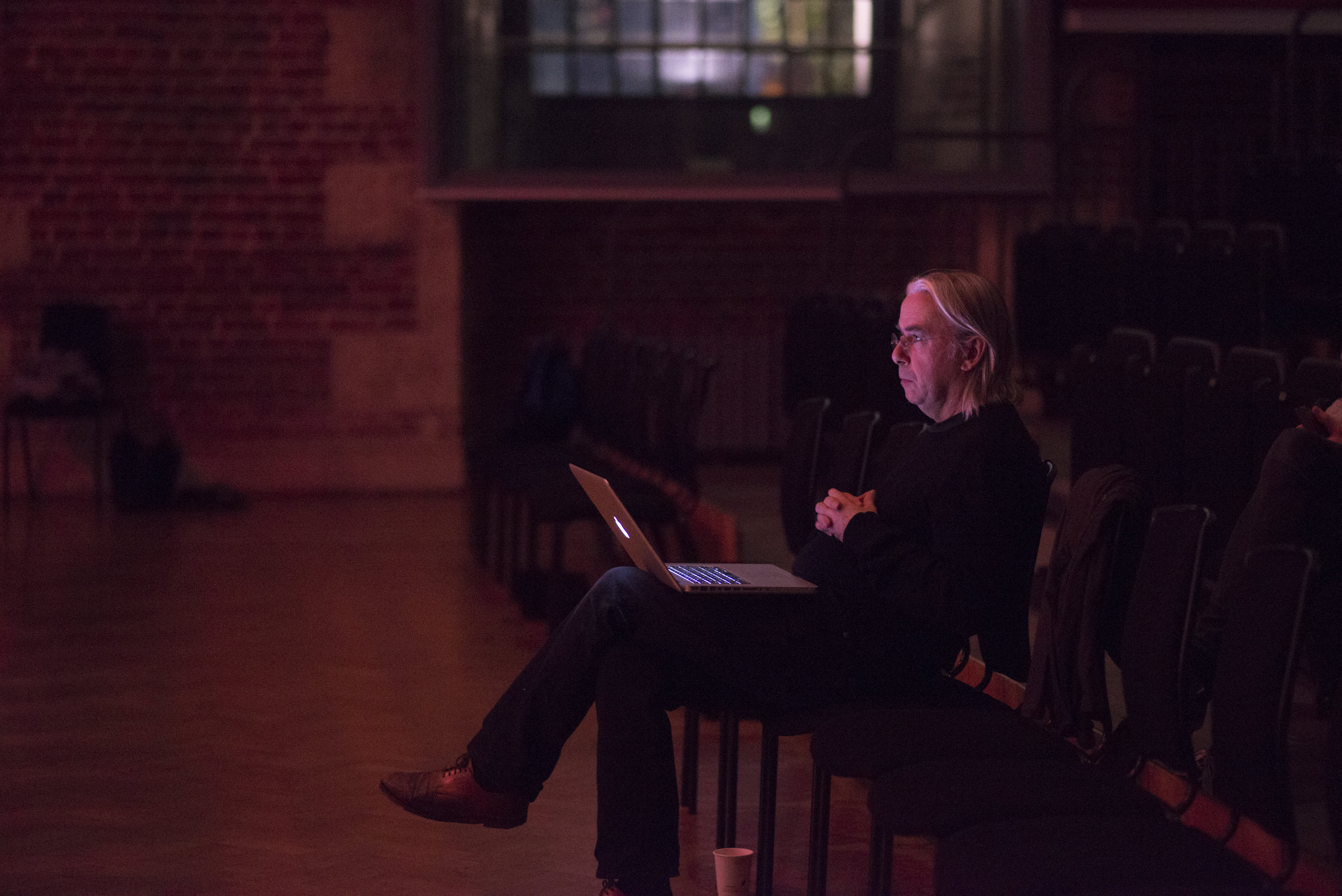
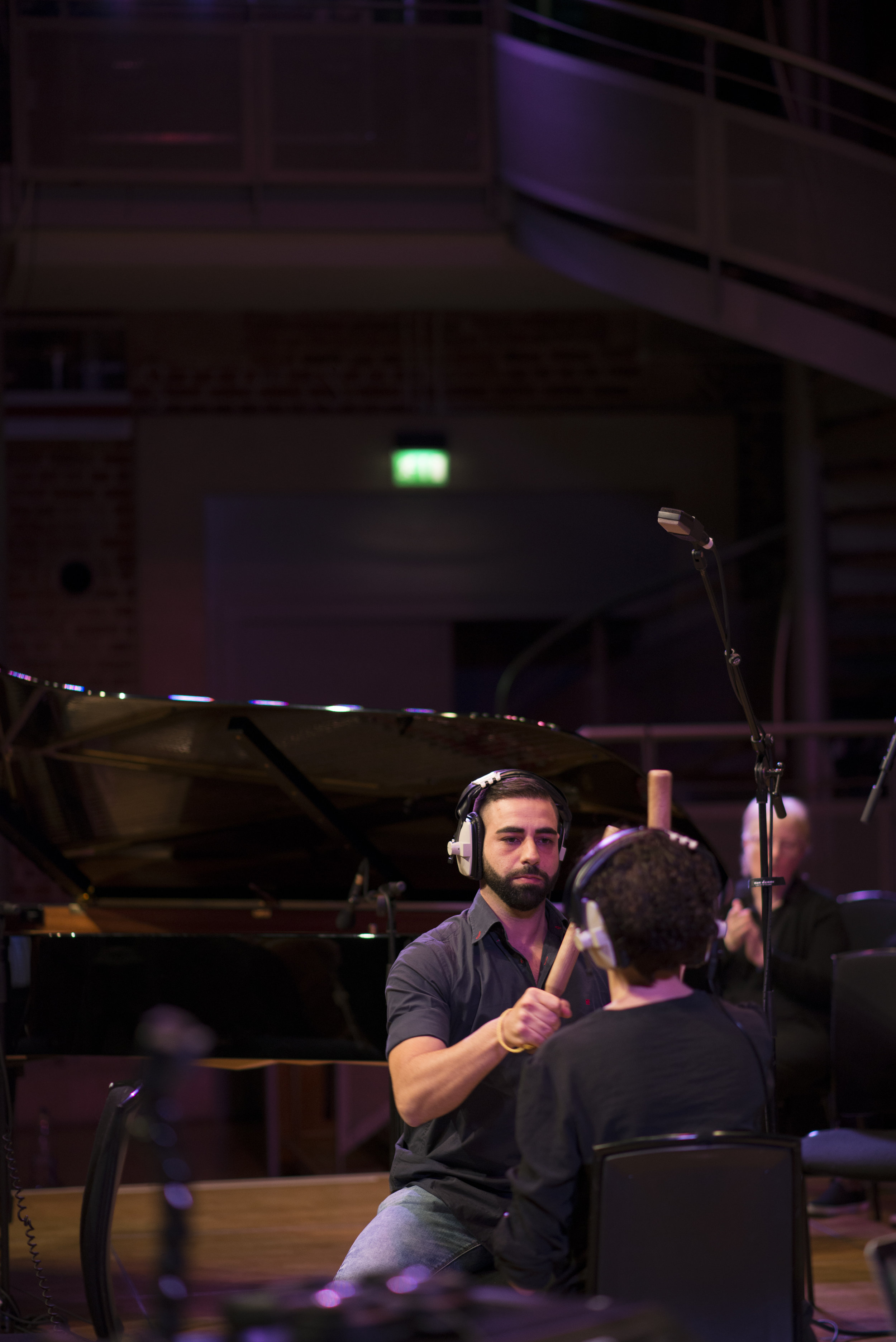
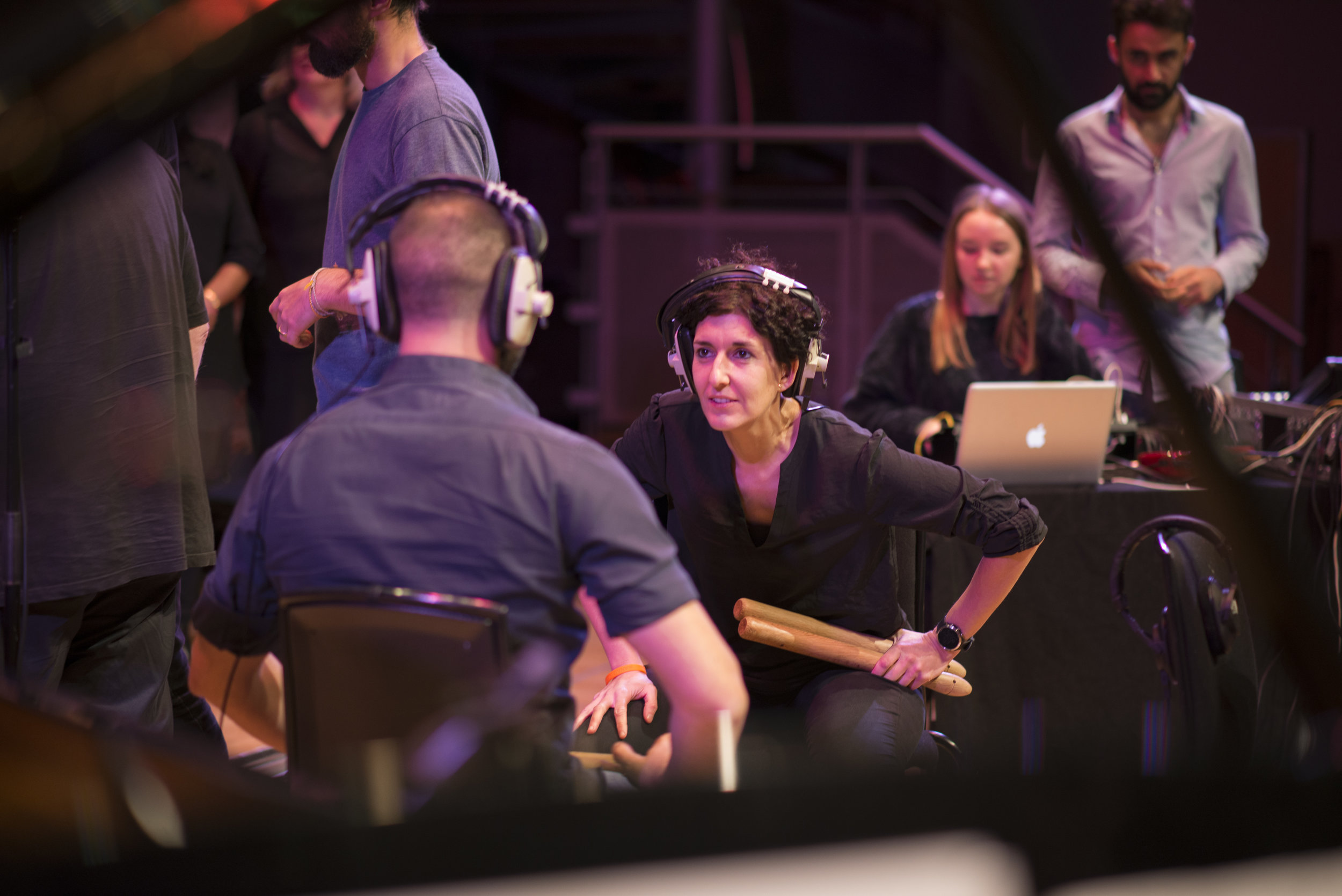
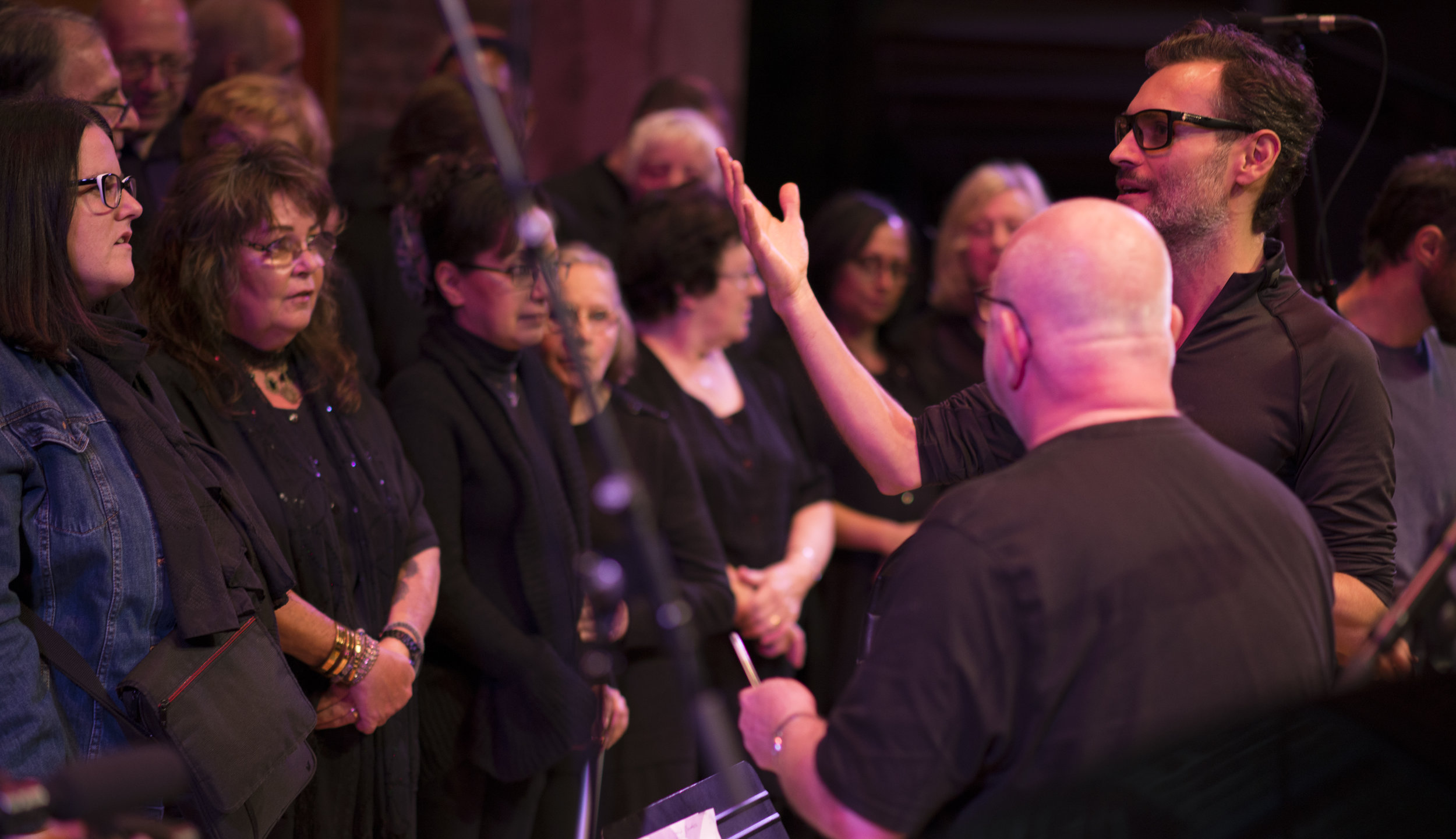
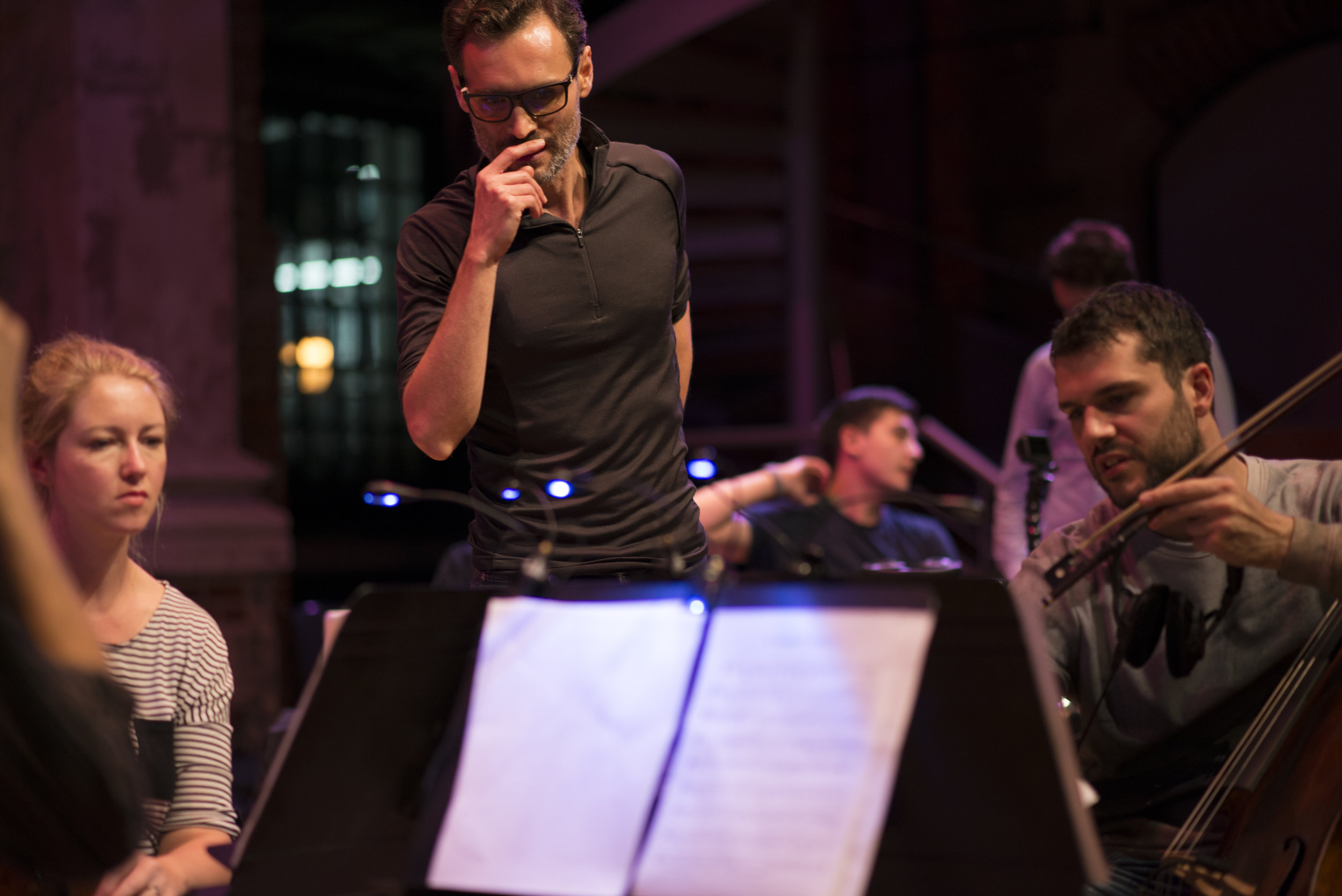
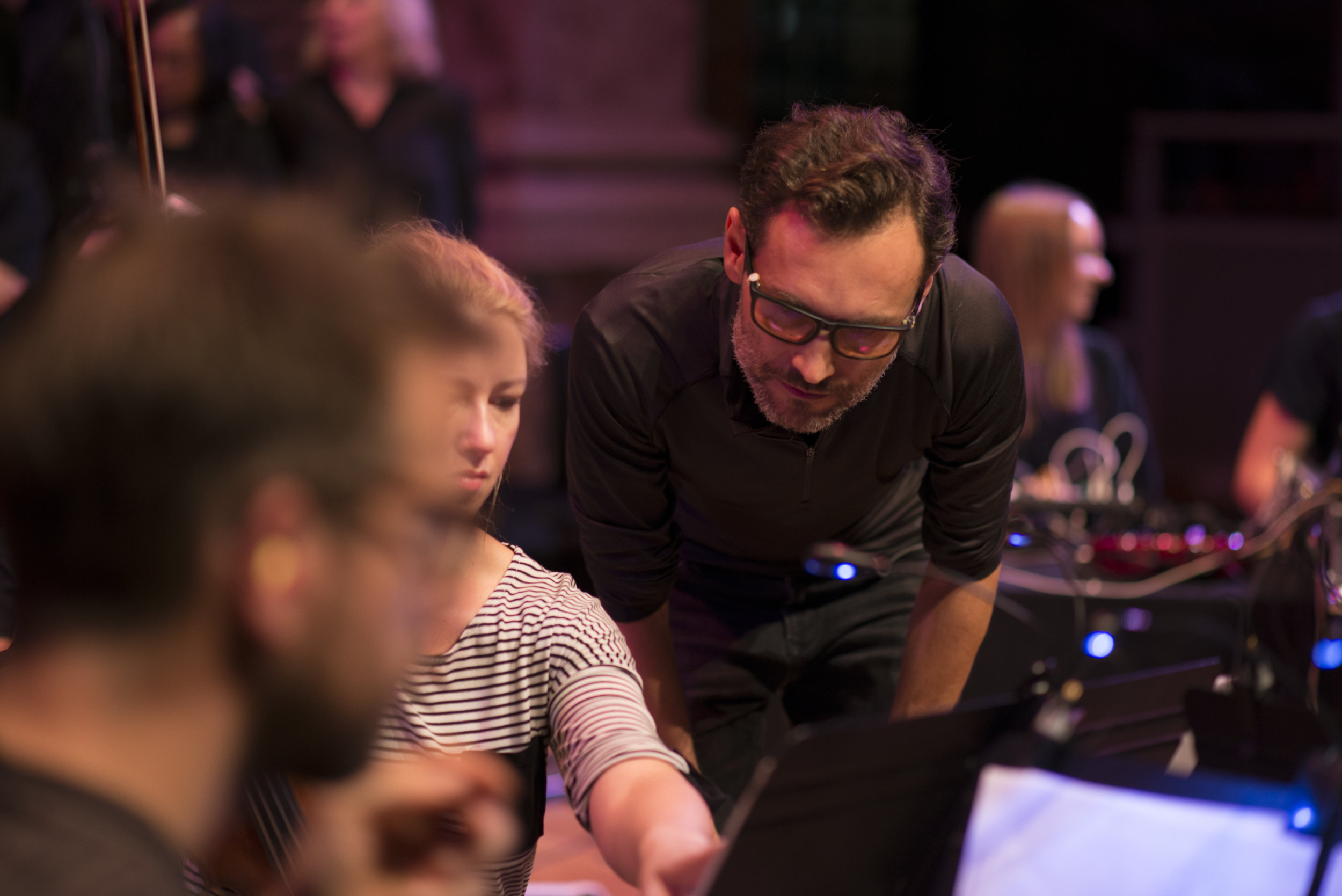
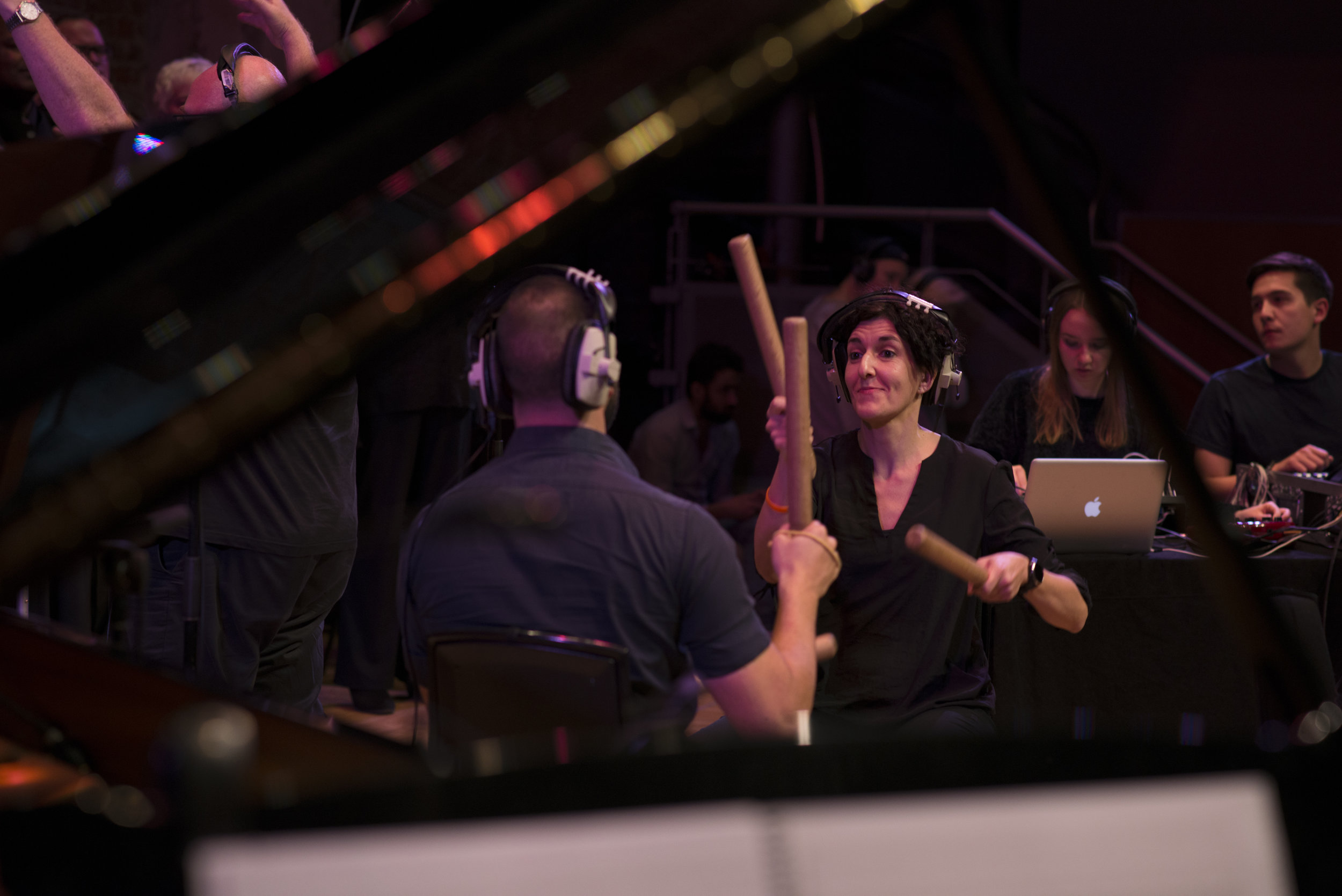
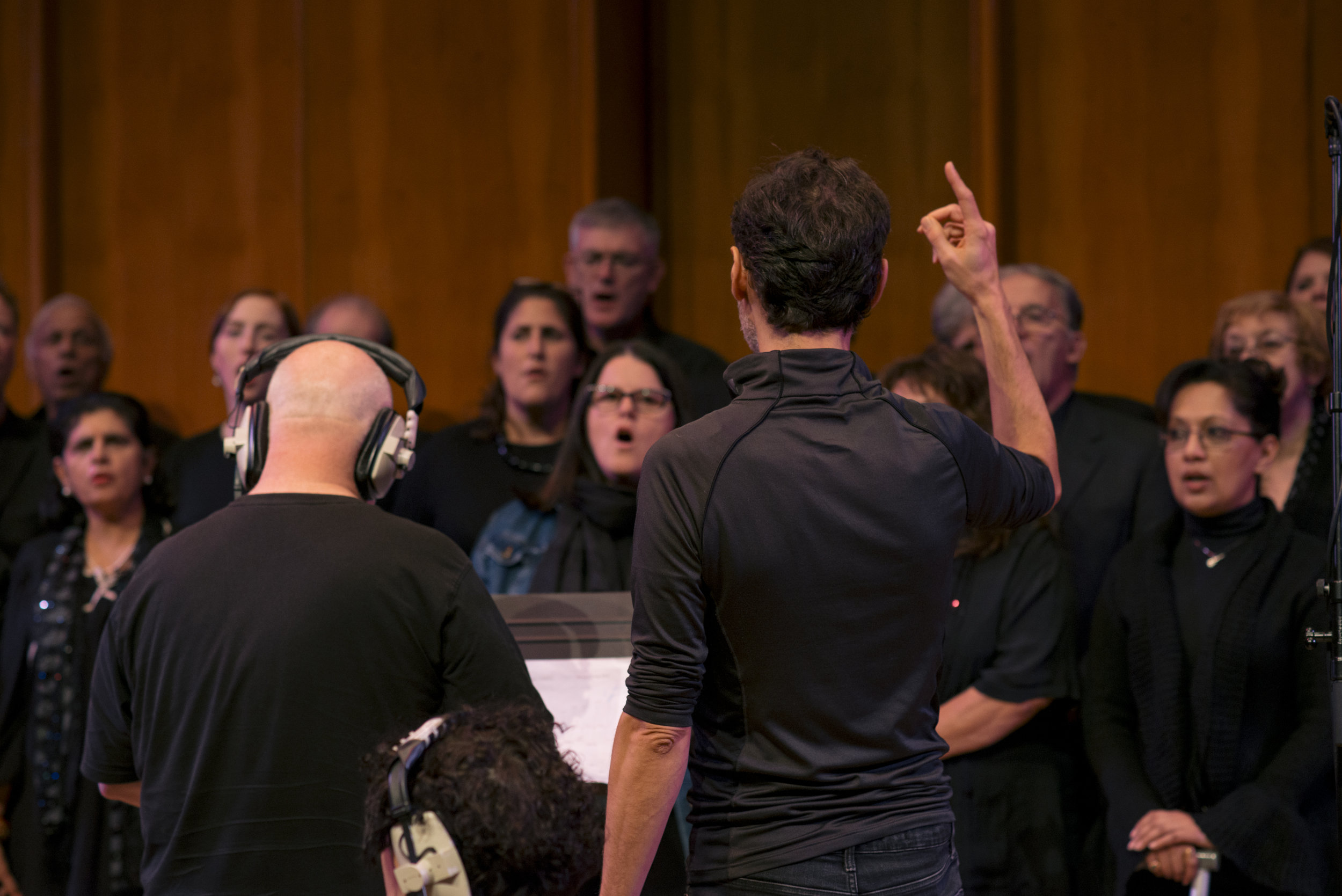
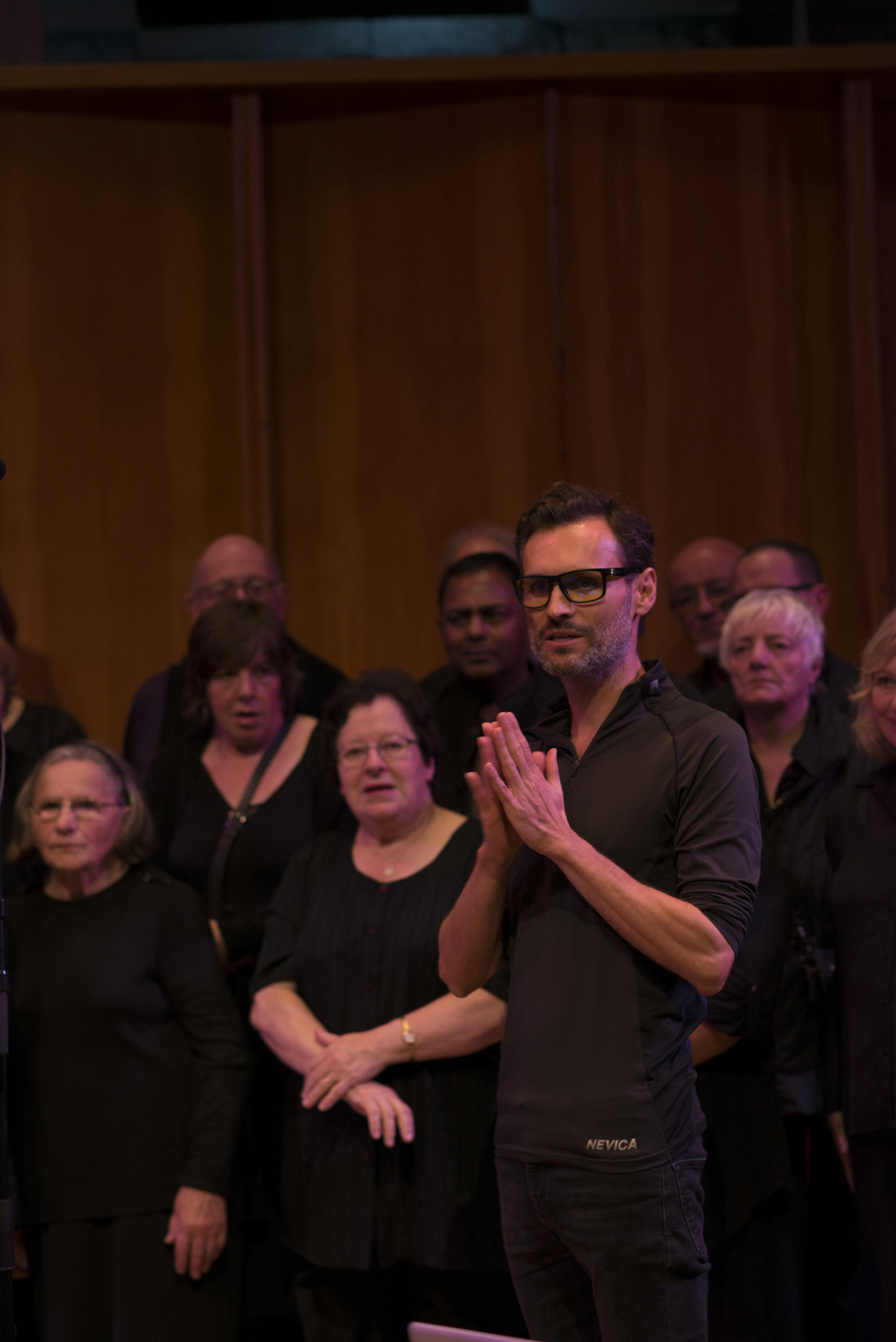
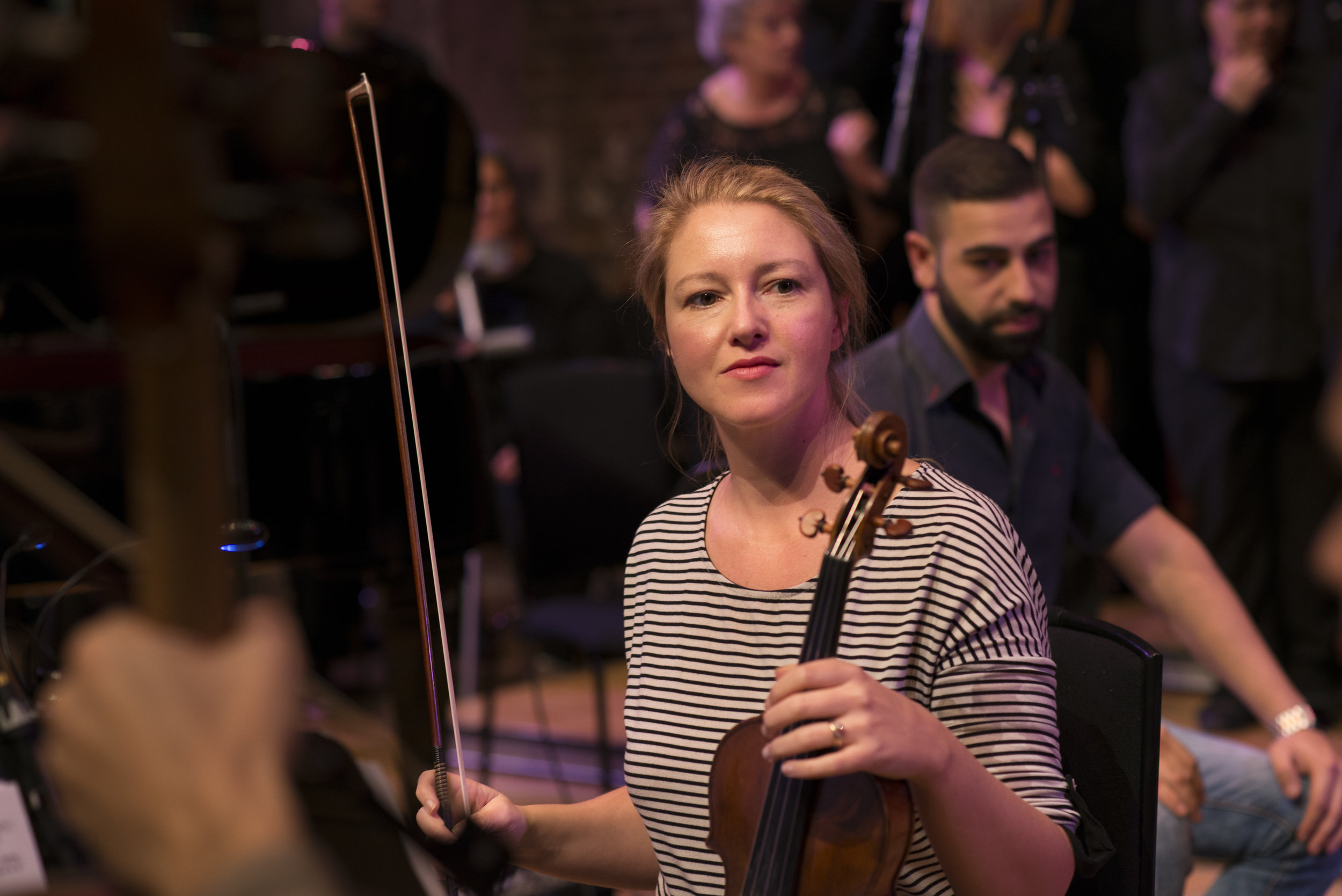
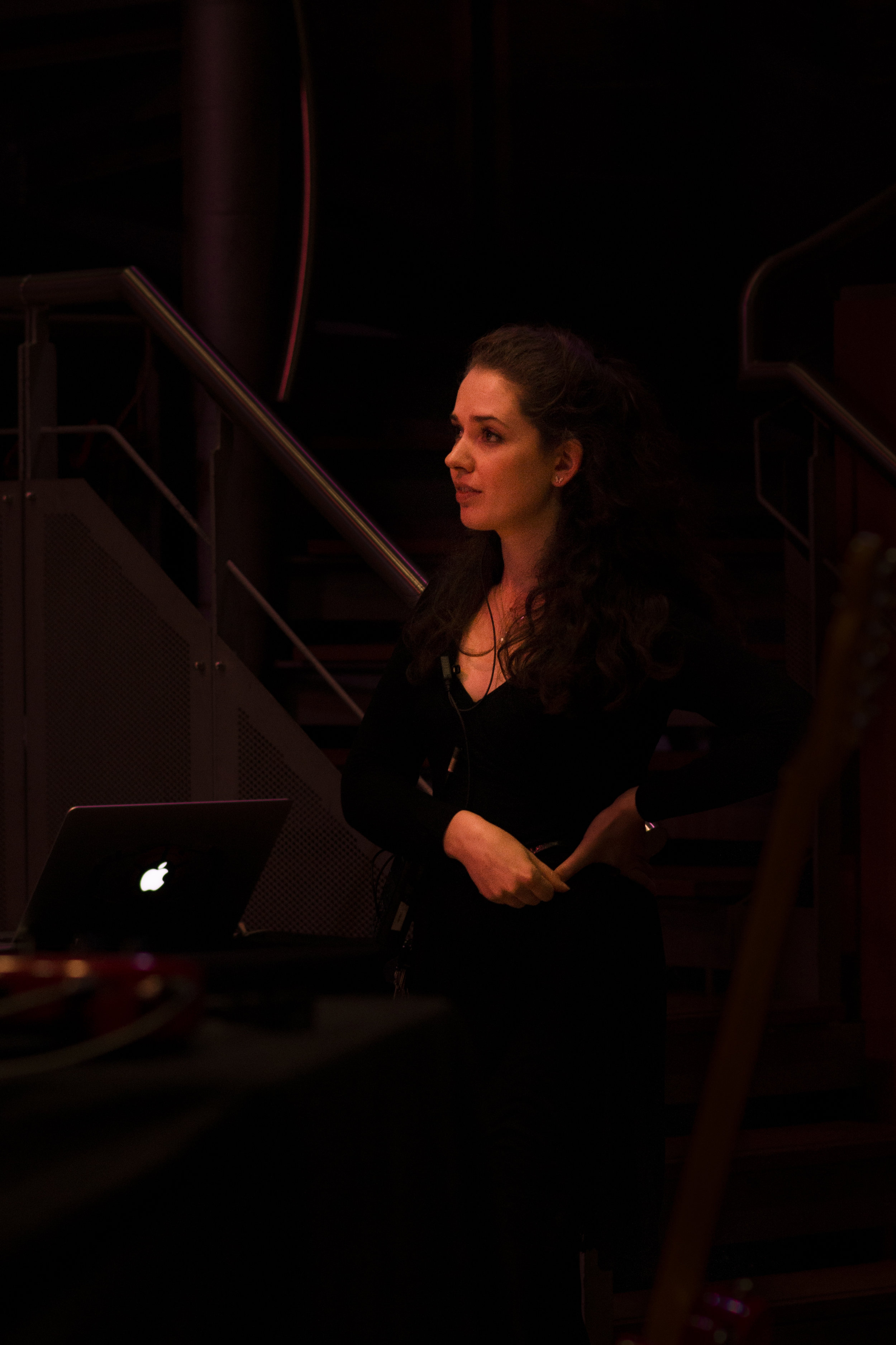
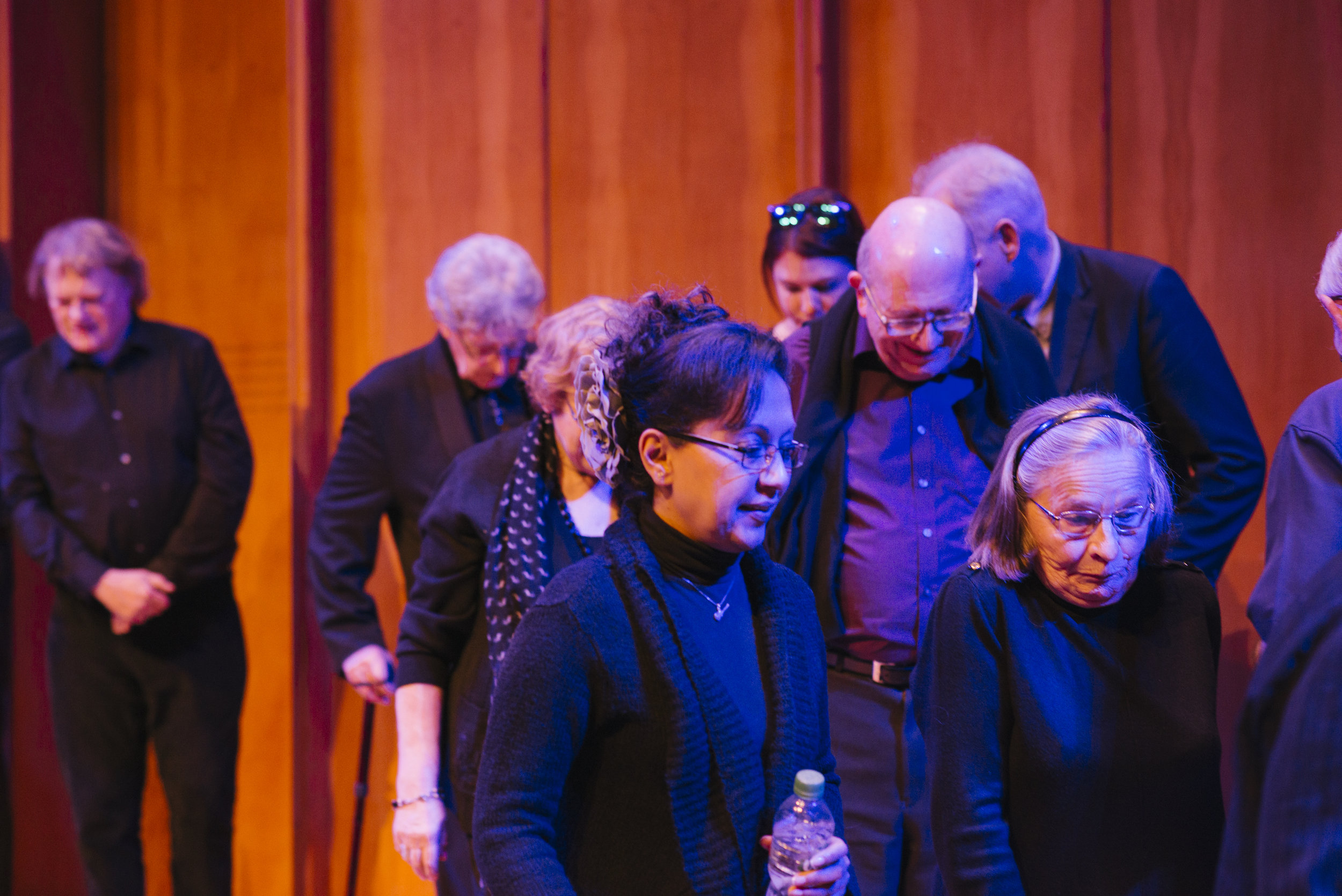

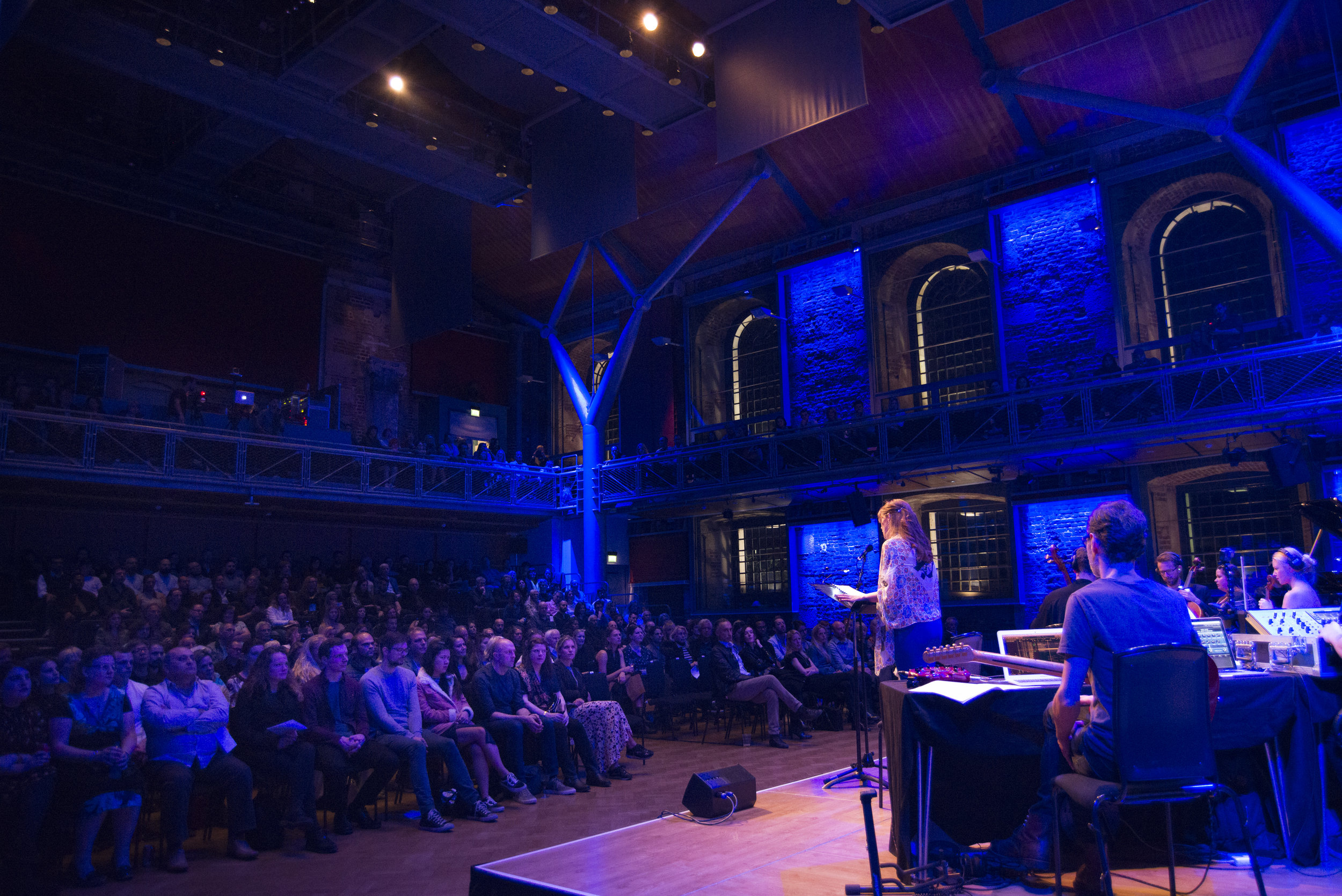
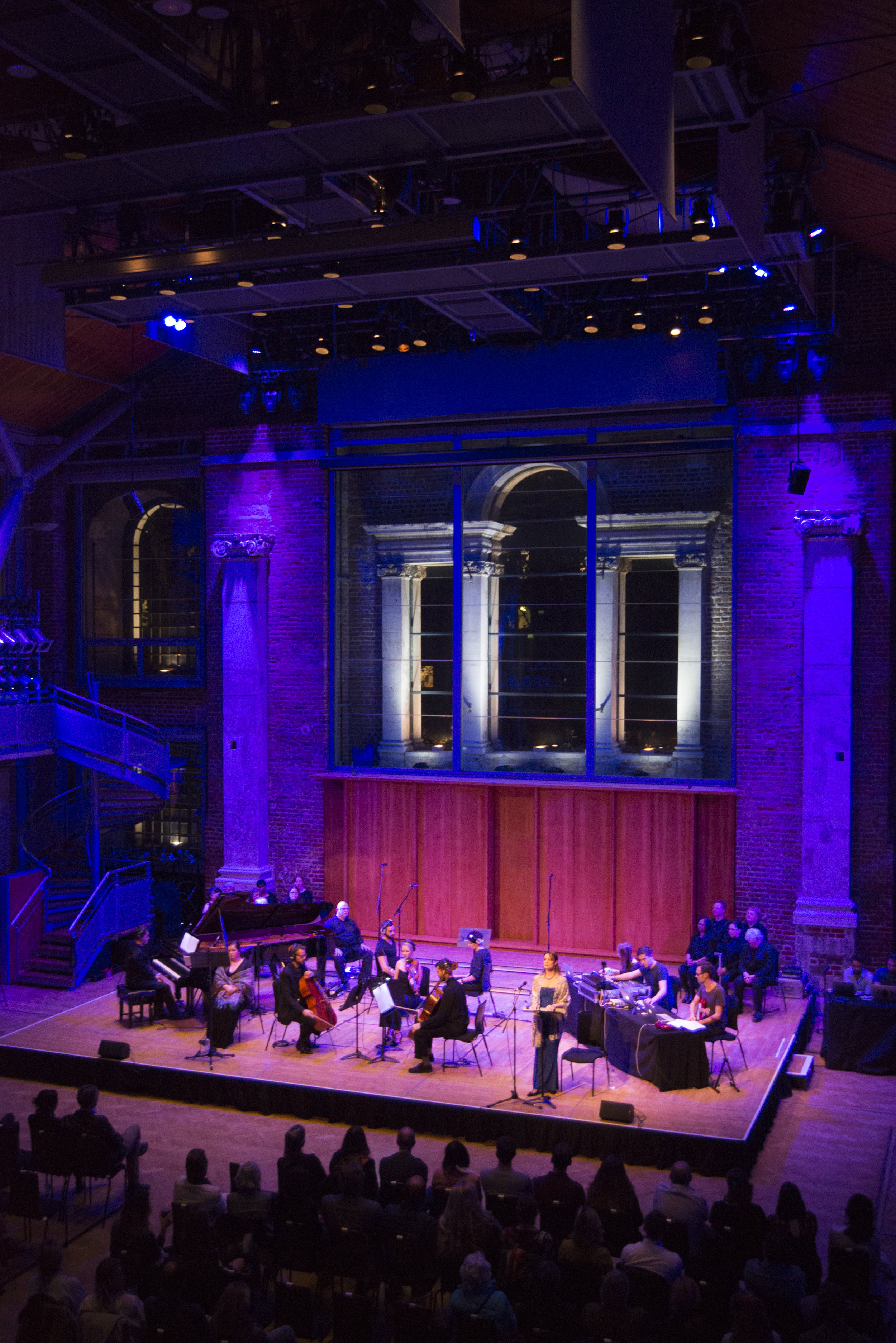
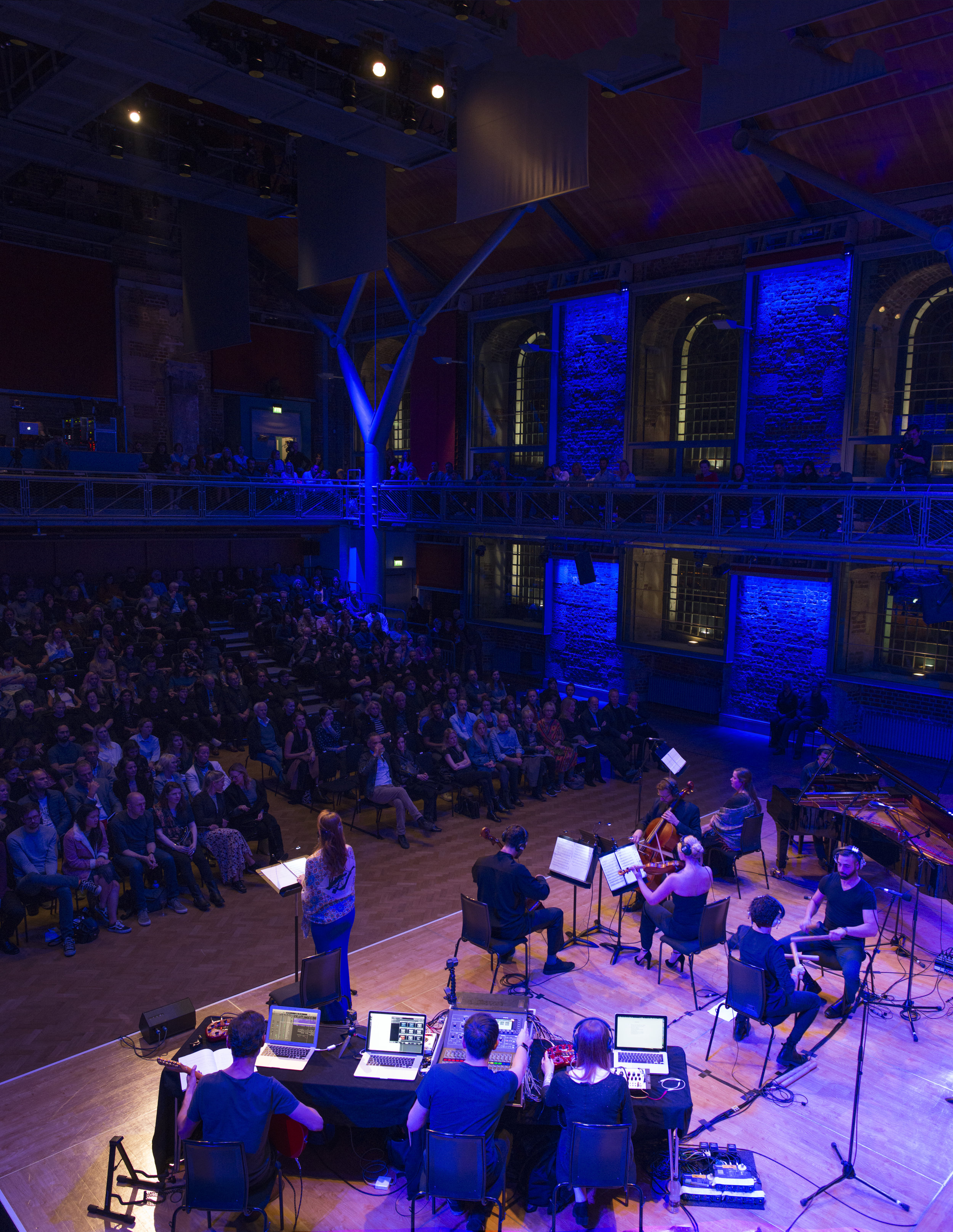
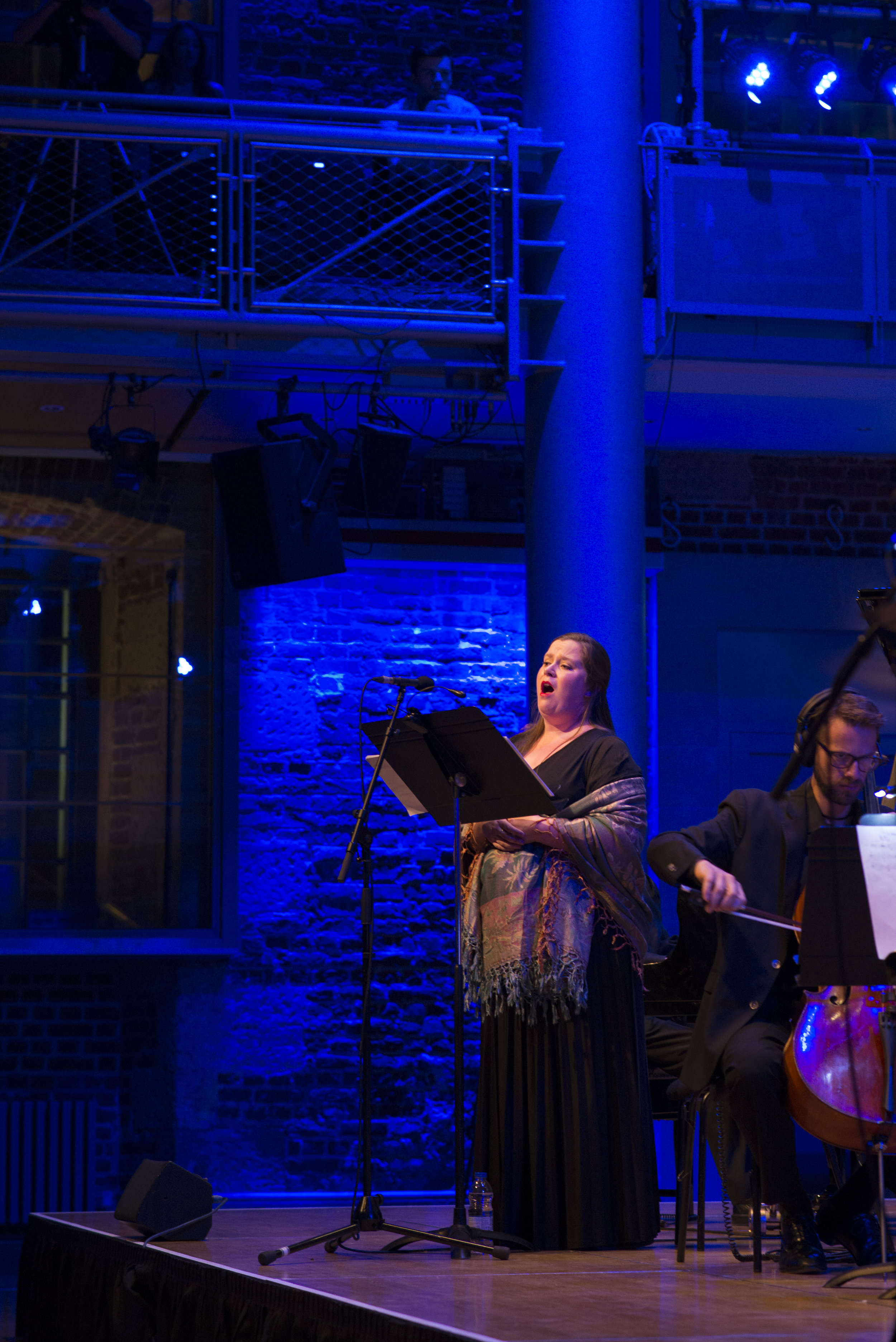
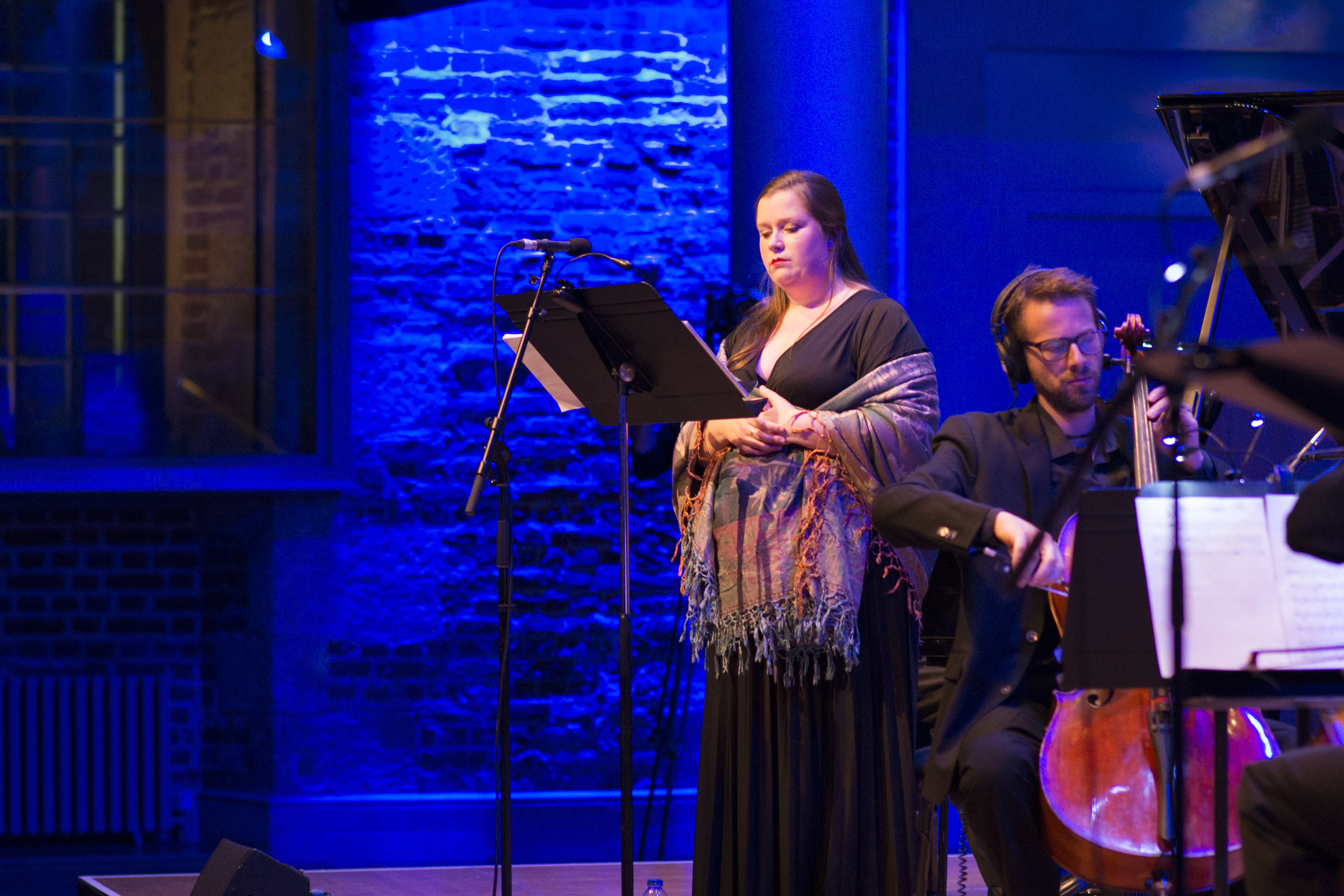
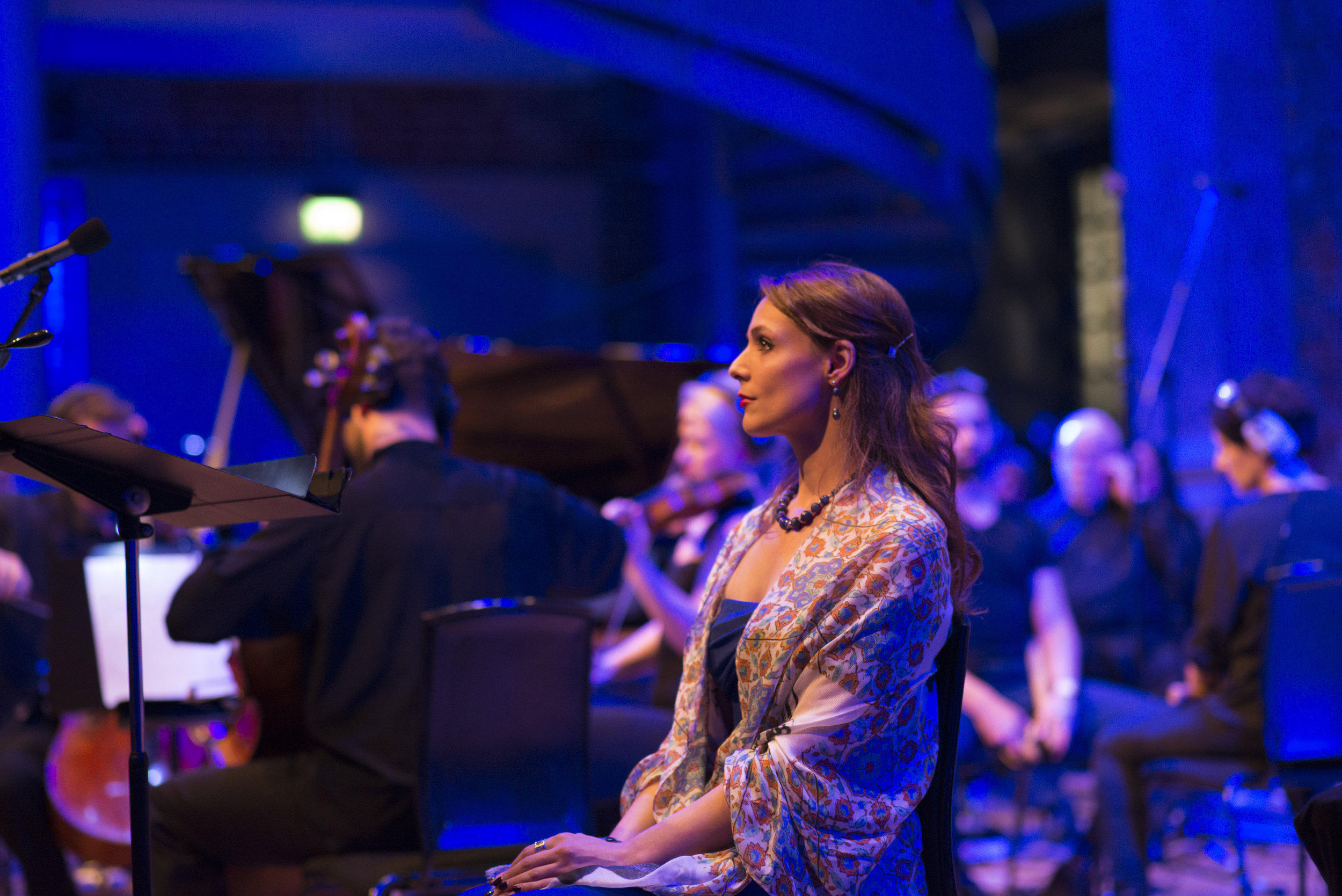
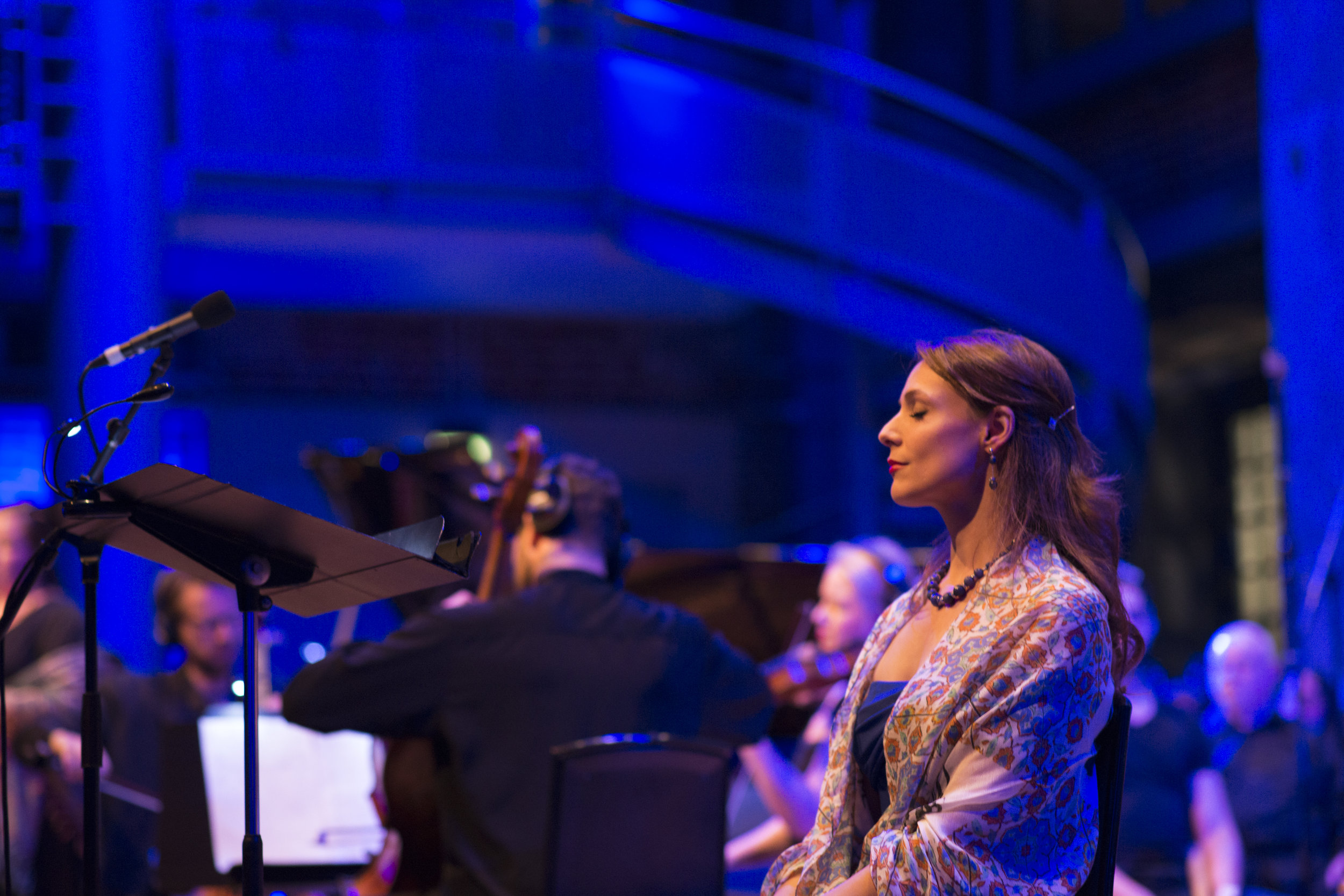
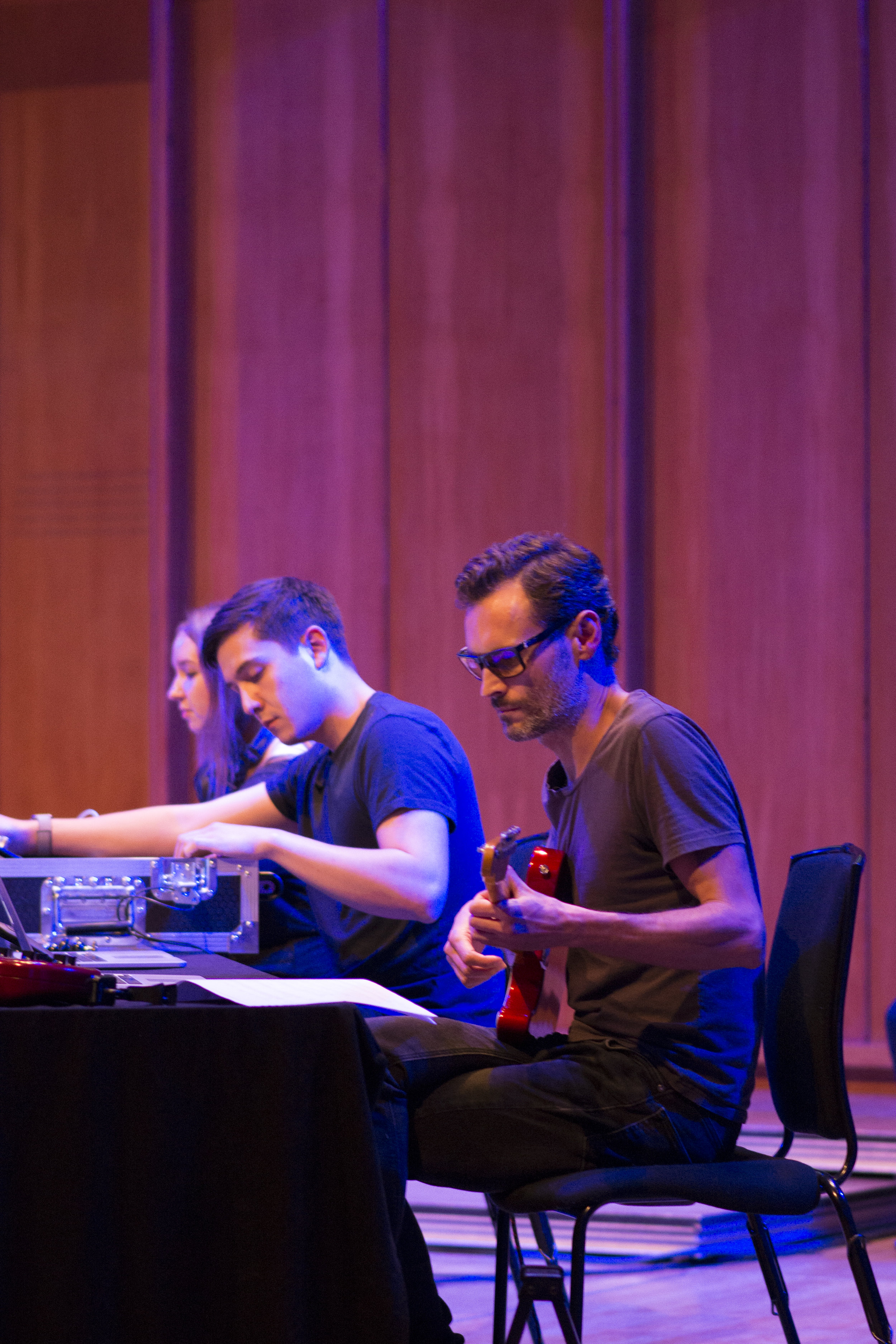

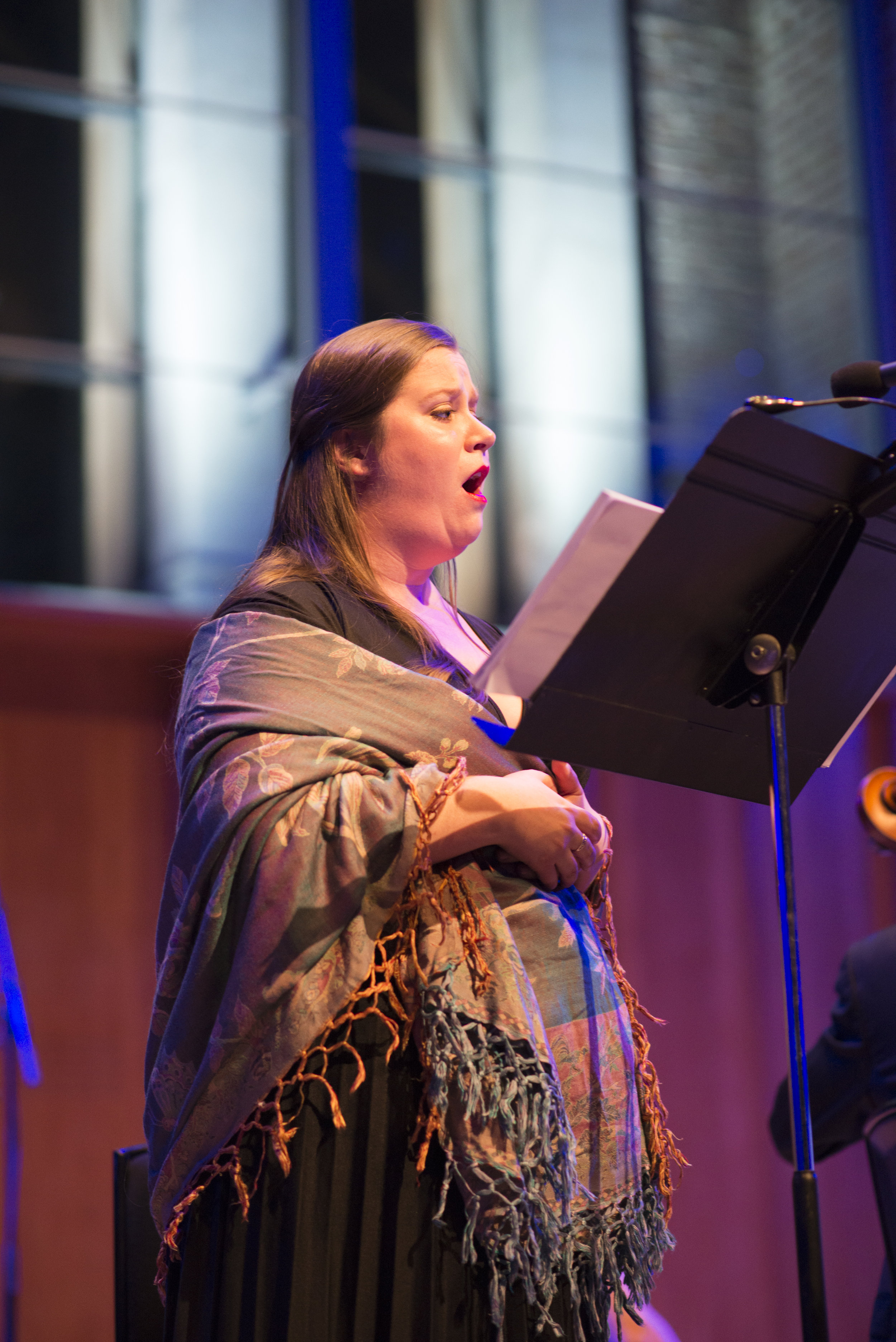
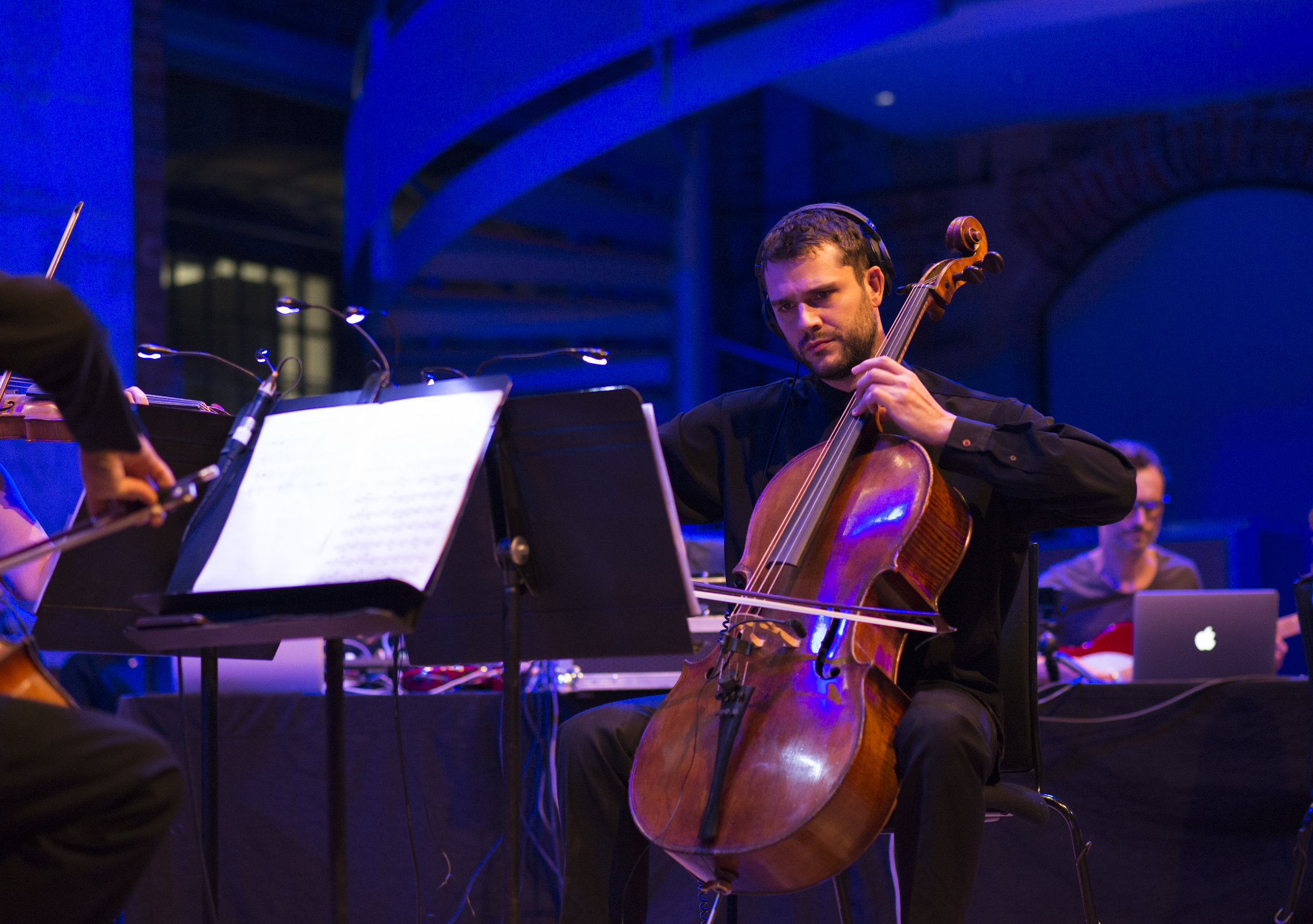
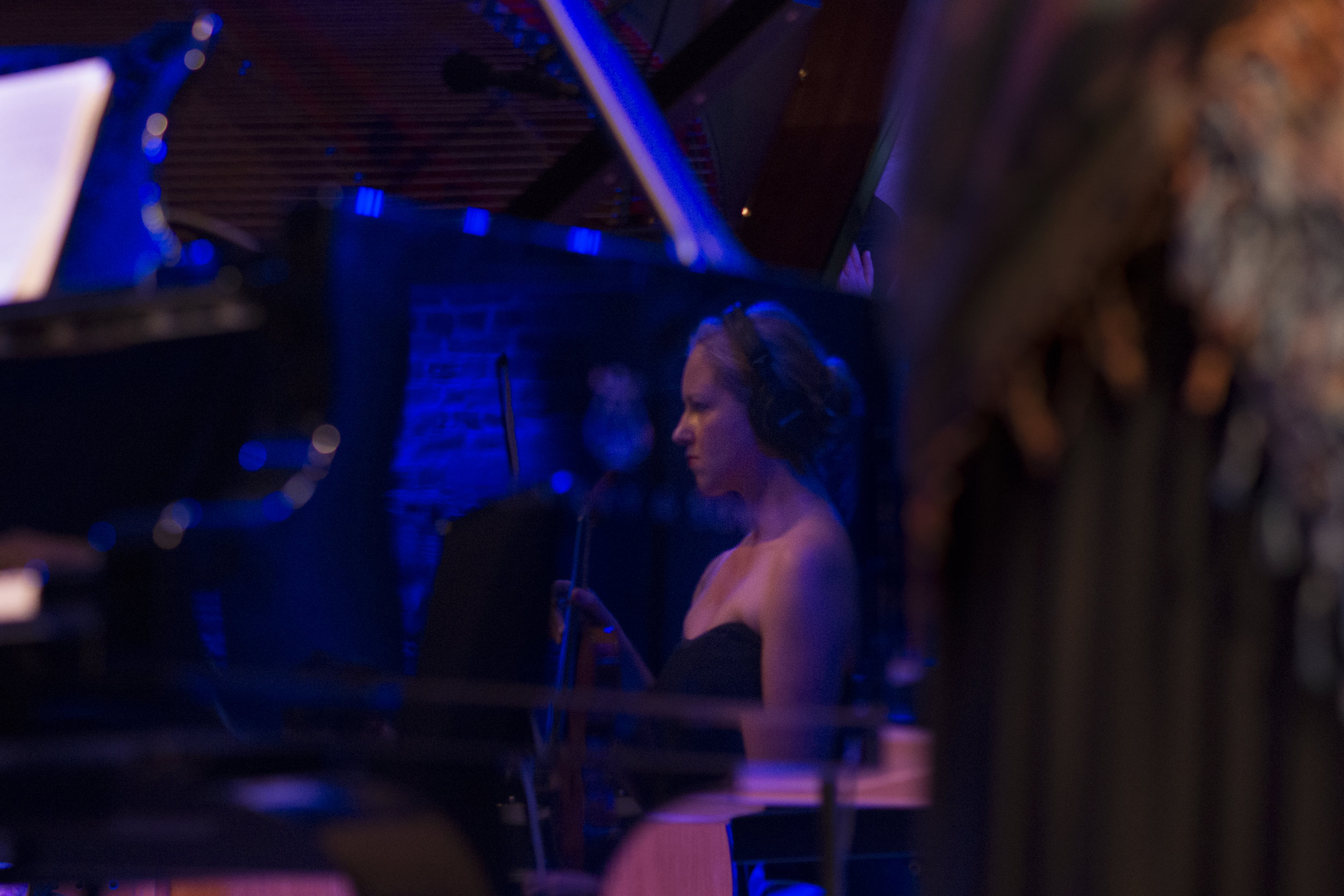
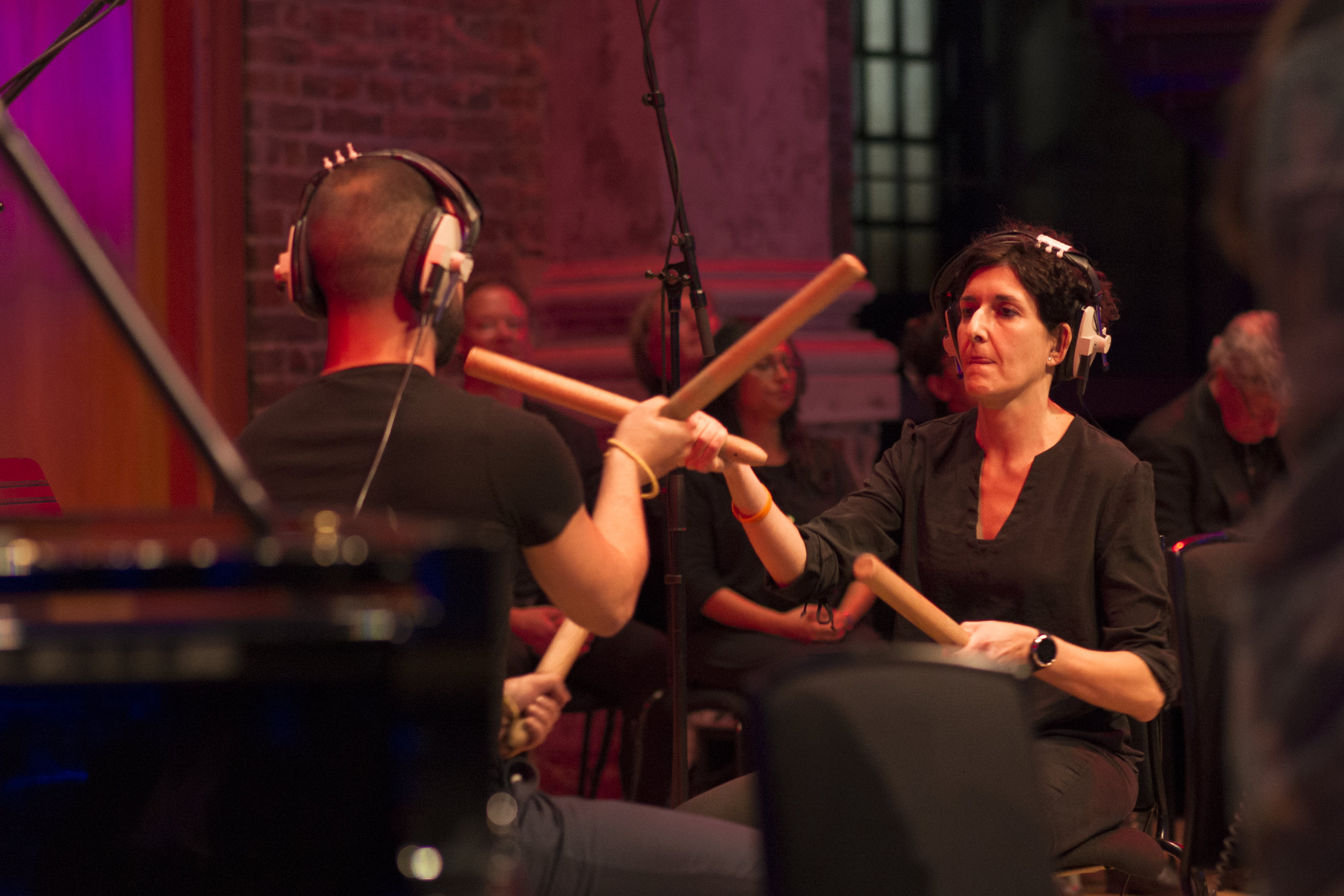
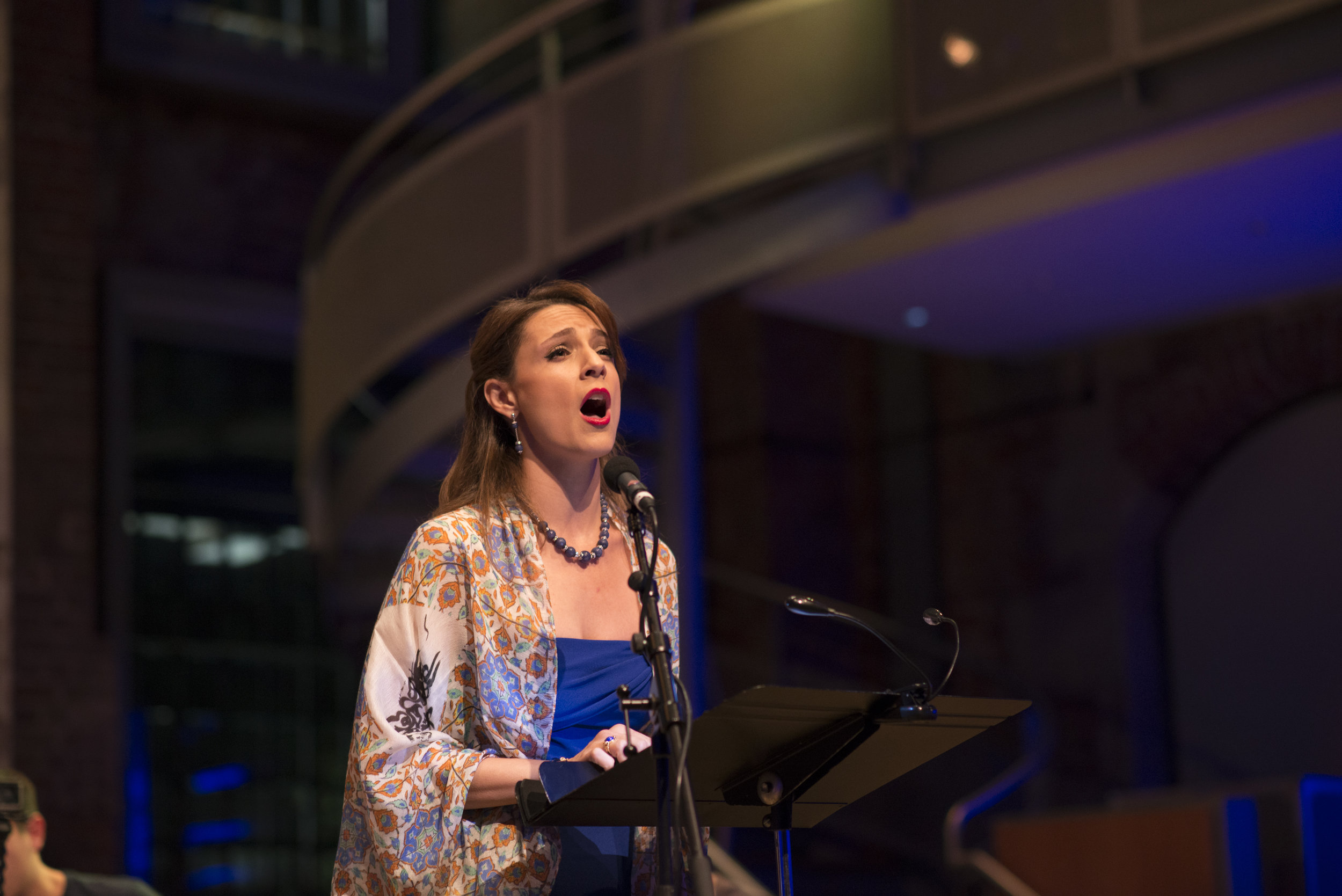
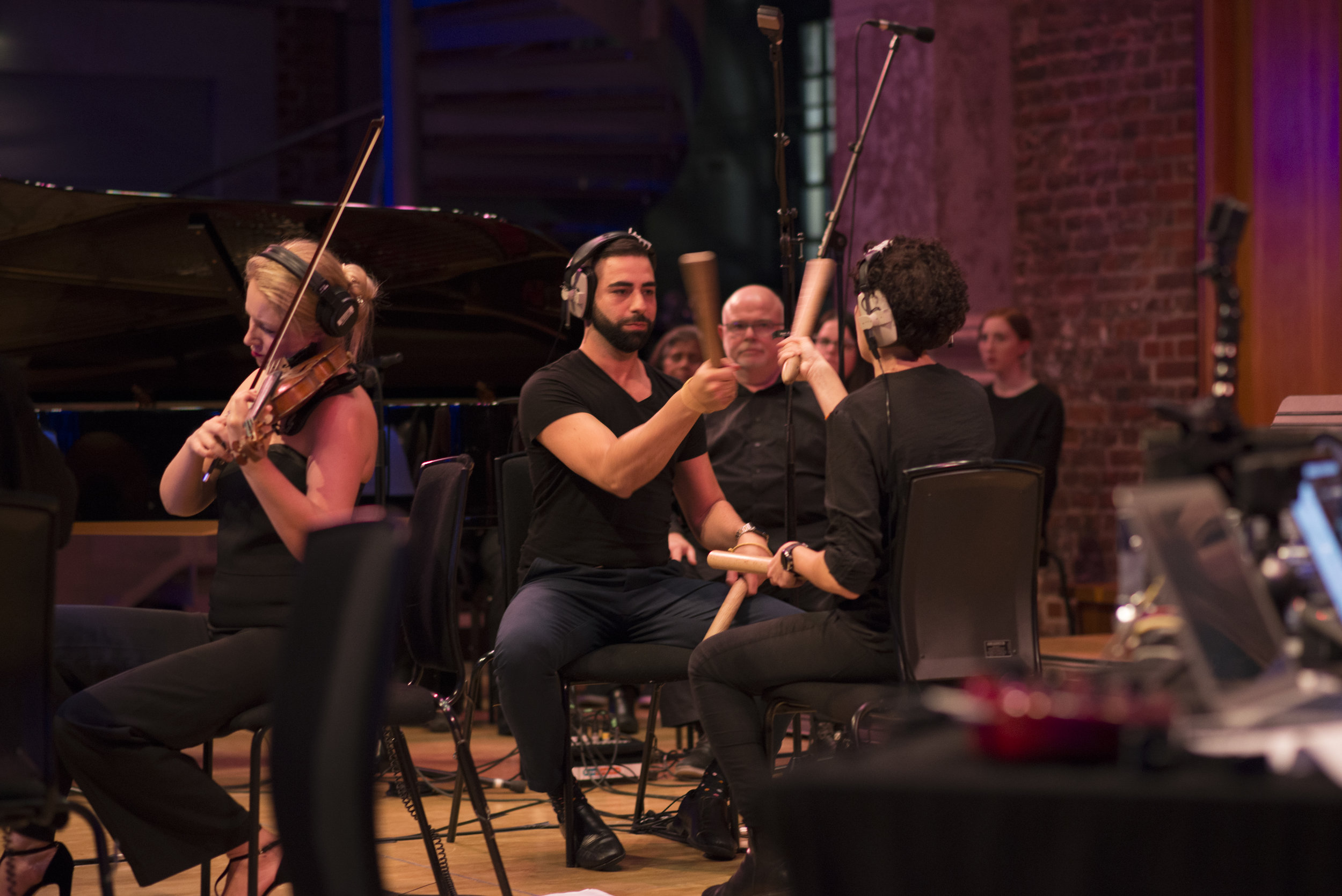

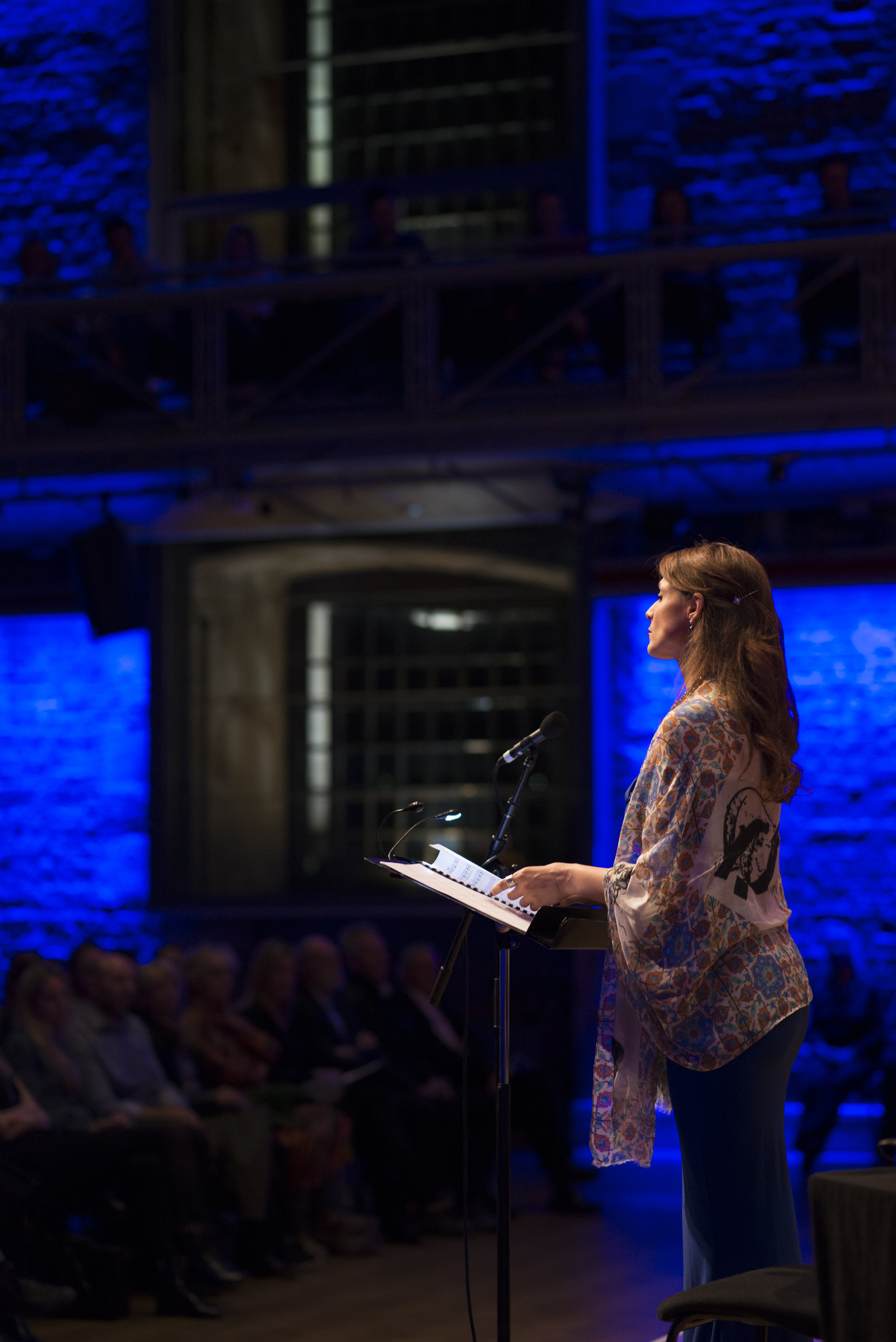
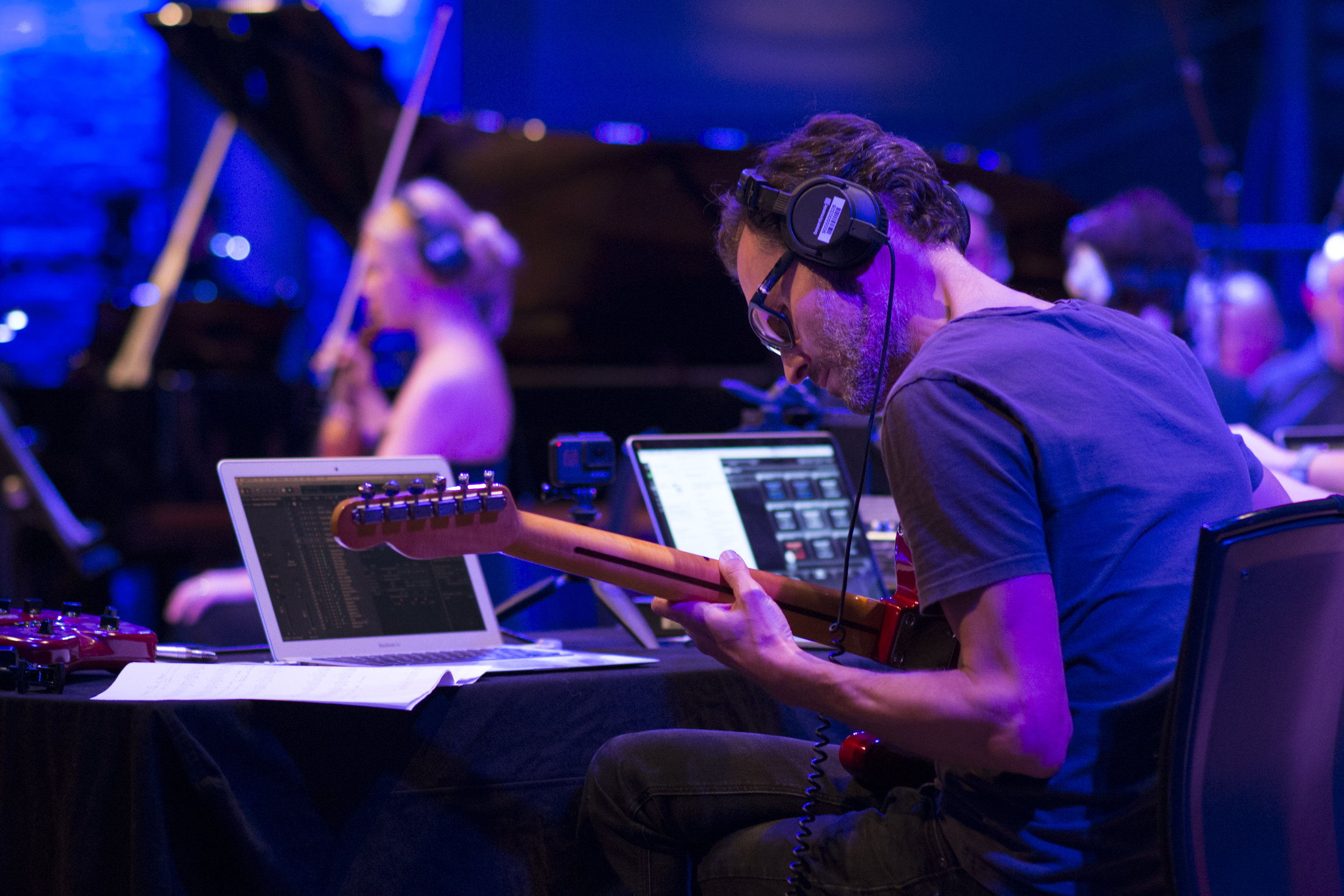
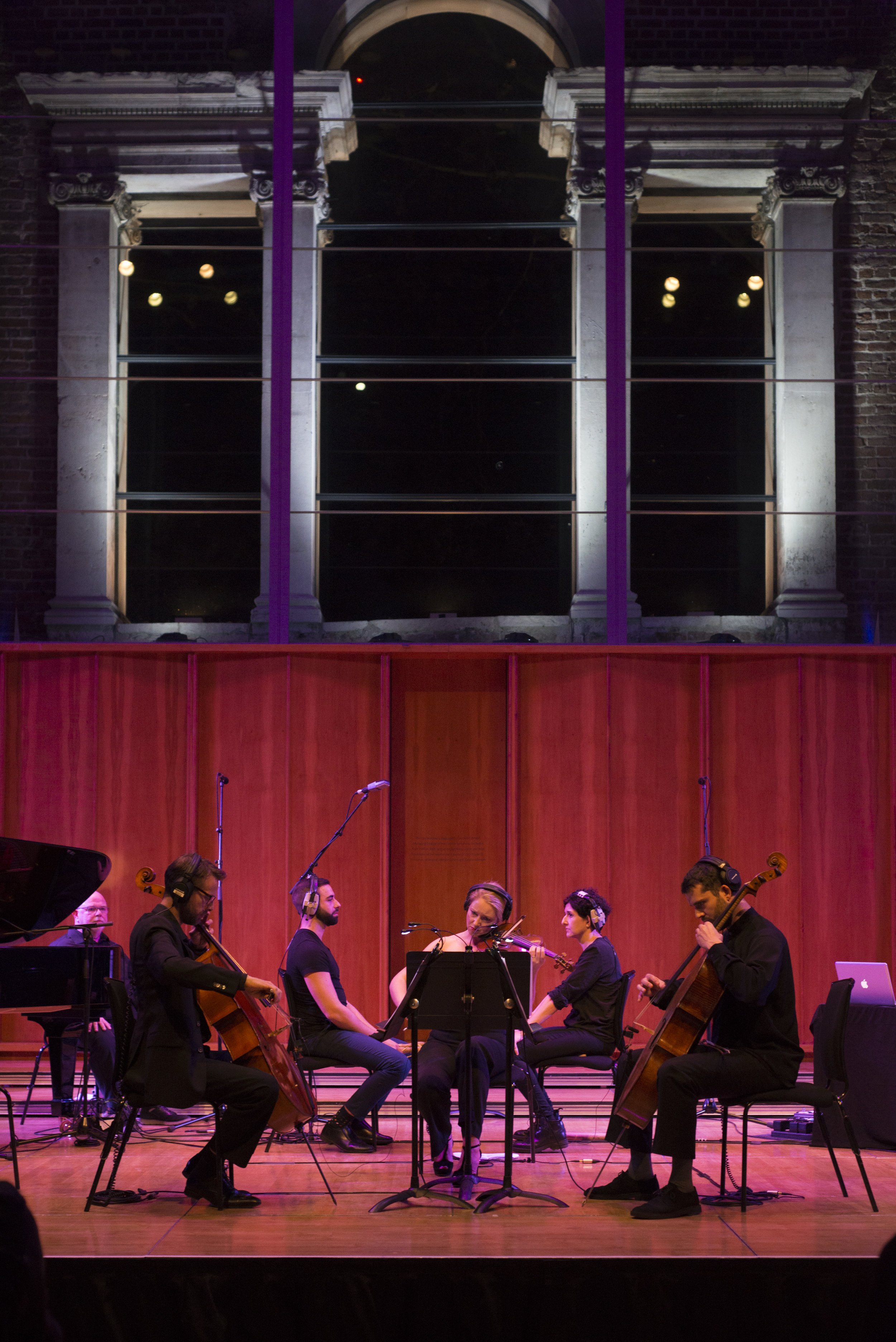
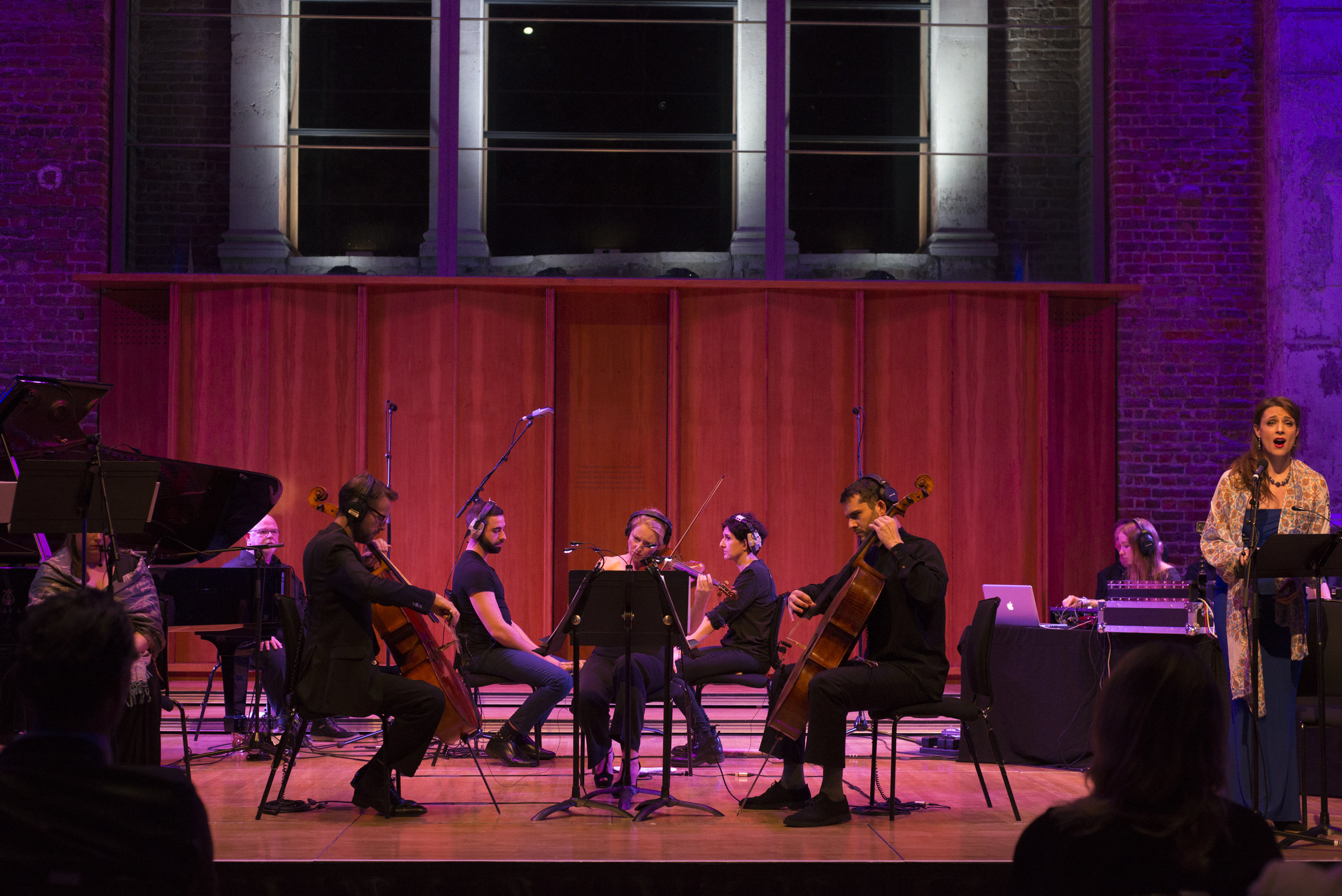
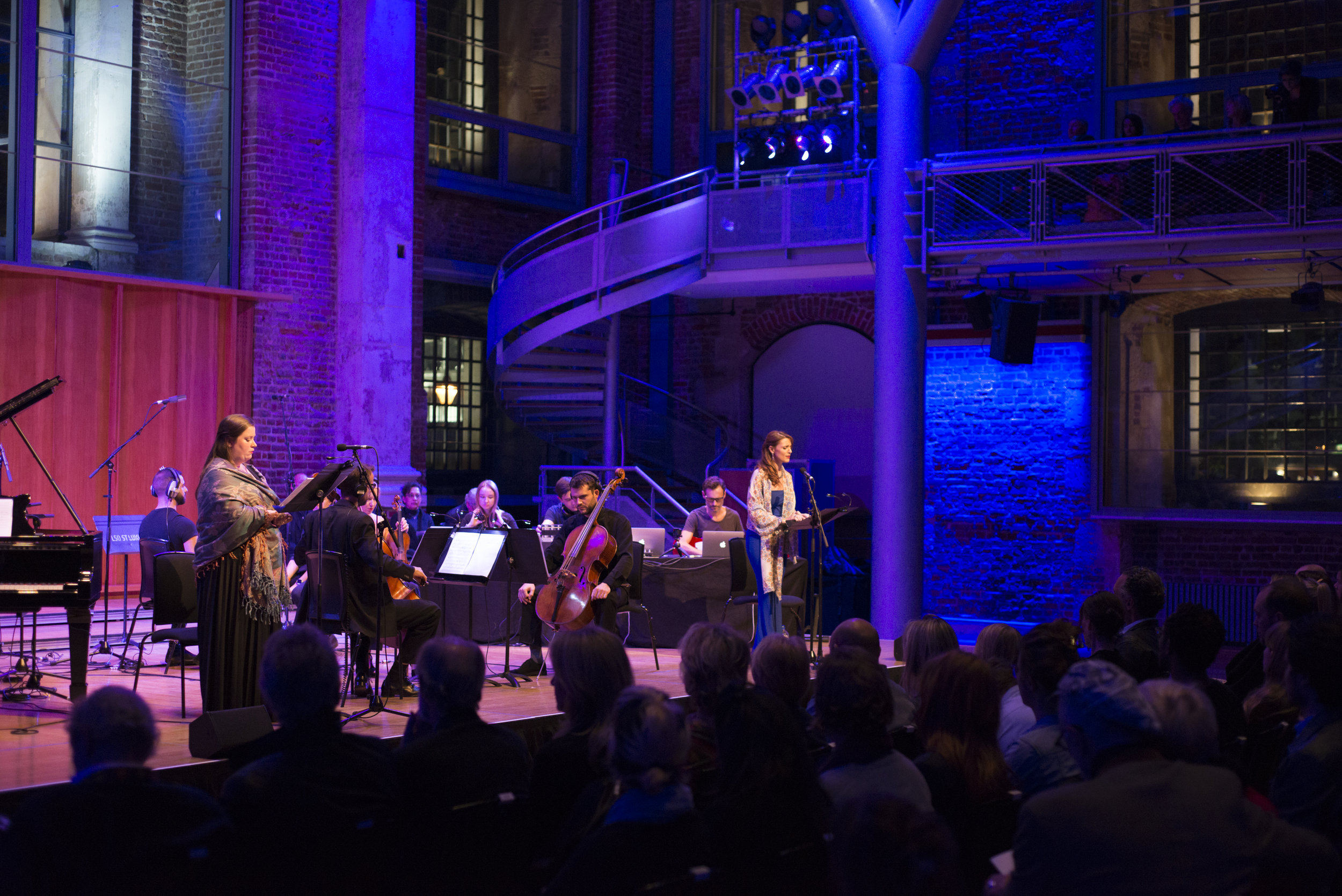
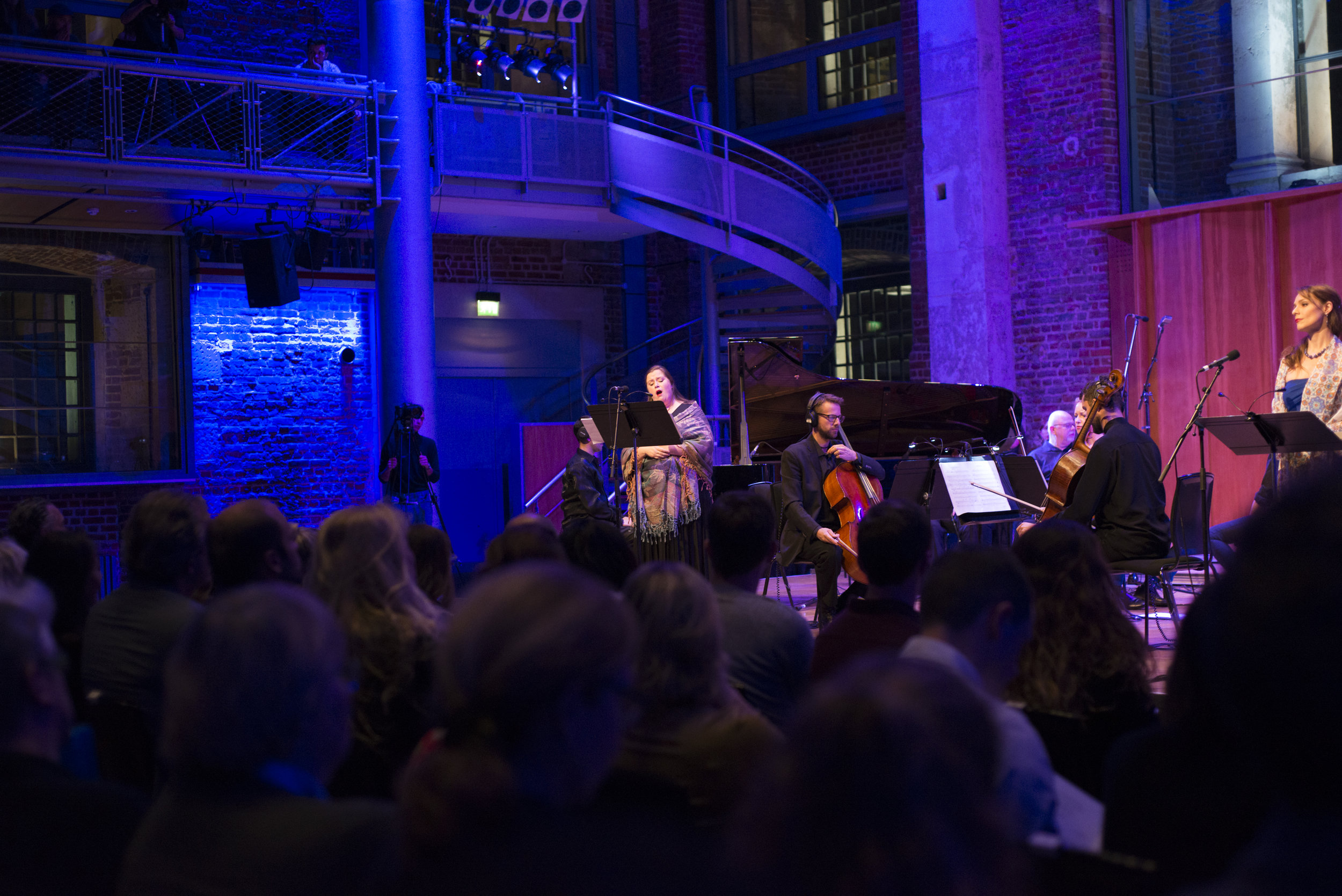
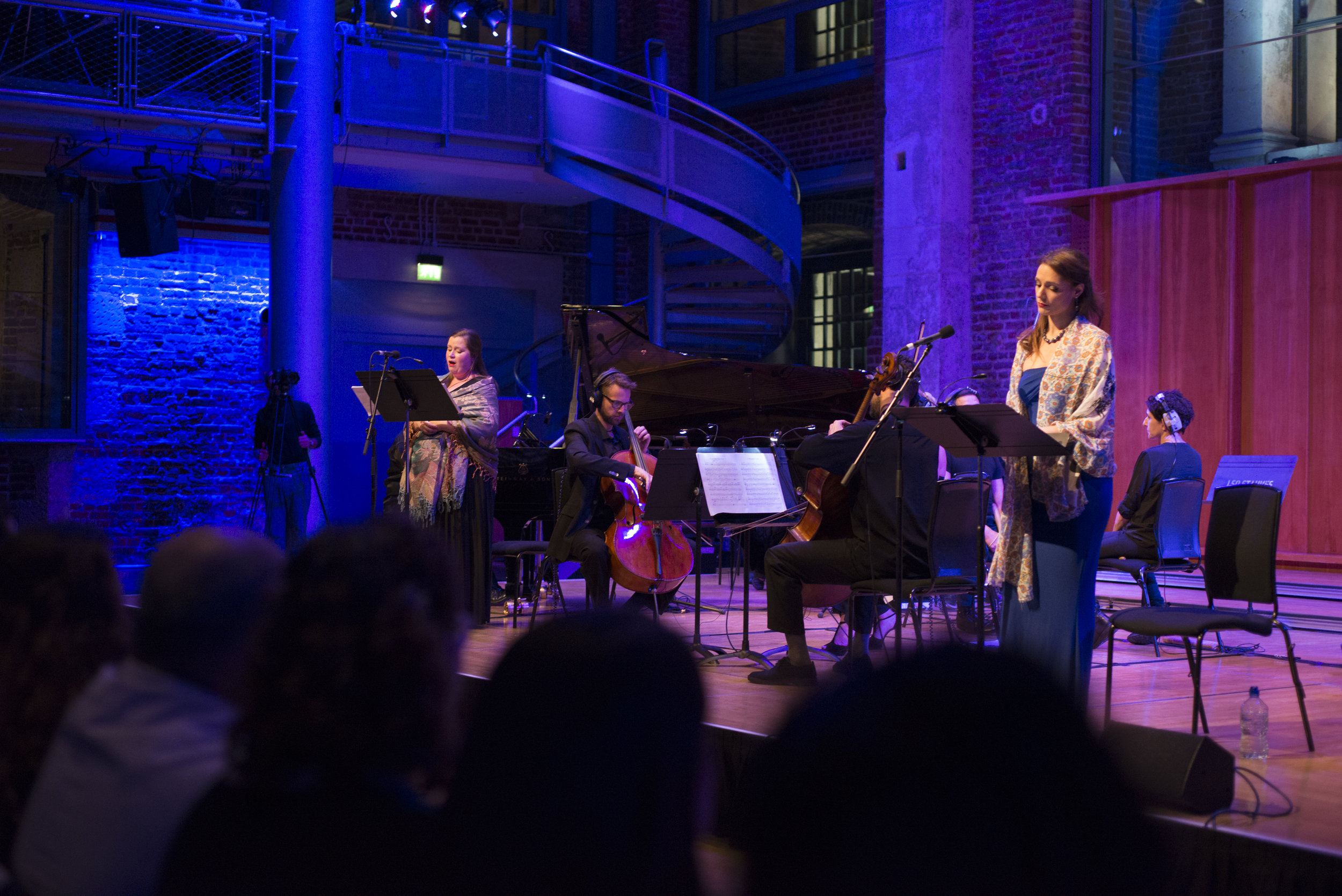

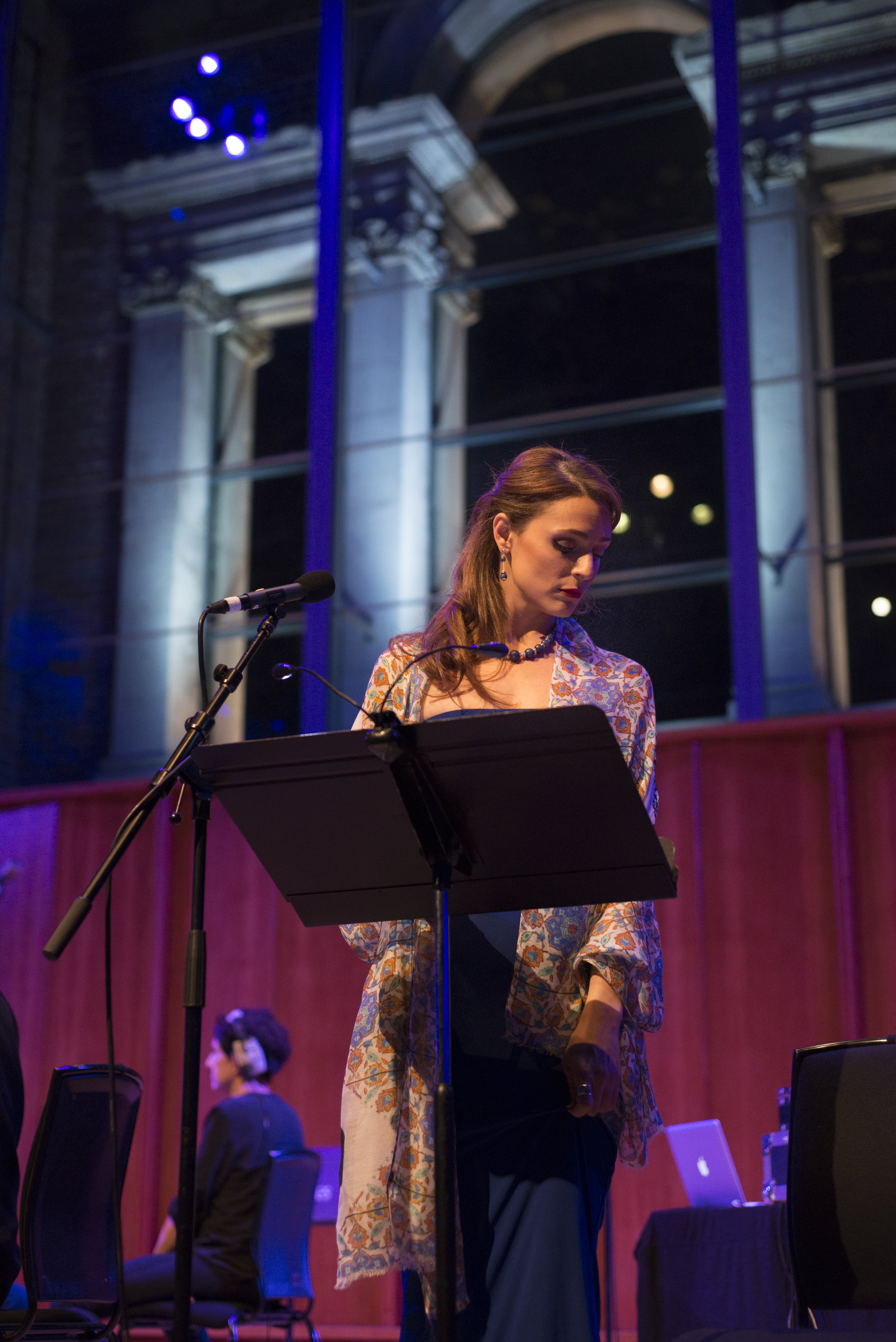
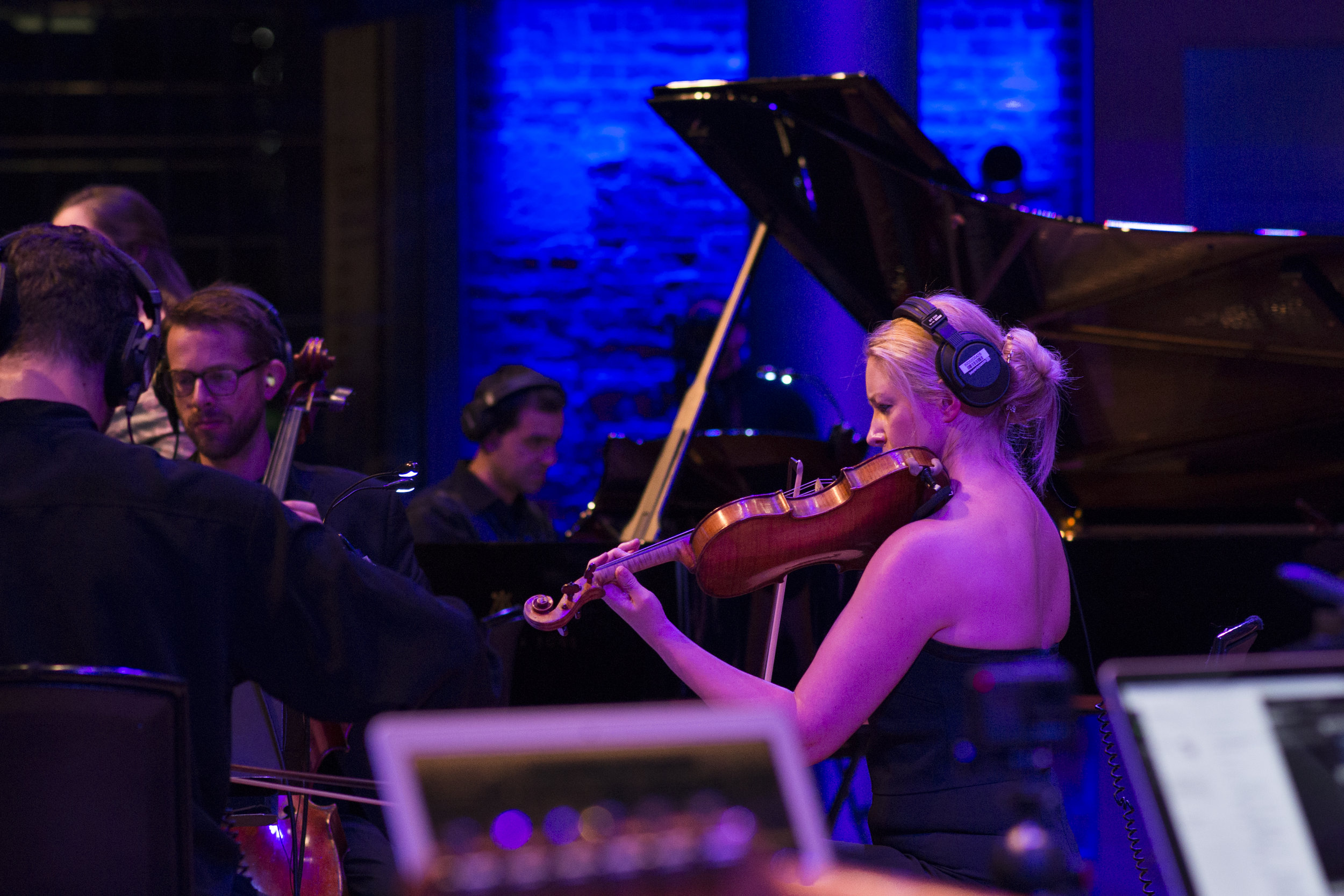
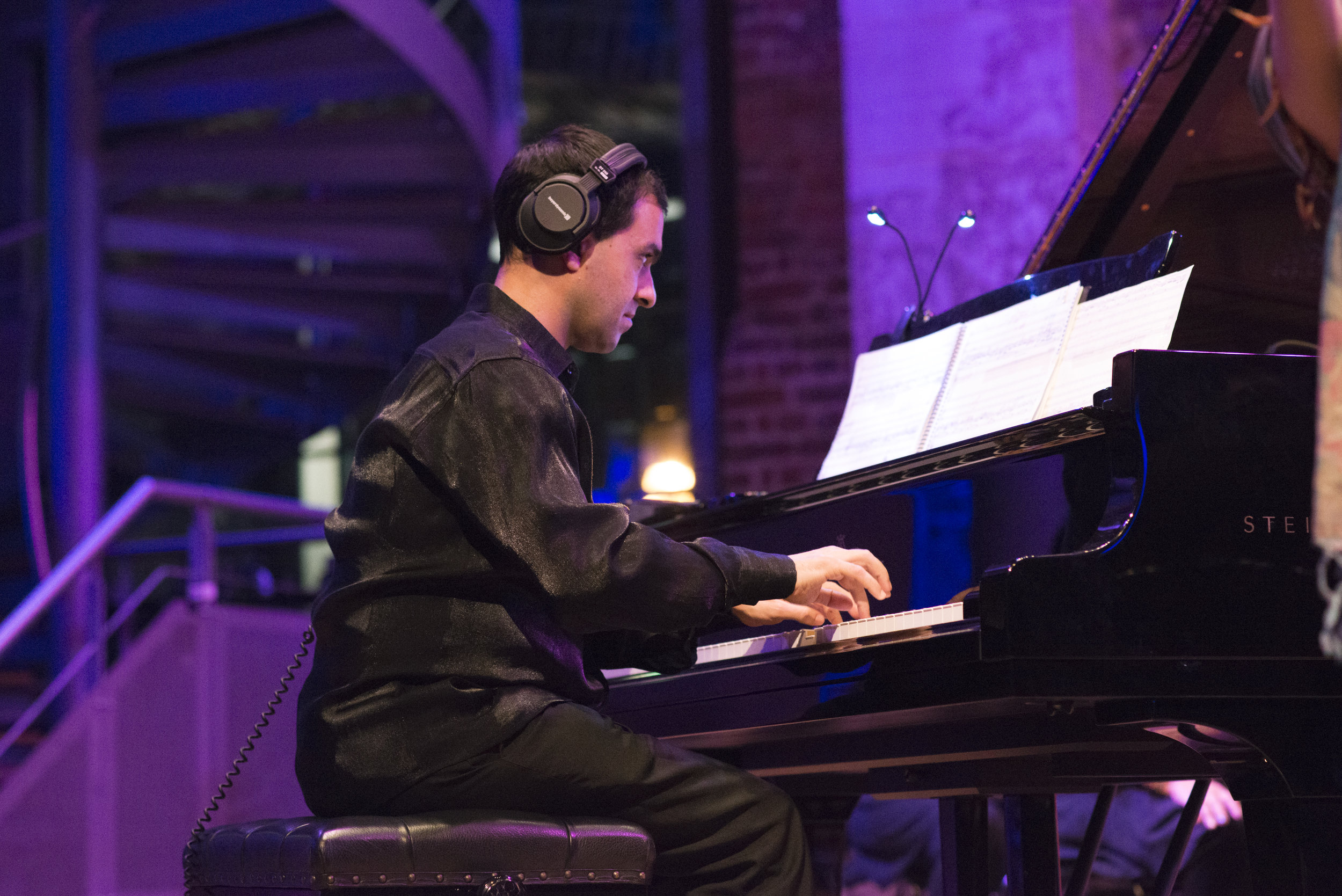
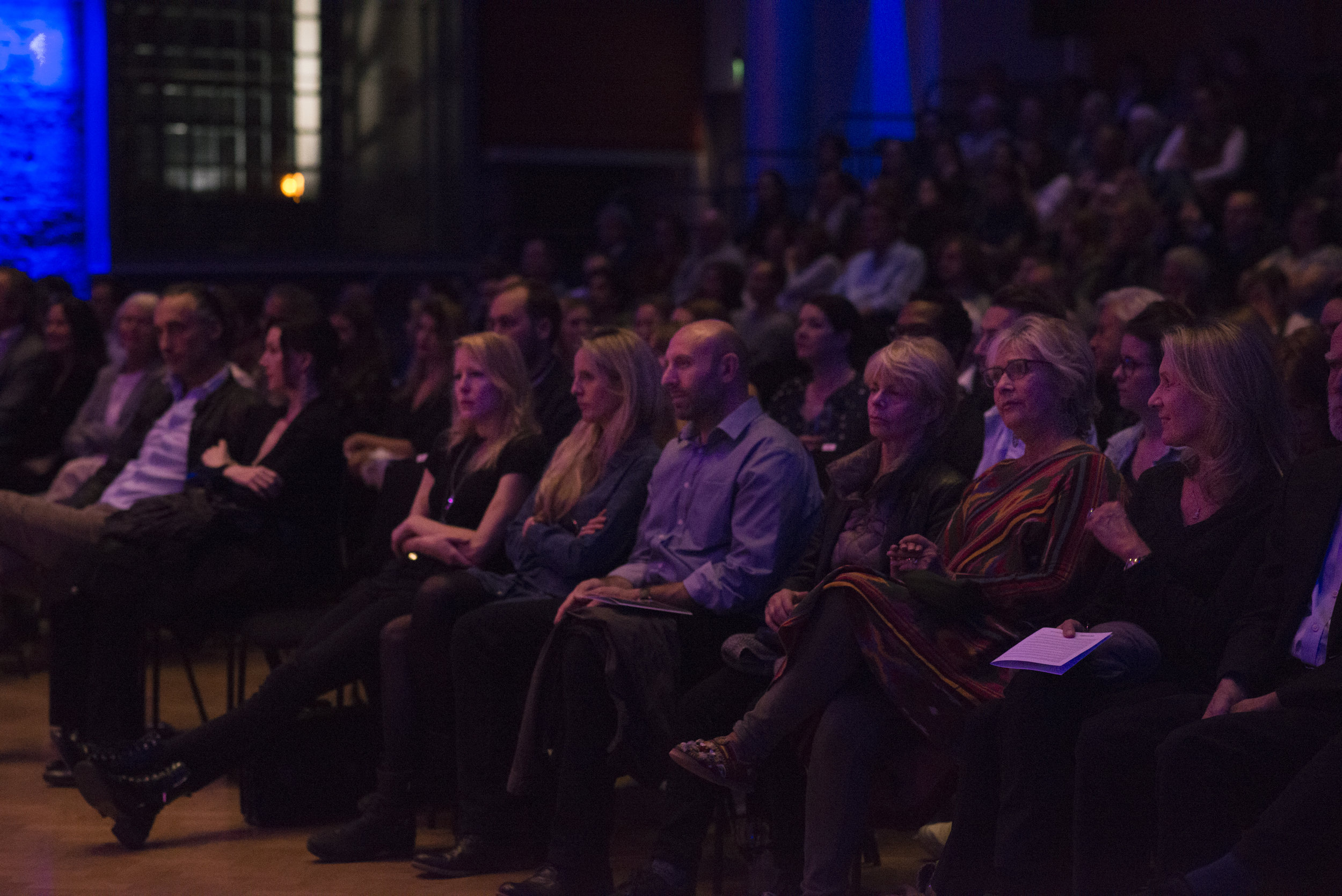
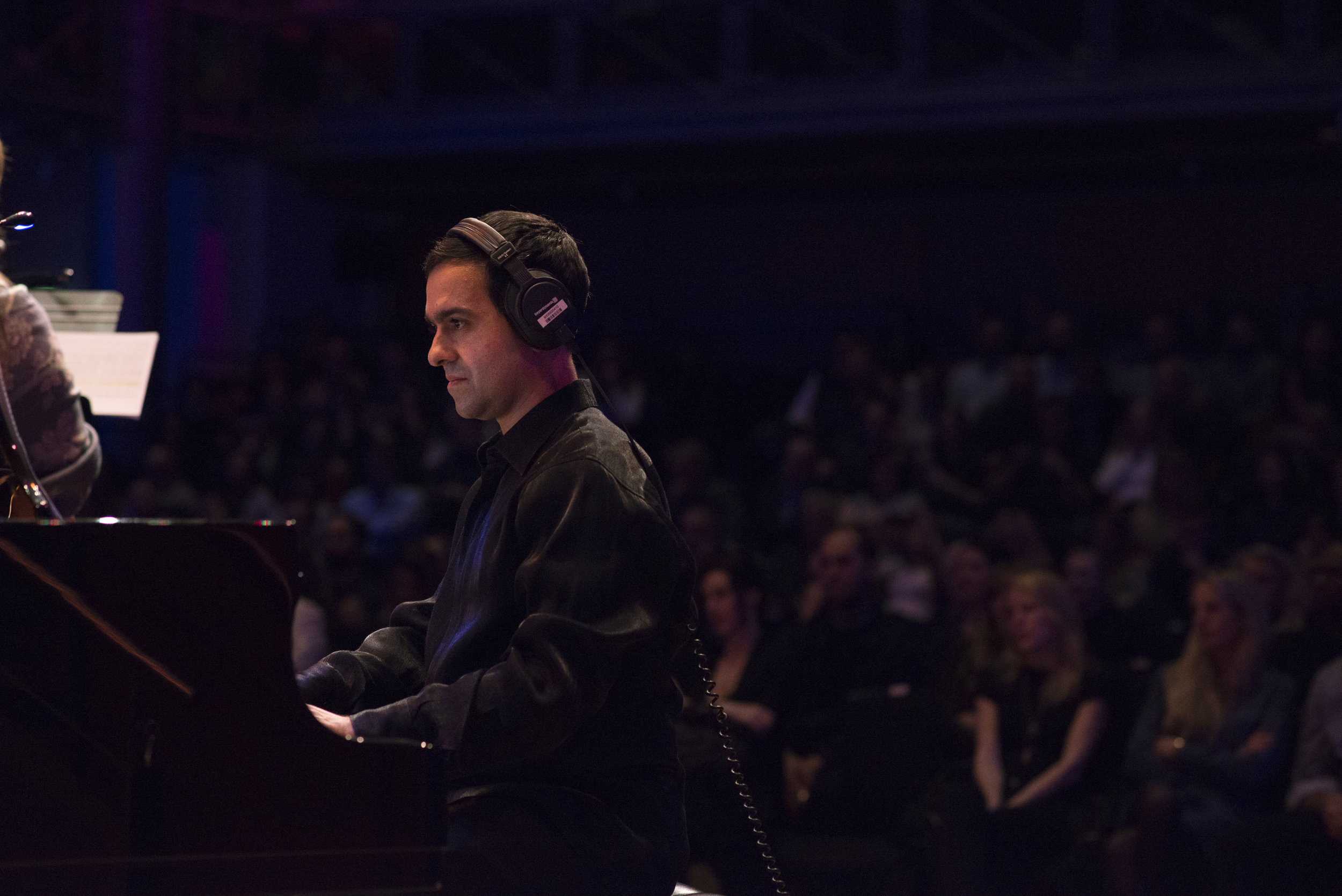
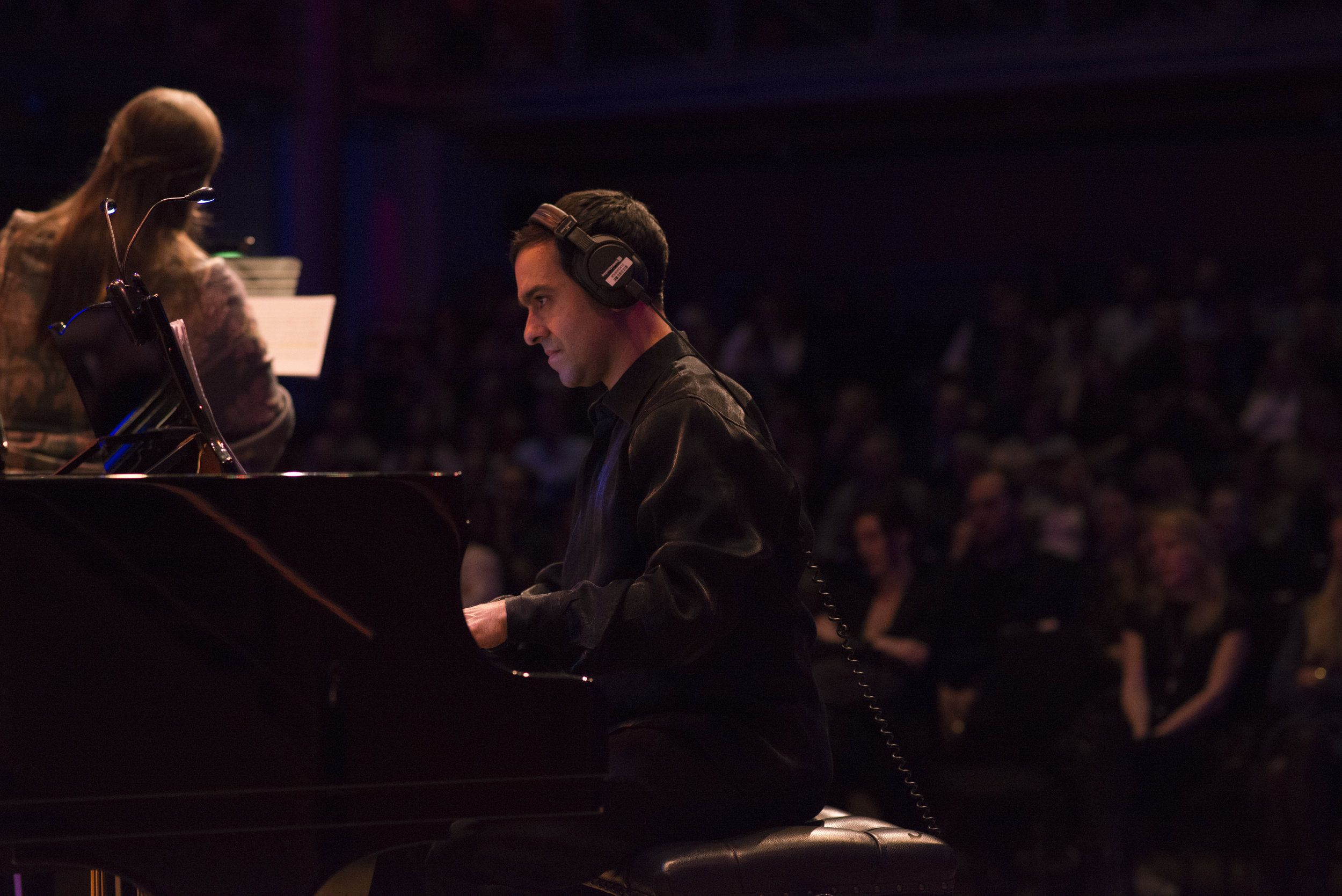
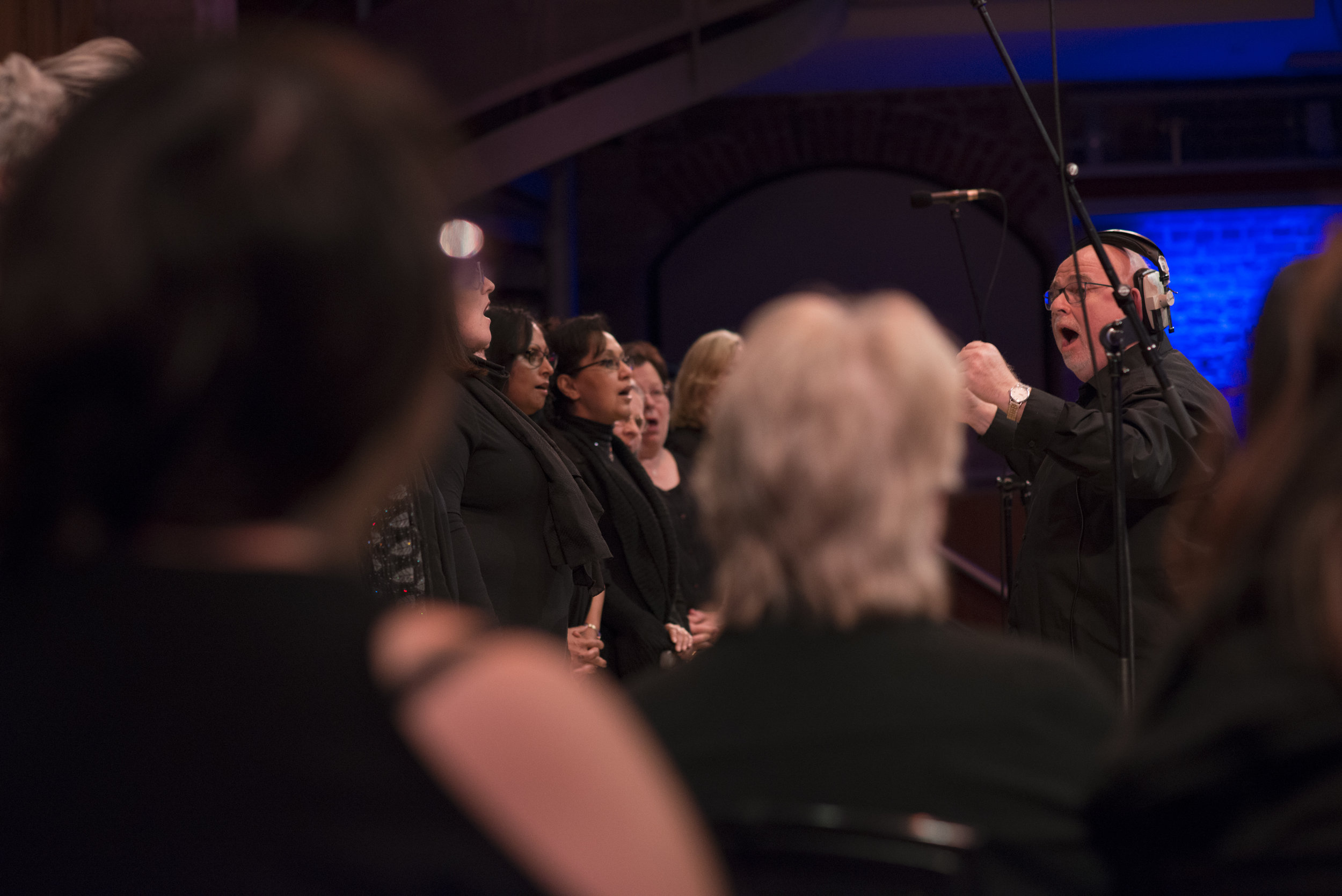
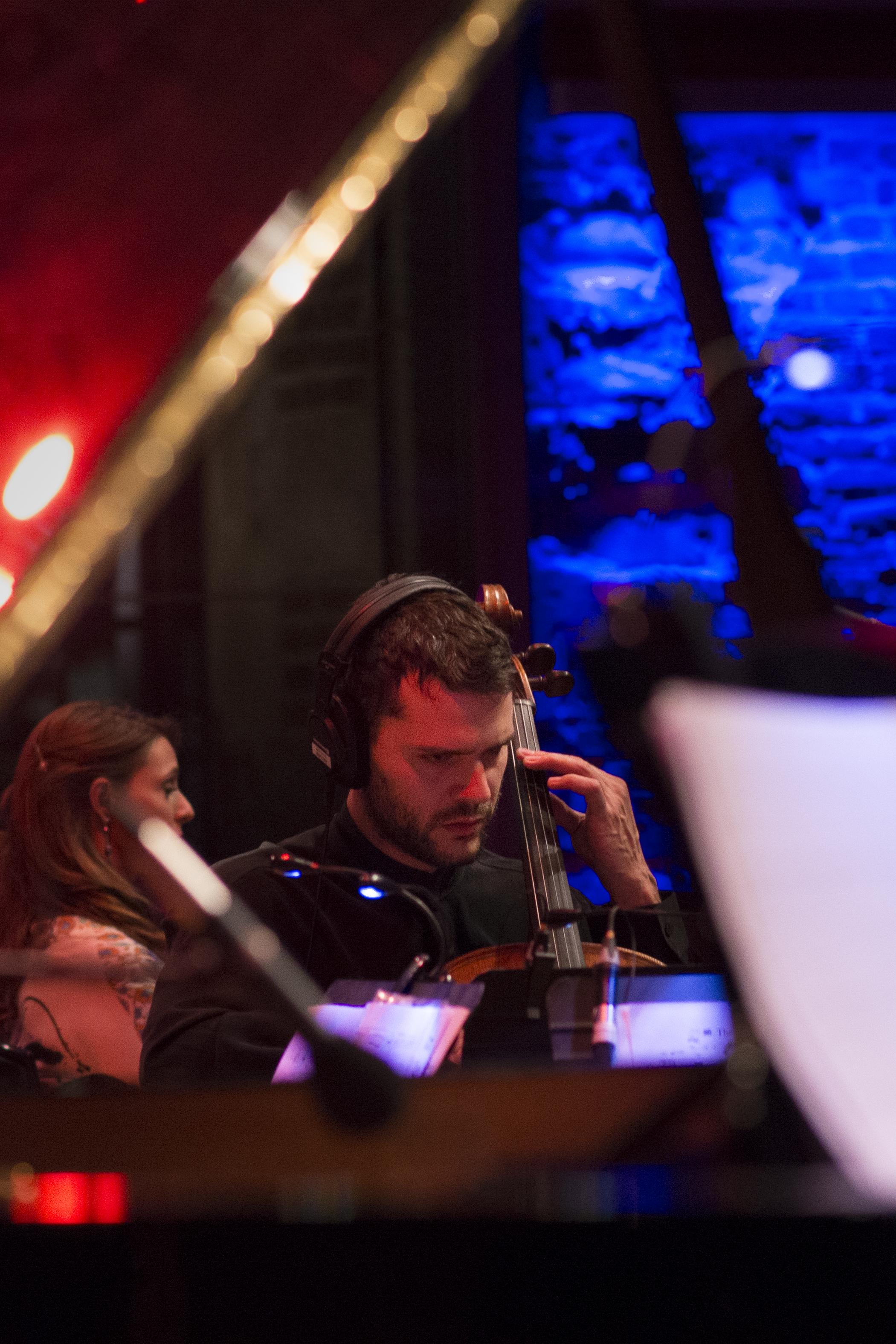
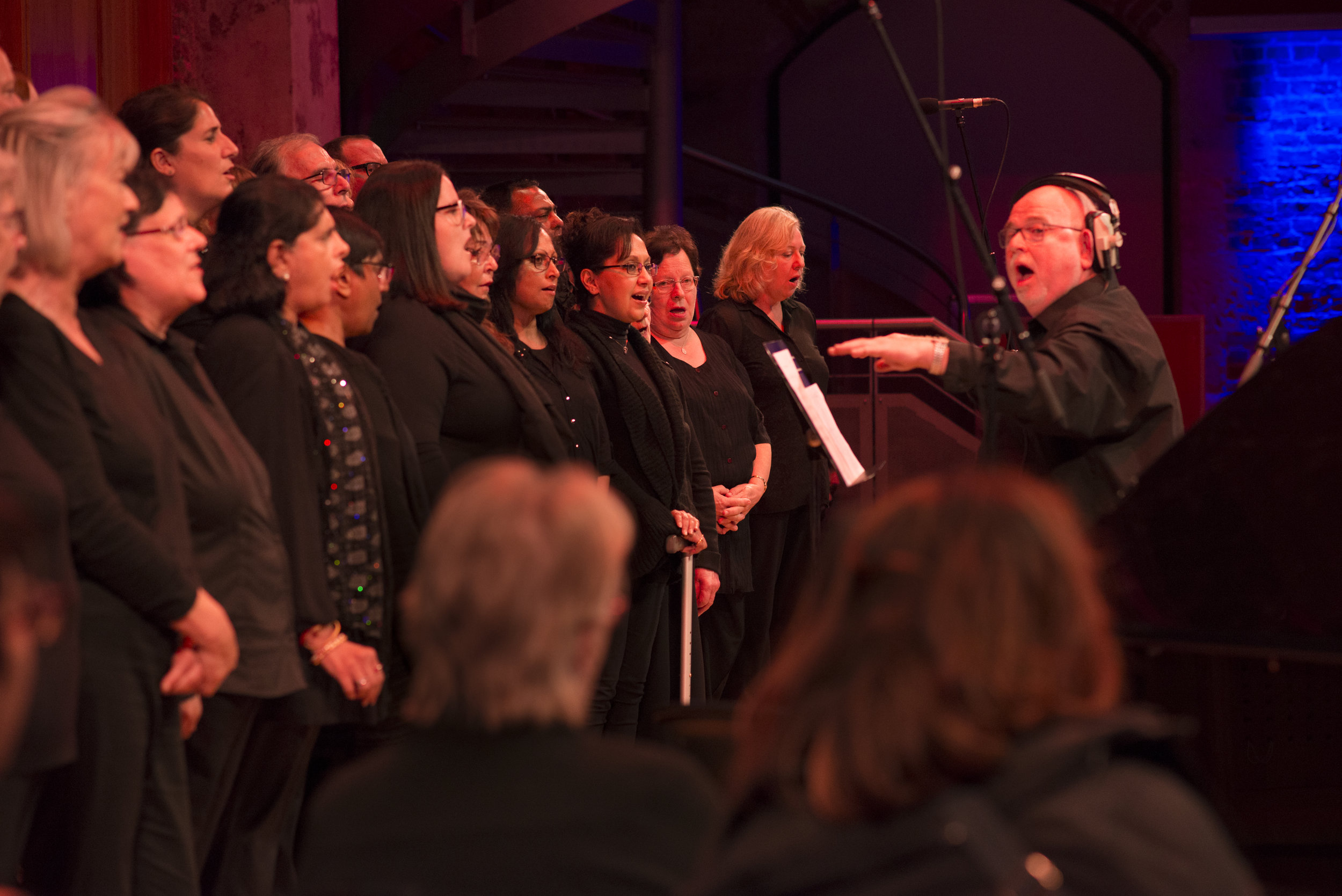
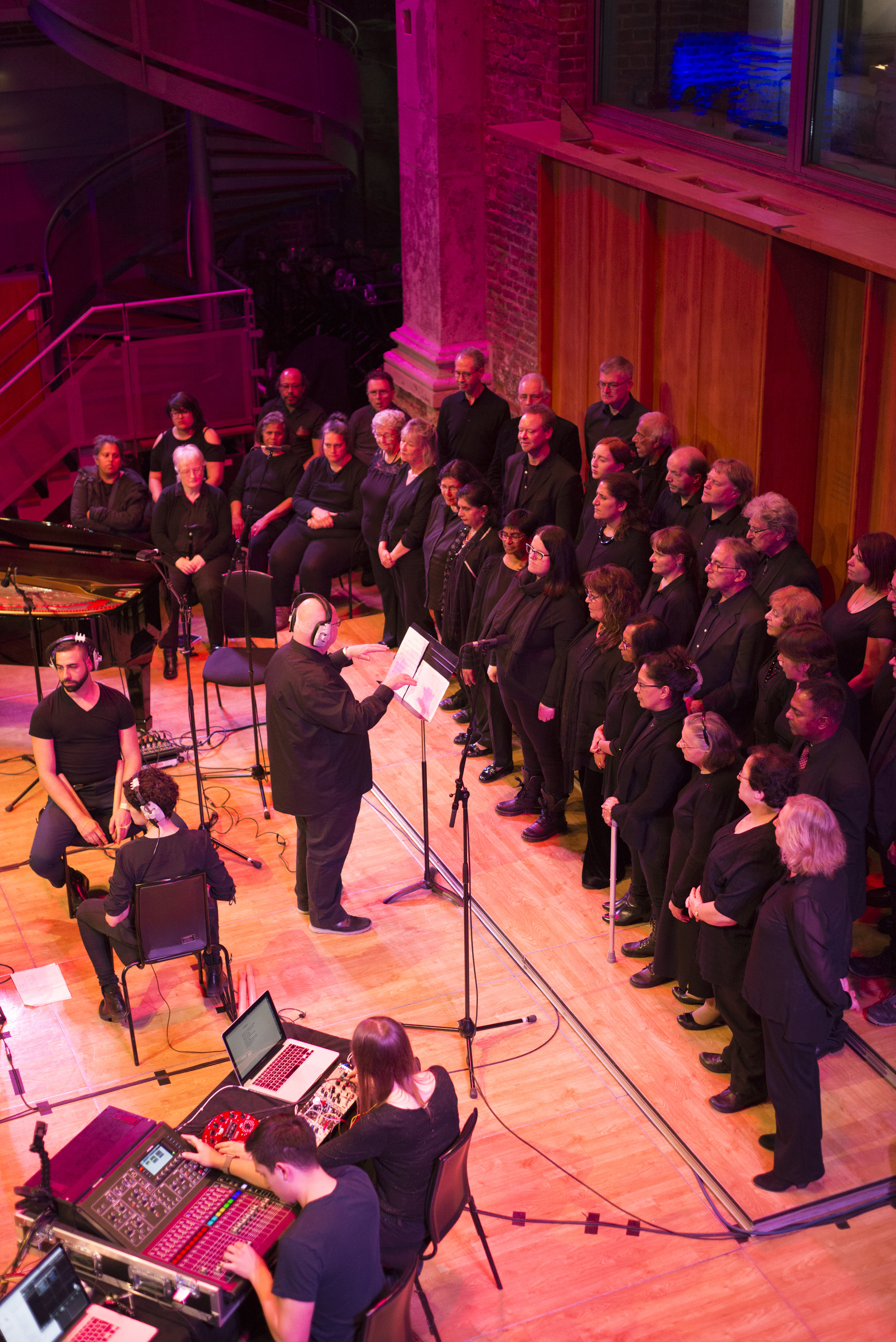
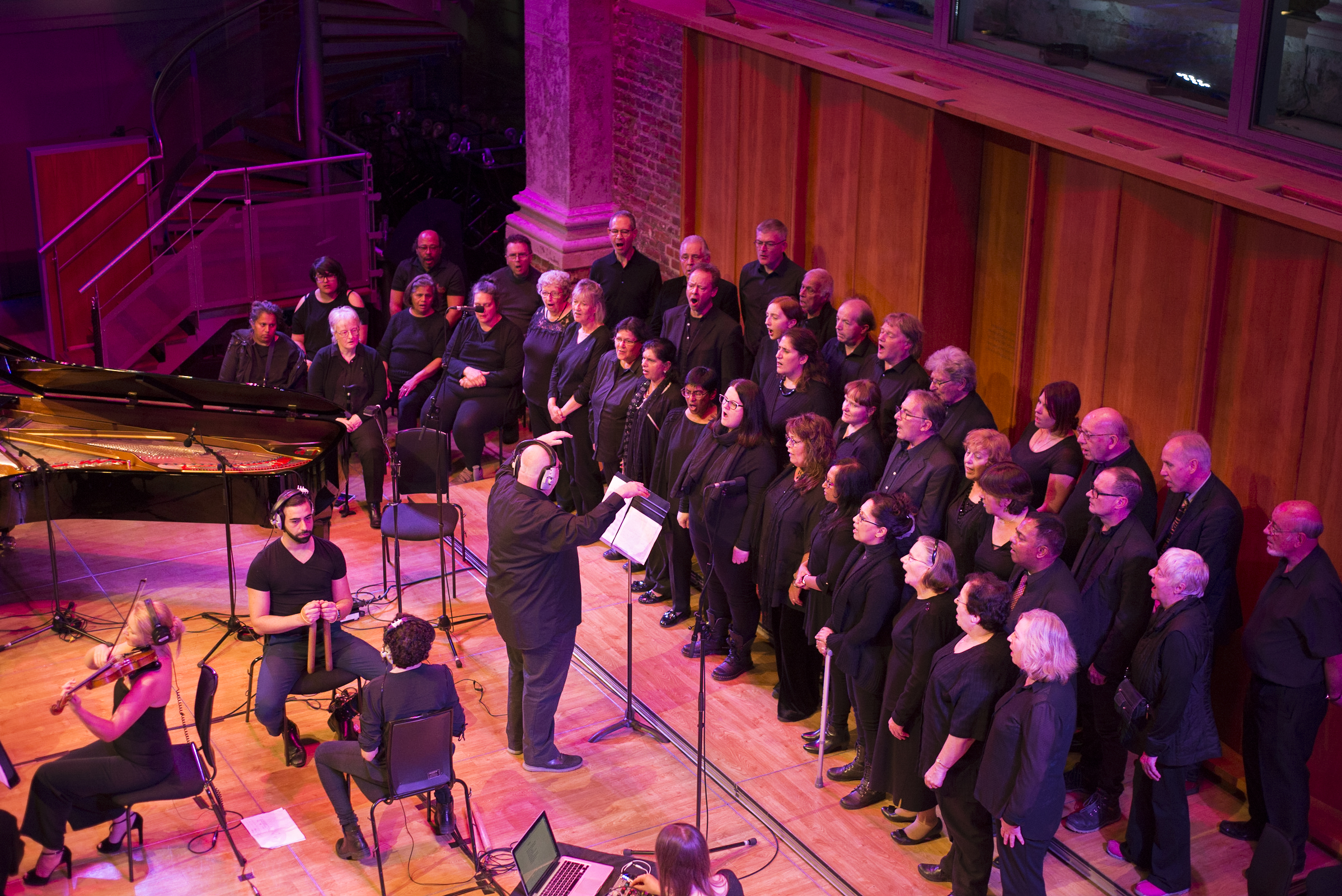

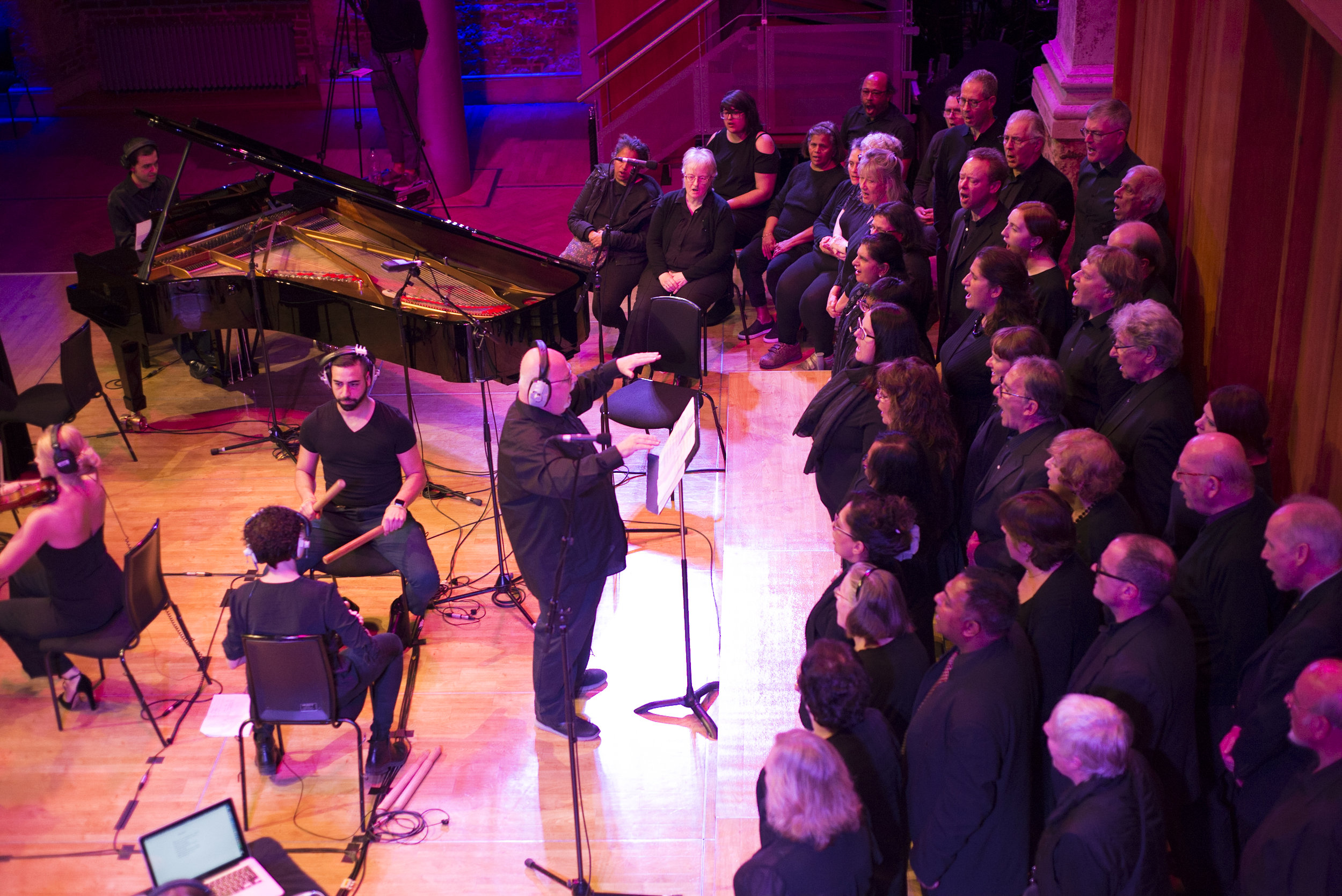
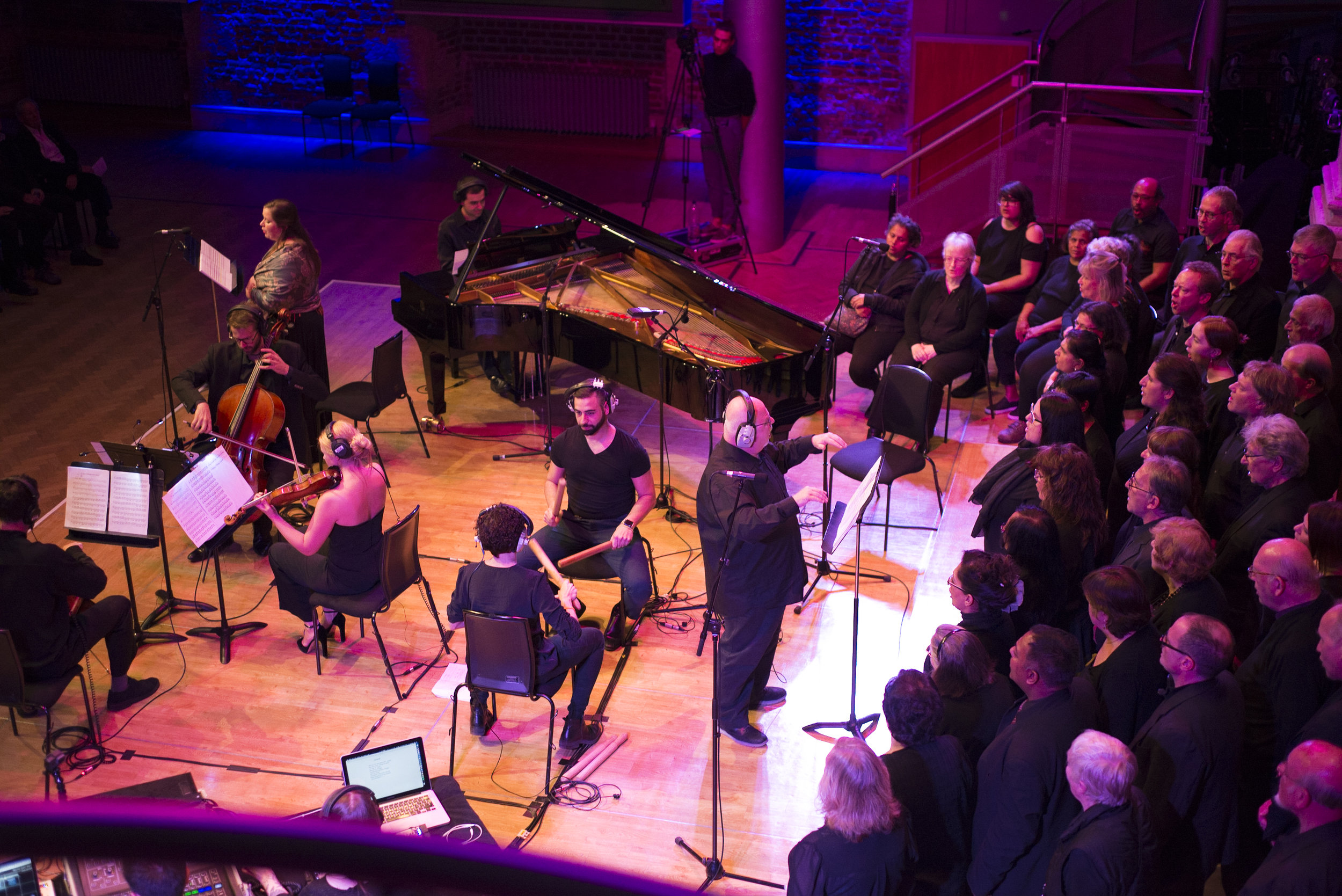
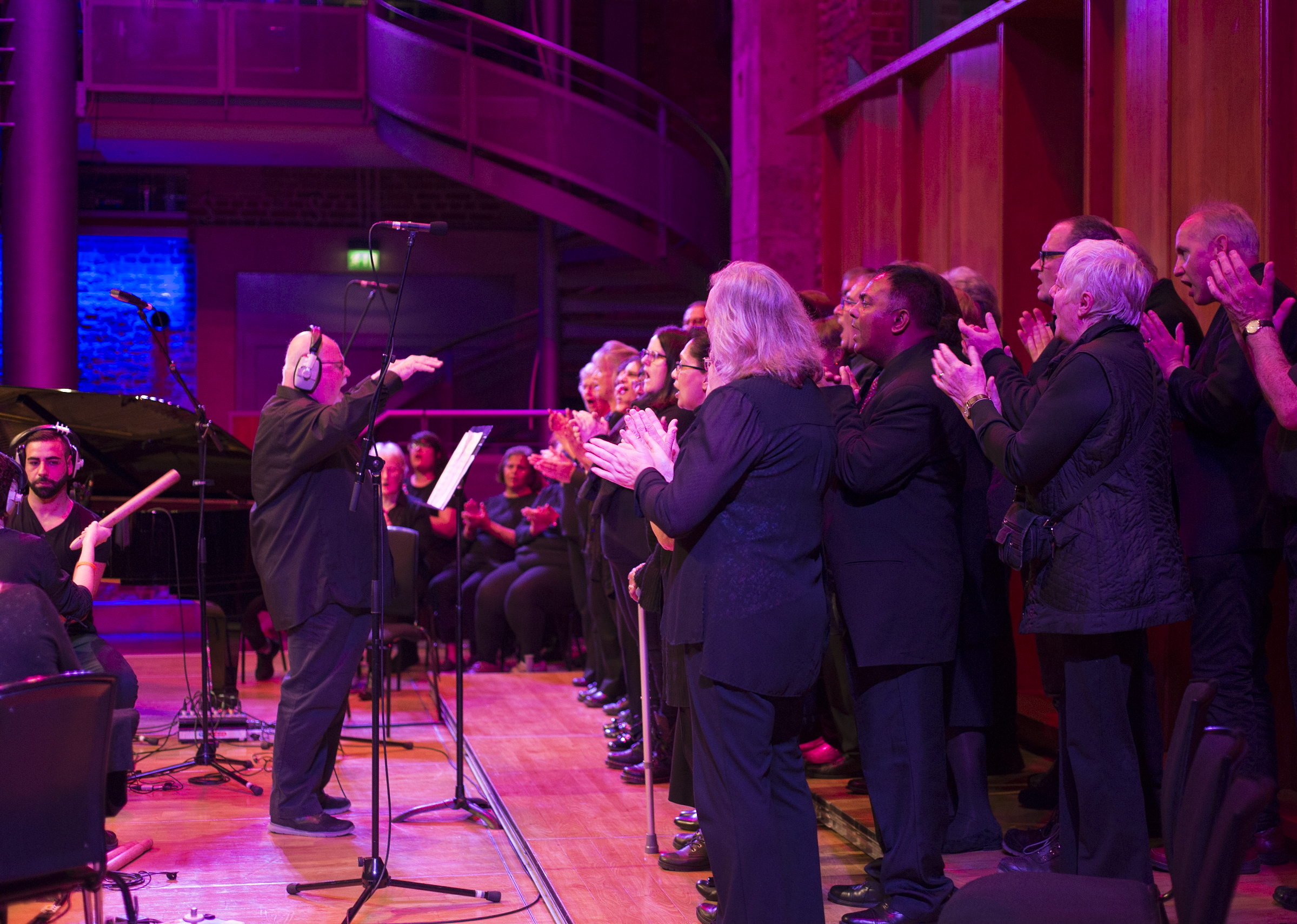
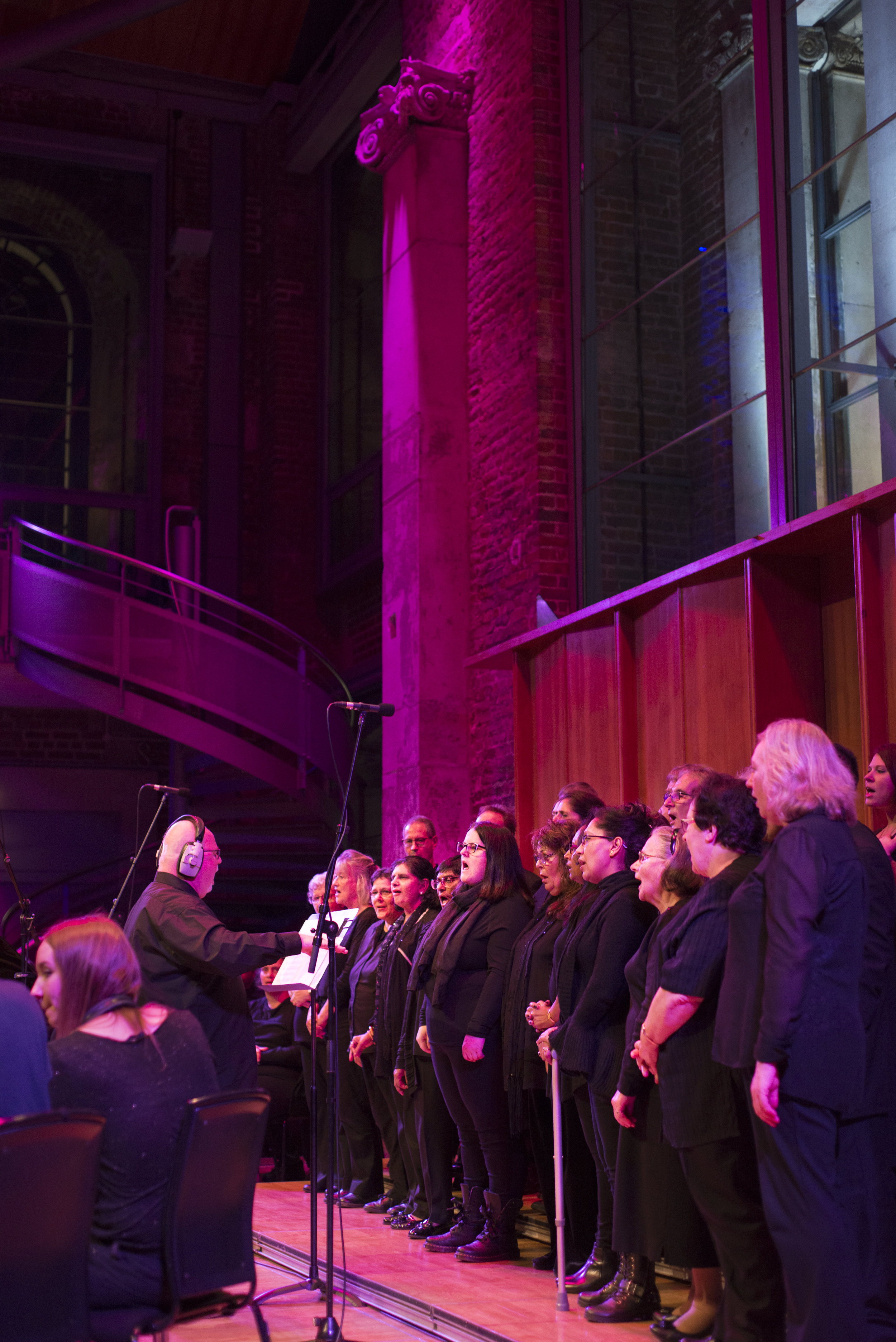

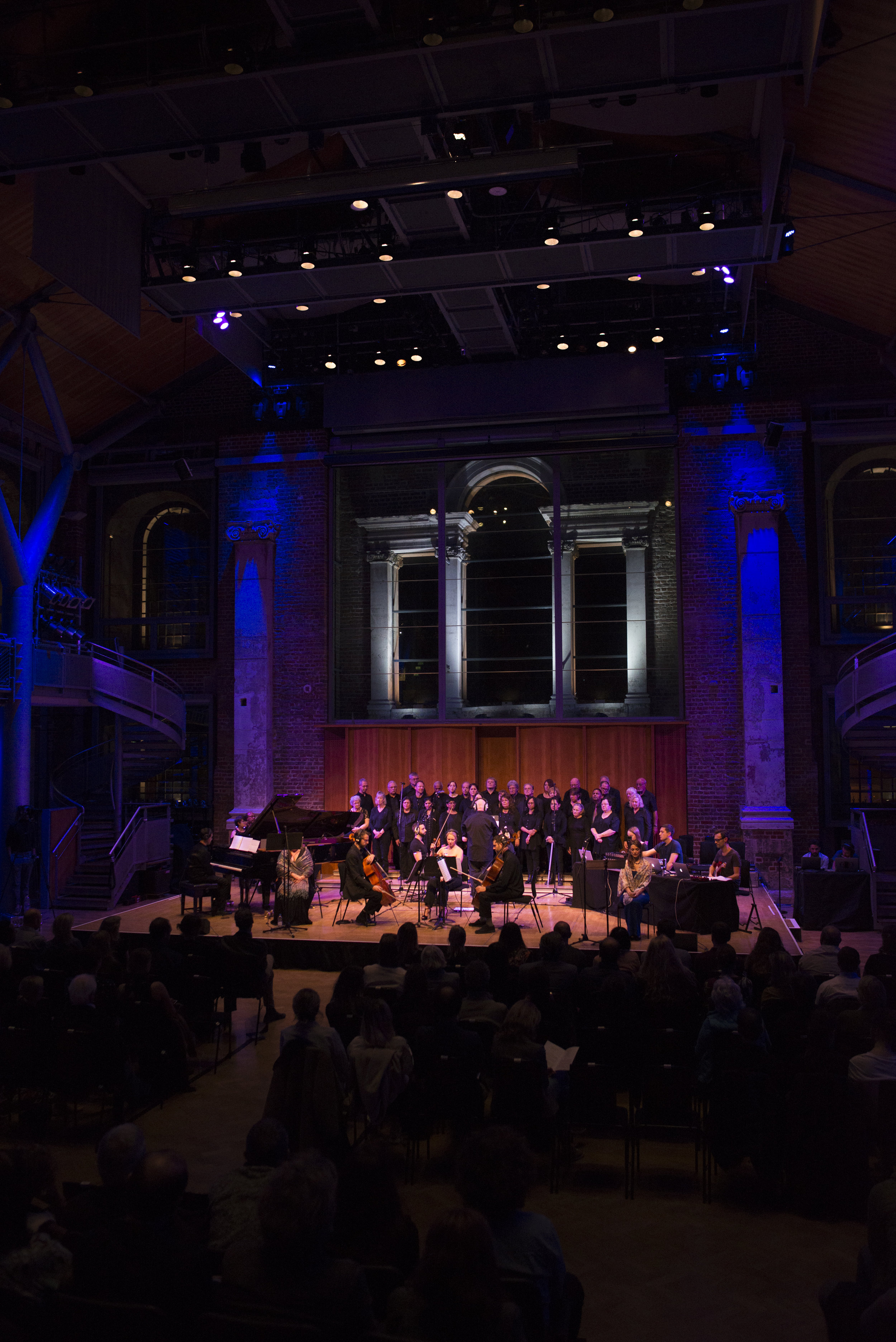
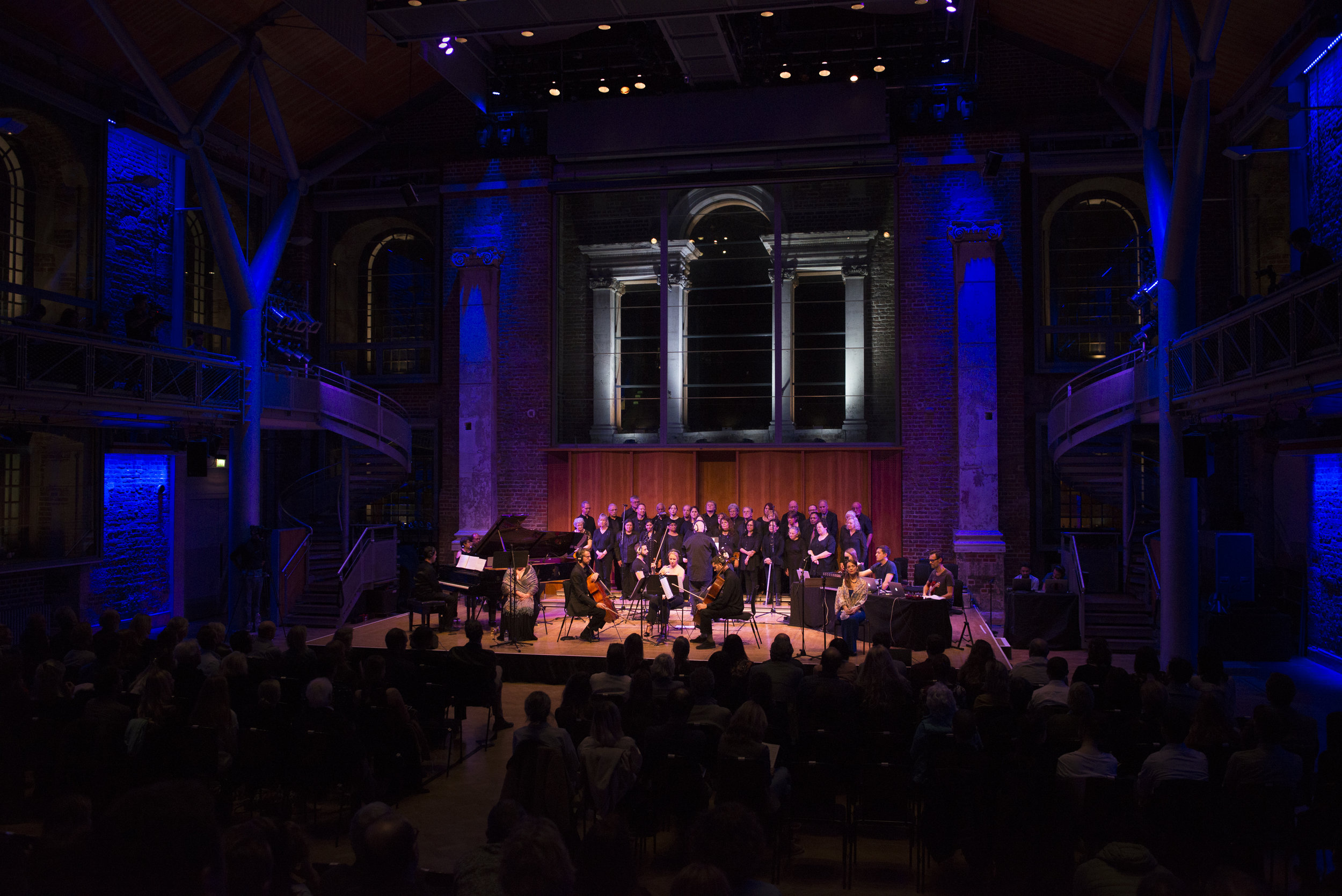
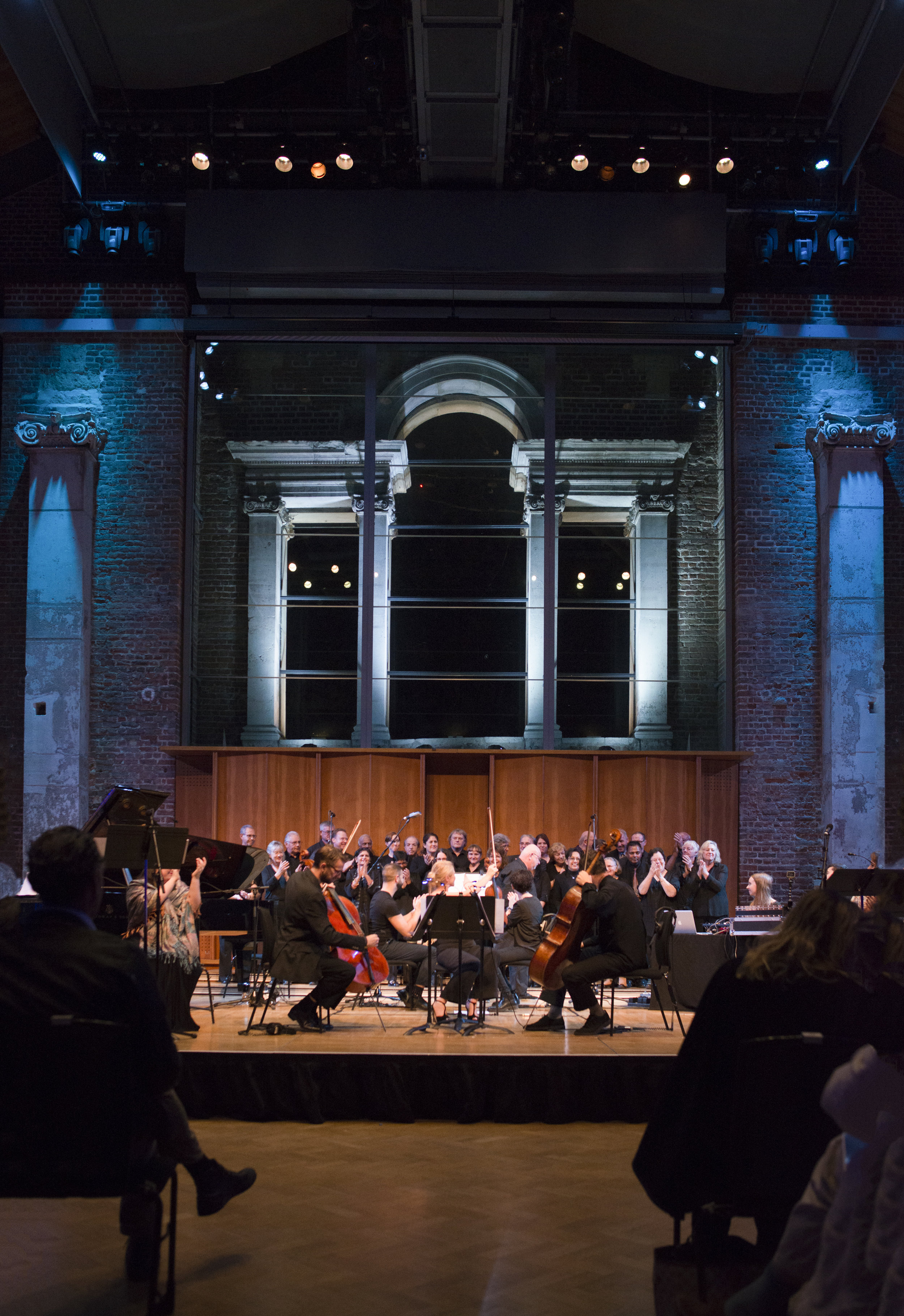
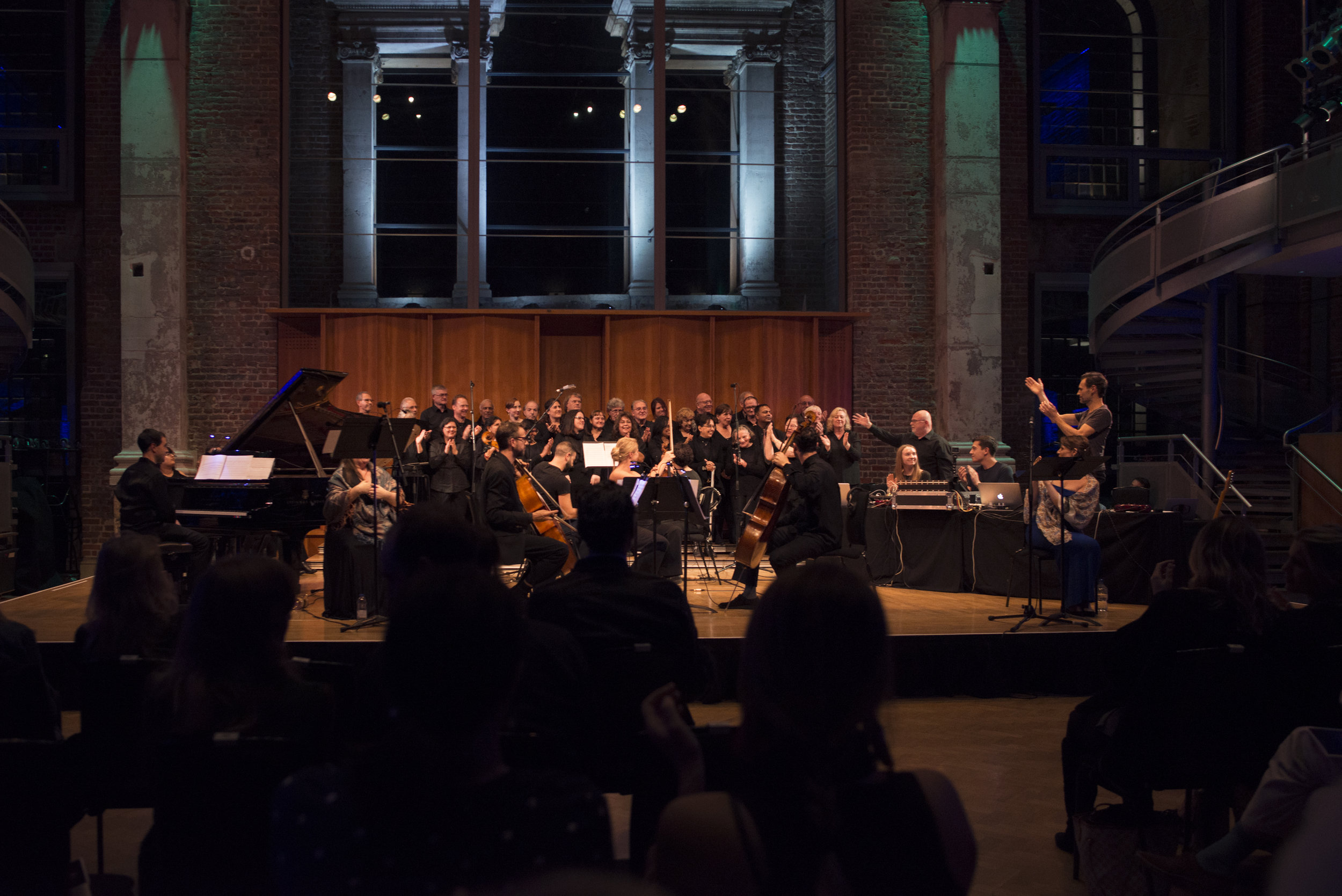
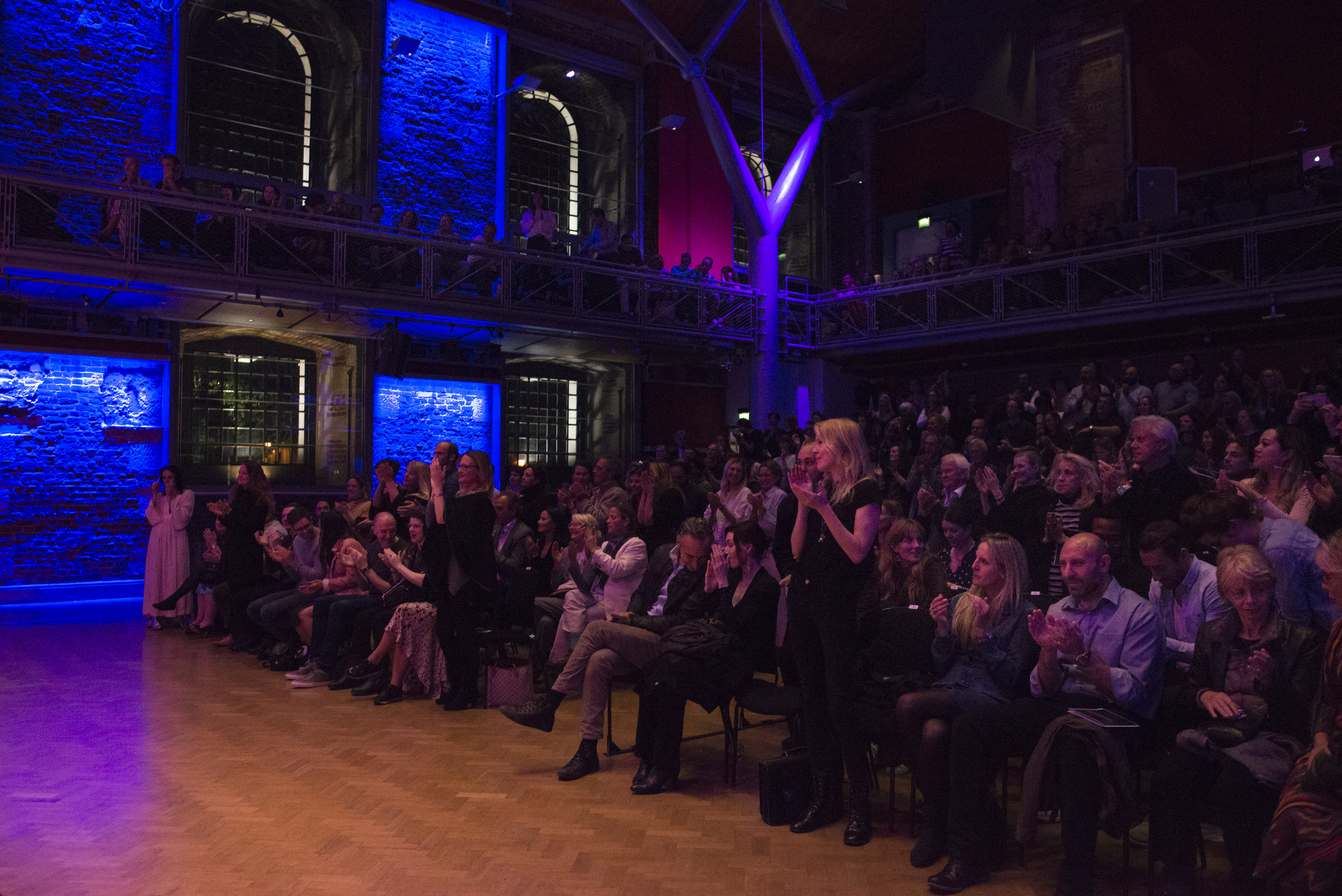
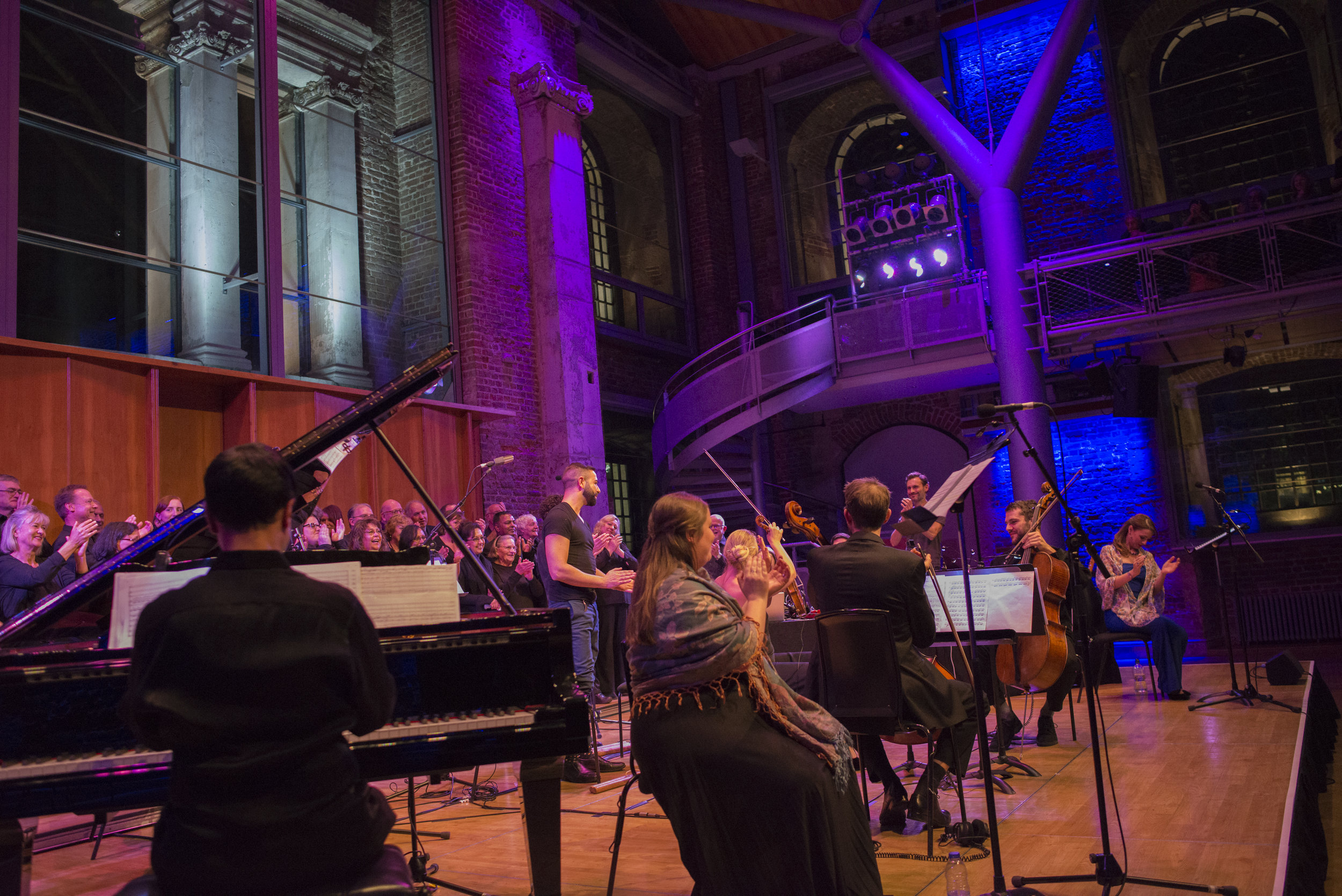

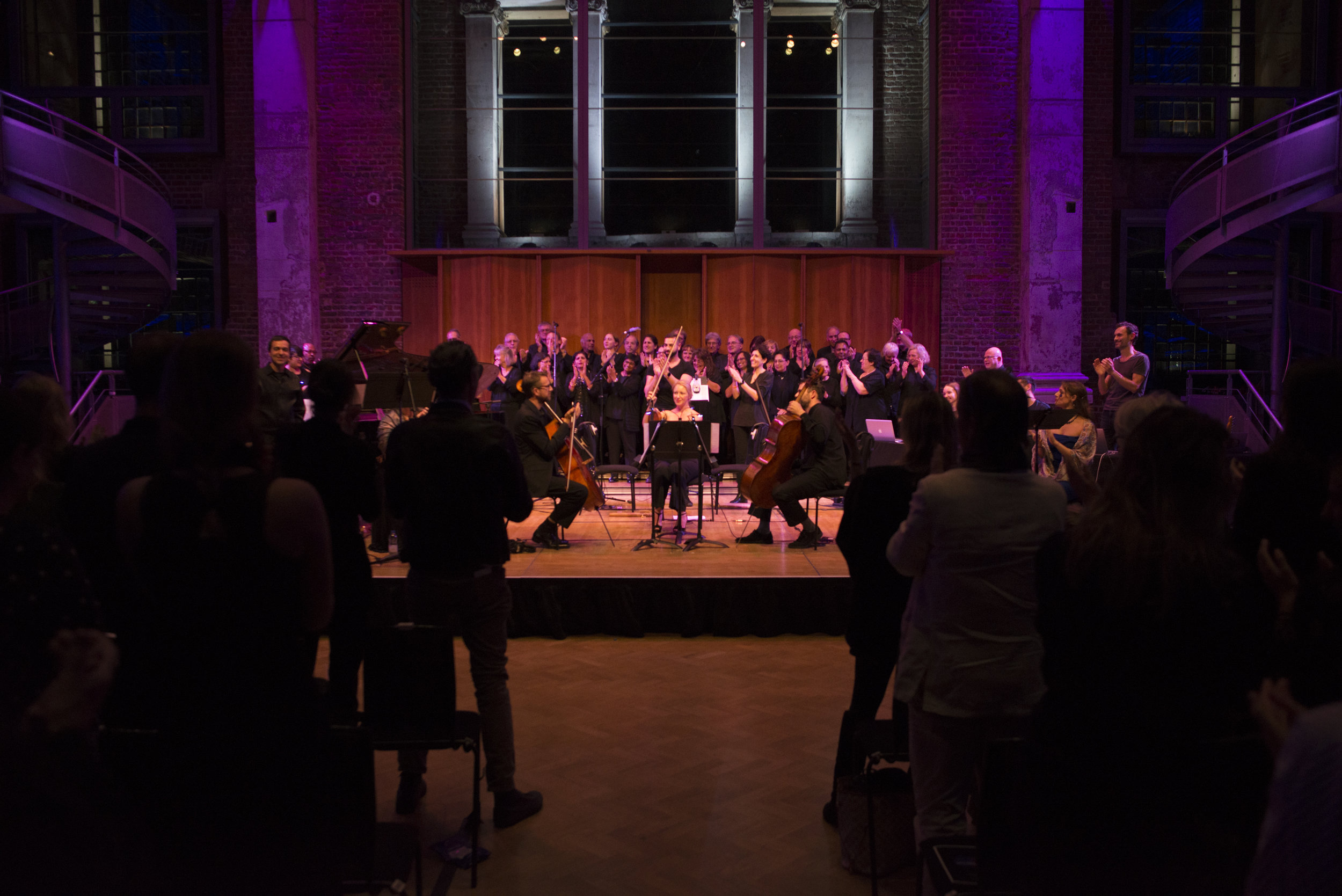
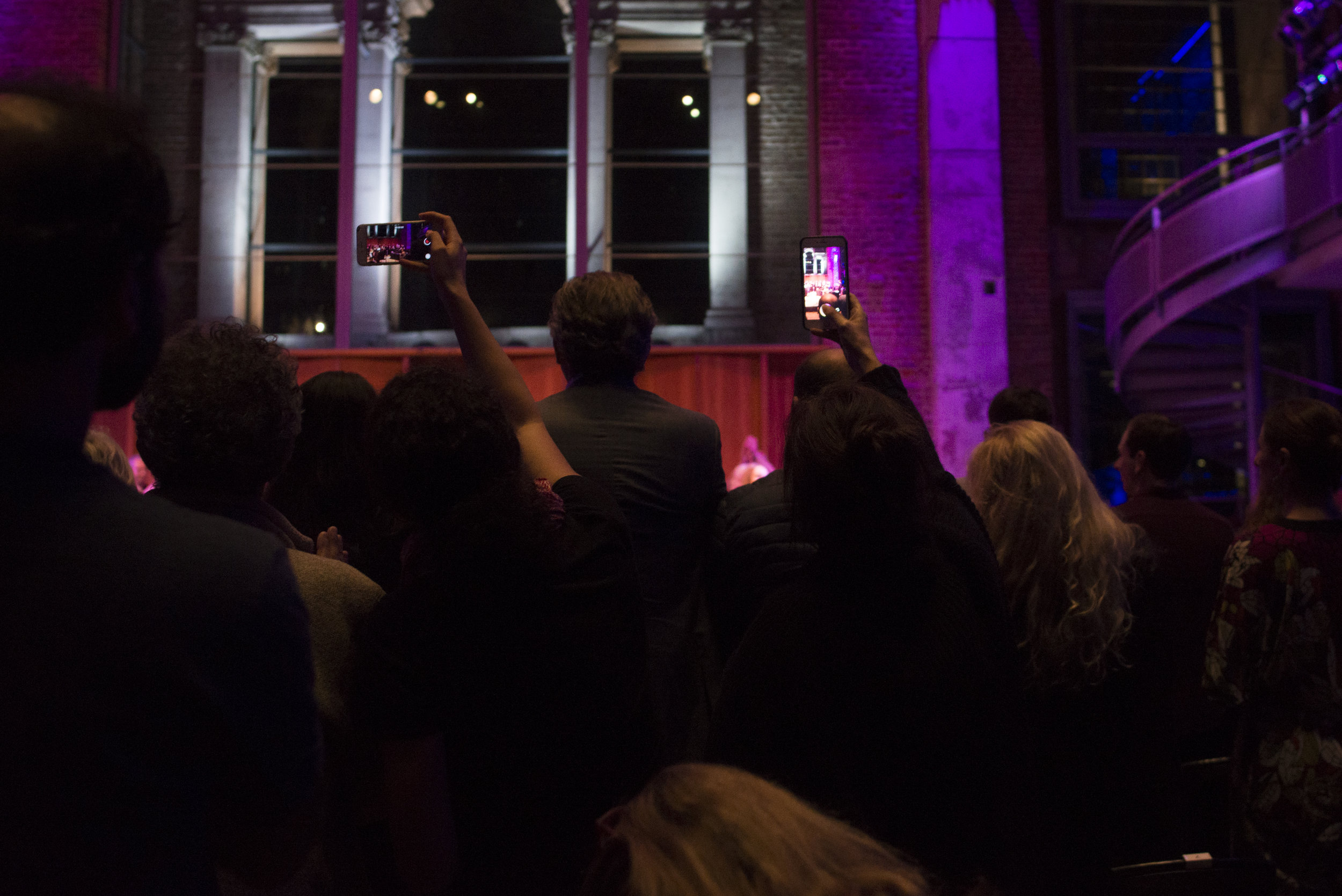
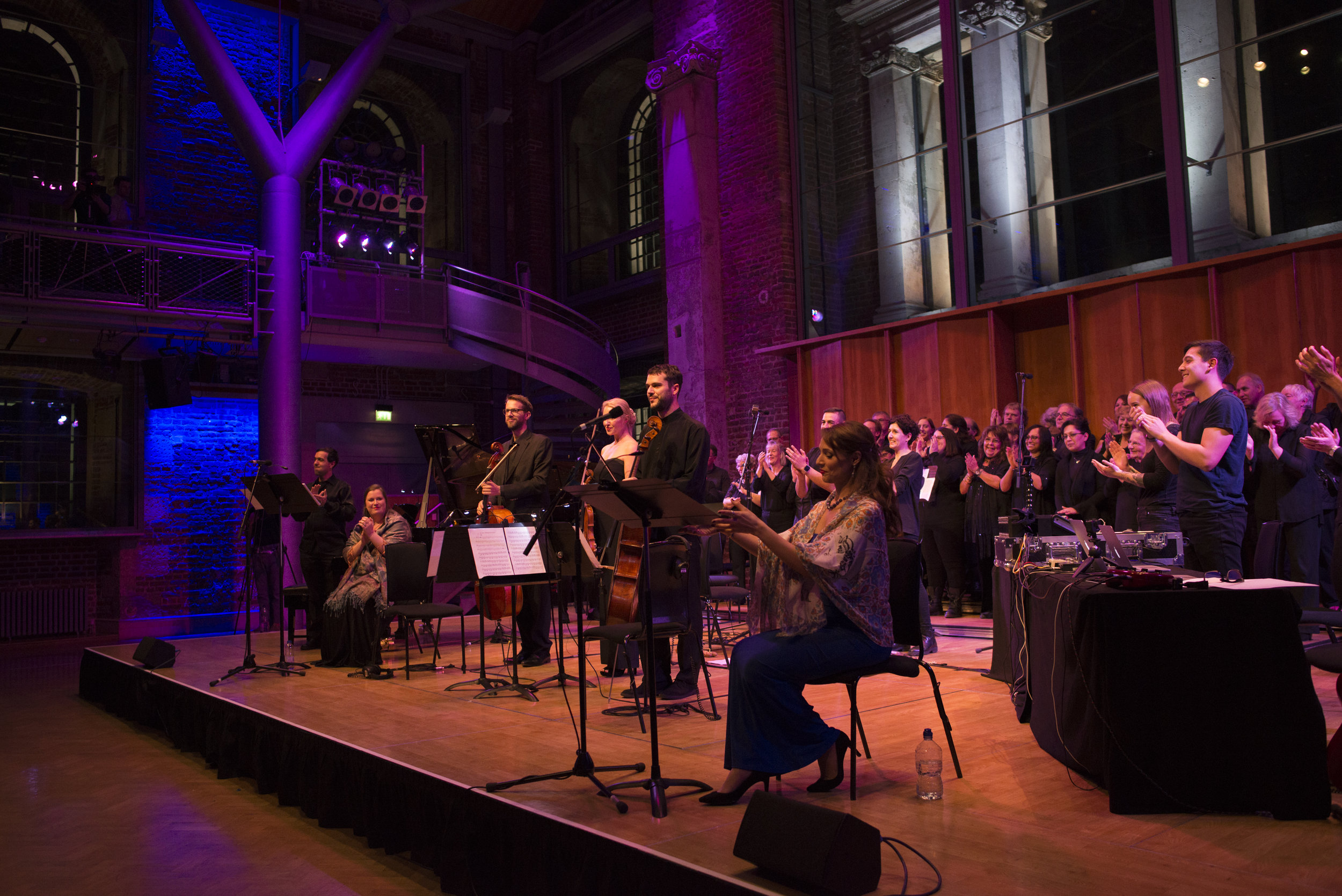
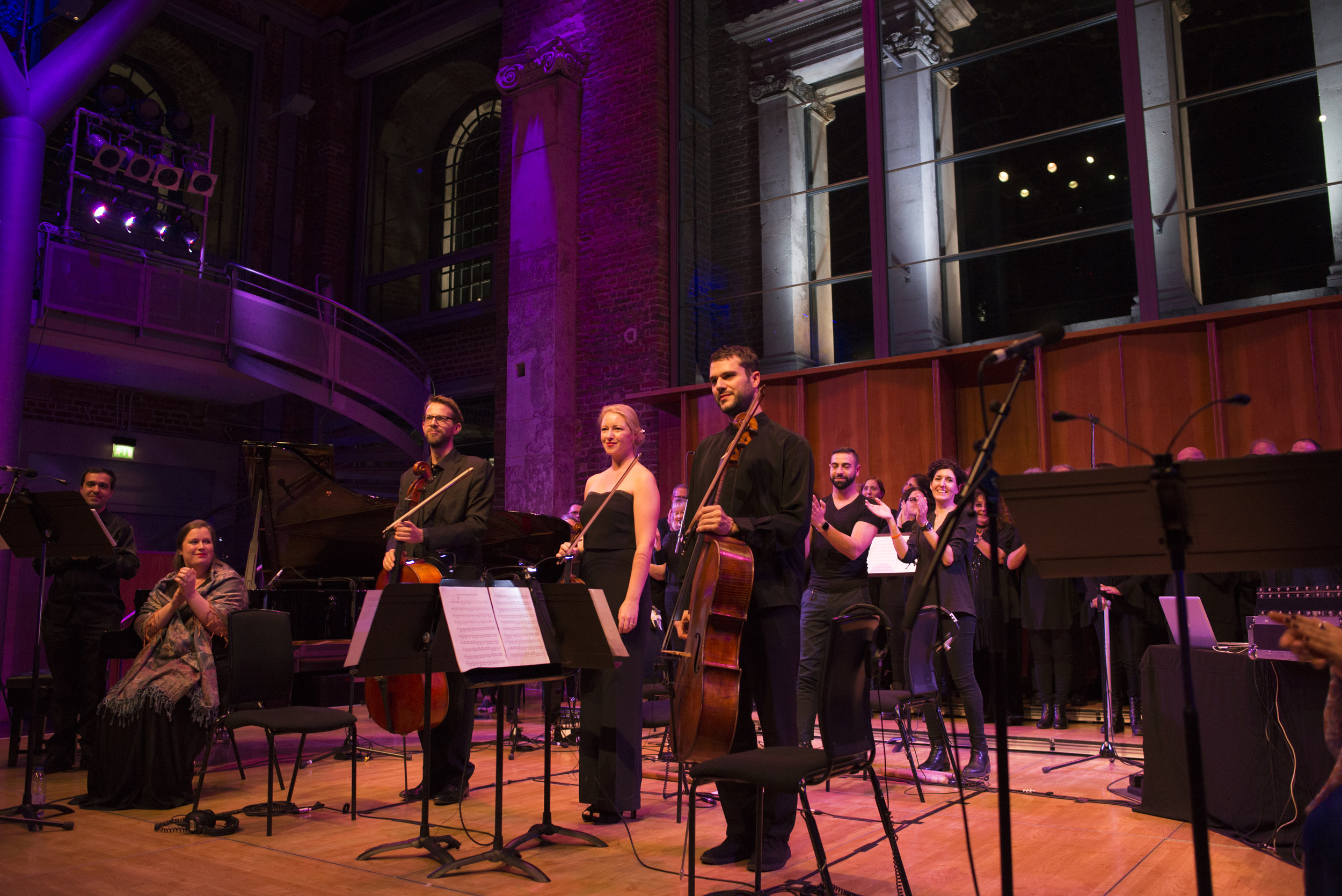
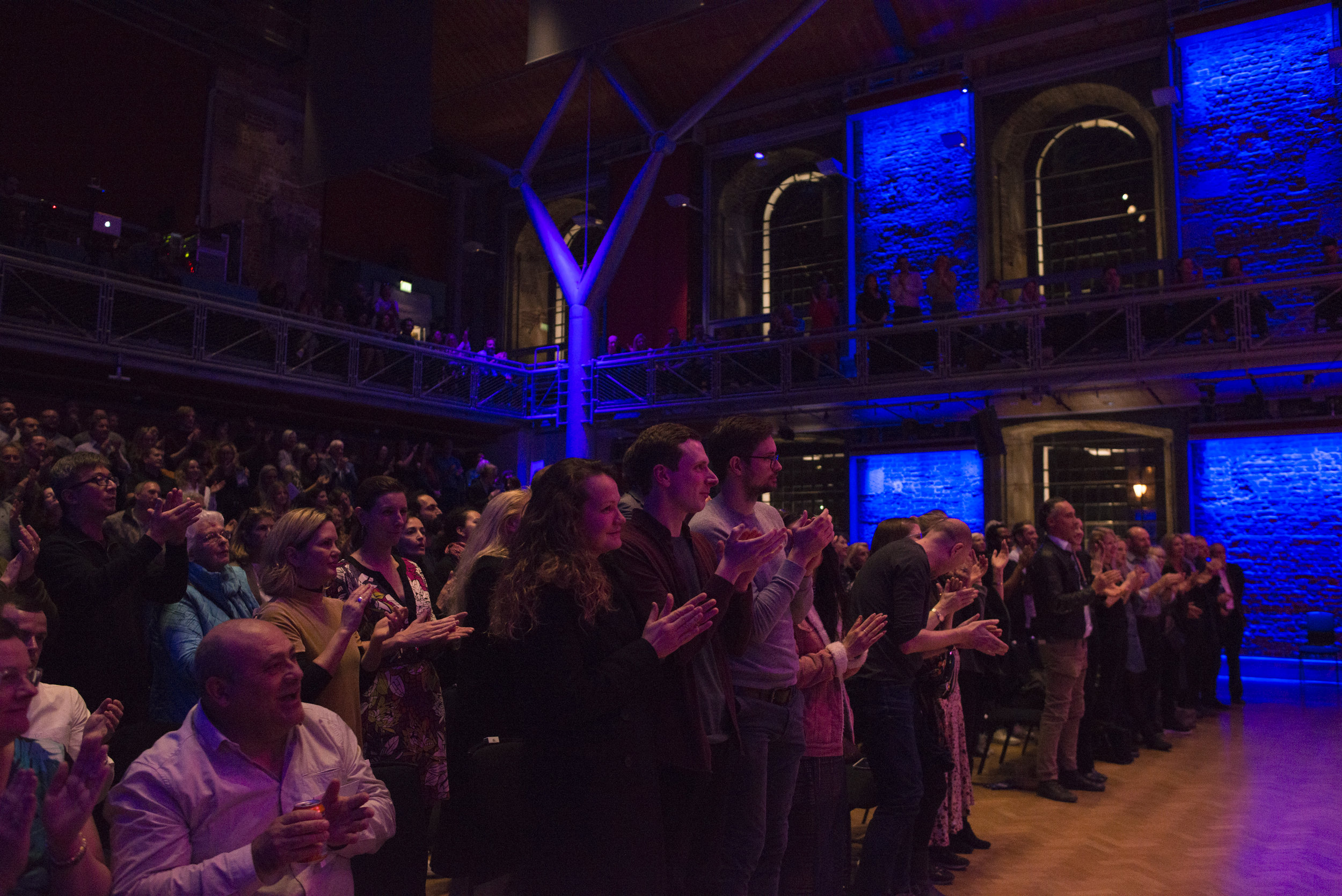
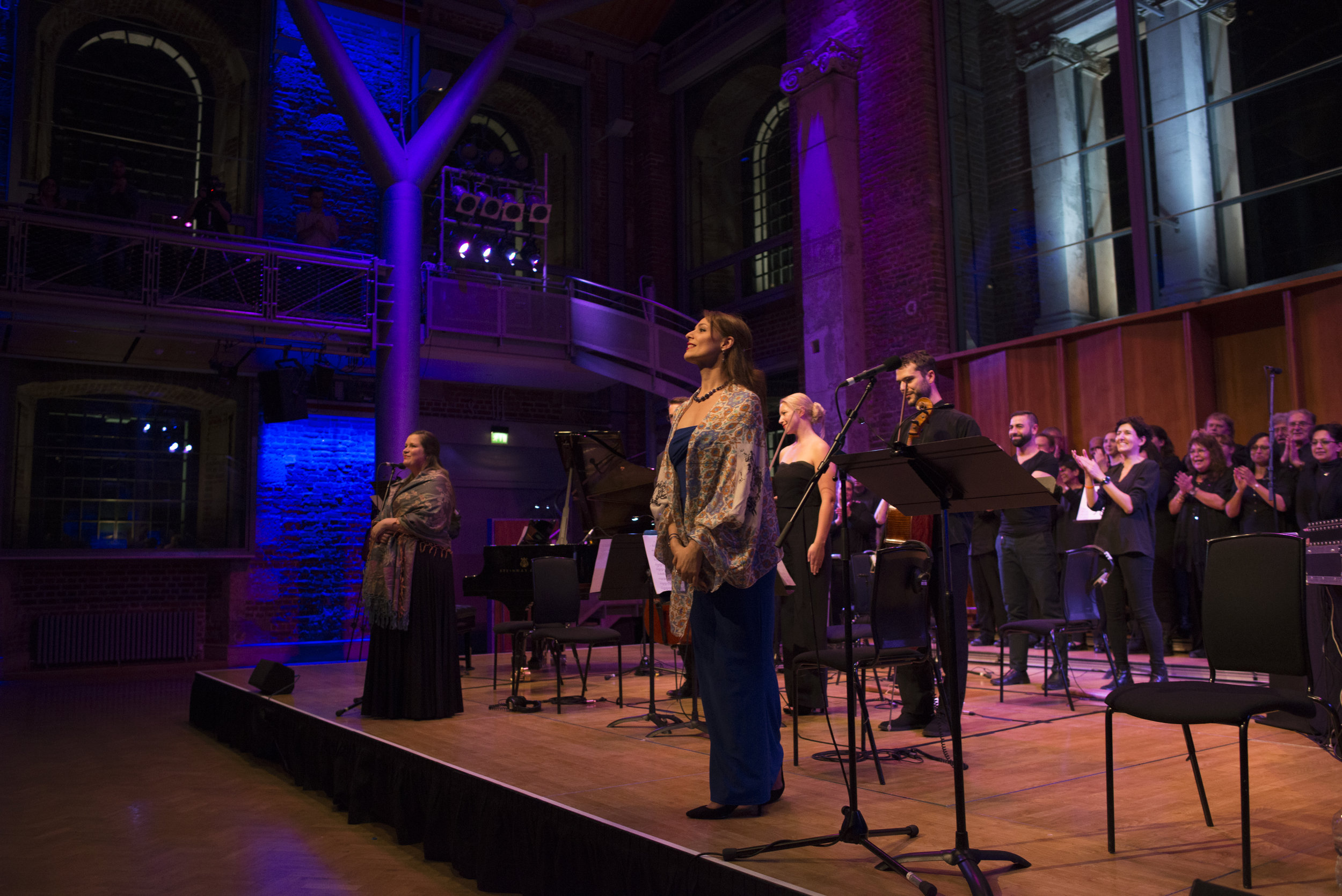
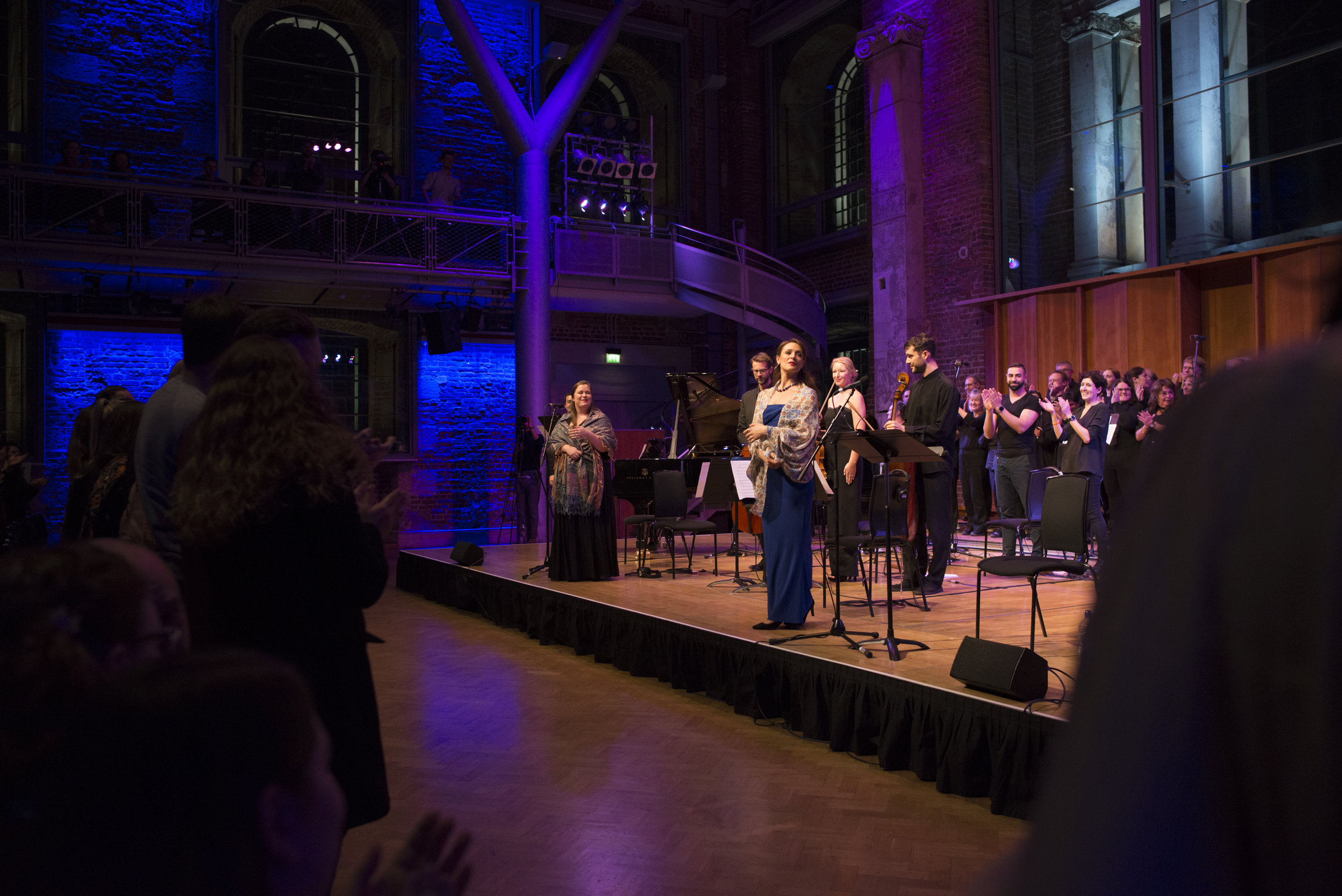
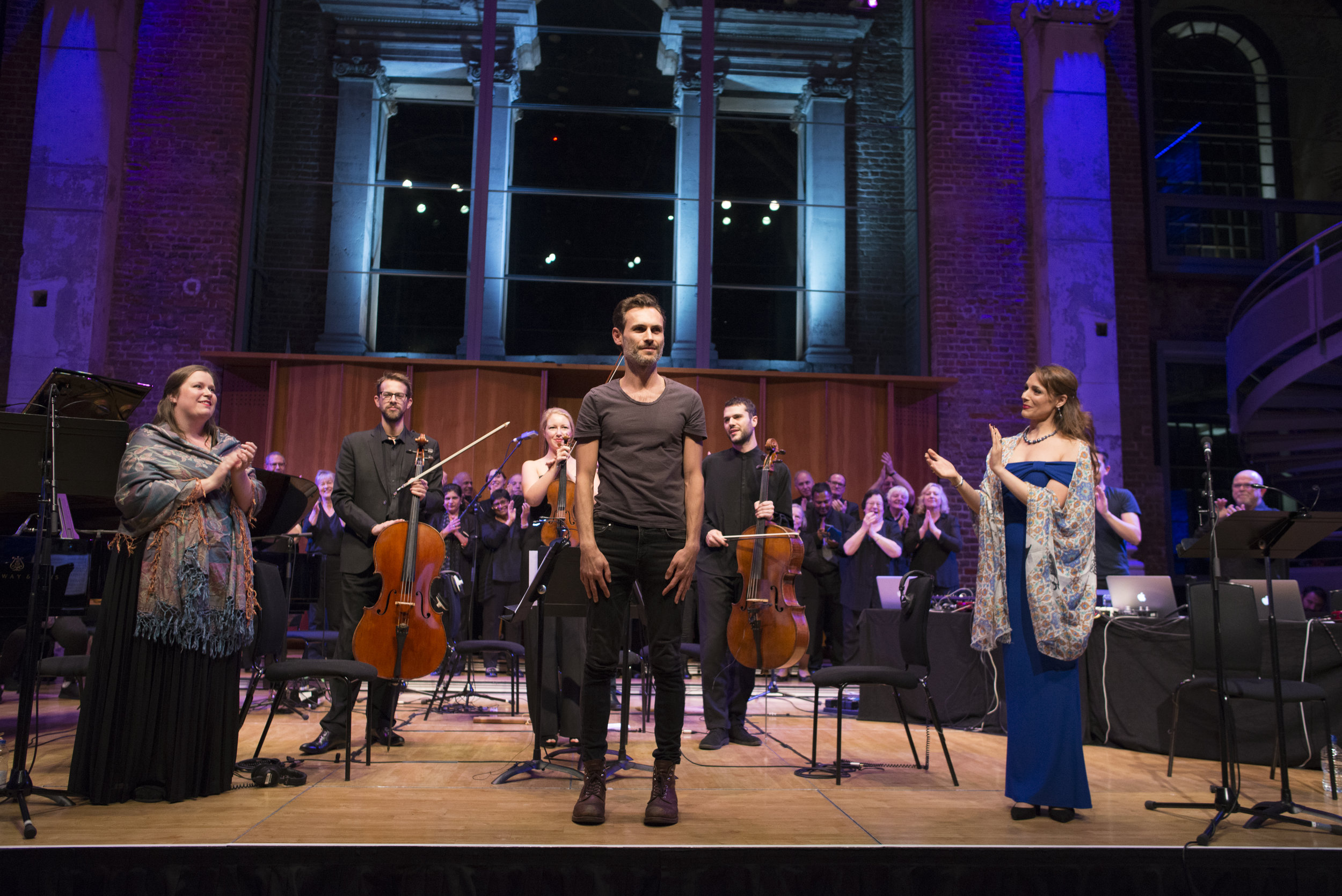

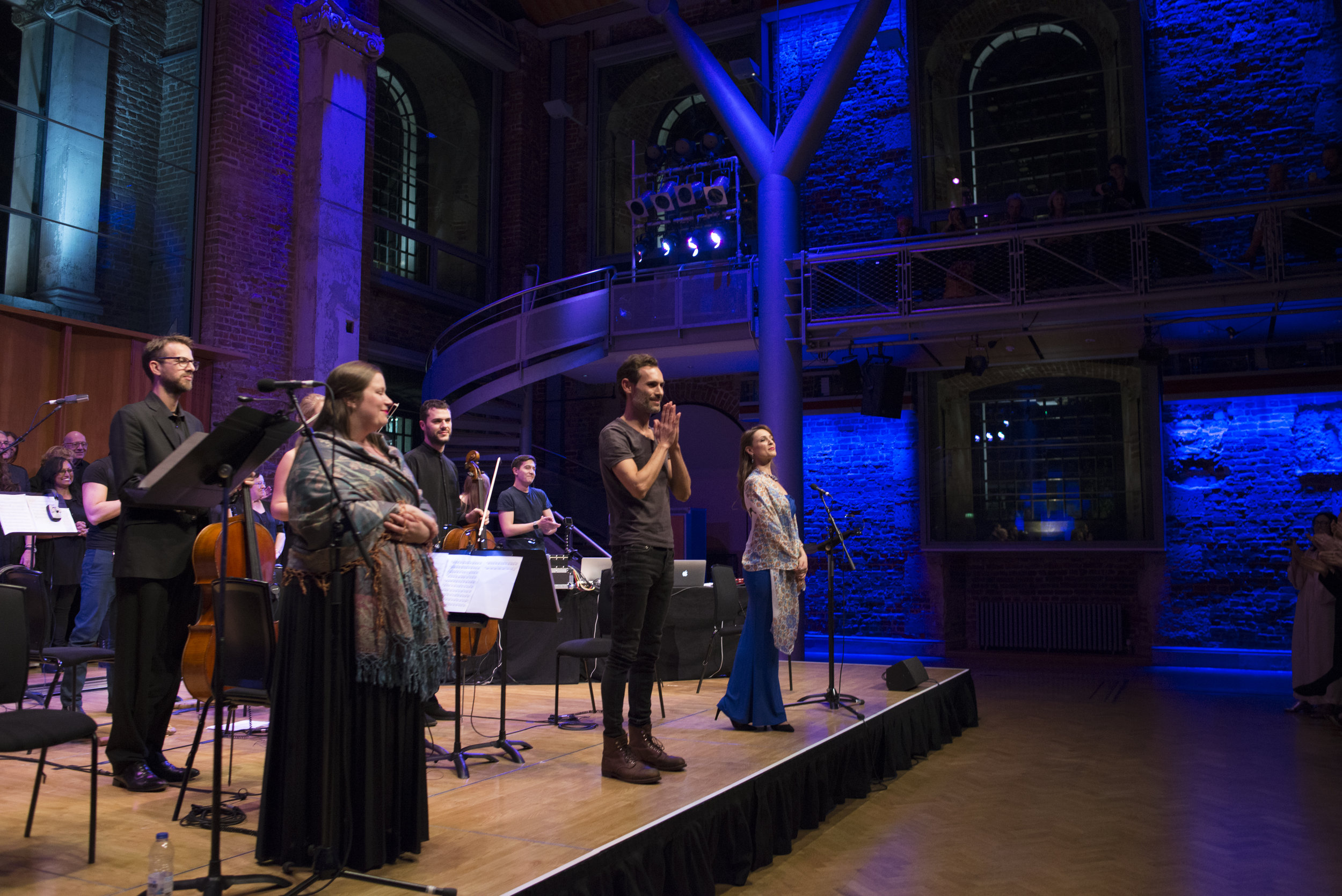
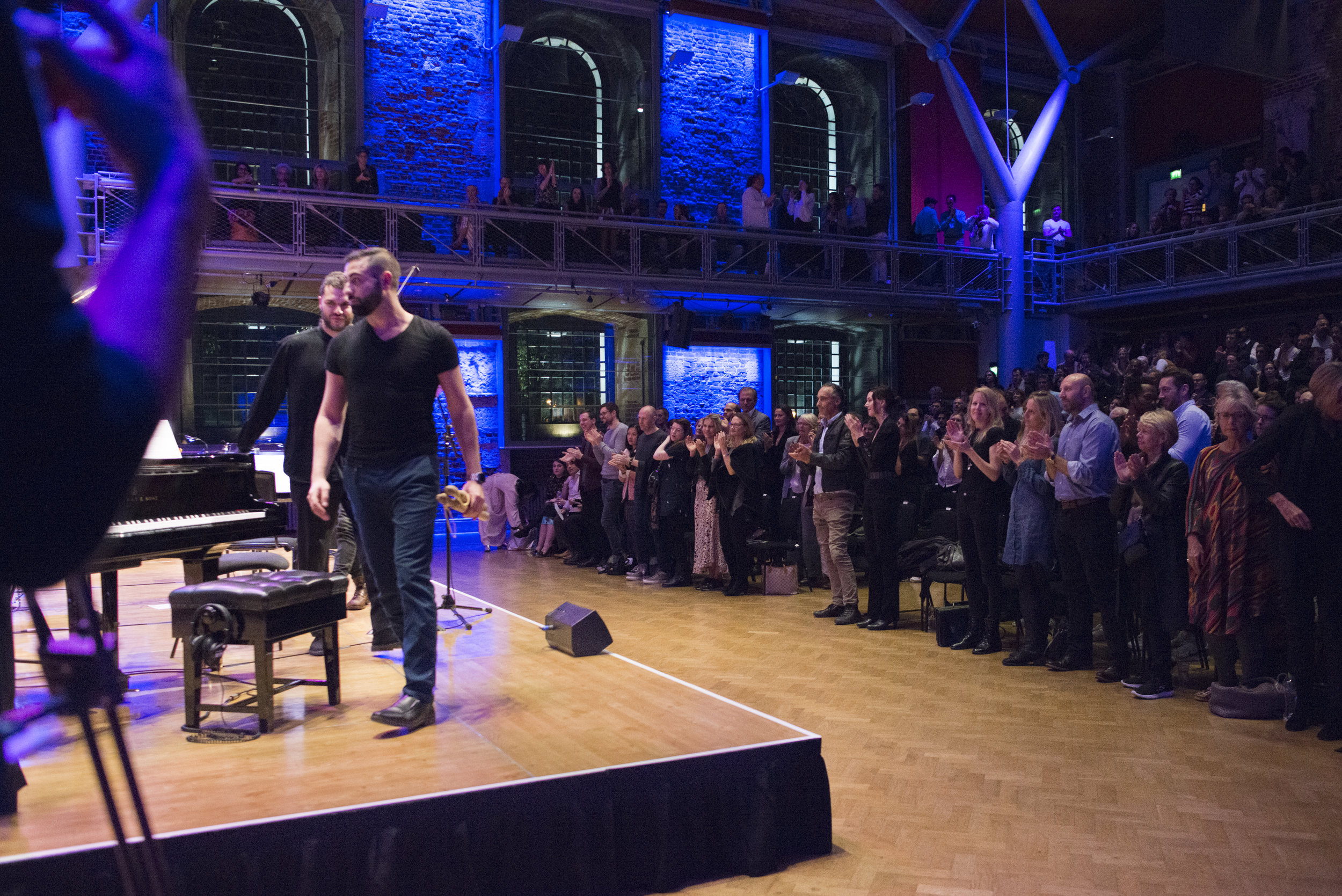

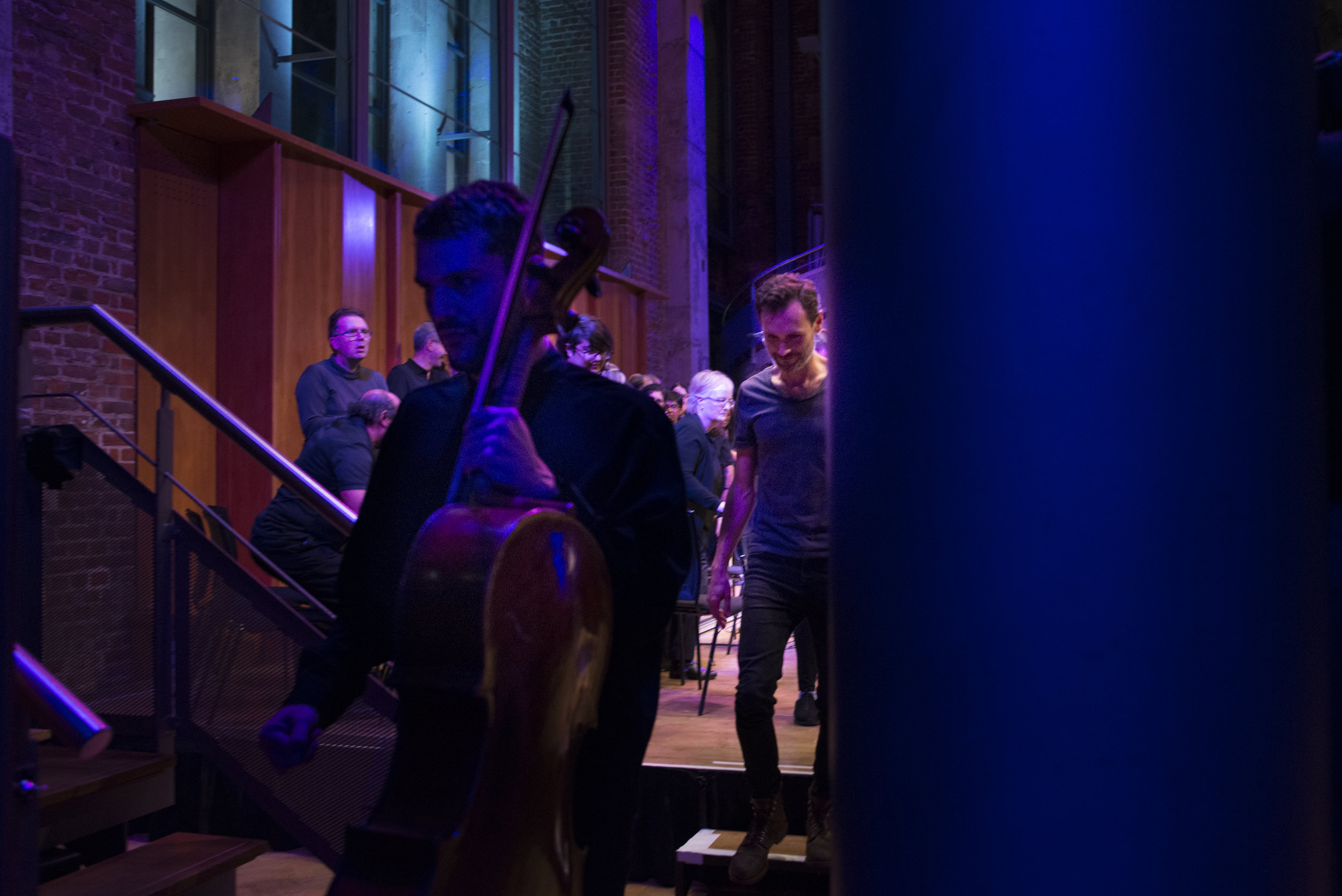
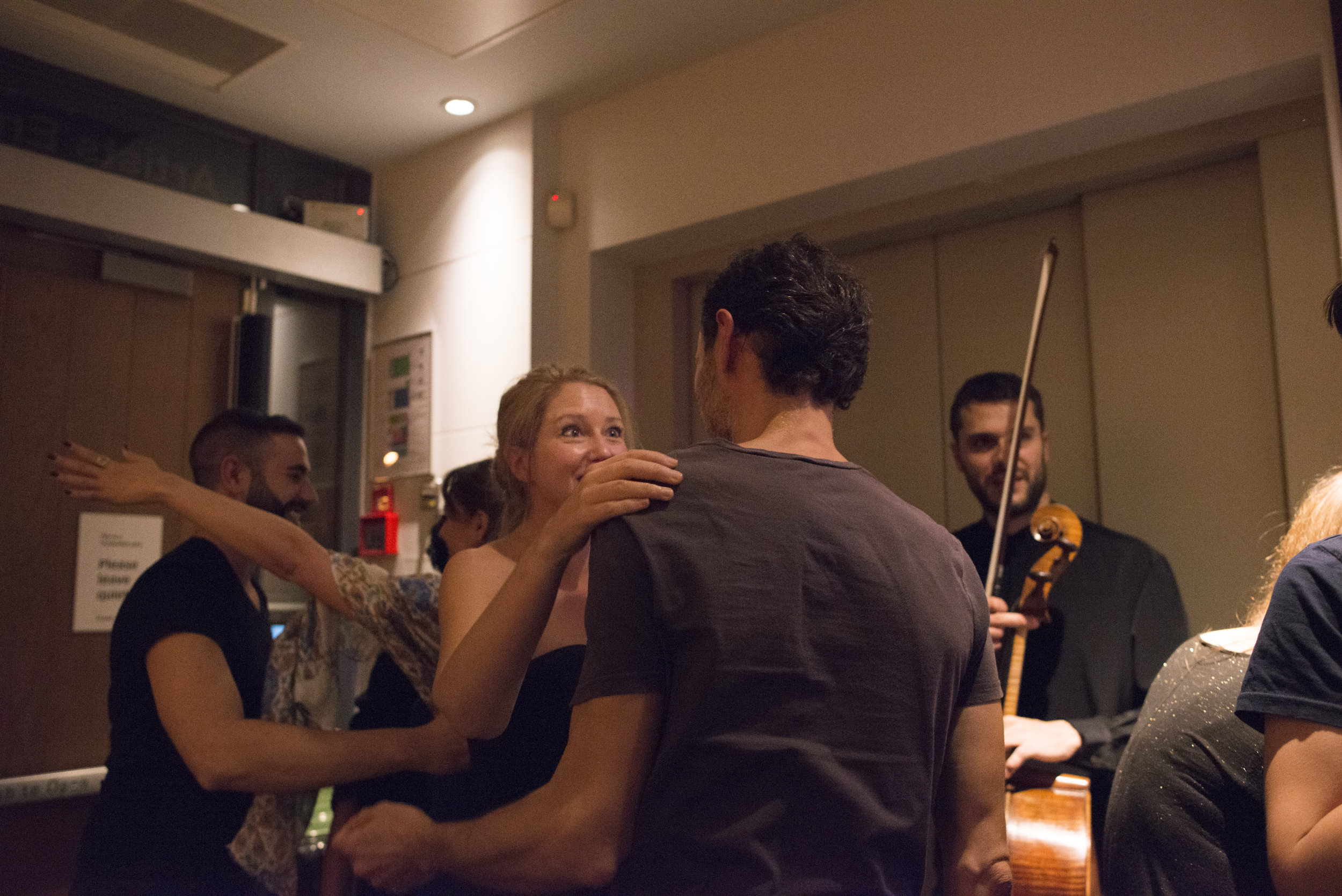
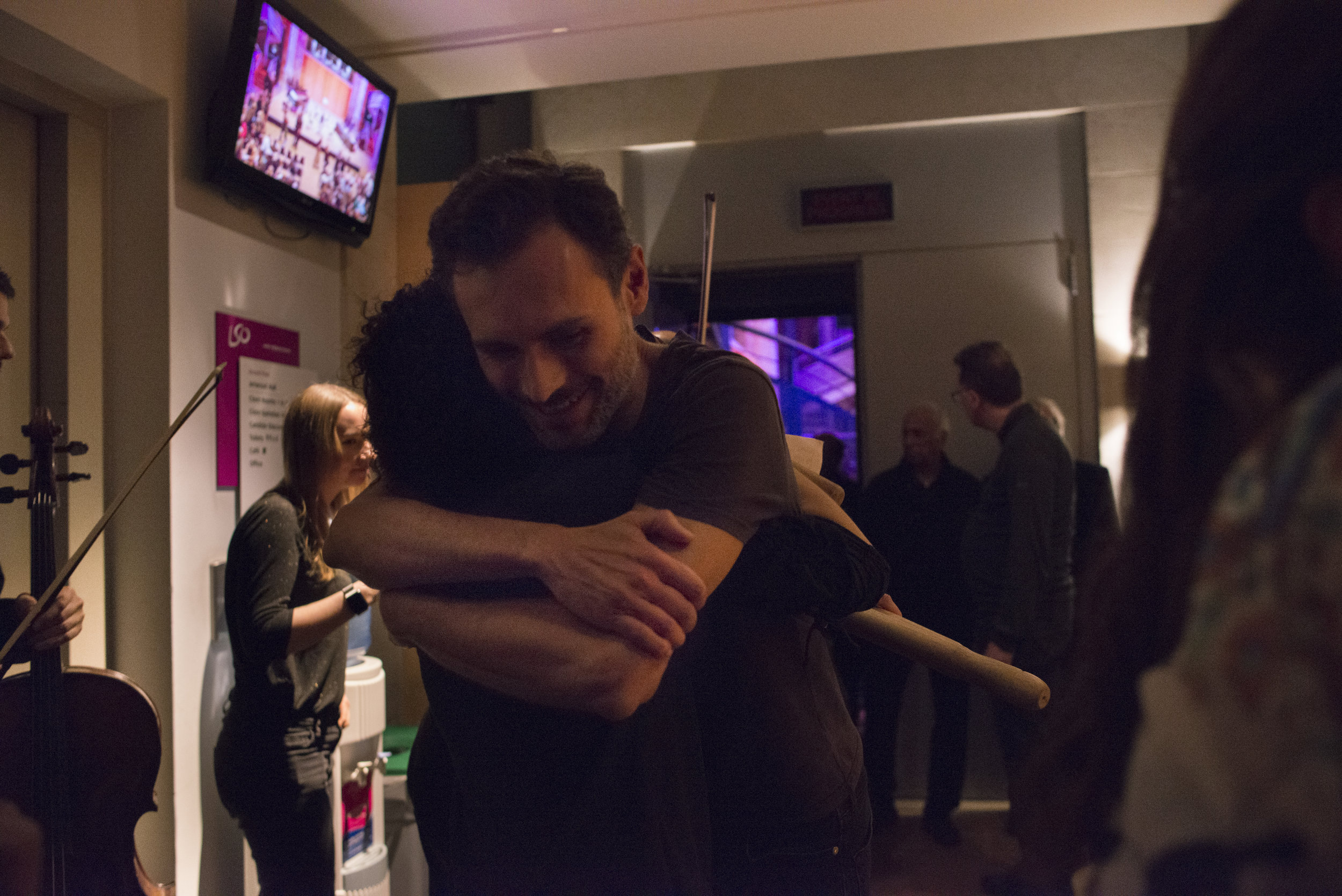
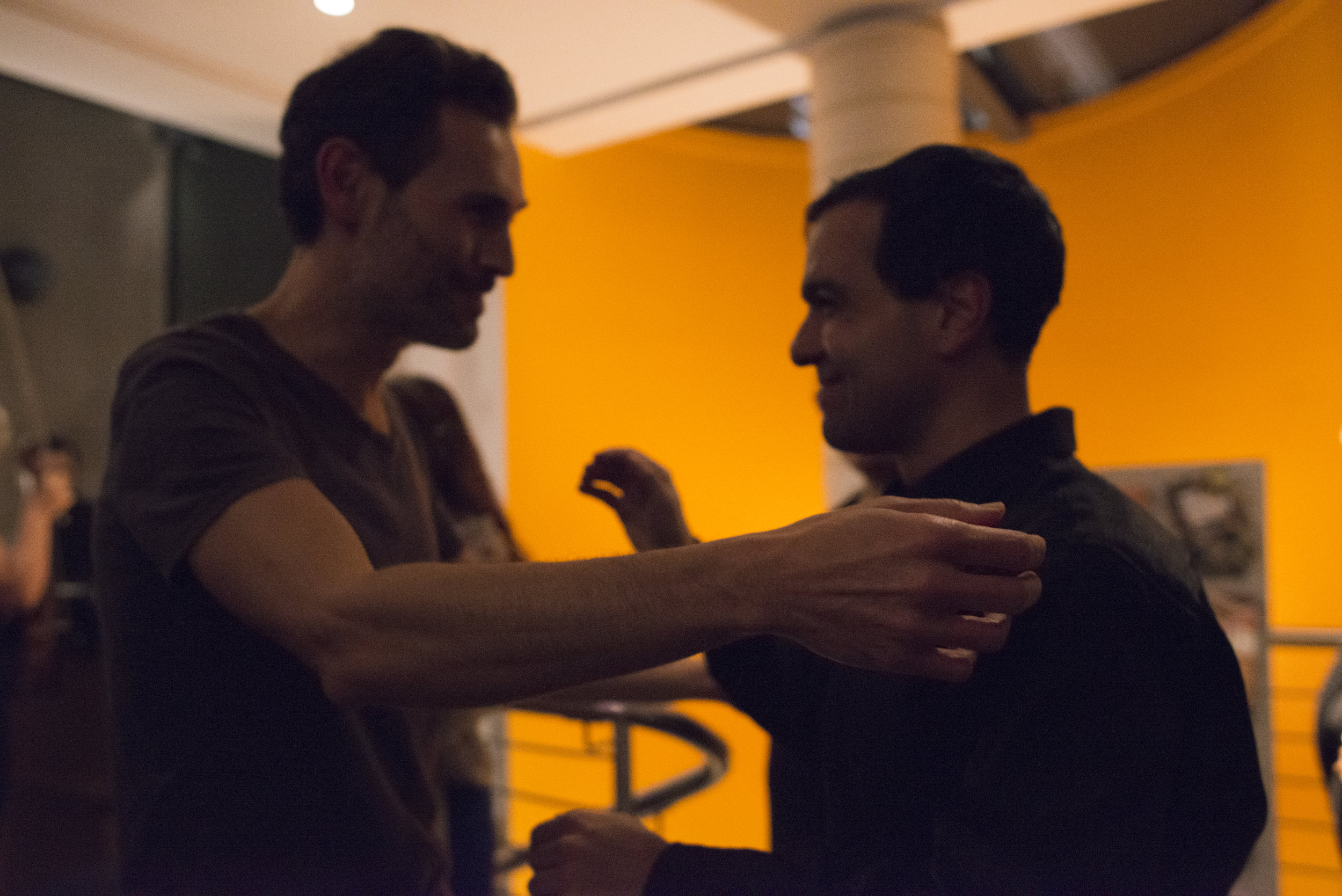
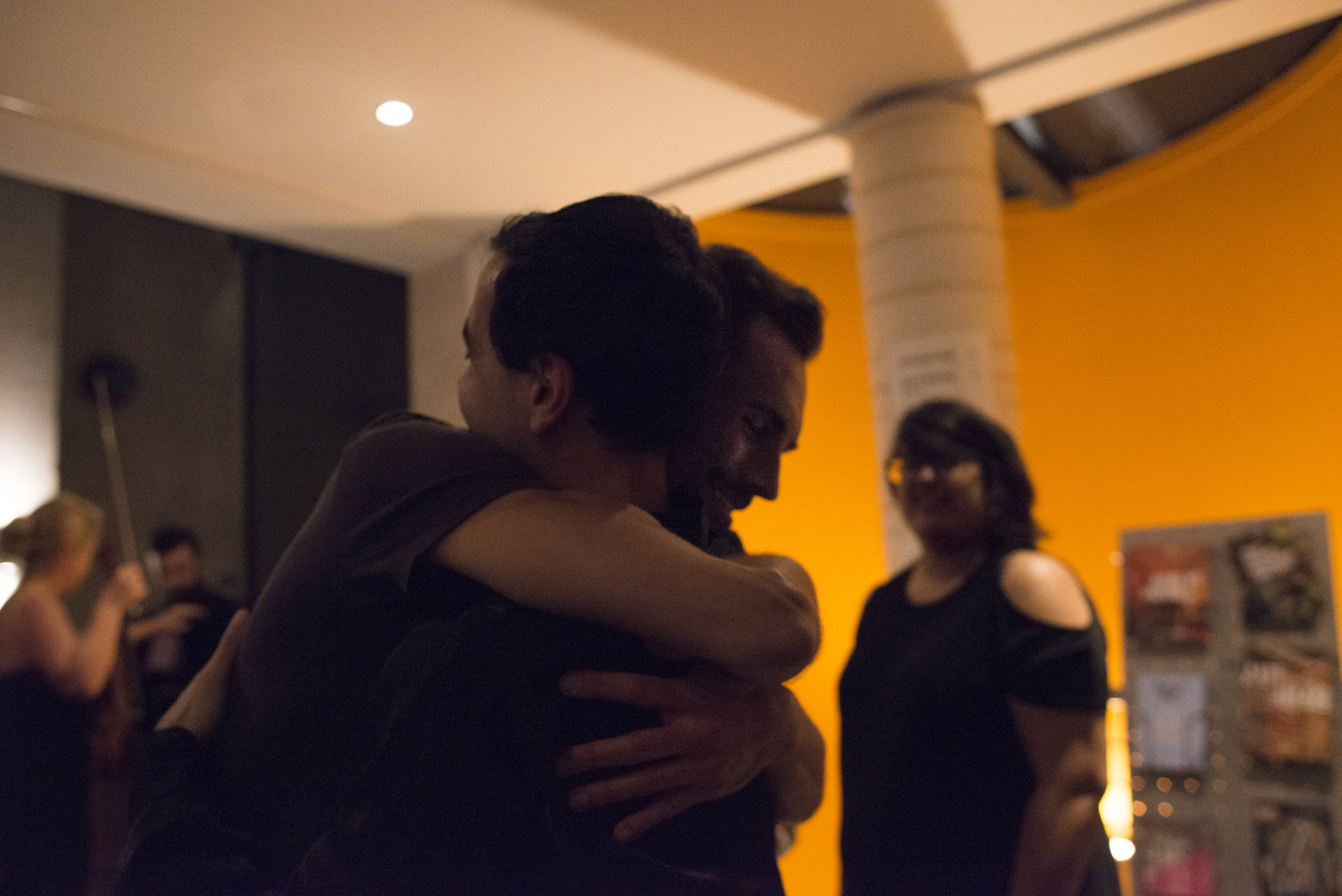
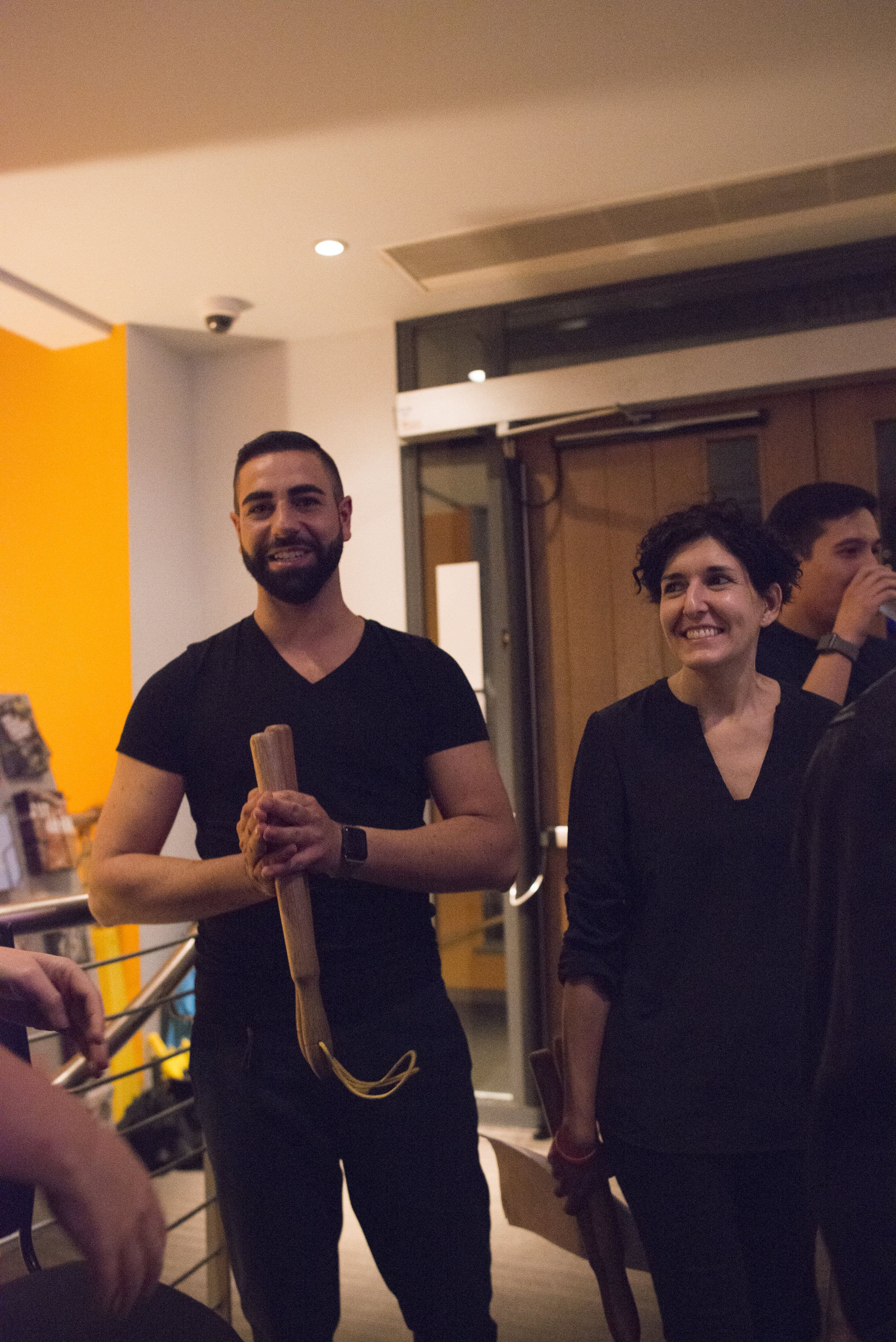
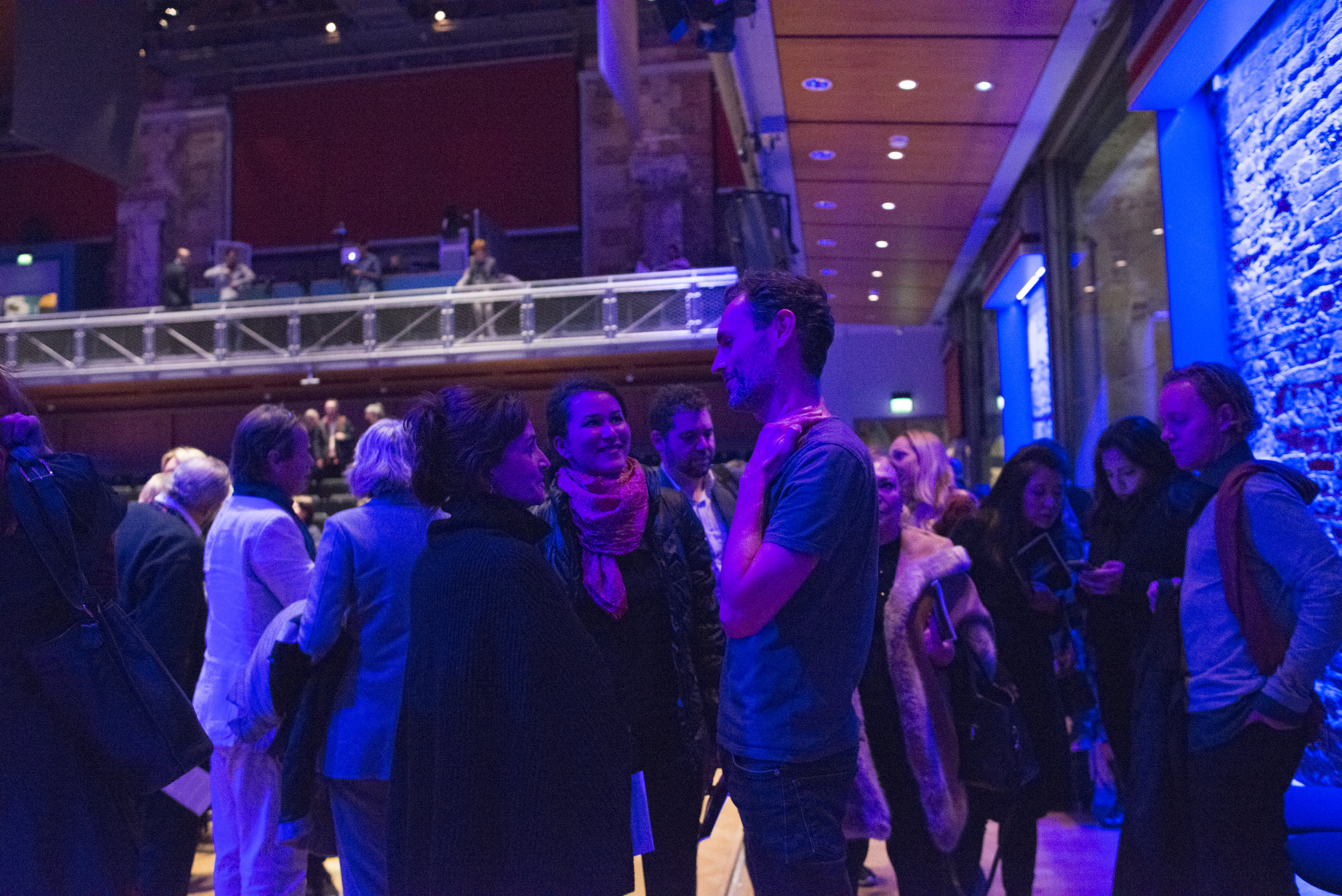

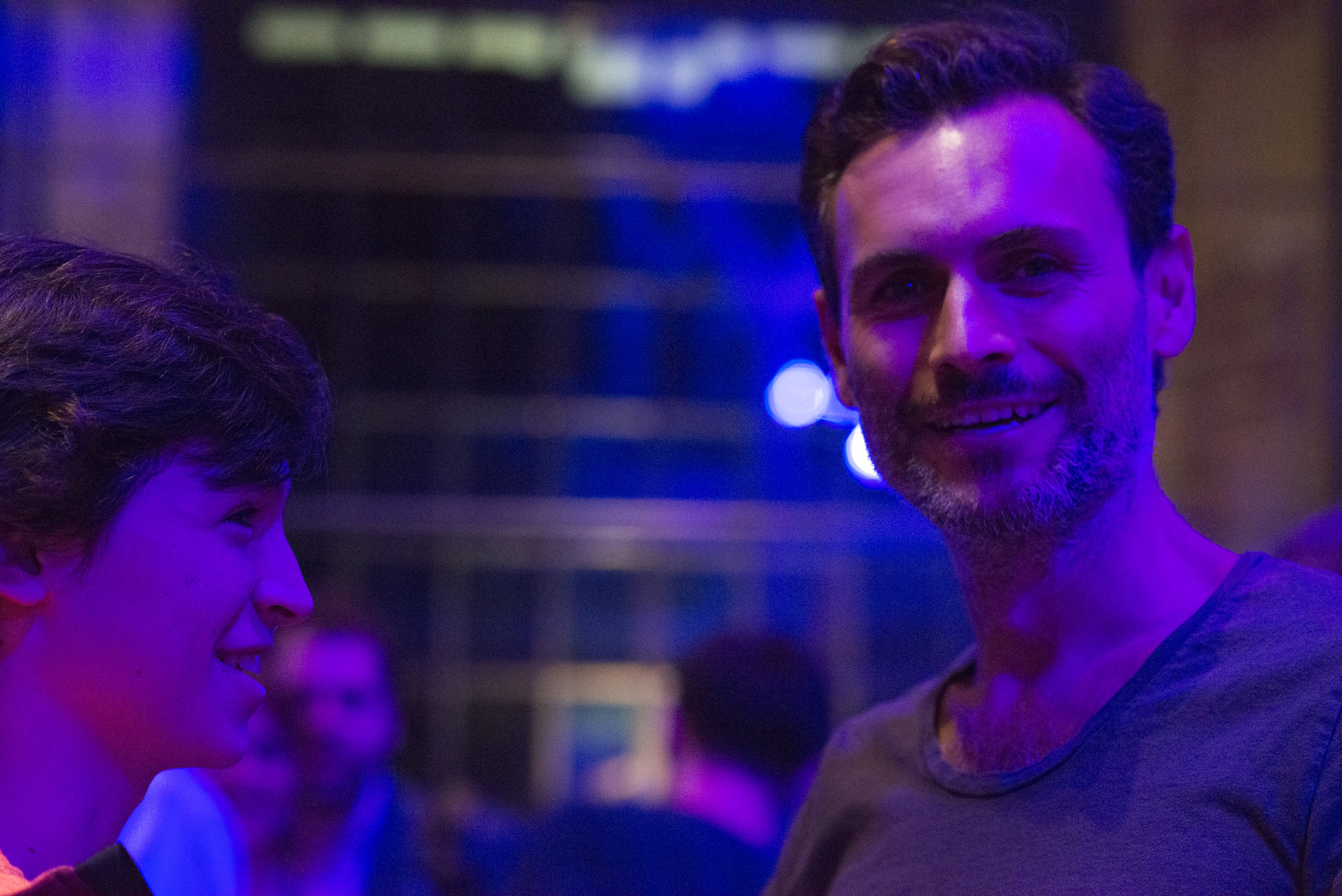
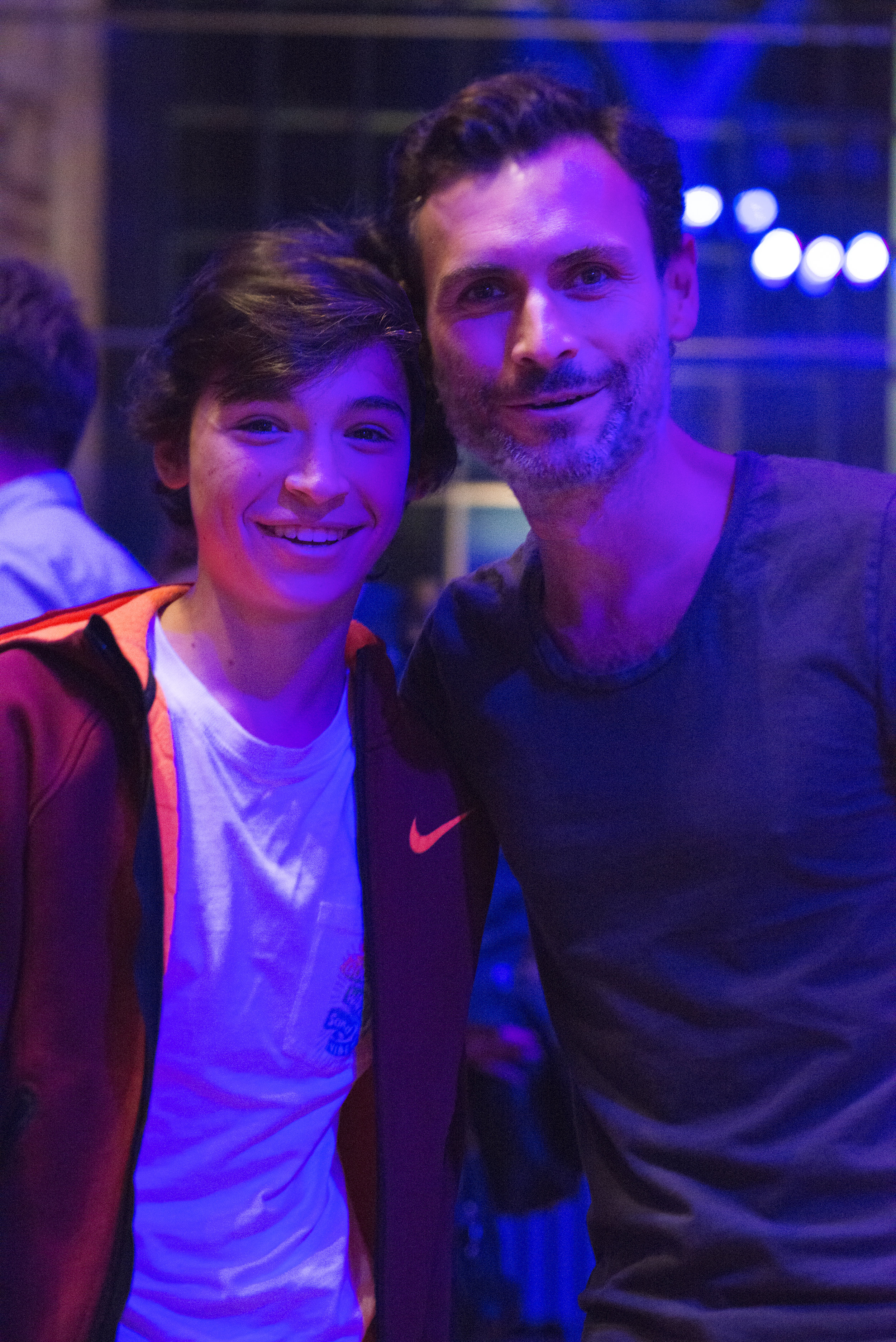

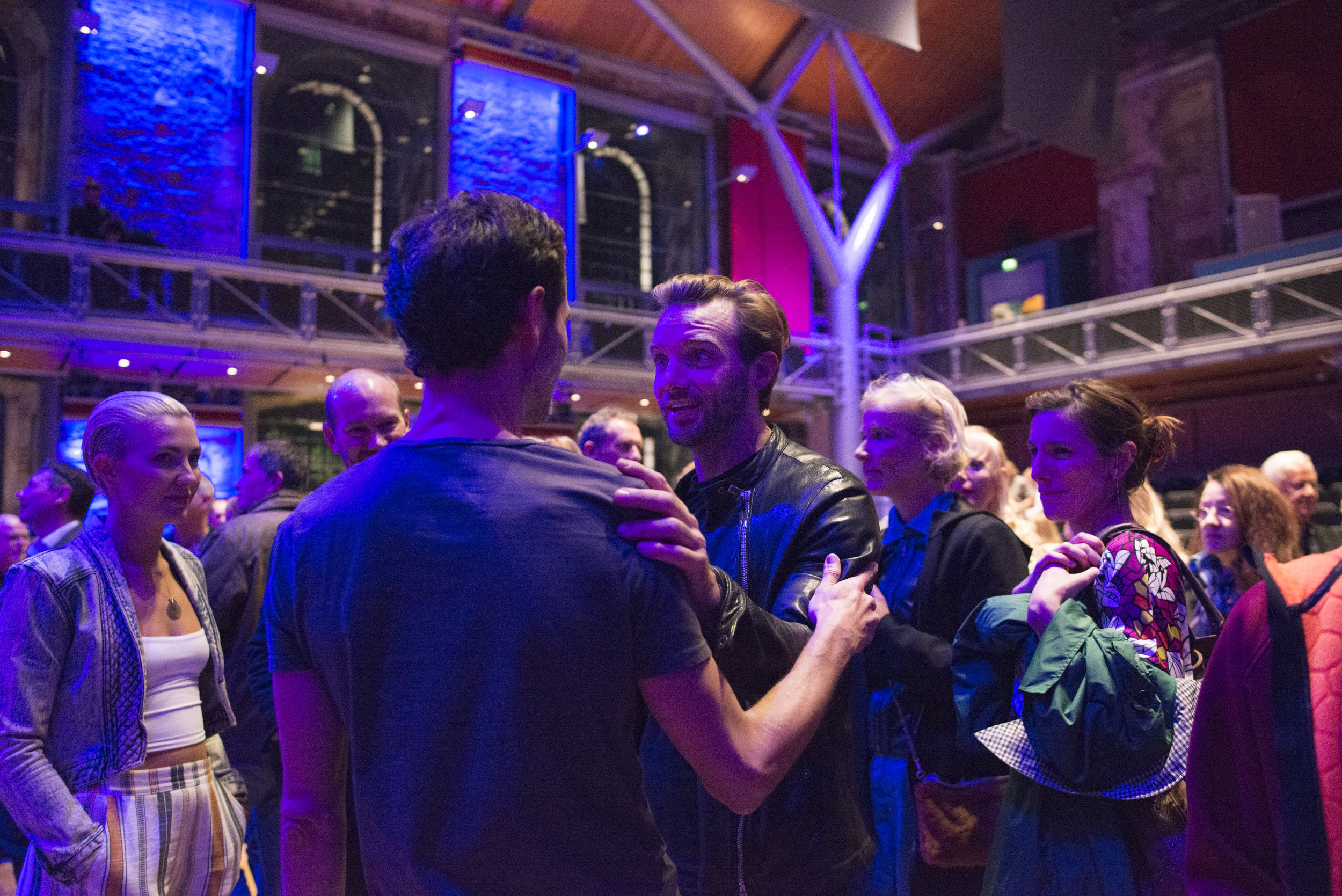
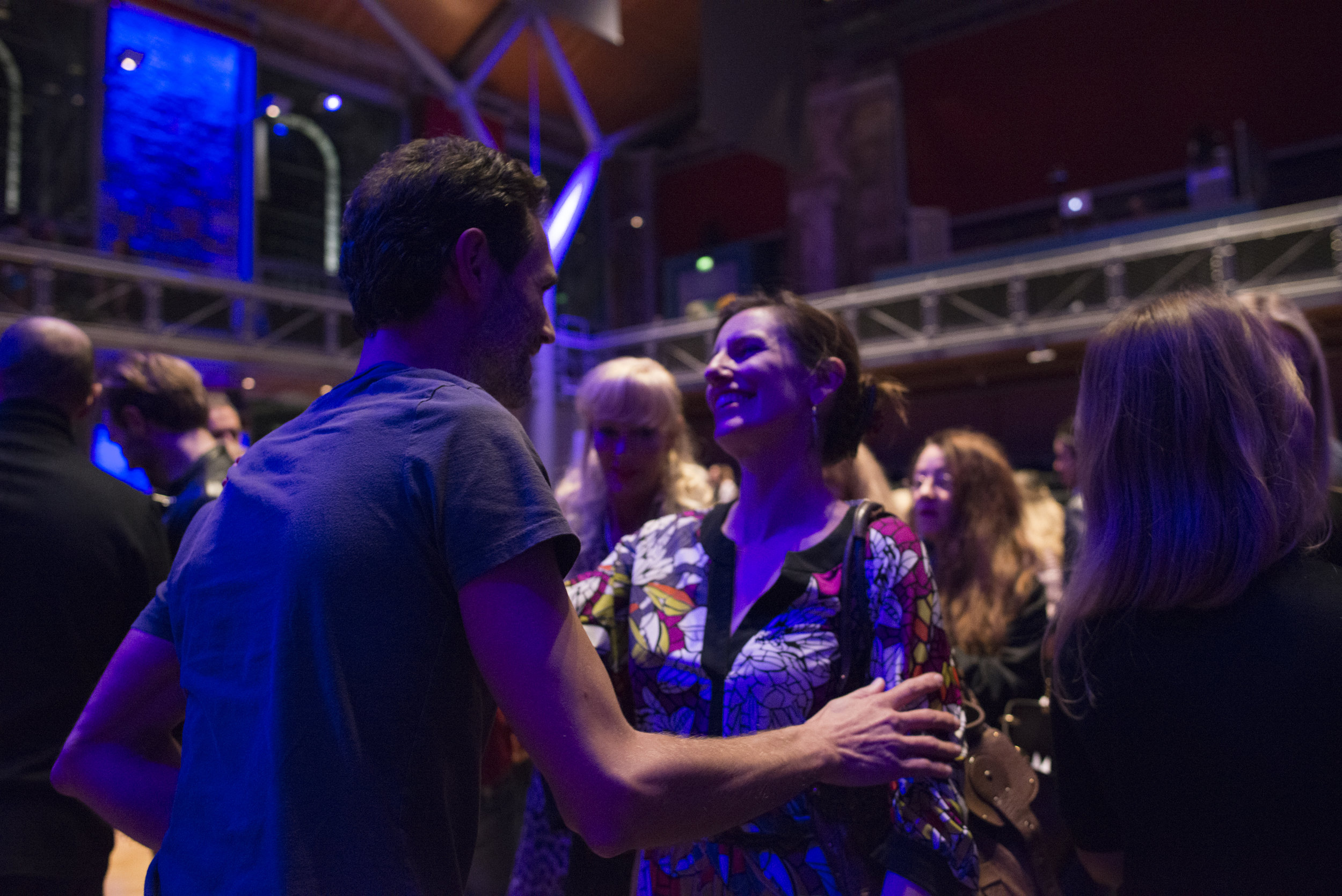

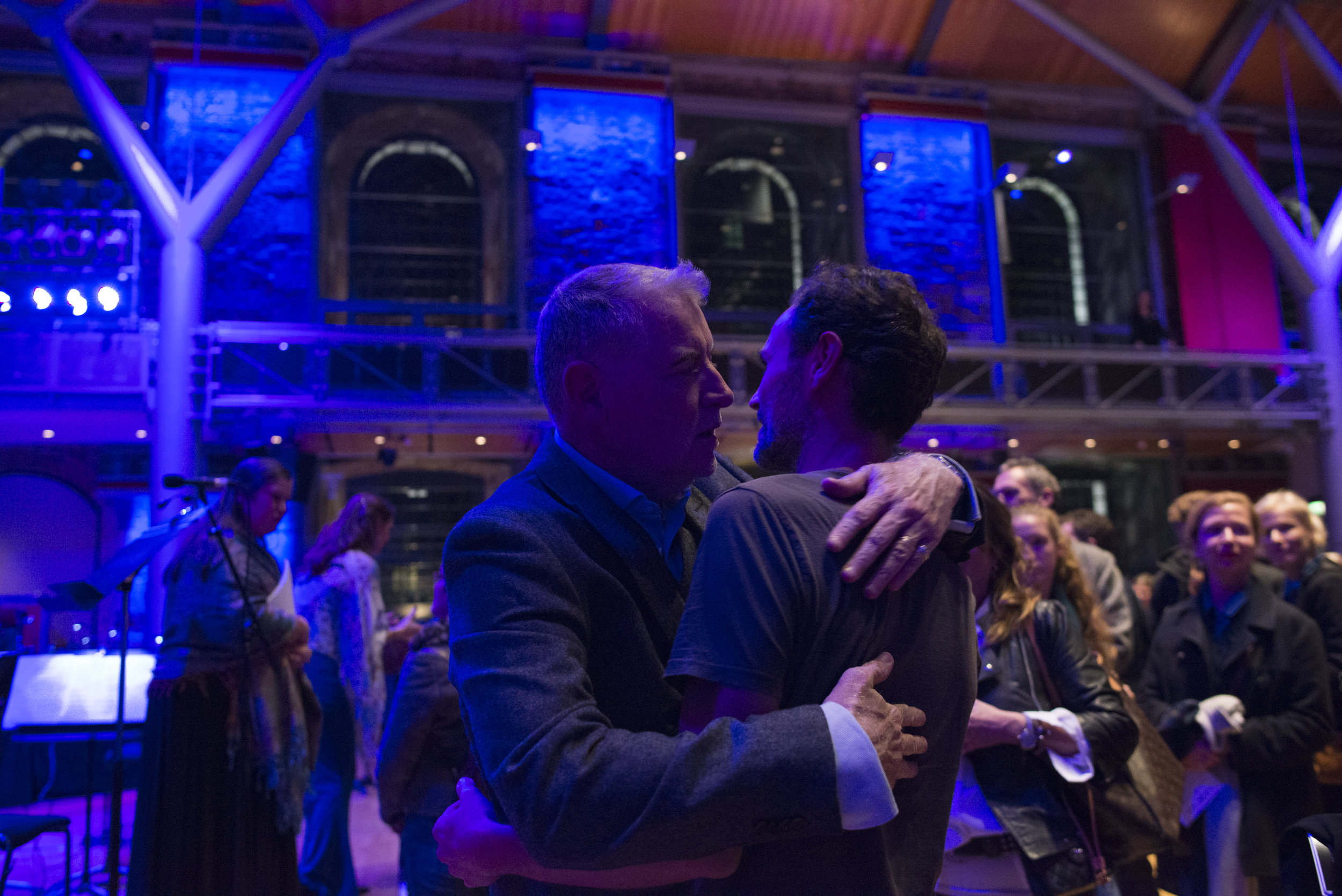
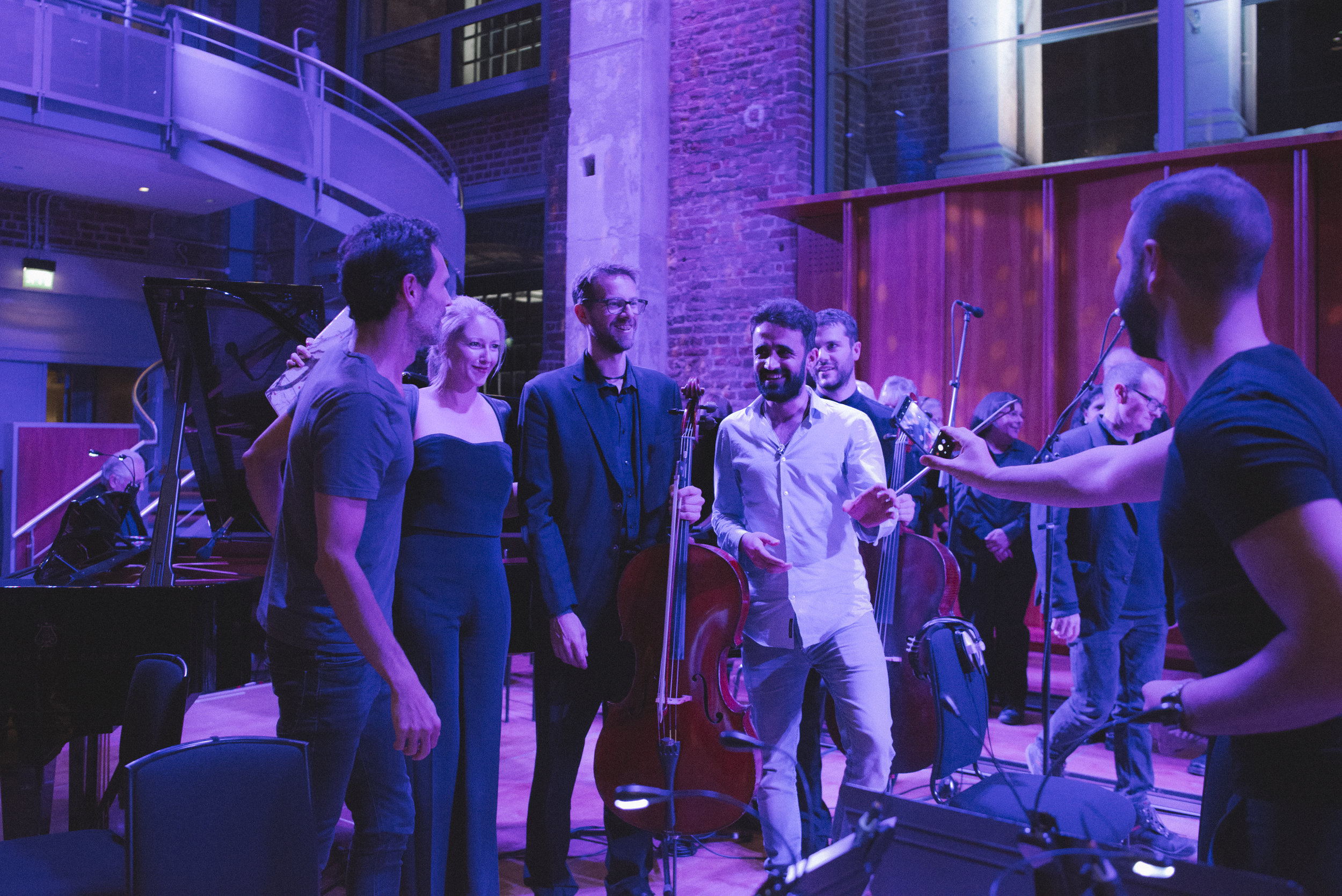
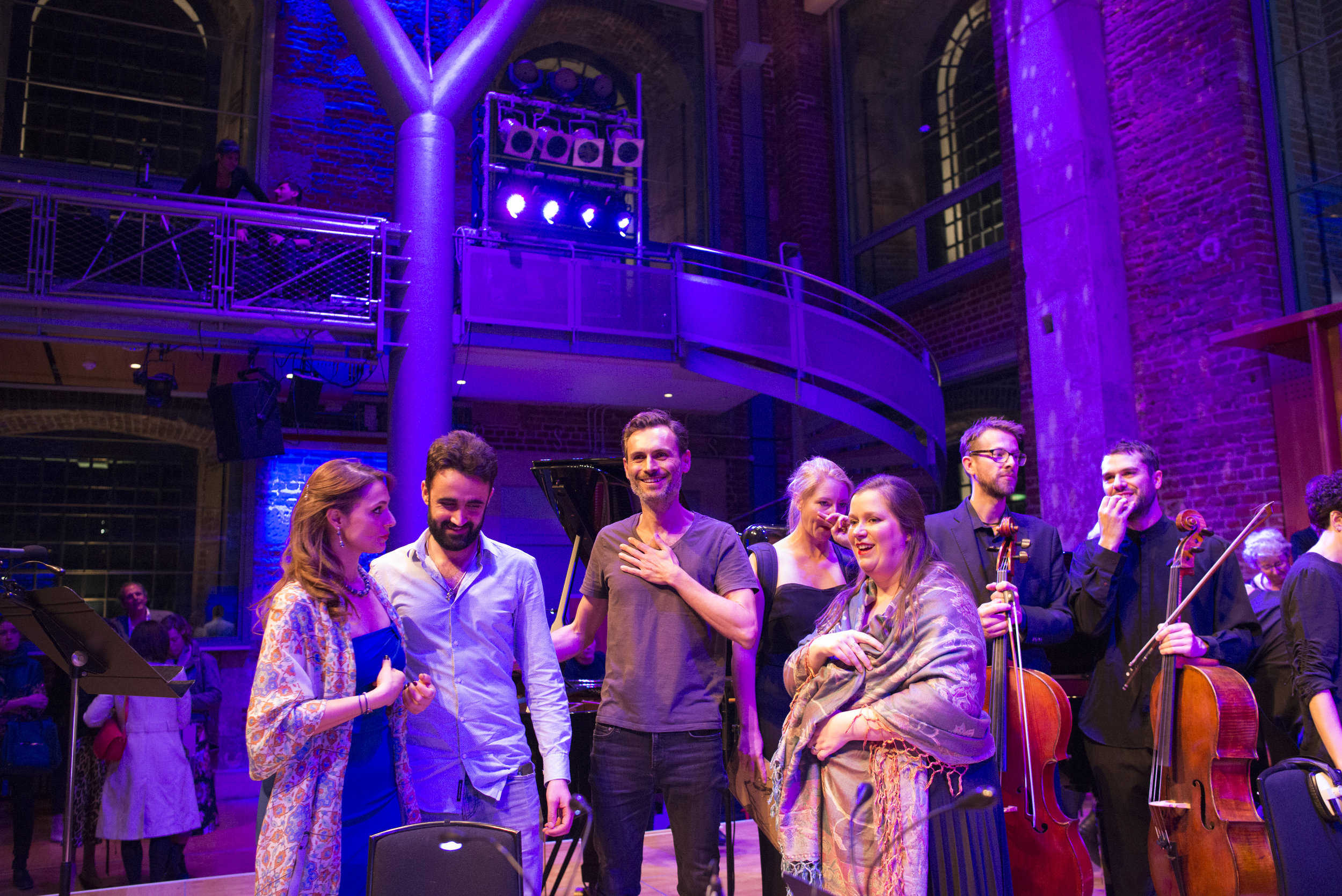
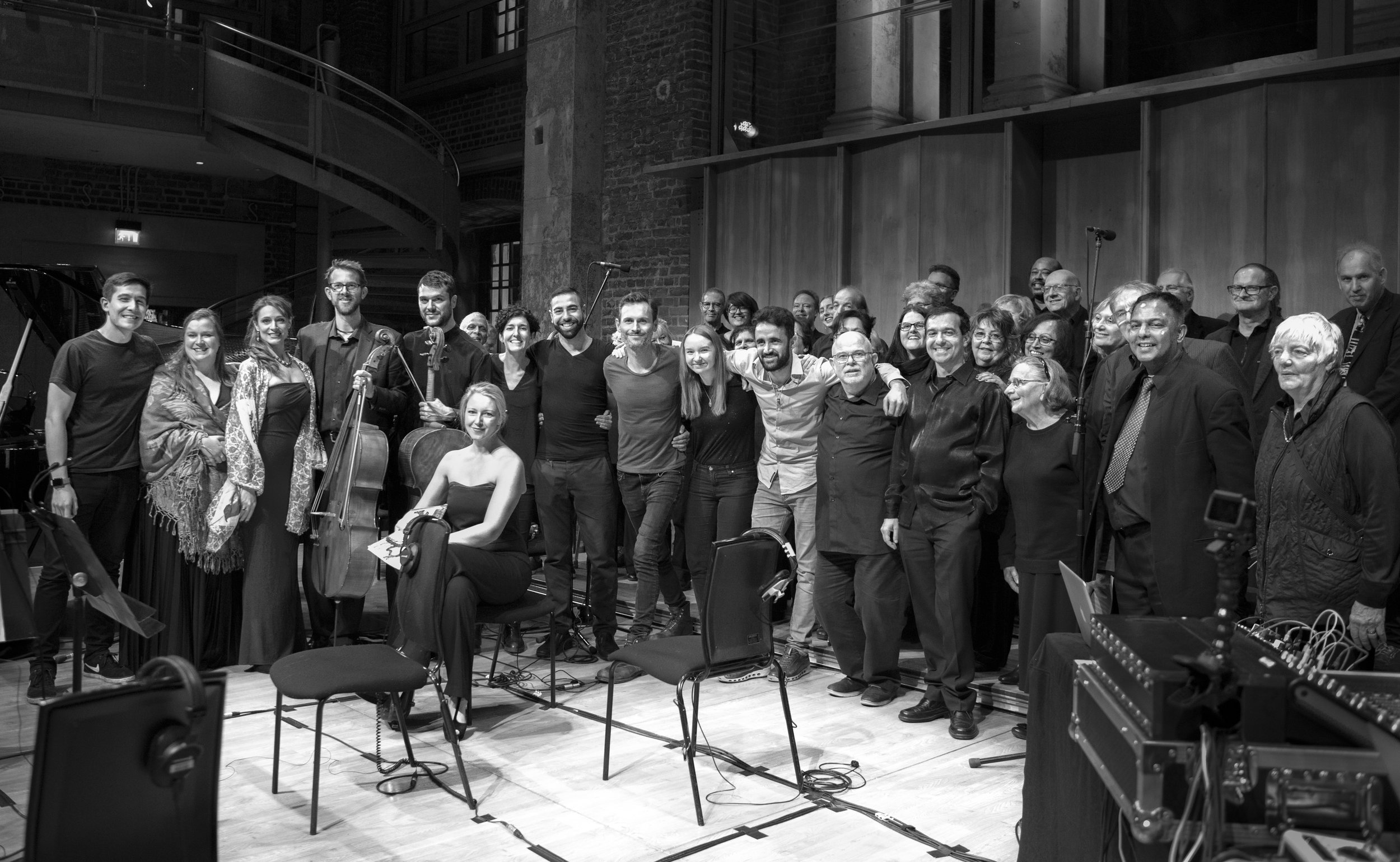
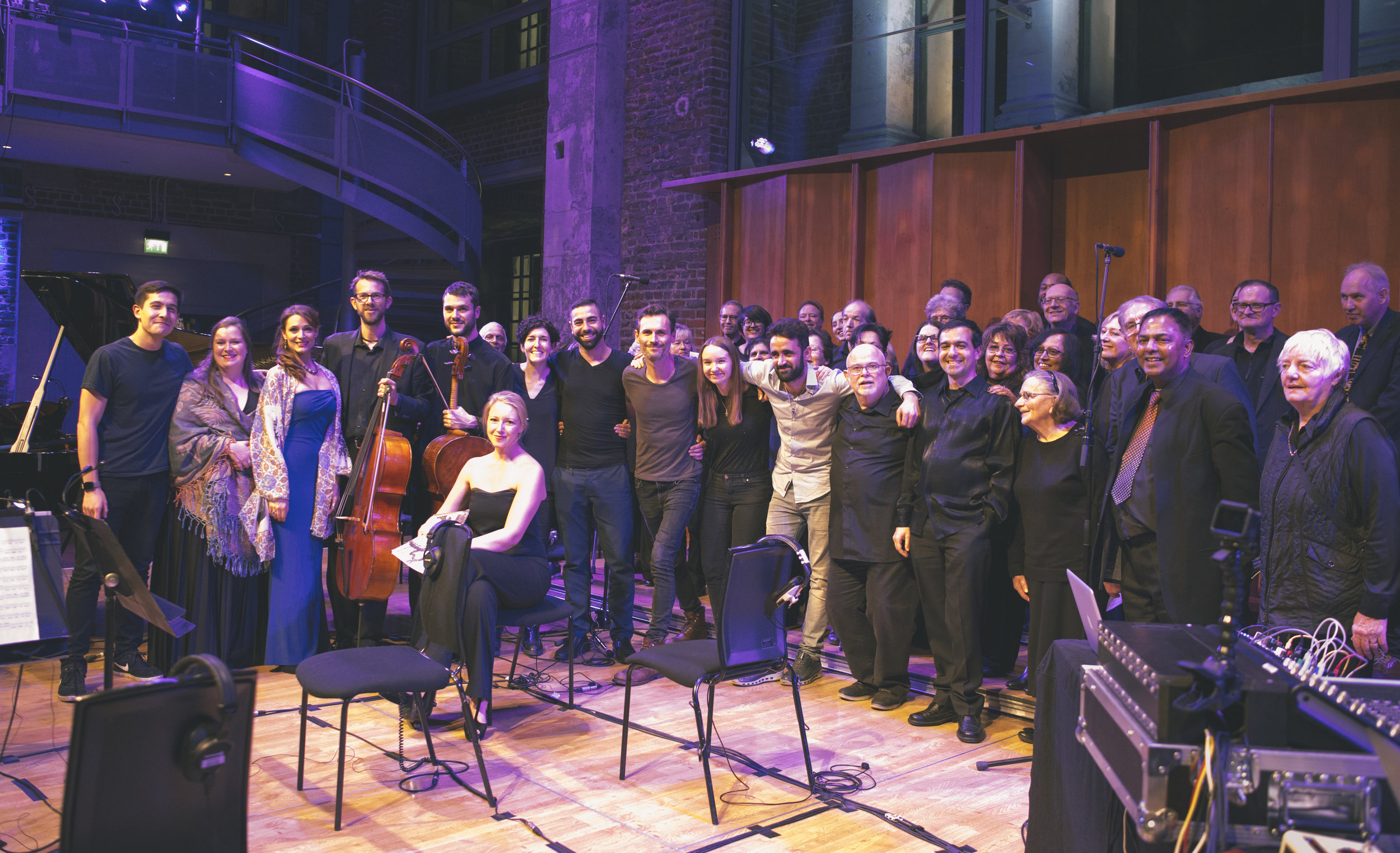

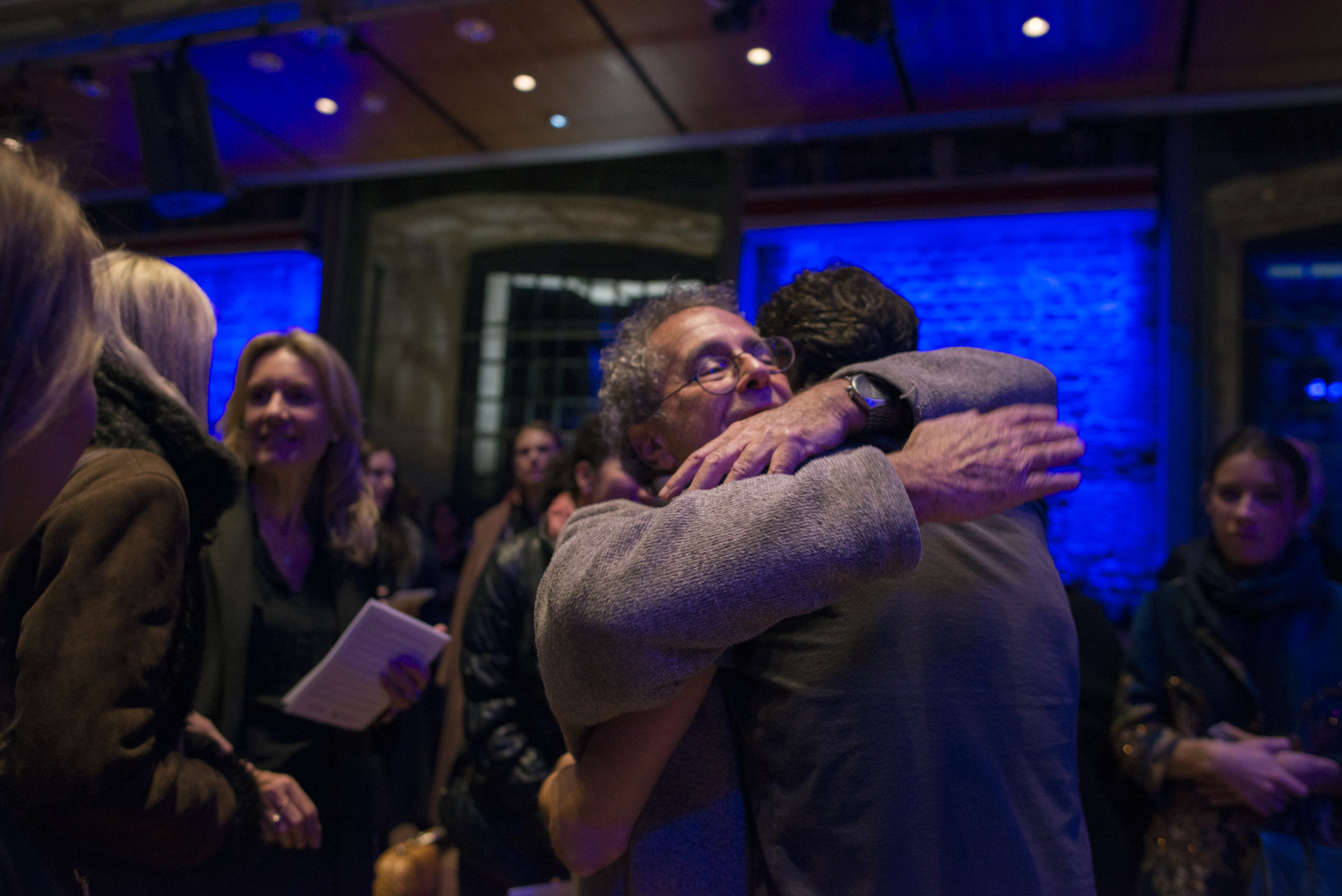
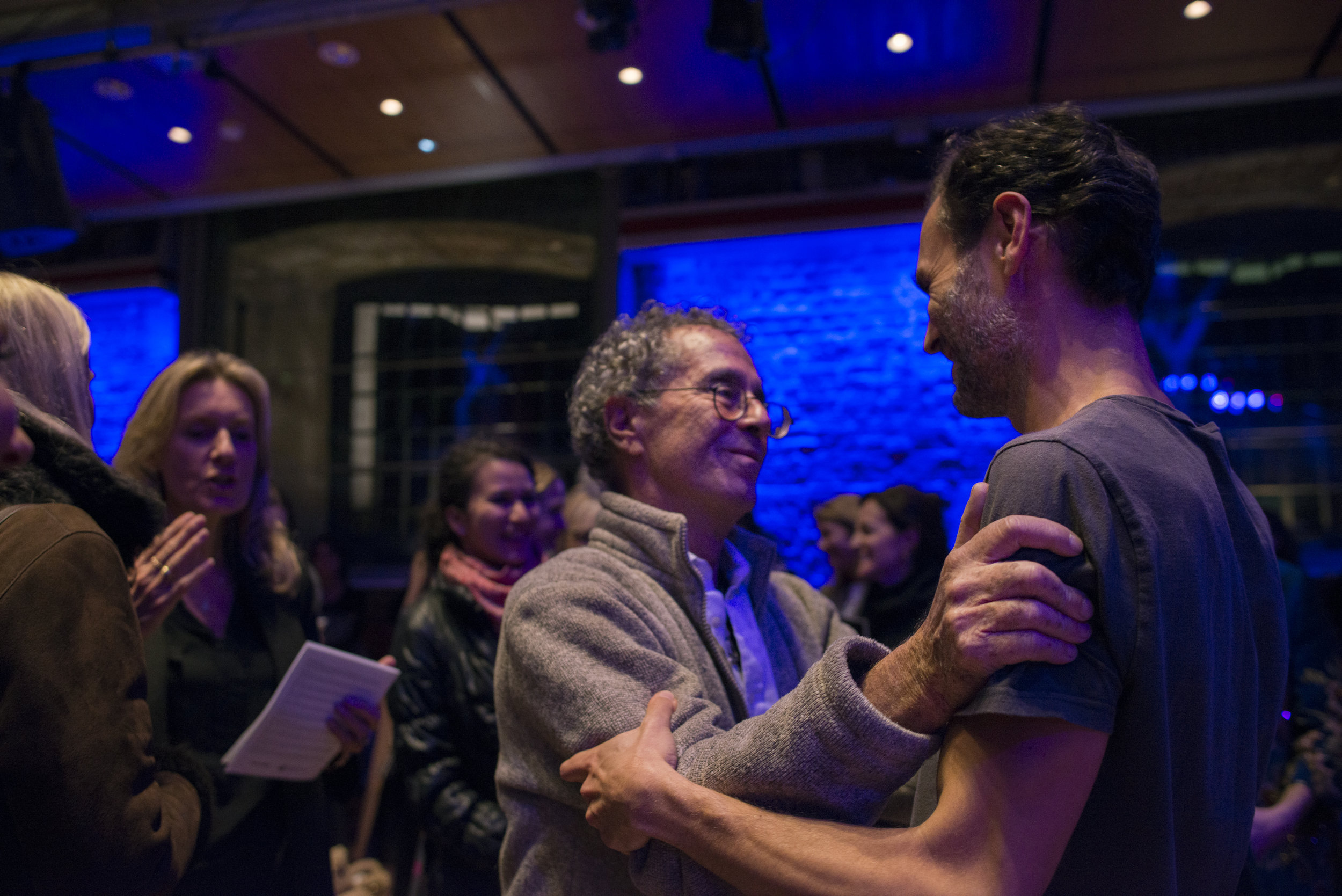
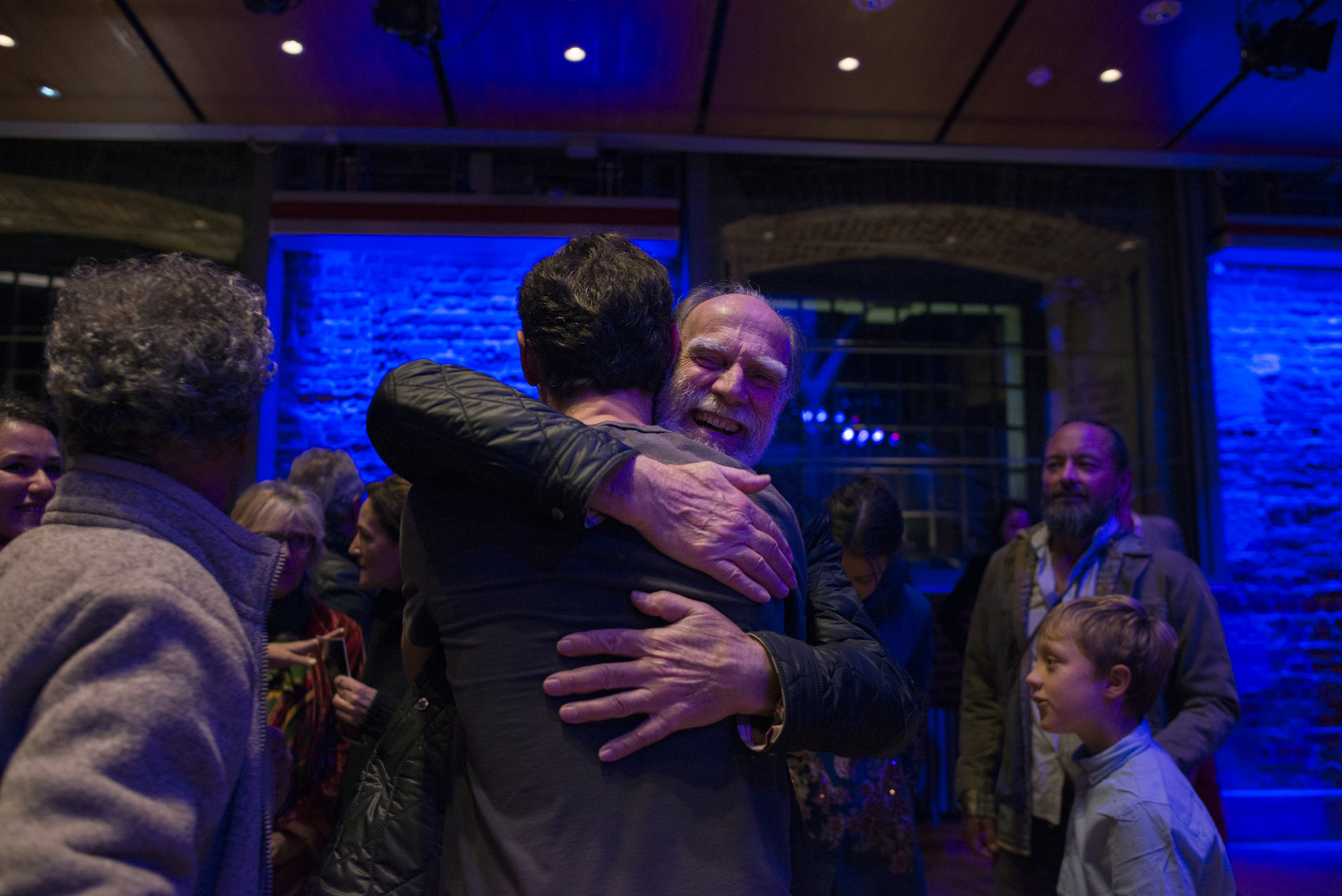
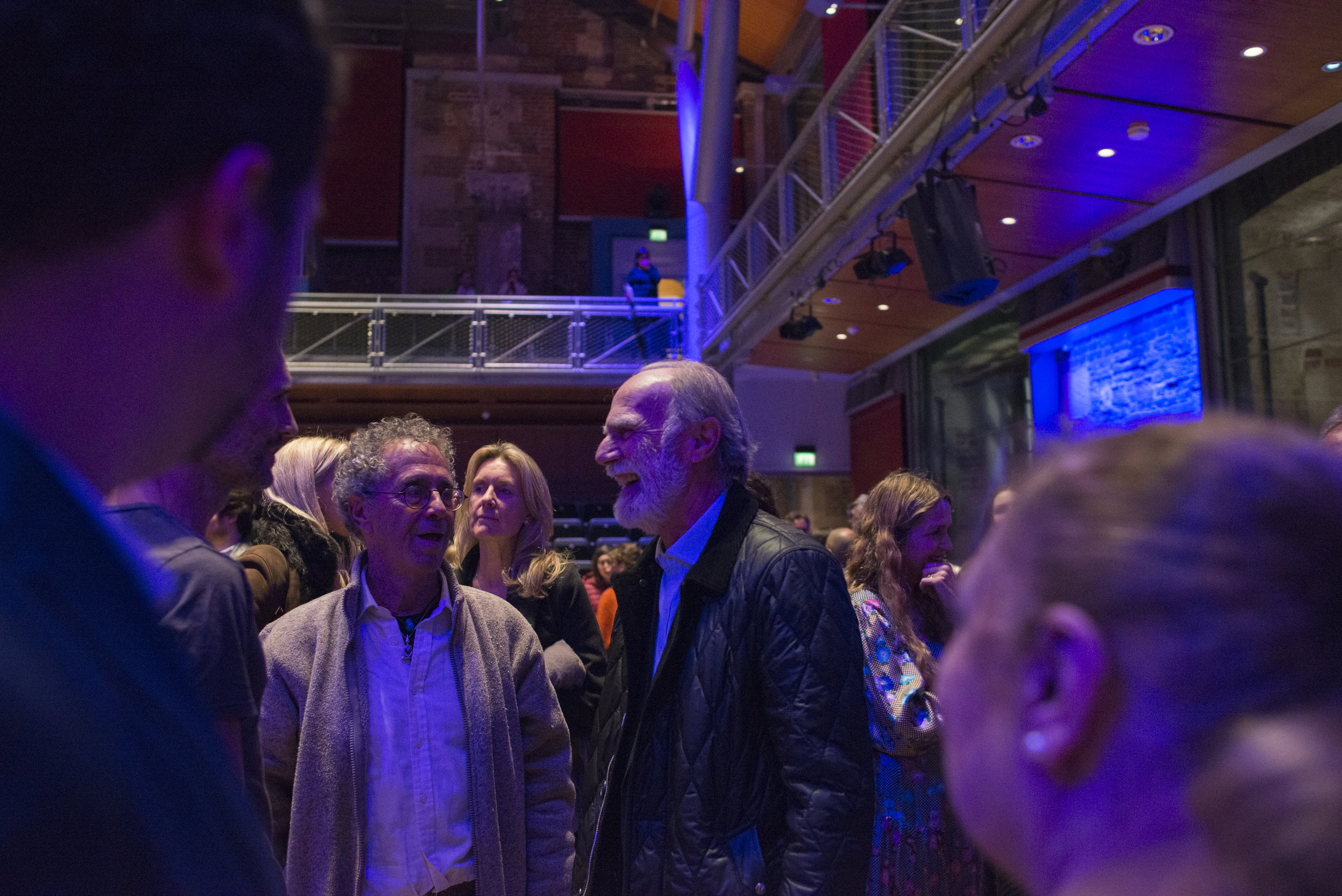
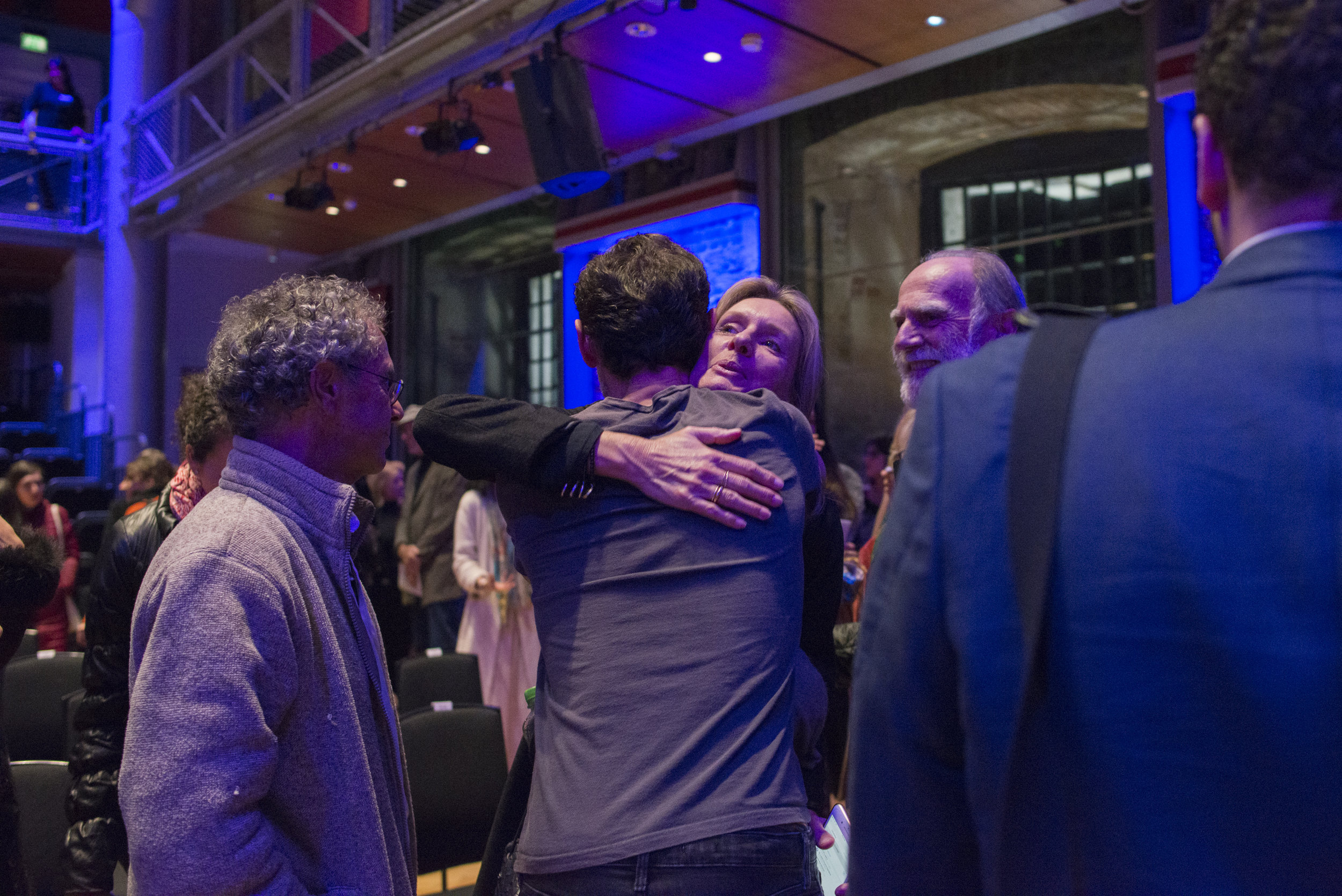
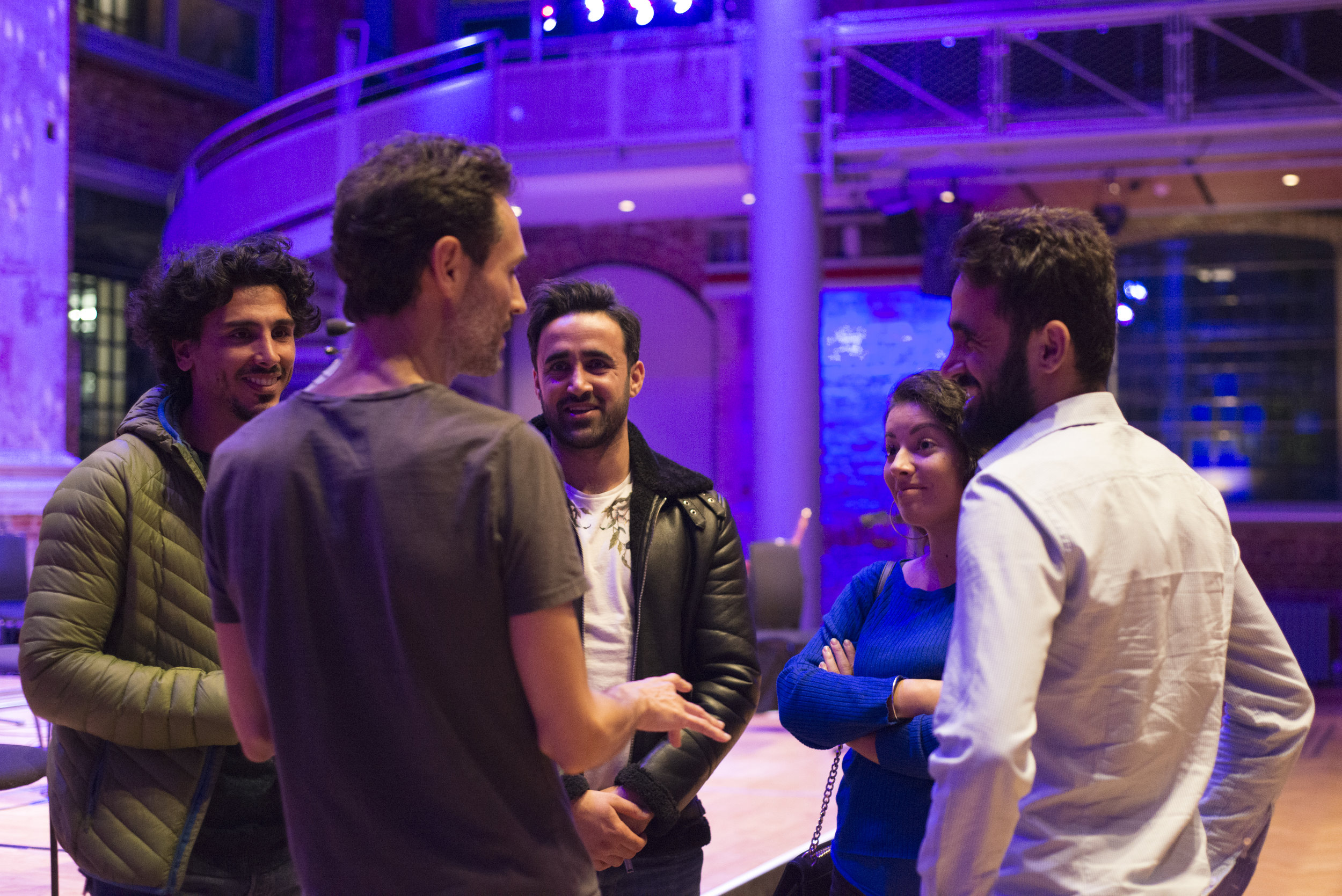
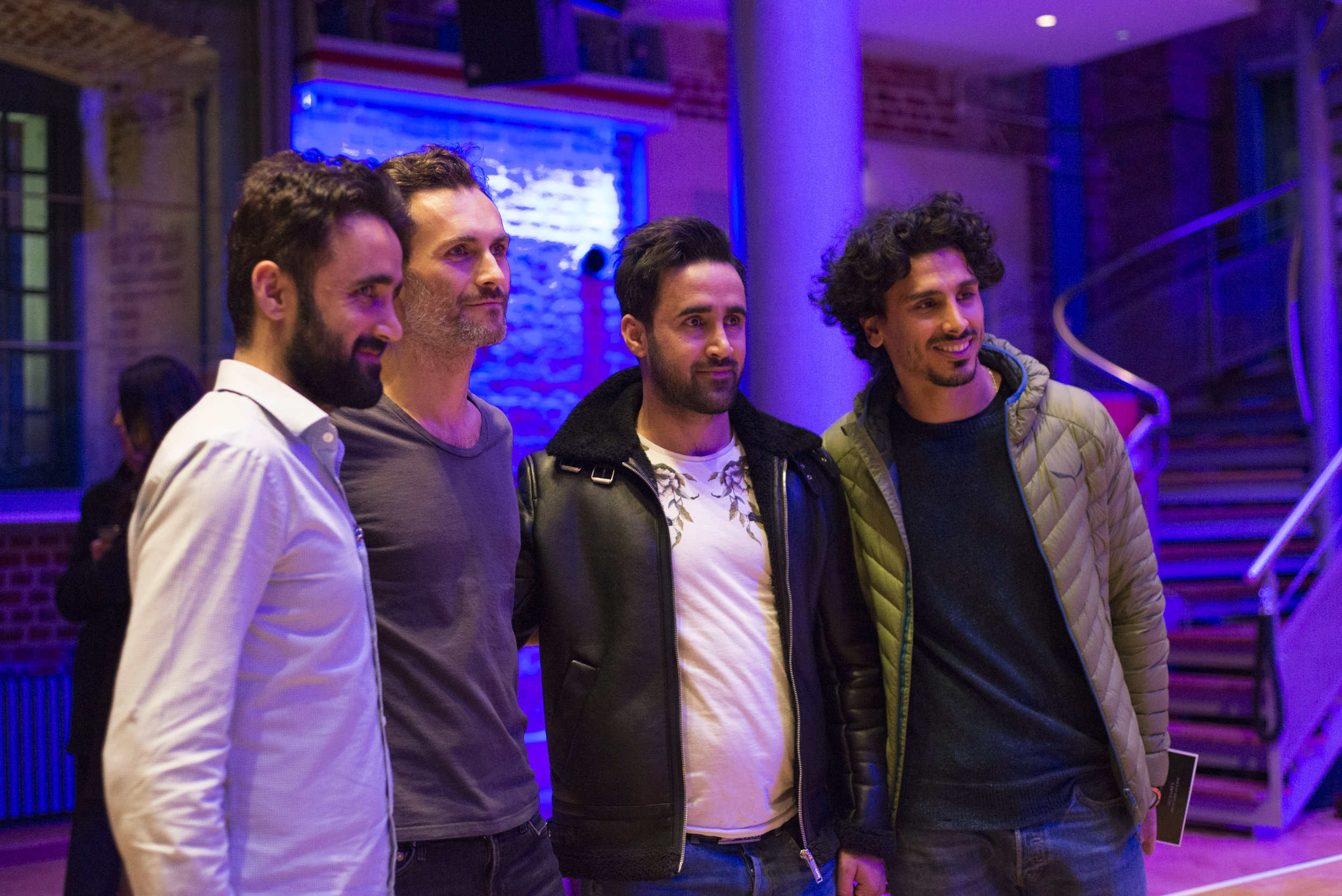
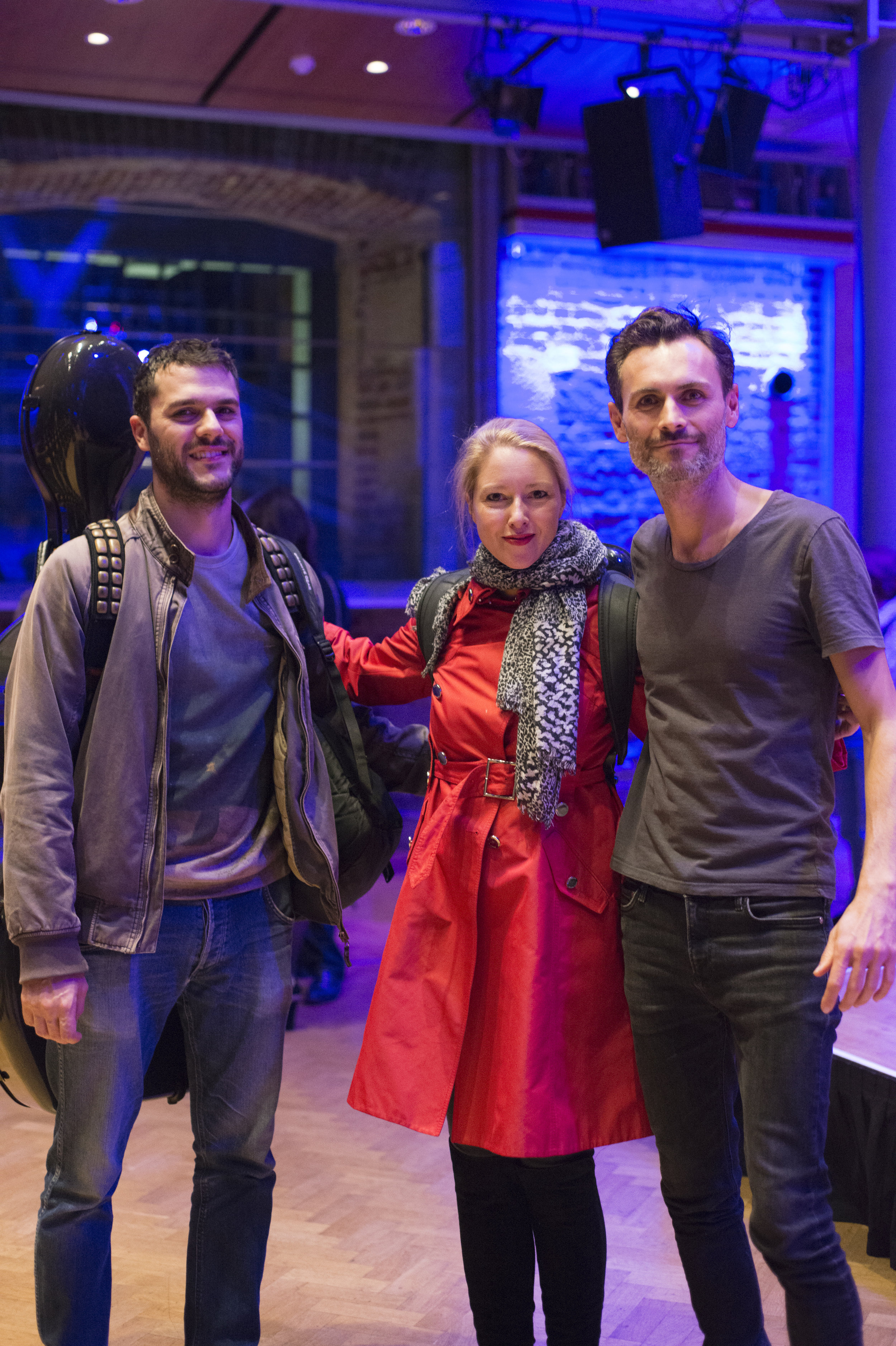

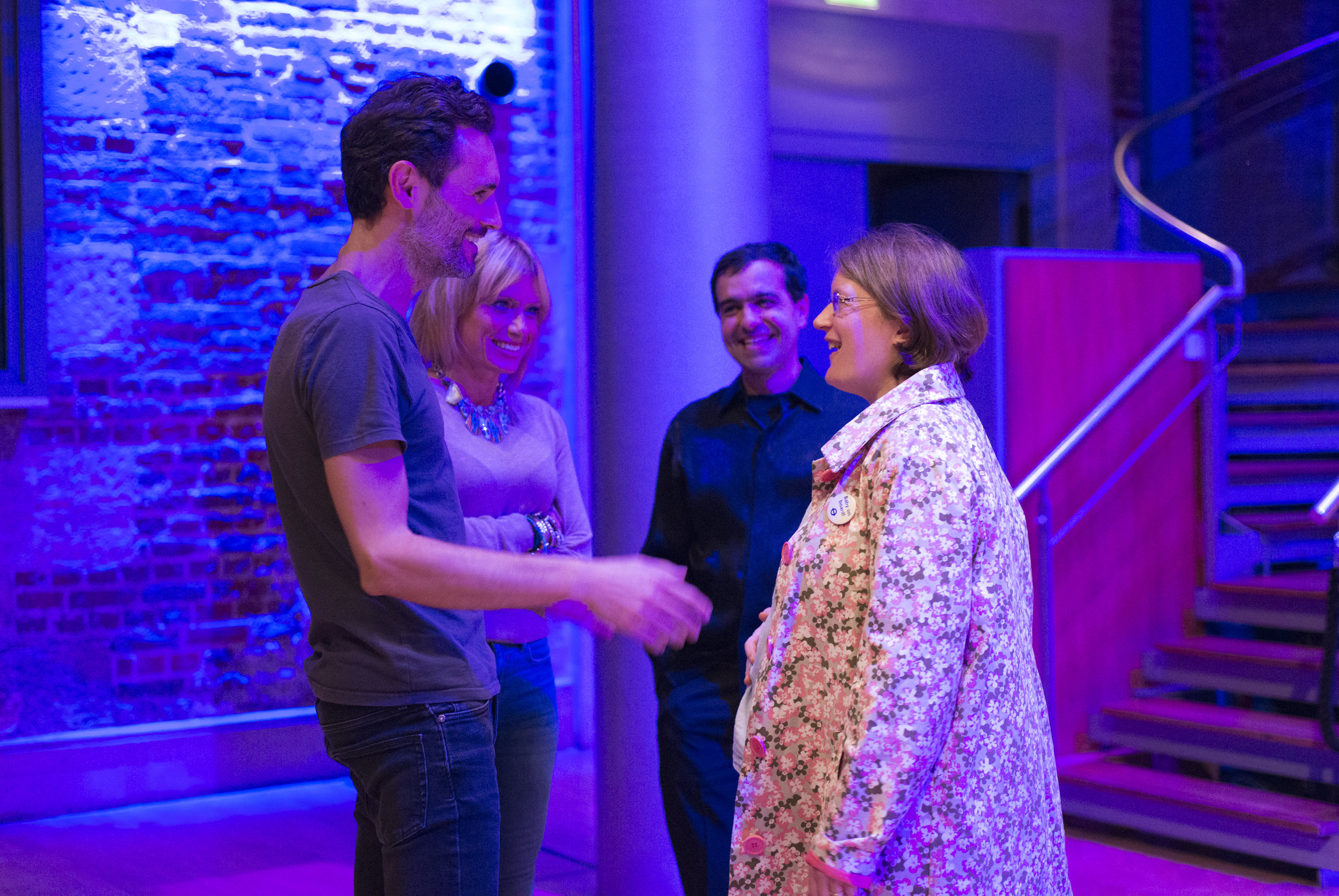
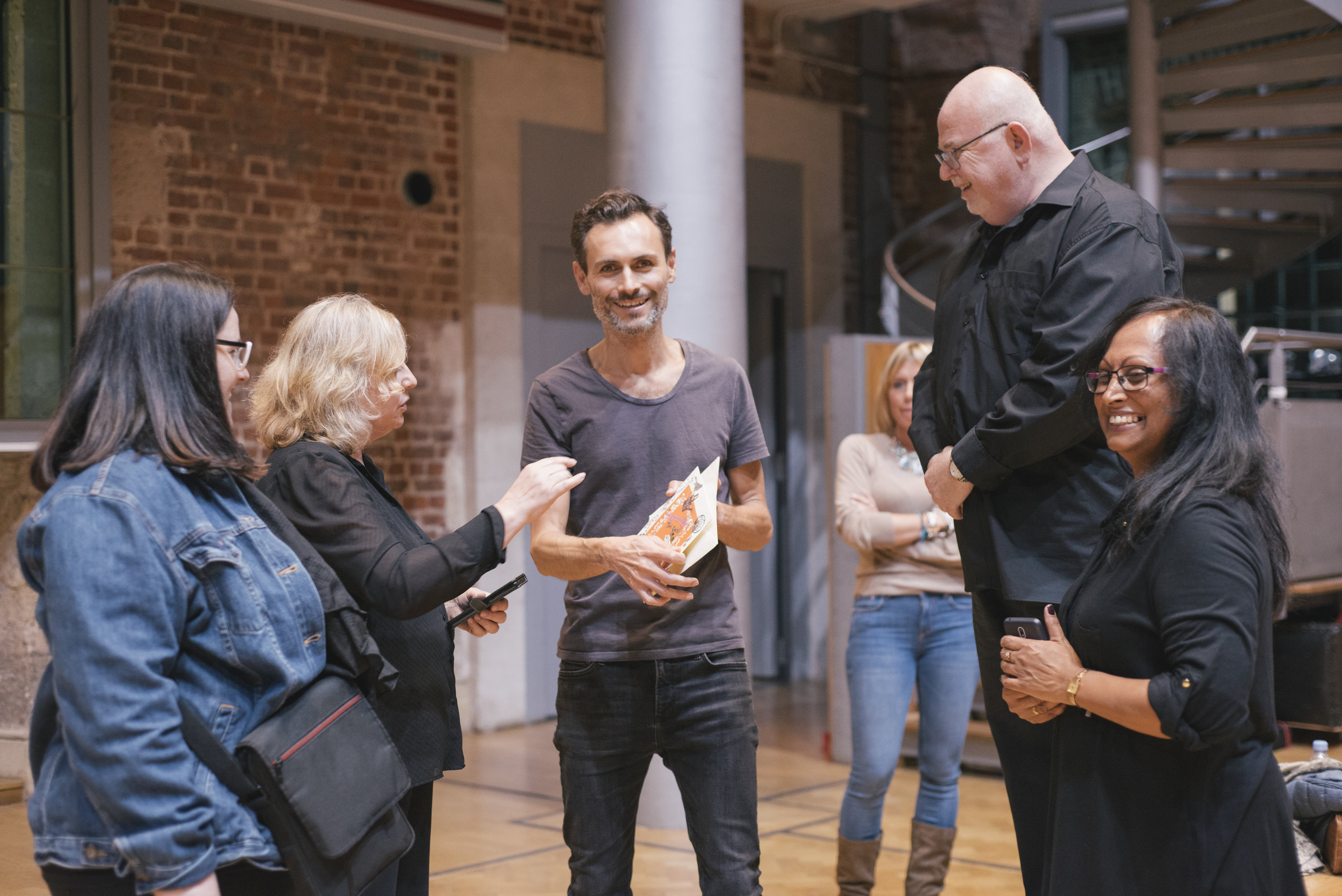
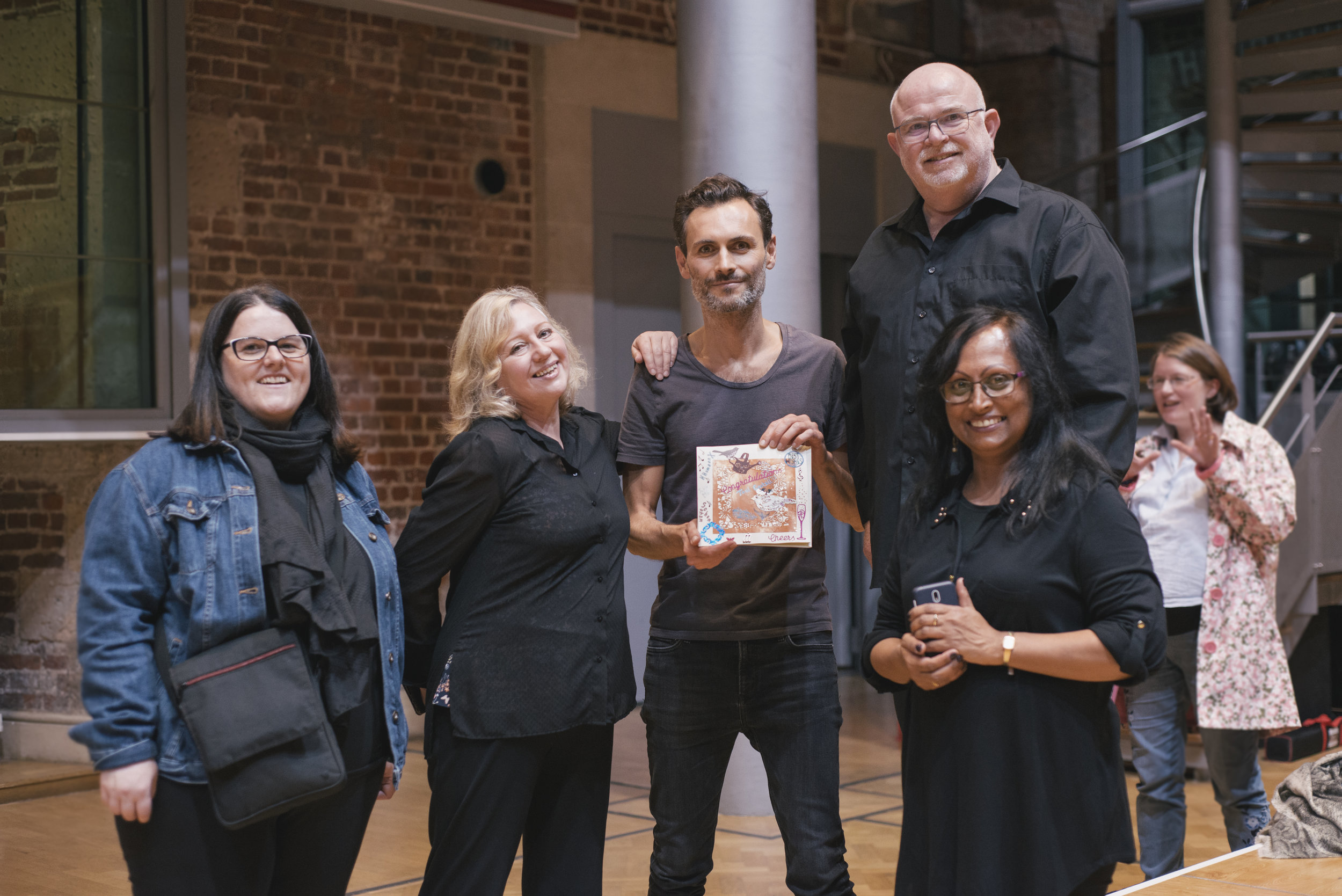
2045: The year man becomes immortal (2016)
Death/Integration/Transcendence
Chamber piece for piano, cello, violin, cor anglais, percussion, synthesizer, bass guitar, electronics, soloist voices and mixed choir.
‘2045: The Year Man Becomes Immortal’ takes its name from the eponymous Time Magazine article by Lev Grossman (Grossman 2011). The article explores Google’s chief engineer Ray Kurzweil’s view on Technological Singularity, a new era that the techno-scientific community have predicted to be possible by 2045 in which technology will finally allow for man and machine to merge, converting us effectively into machines, allowing us to stop ageing and live indefinitely. Through this paradigm of the future, I explore the efforts of our technocratic society to overcome death, wondering essentially whether there's a purpose to being mortal, and whether there's a purpose to dying. Ray Kurzweil gave permission for his voice and teachings to be used in the piece.
A counterpoint to this perspective is created by analysing dozens of Near-Death Experience accounts alongside Eastern Philosophical and Shamanic perspectives on death, signalled by the teachings of Alan Watts, the English writer, theologian, and speaker known for interpreting and popularising Eastern philosophies such as Buddhism and Taoism for a Western audience. His son, Mark Watts, gave permission to use his father’s teachings in the piece.
The piece is structured in 5 sections mirroring the five stages of a fruit tree, a metaphor for the cyclic nature of life. The first three sections constitute a first block representing the process from life to death. The last two sections constitute a second block where, after what we understand as death, I wonder about the immortal nature of the human soul. In the timeline of the piece, these two blocks are separated exactly at the Golden Ratio and all the individual pieces that constitute the piece follow the timings of the Fibonacci Sequence.
The piece was premiered at St. James's Church in Piccadilly, London, on the 6th of July 2016 featuring countertenor Oliver Gerrish and soprano Meeta Raval and in collaboration with Tete-a-Tete Opera Festival. Viscountess Cowdray, Lady Marina Cowdray, commissioned a second performance at Cowdray Park on the 9th of July 2016. On both occasions, it was received with standing ovations and unanimous praise. The piece was chosen as one of the Five of the best Classical Concerts by the Guardian and also had coverage on BBC Radio 3.
Pressing the button below Inside 2045 you will find detailed information on the piece and its compositional intentions and process.
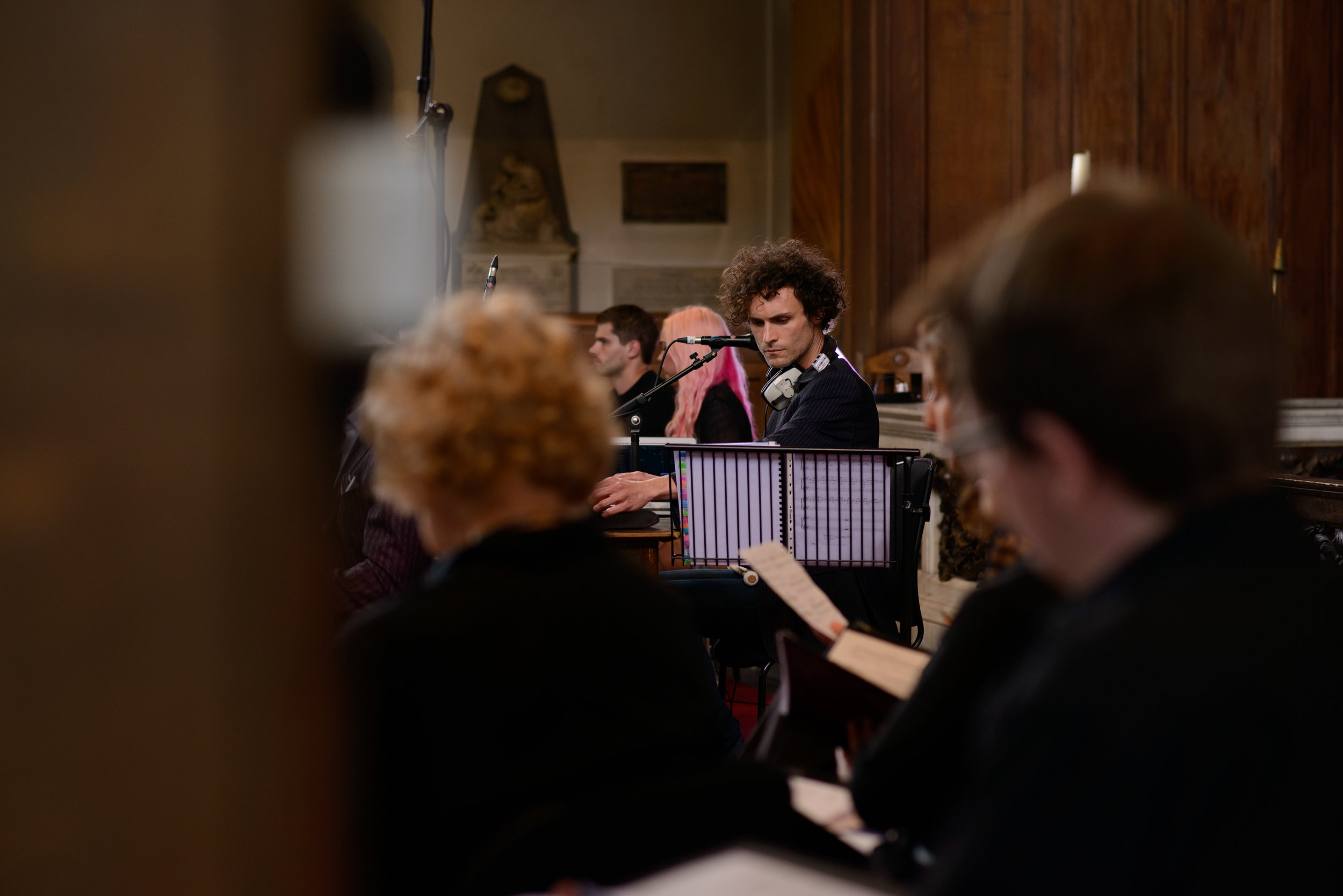
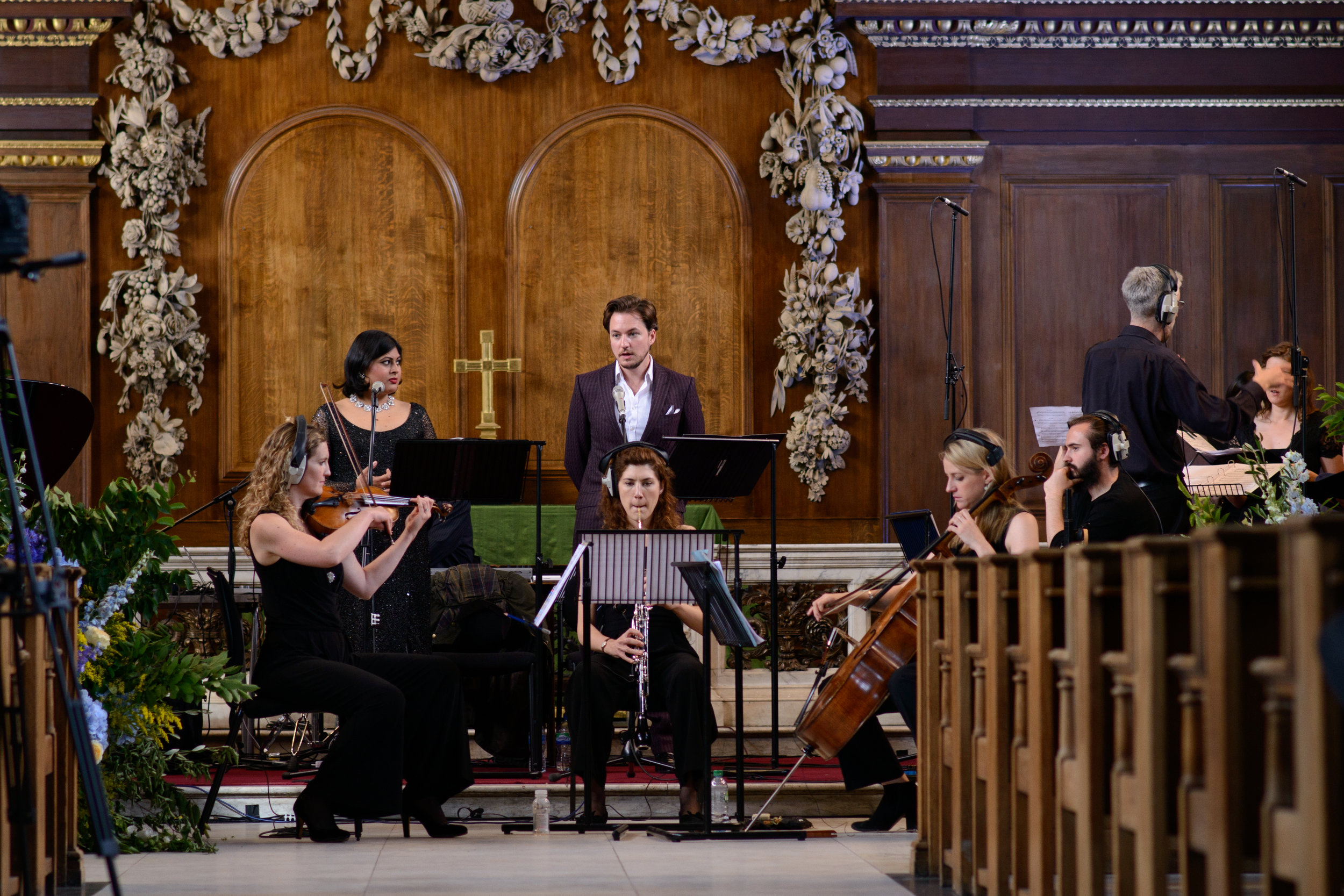
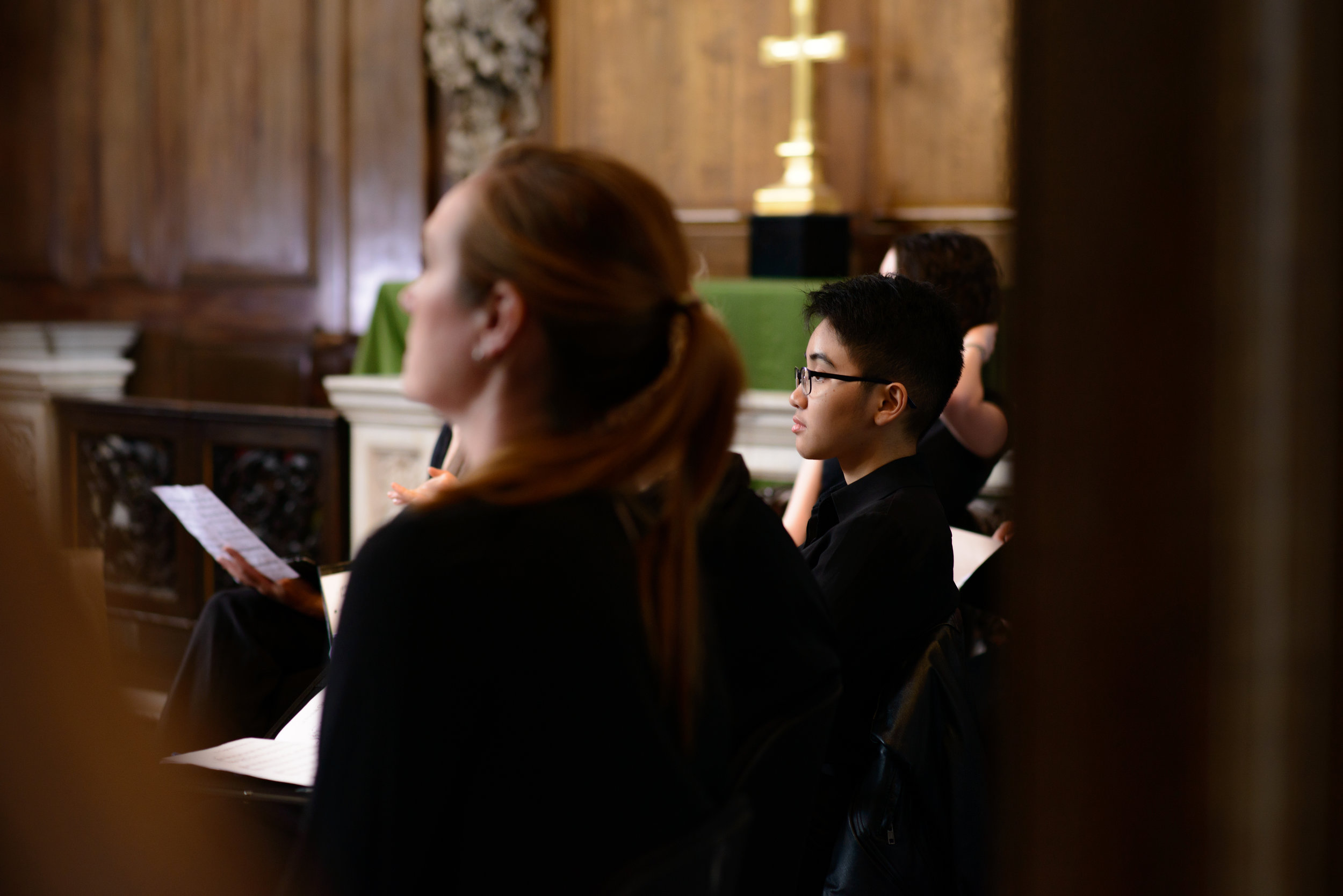

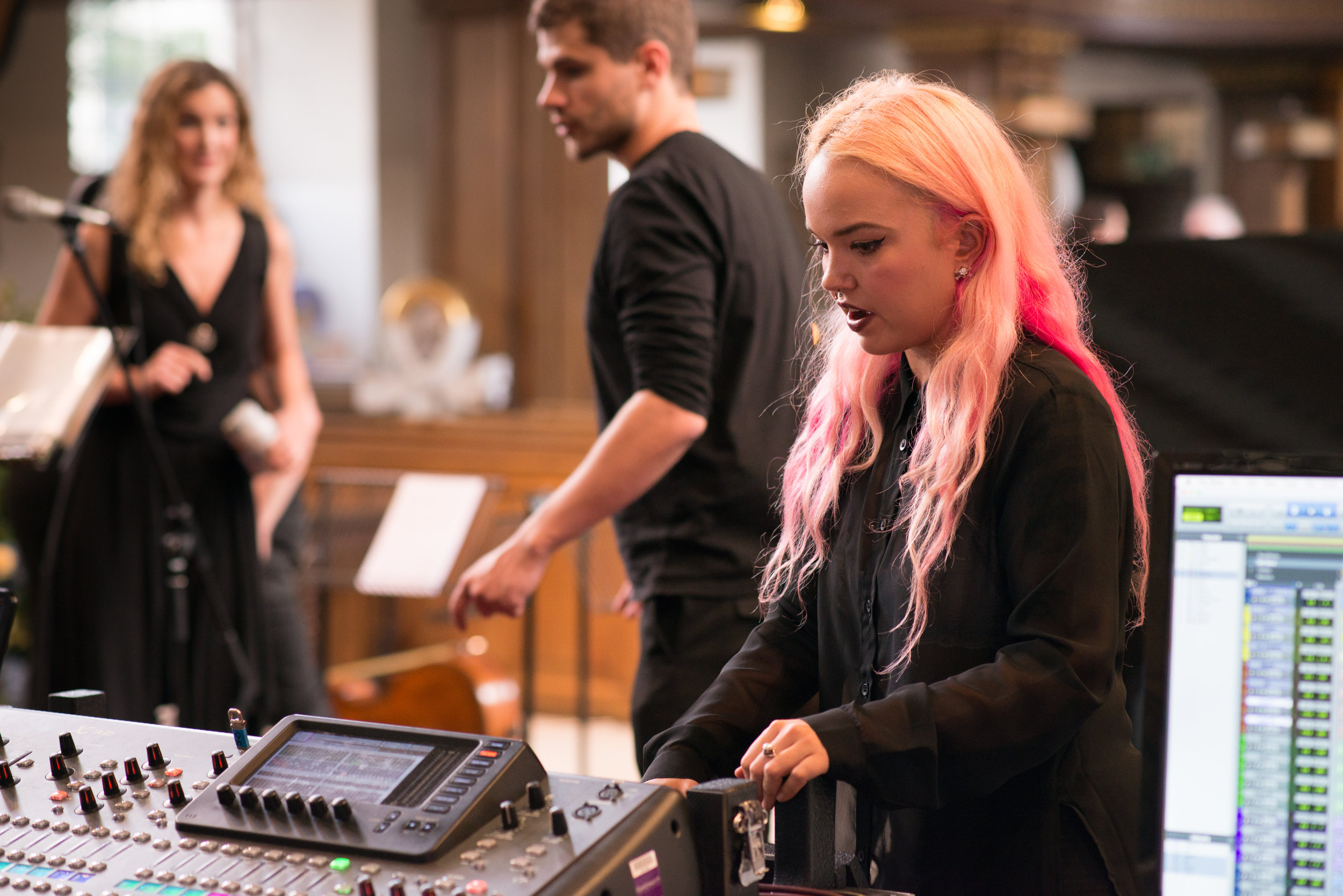
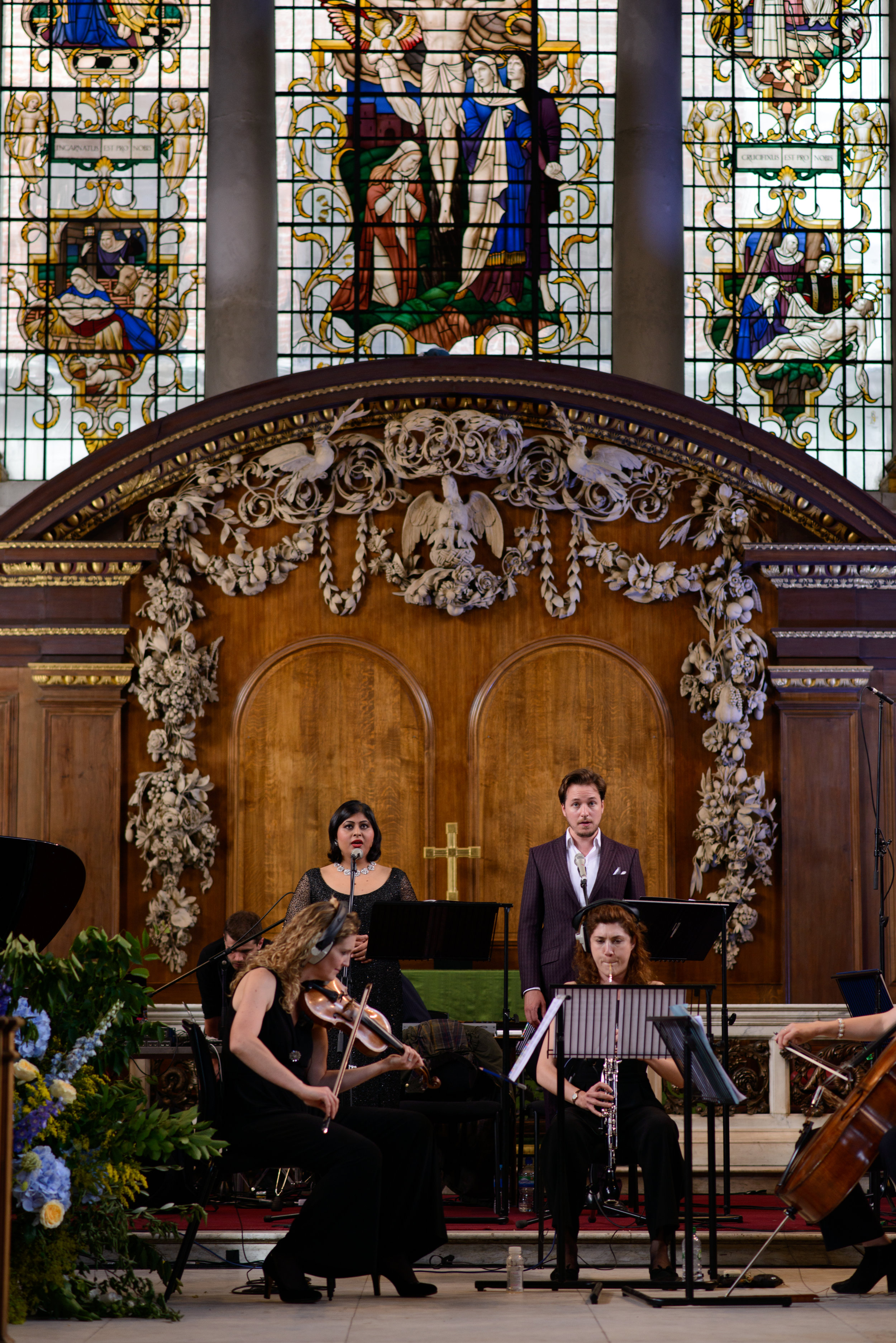
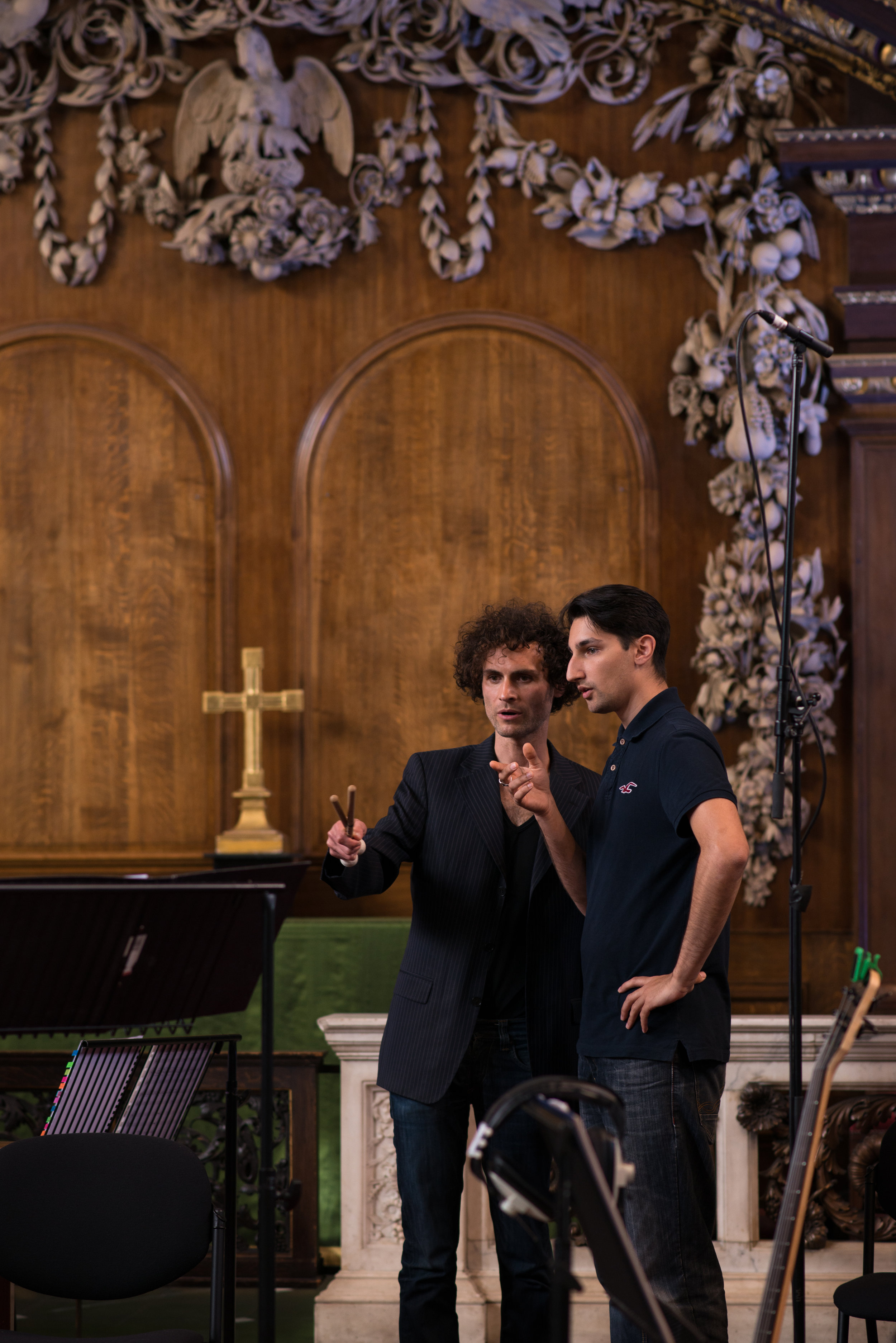
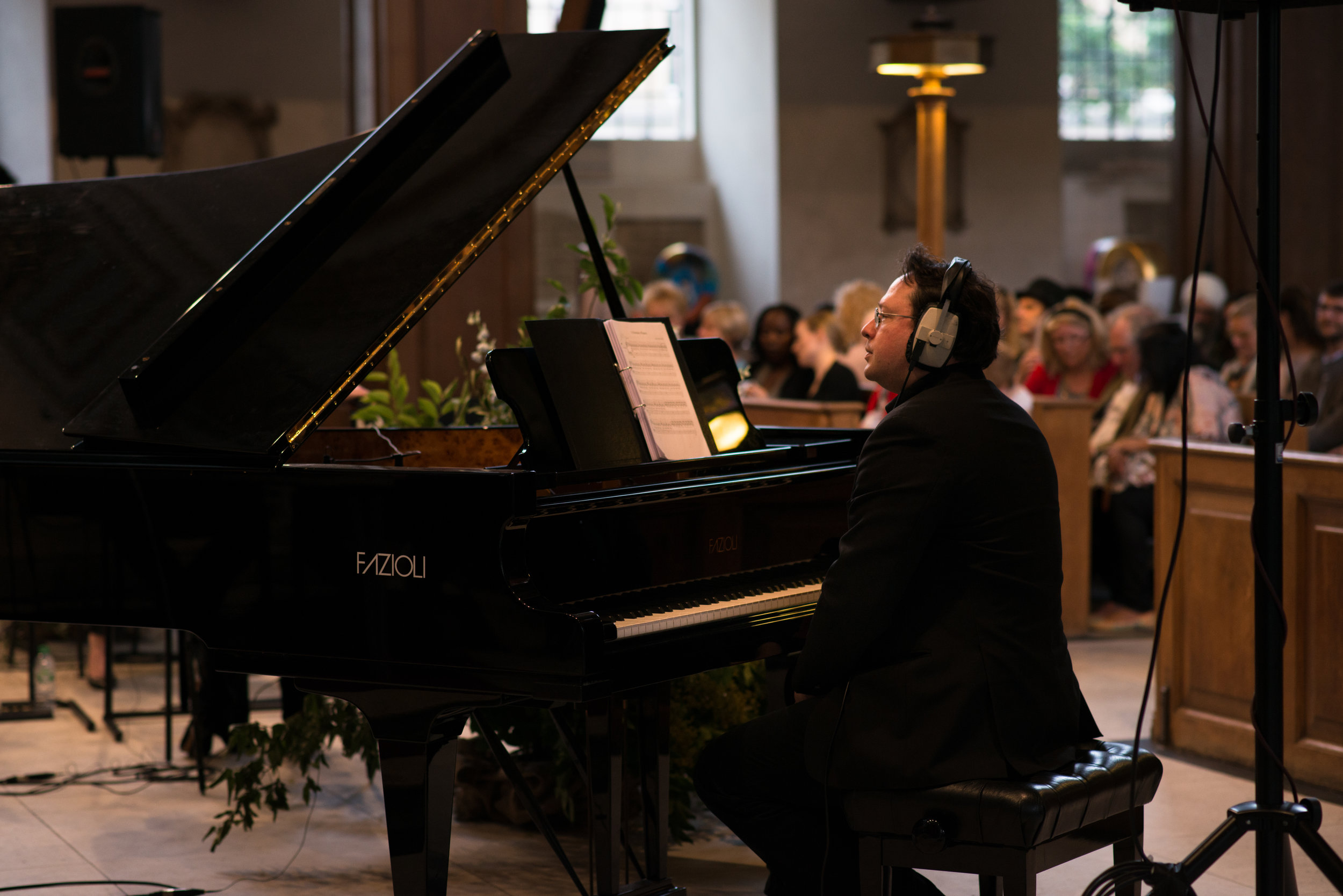
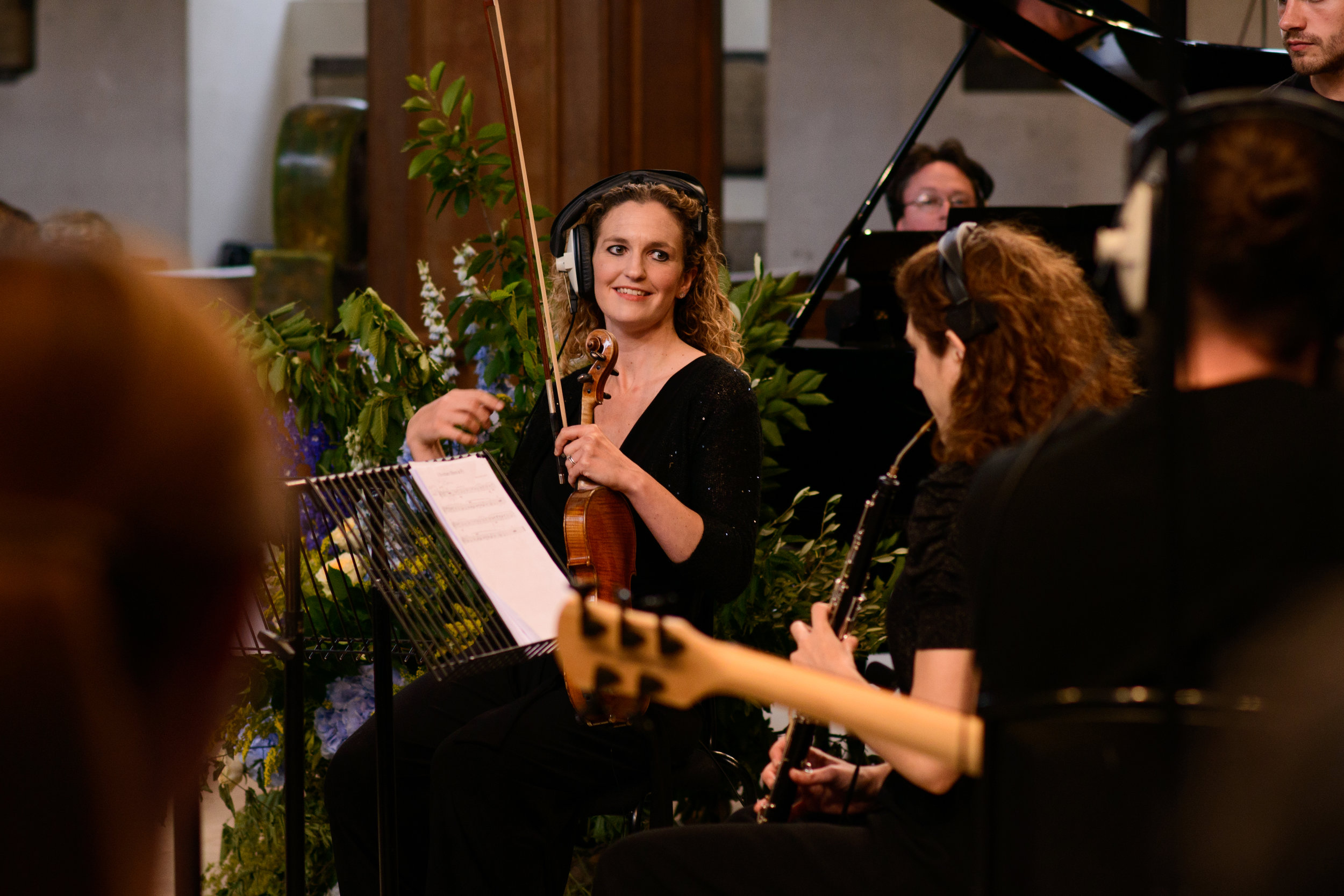
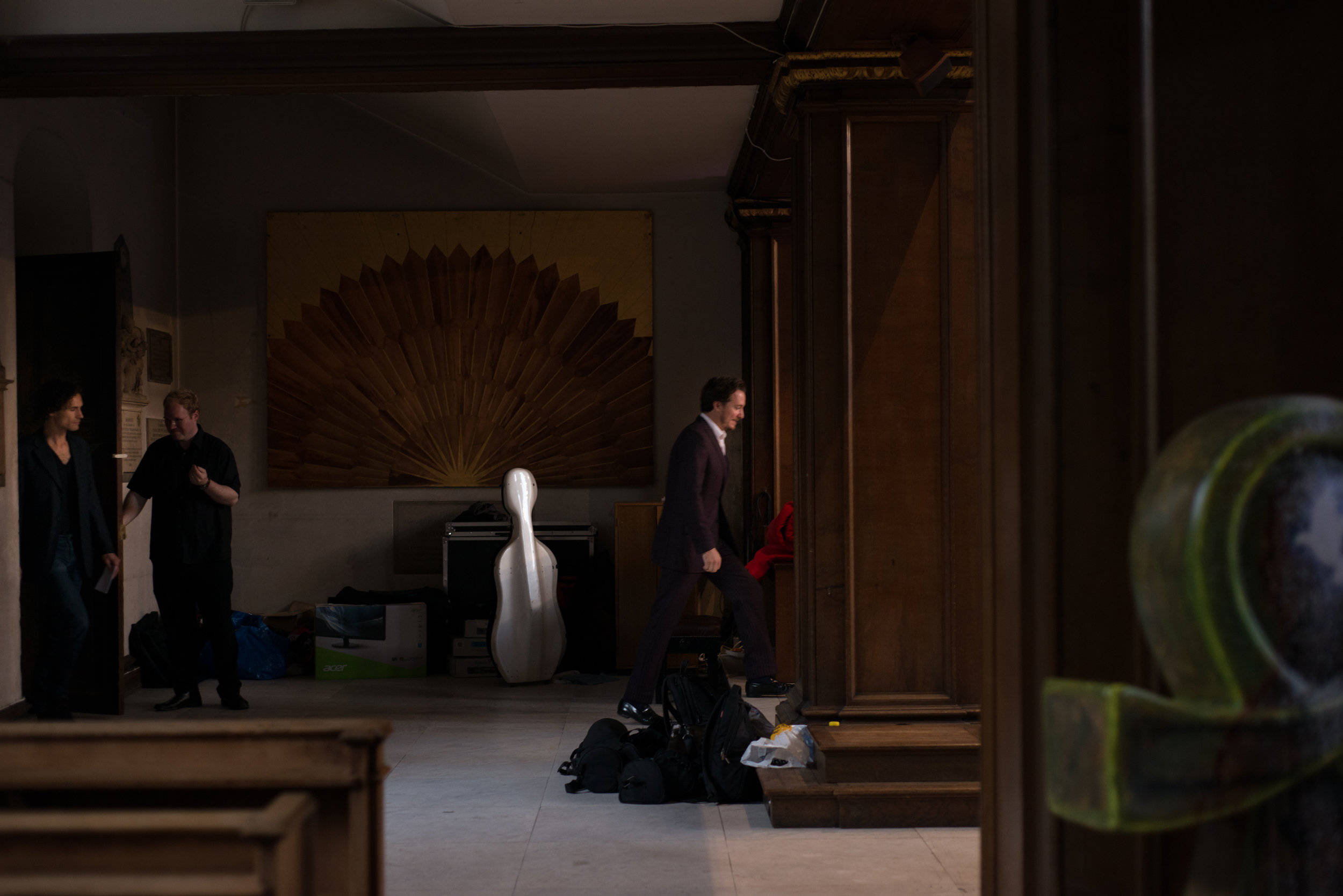
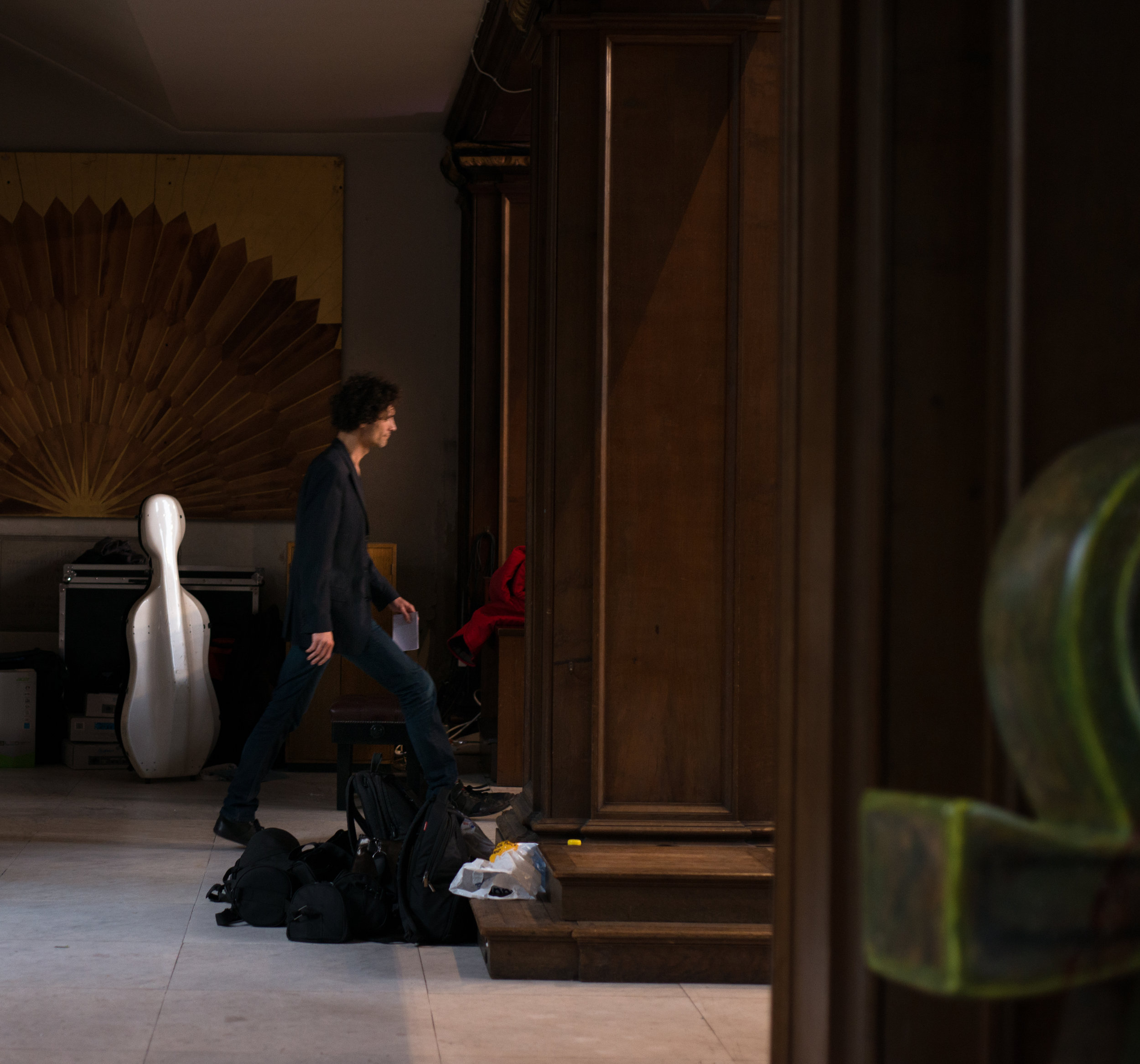
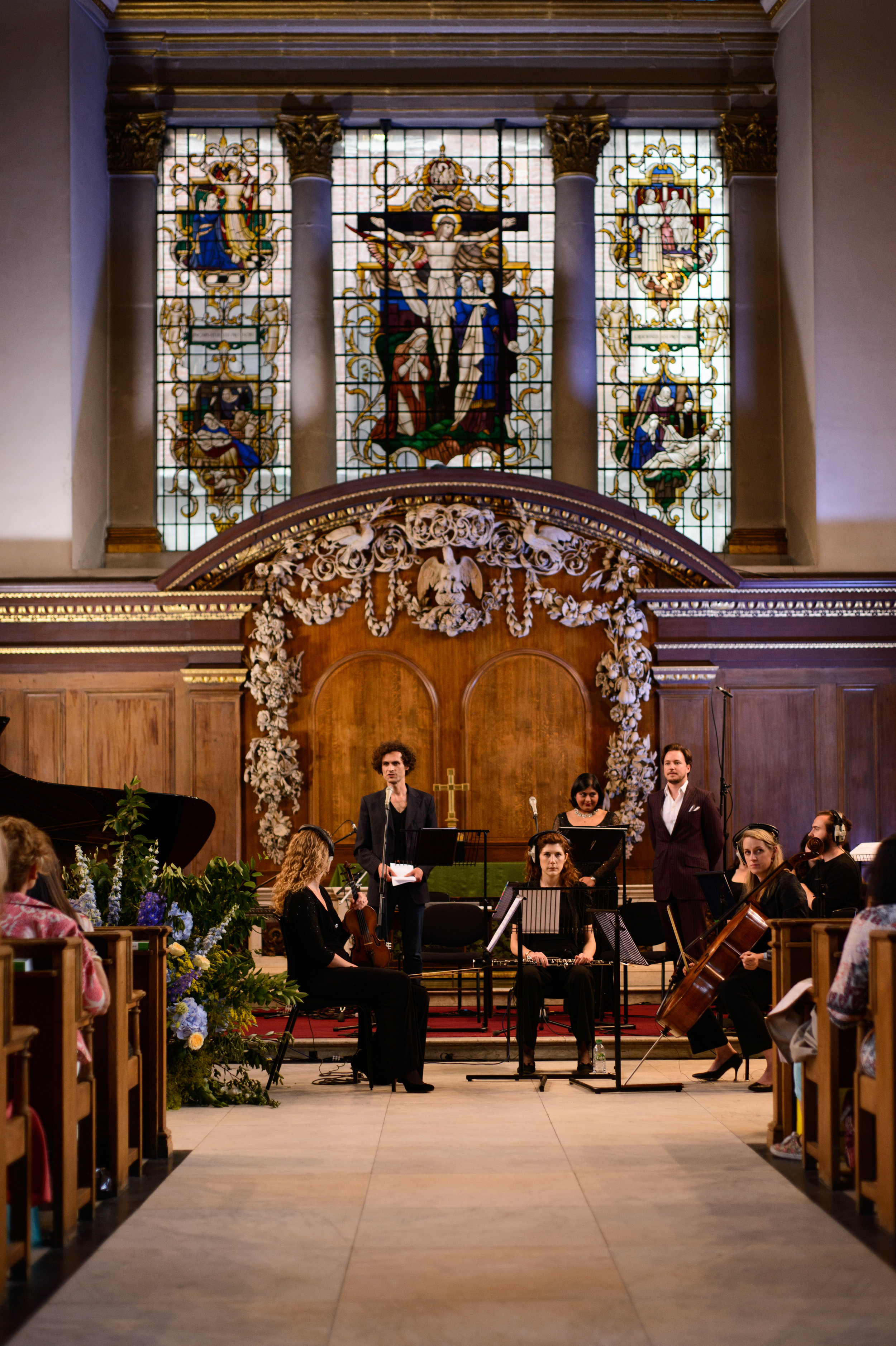
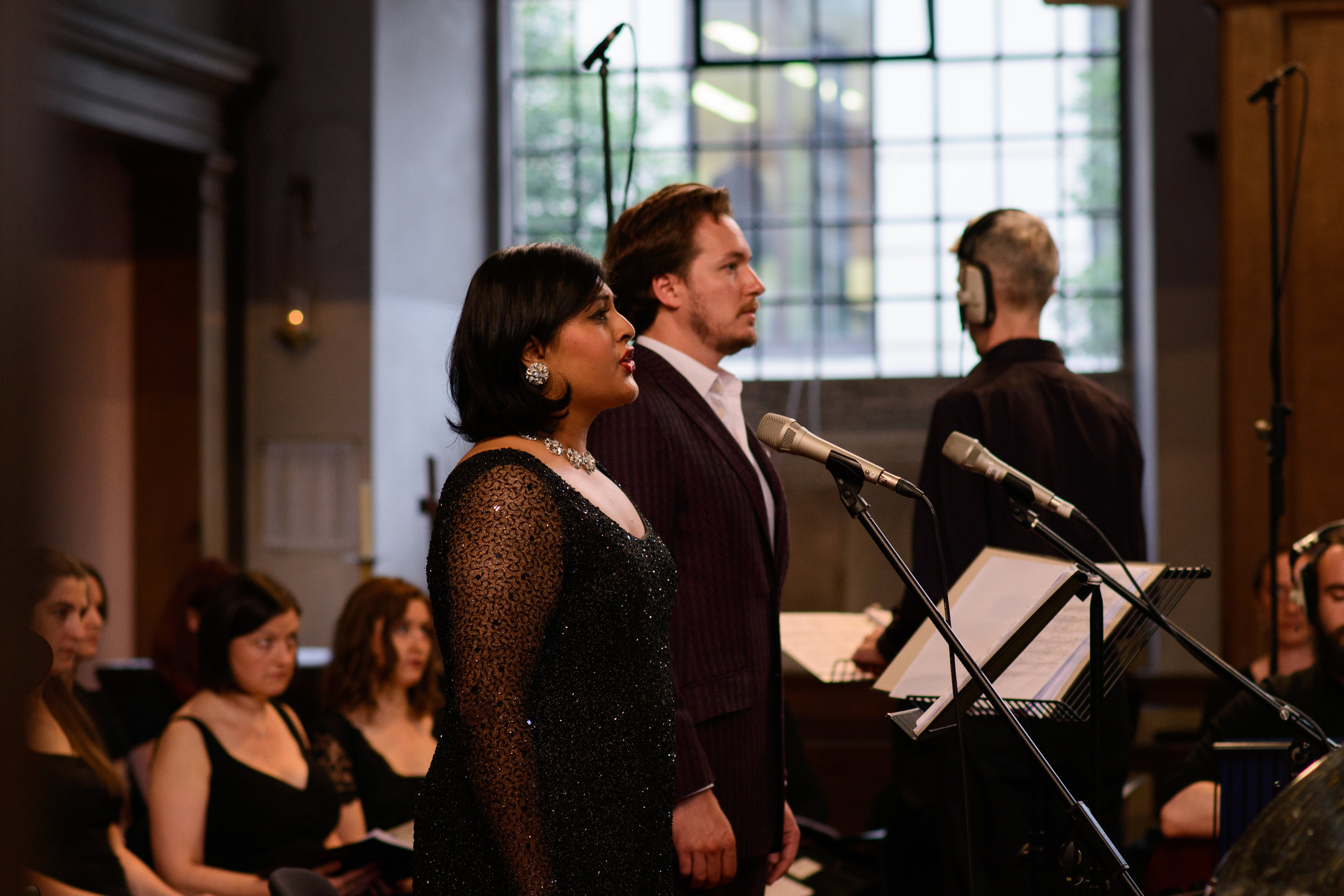

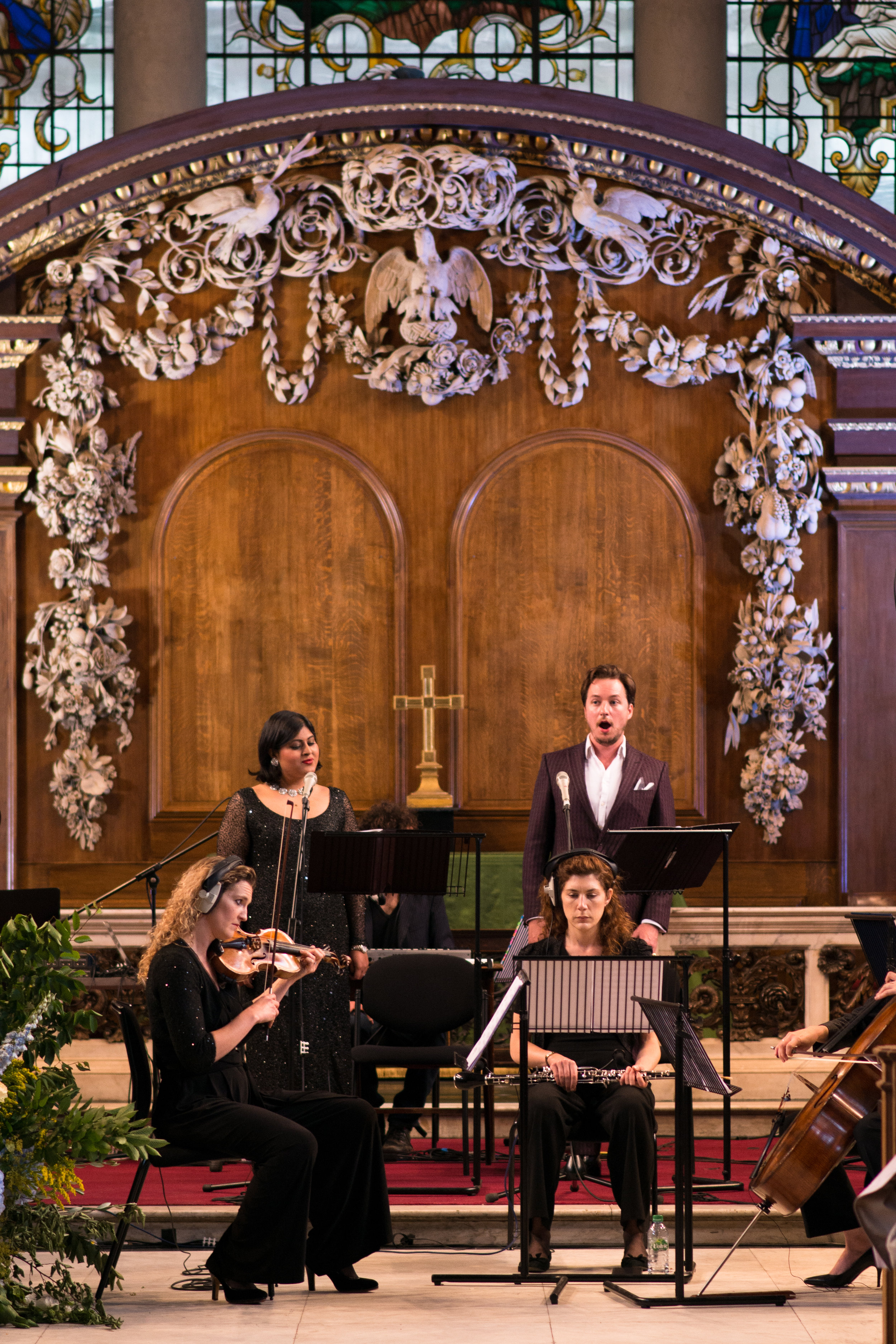
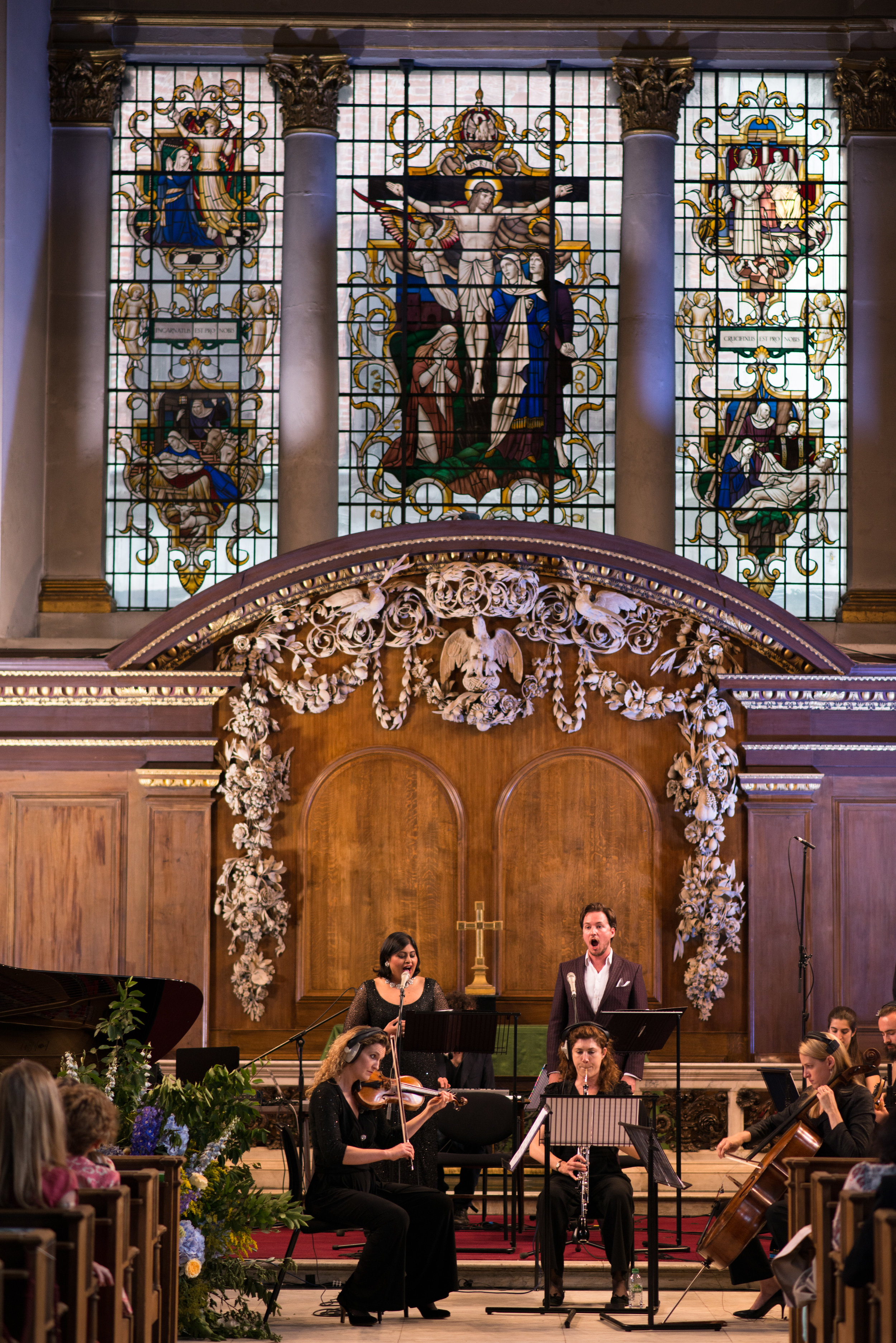
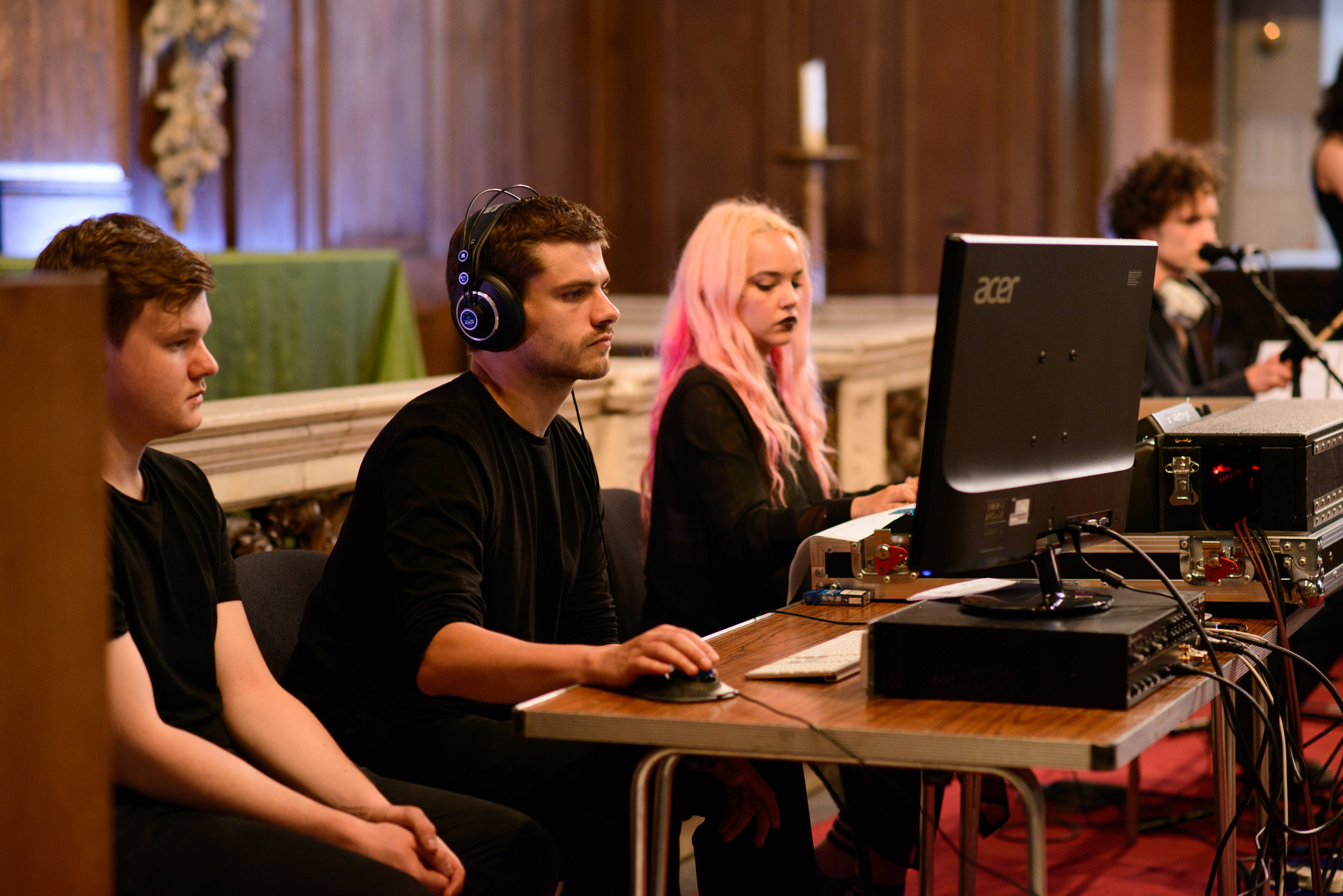
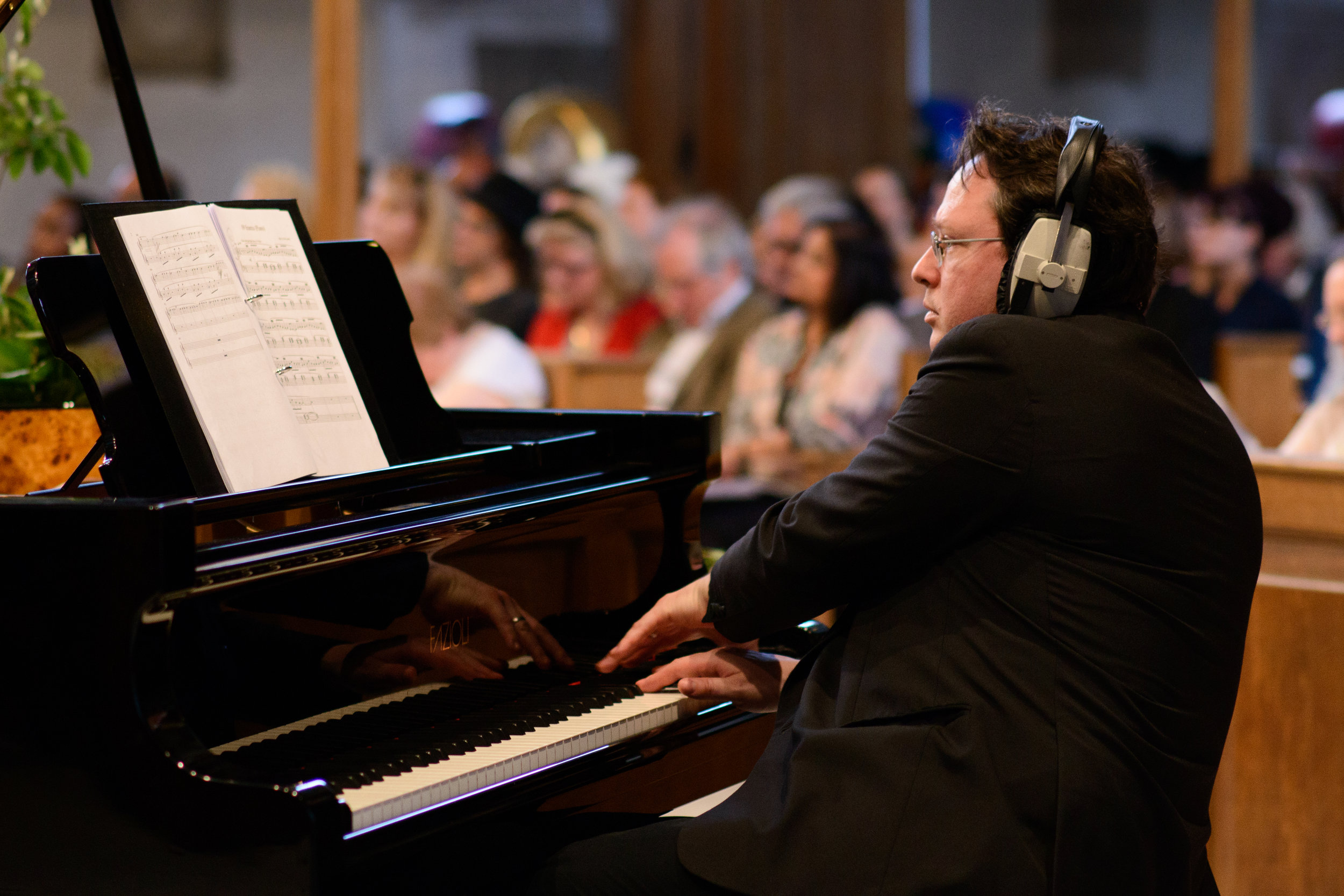
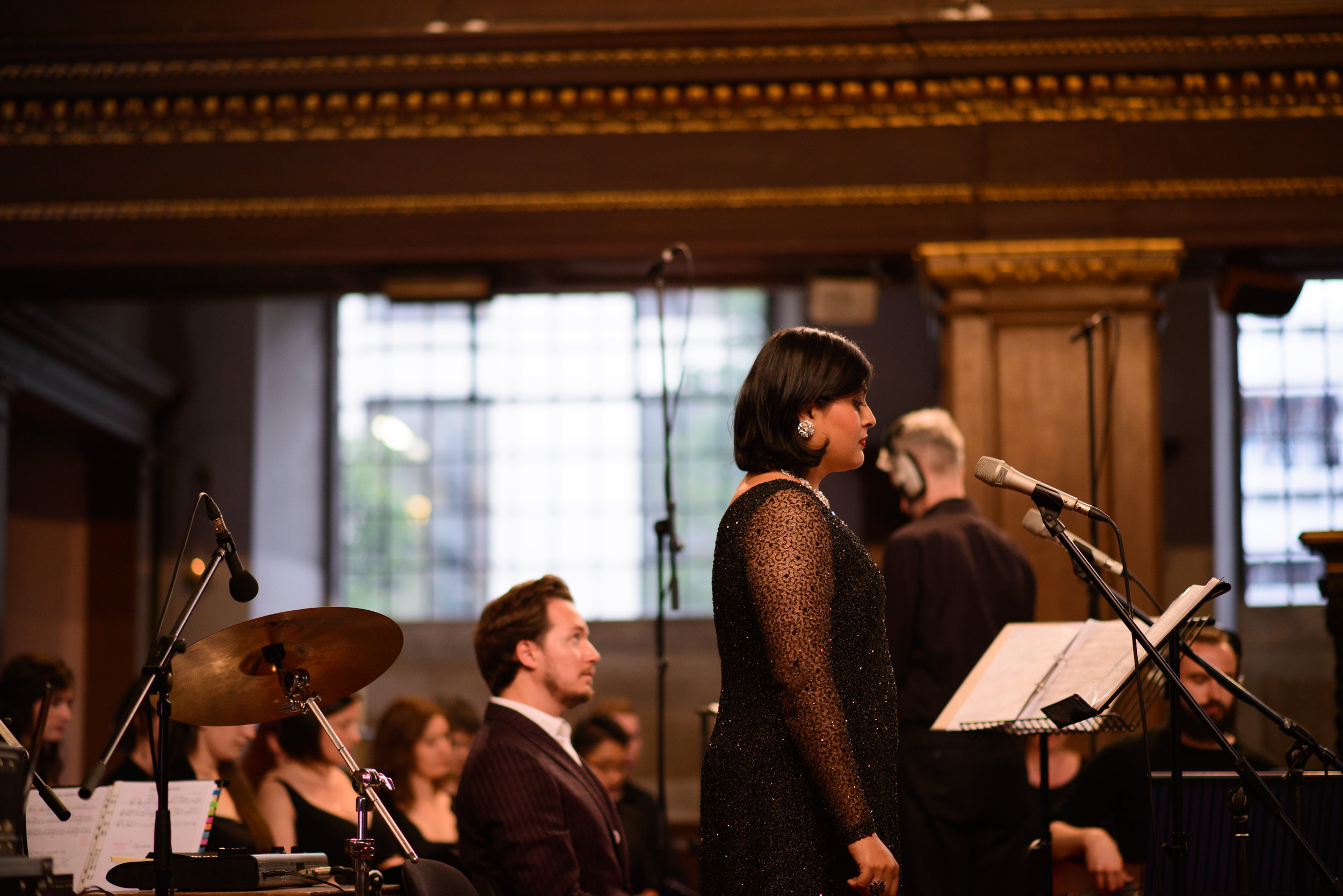
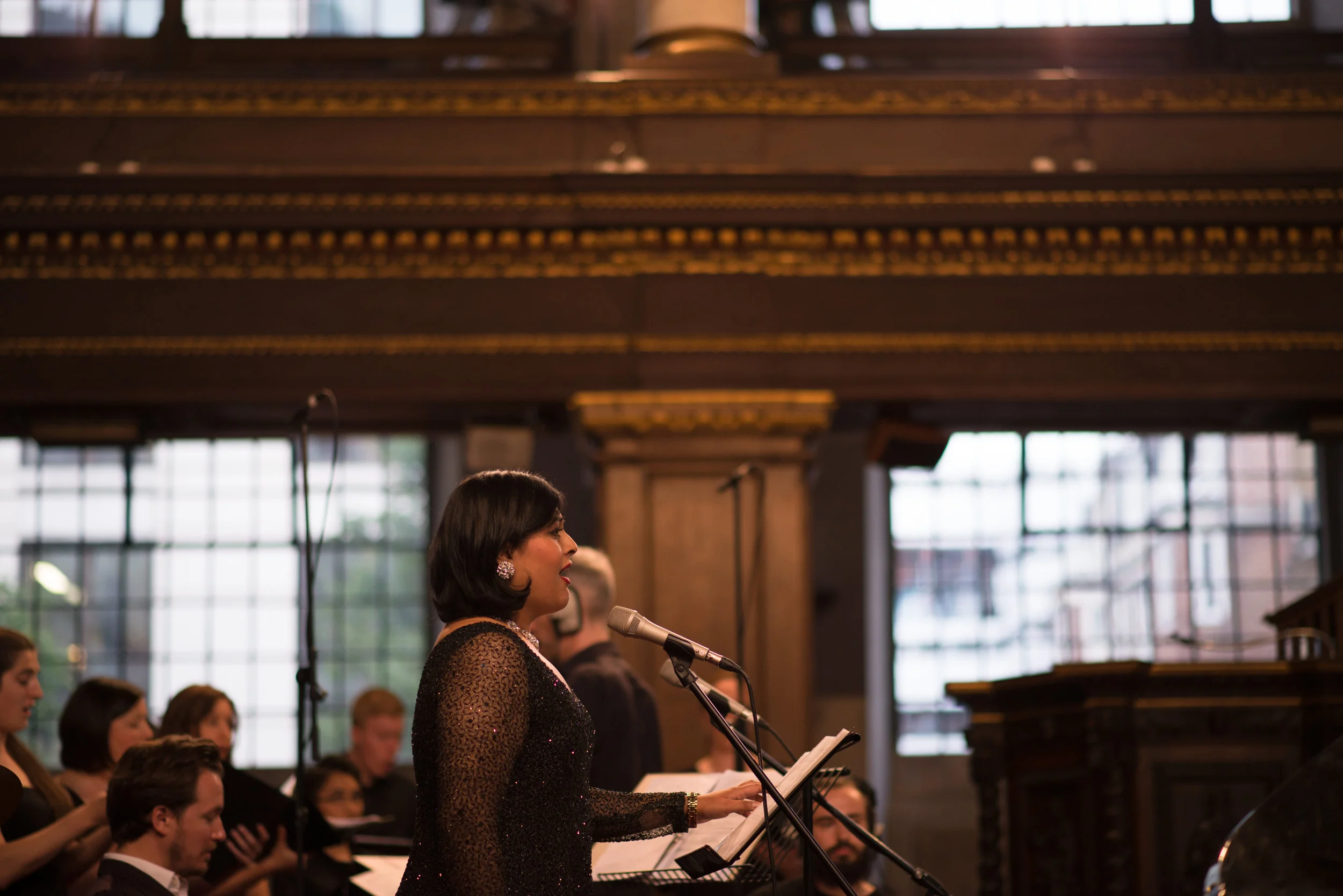

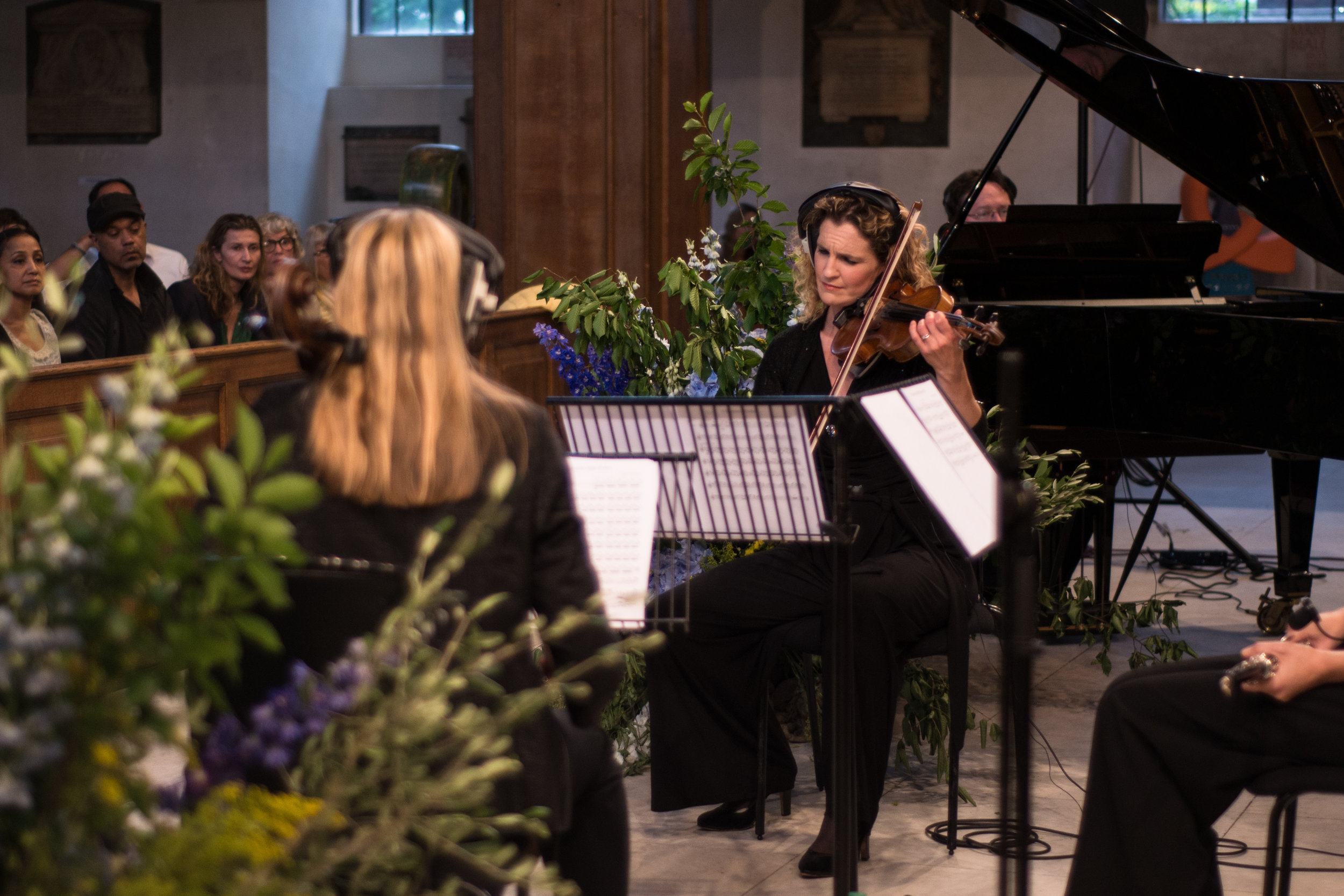
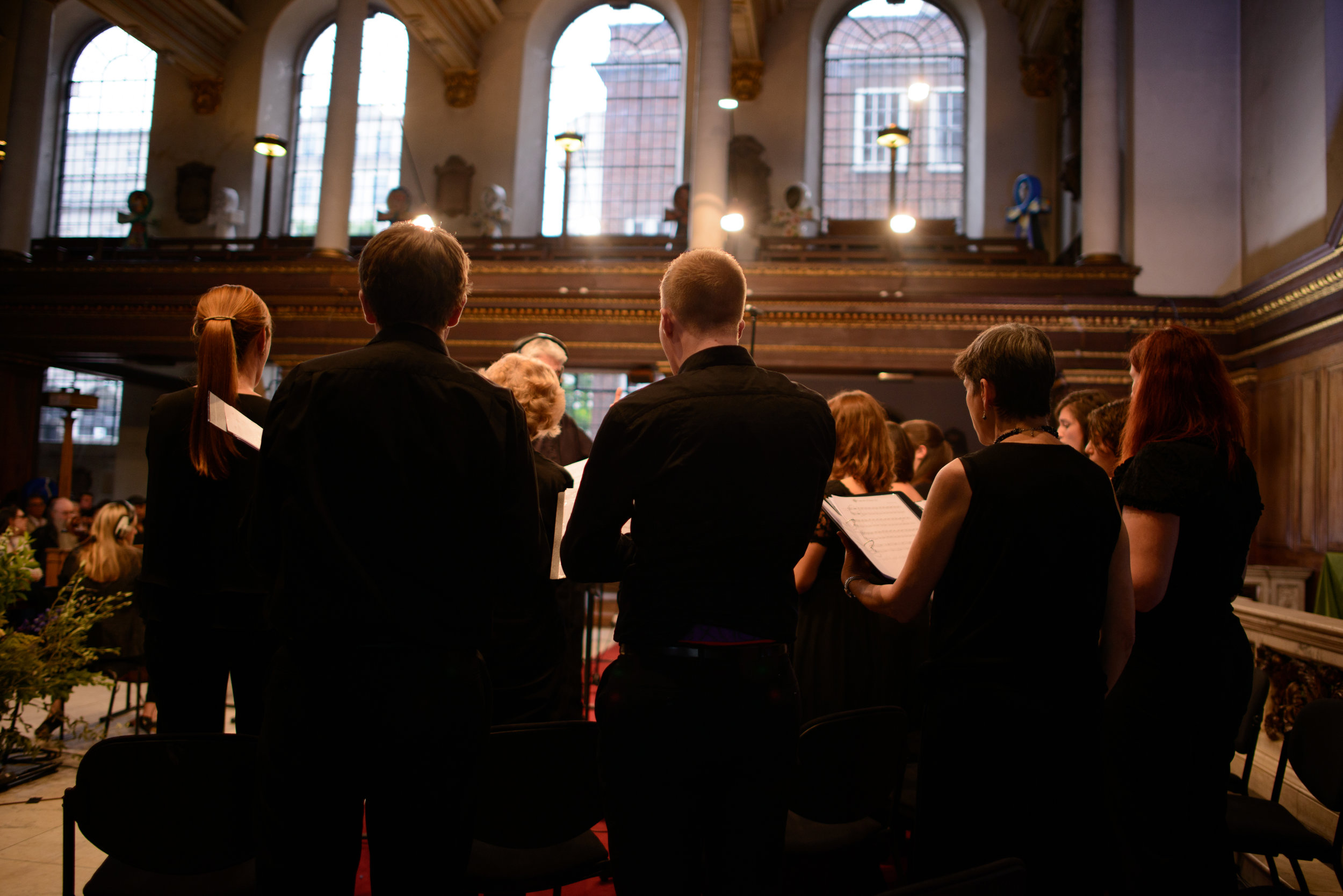
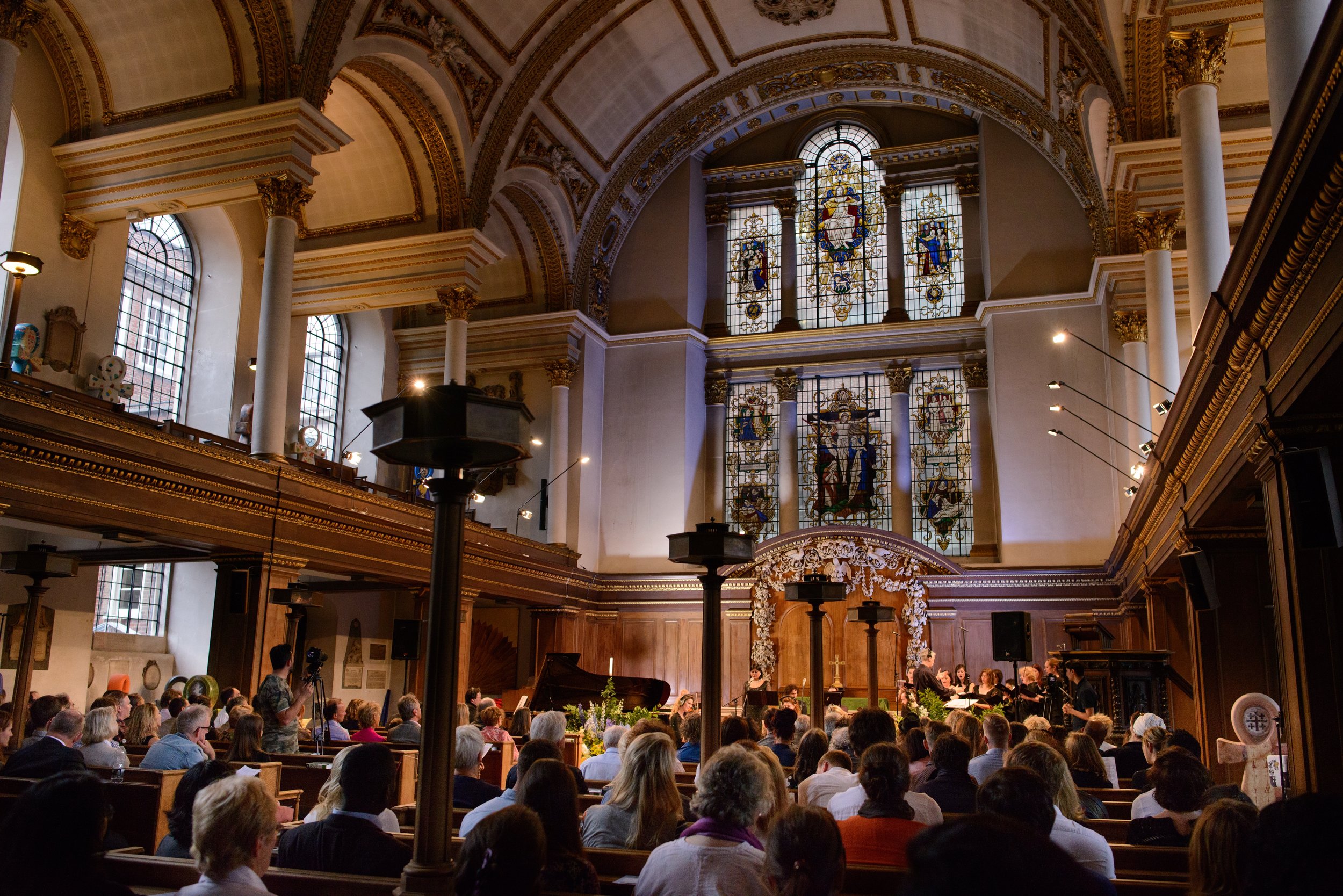
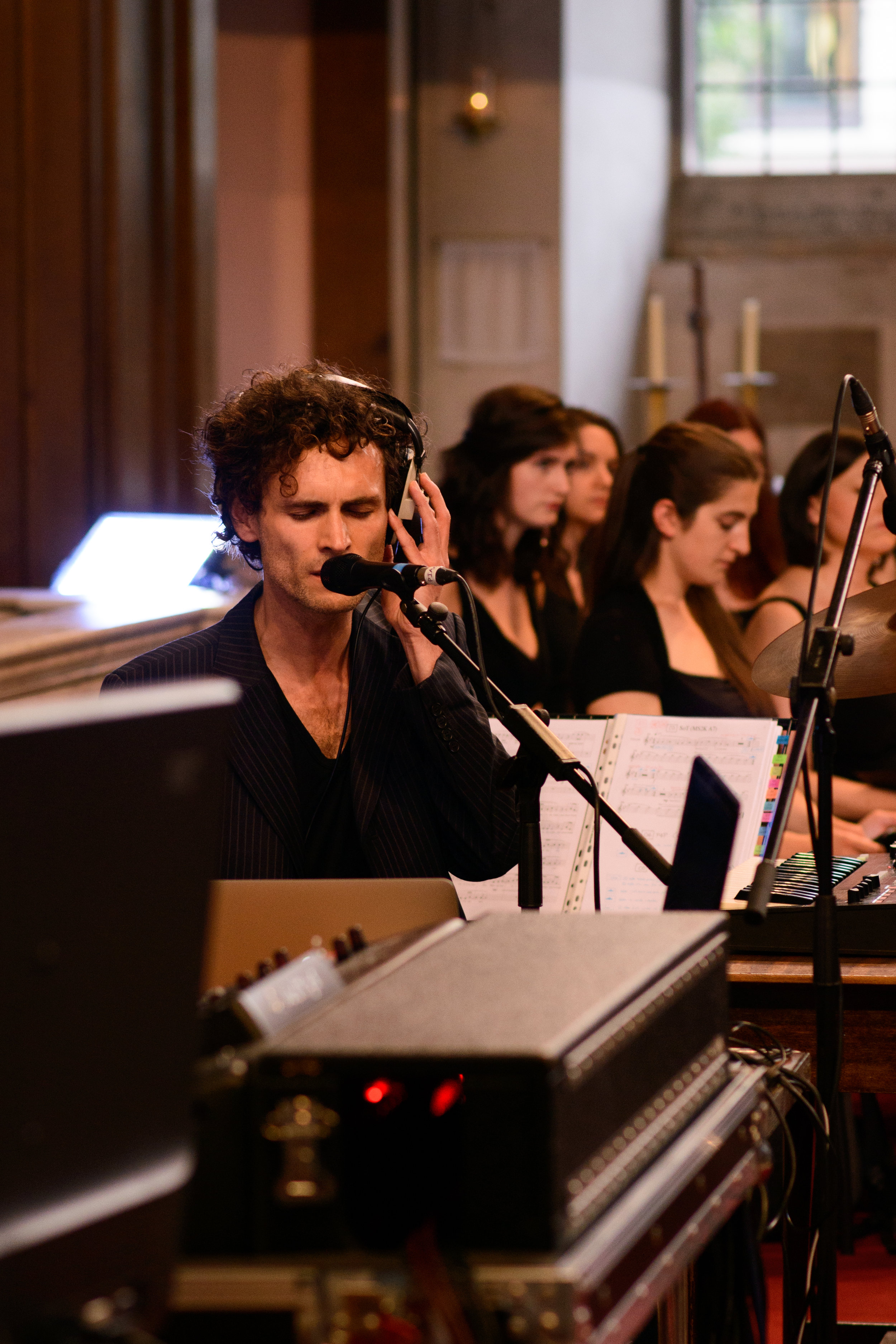

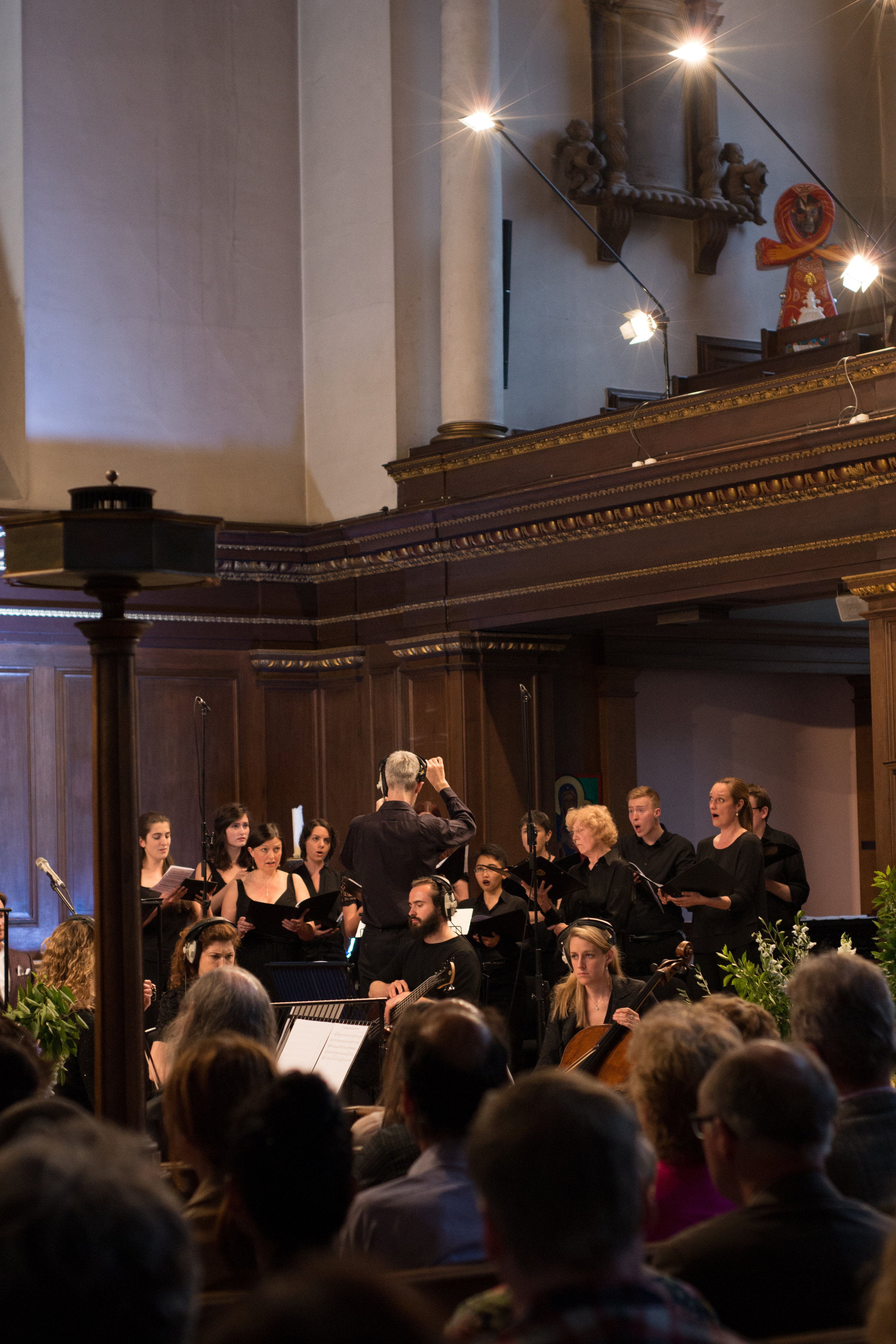

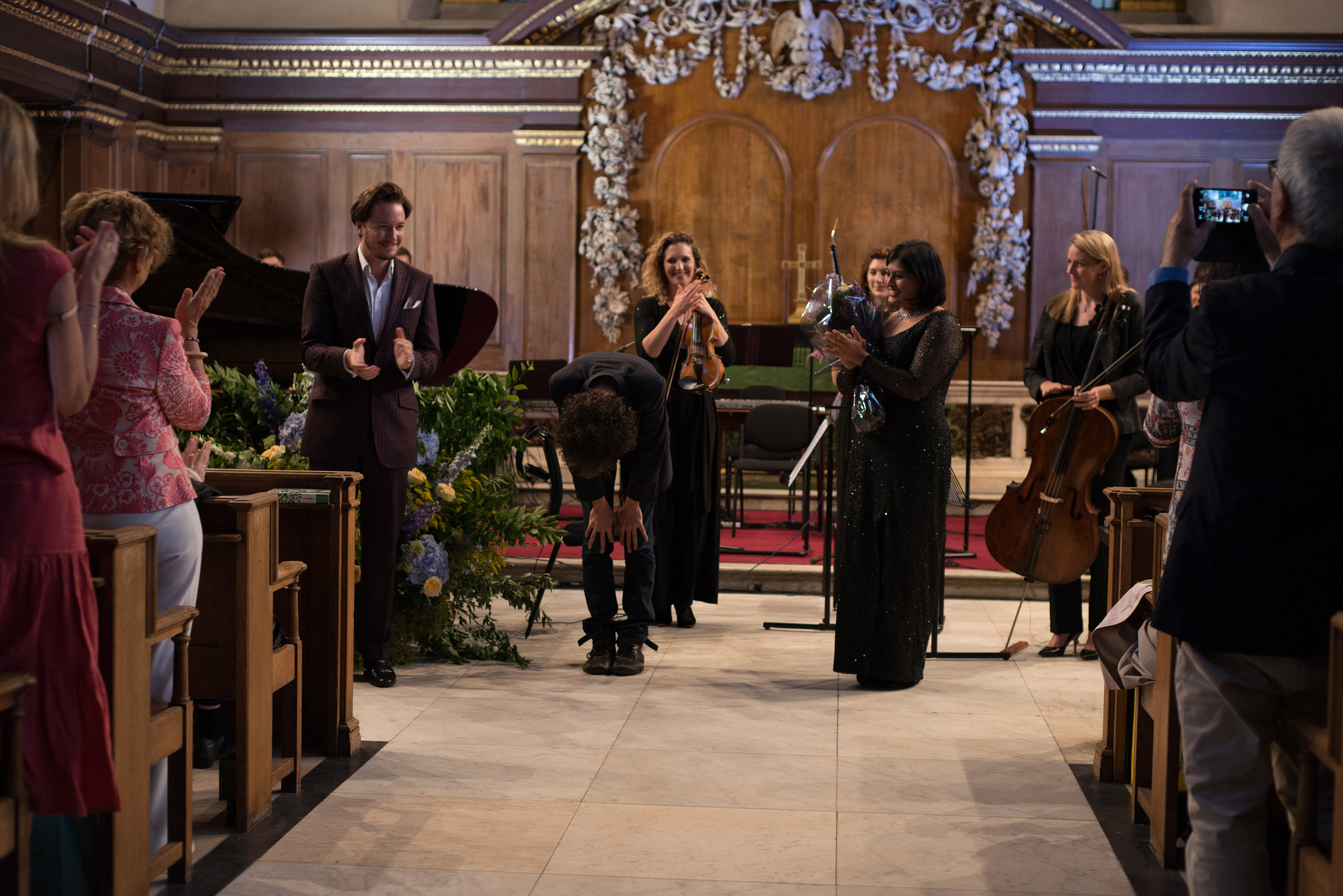
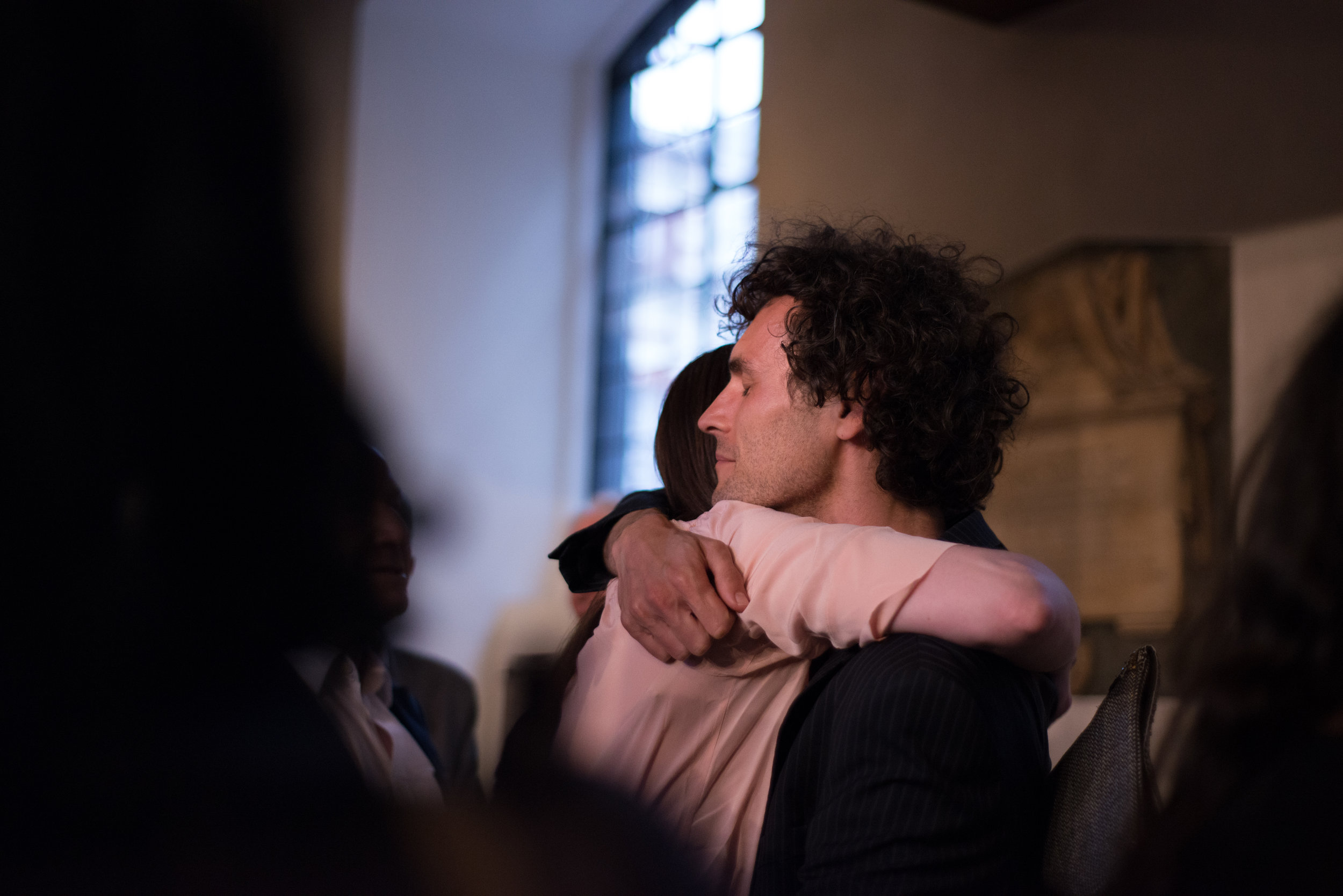
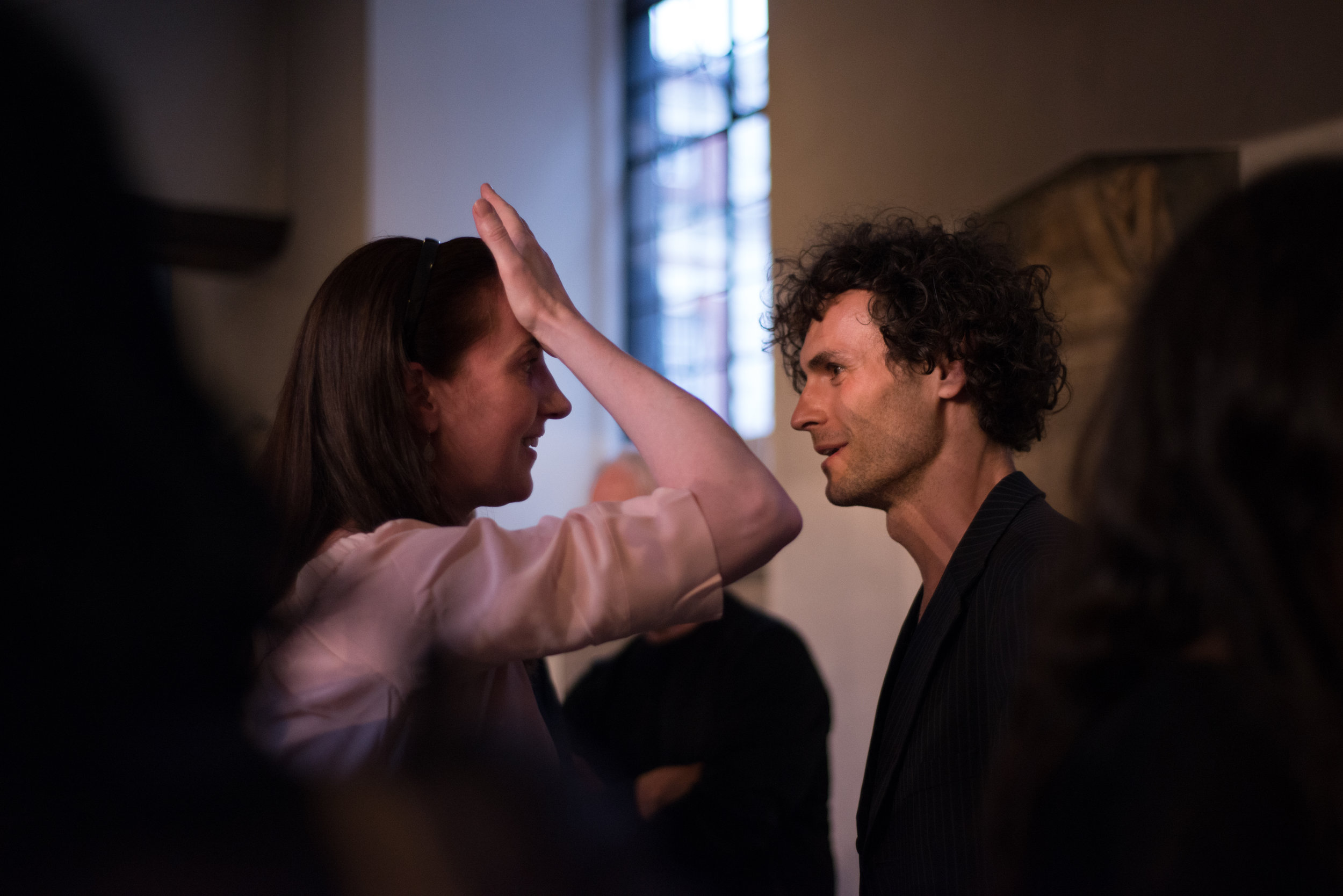
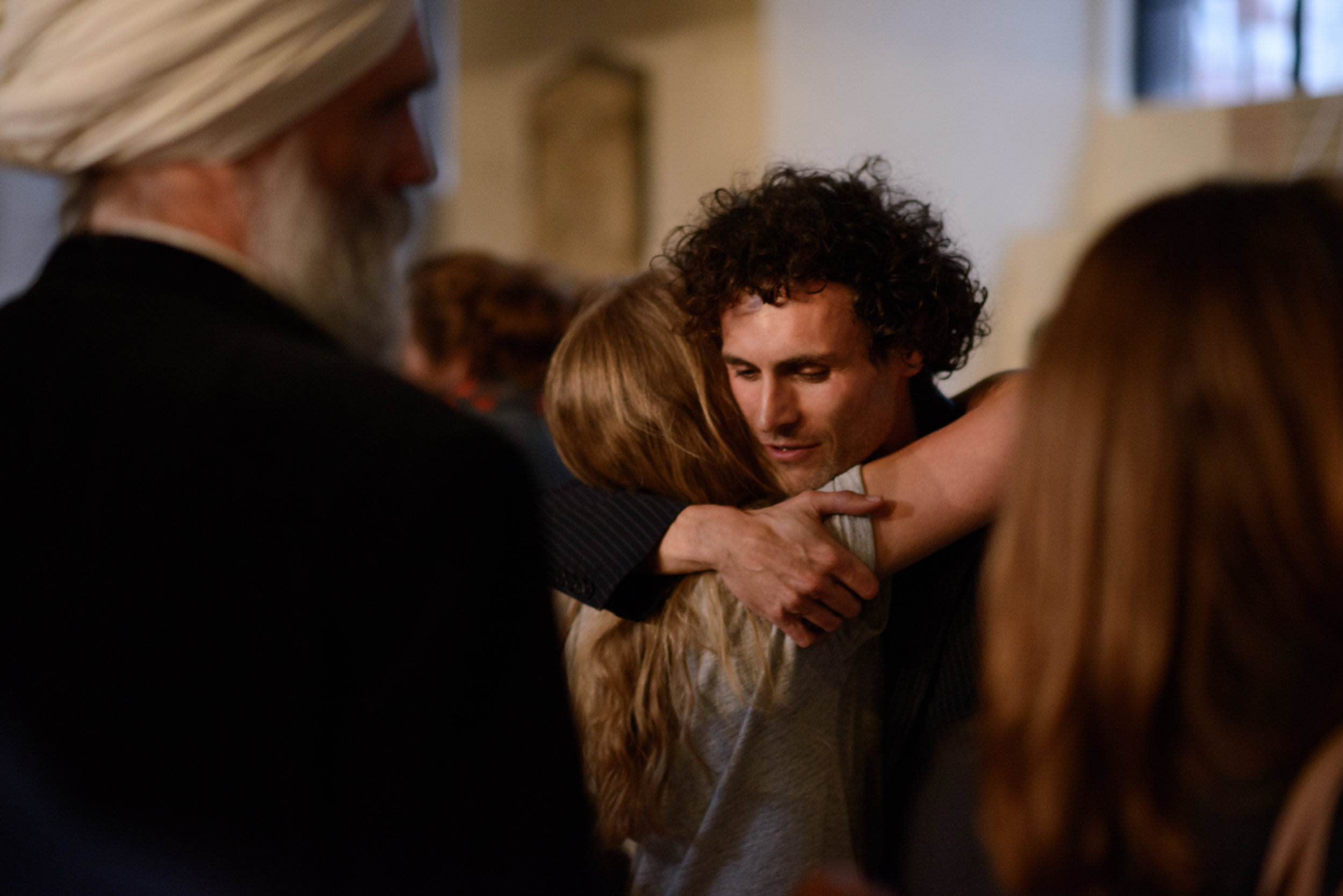
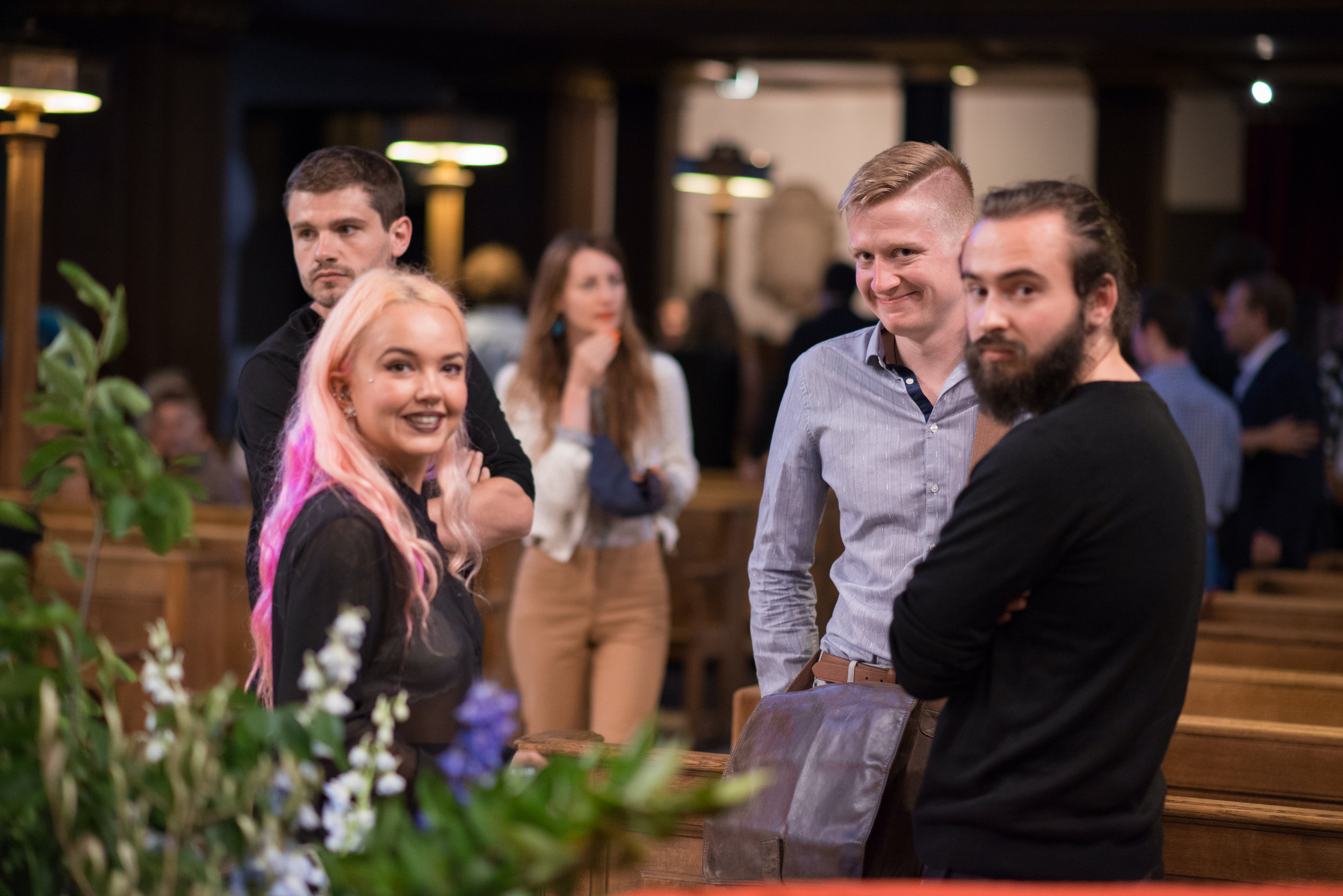
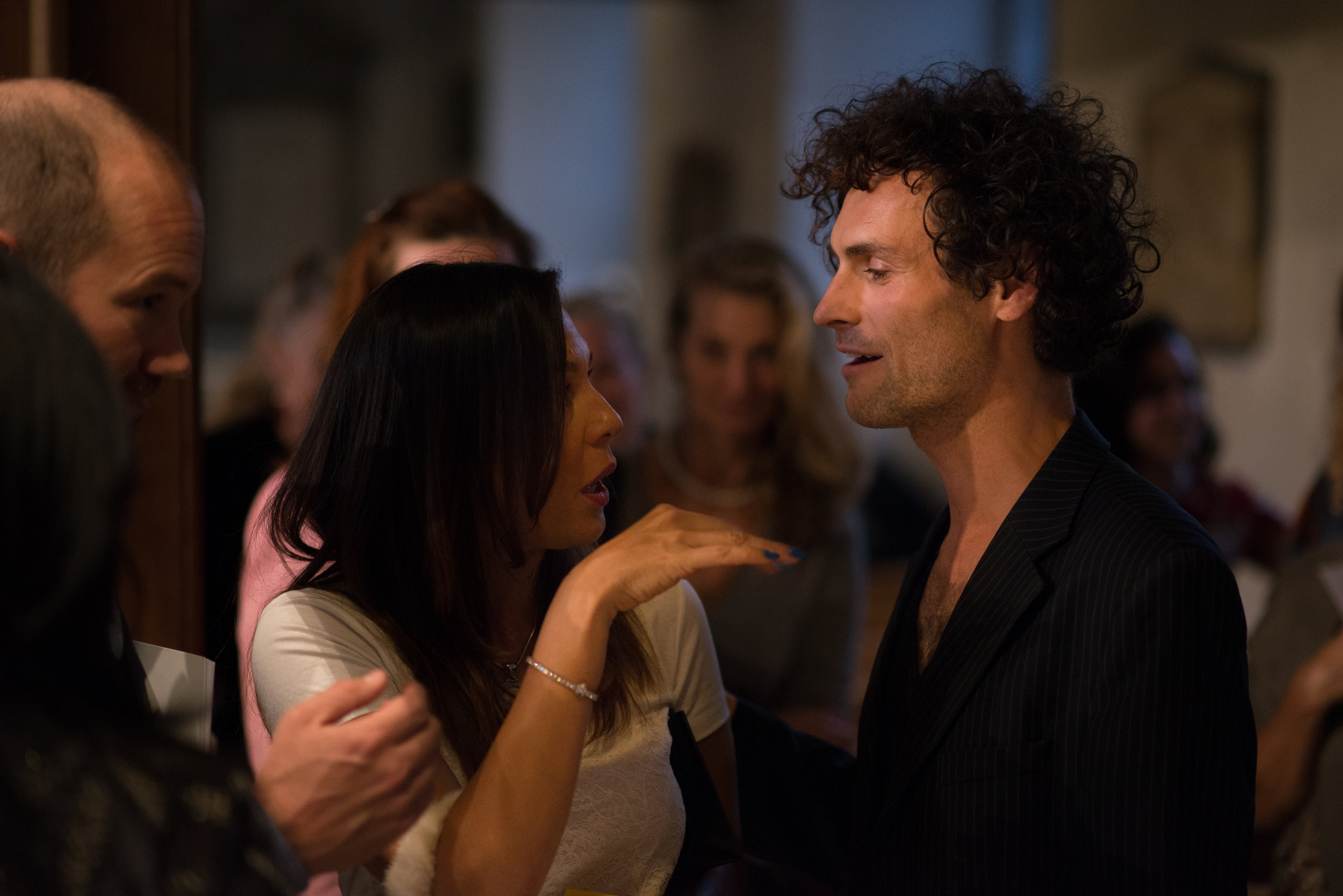

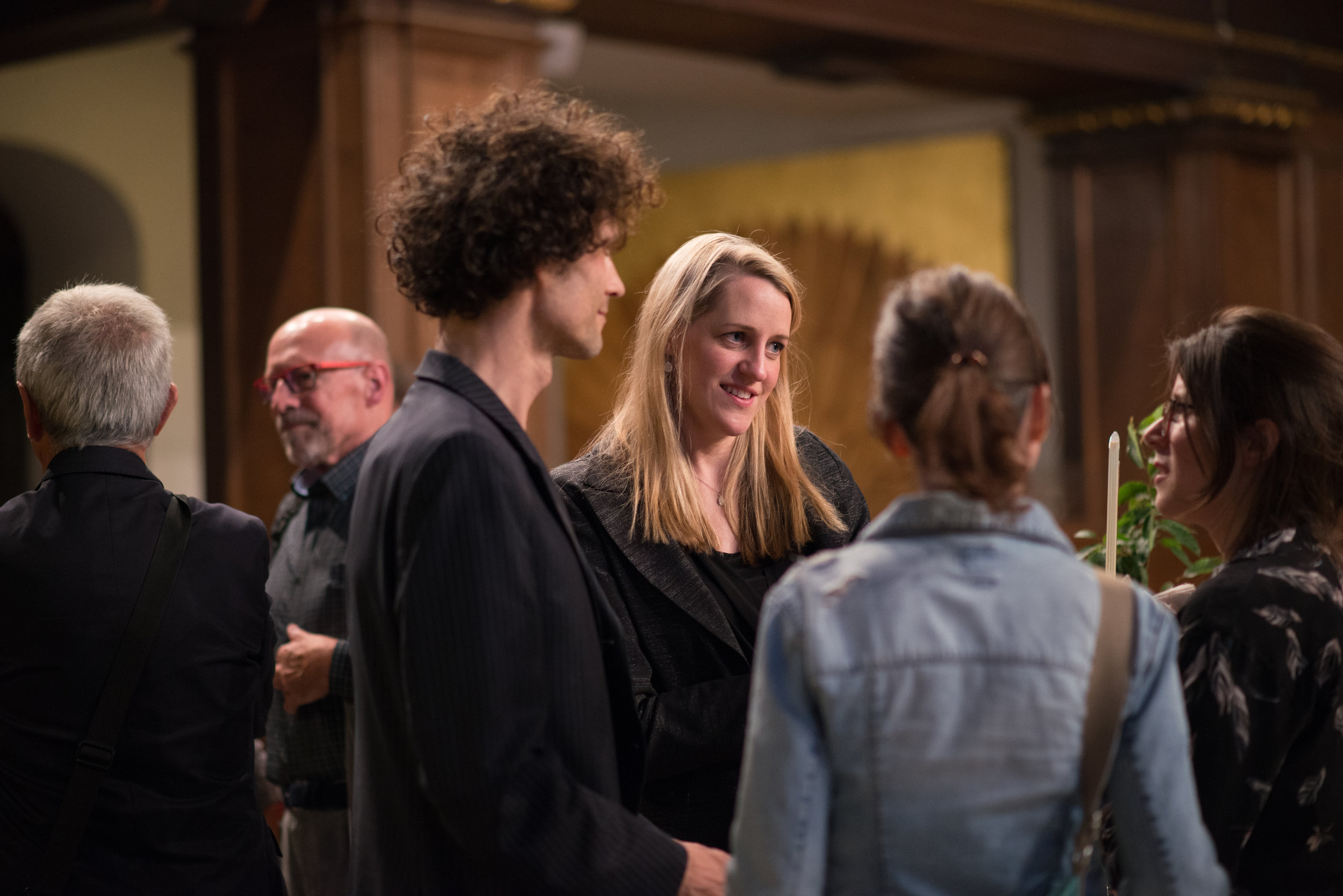
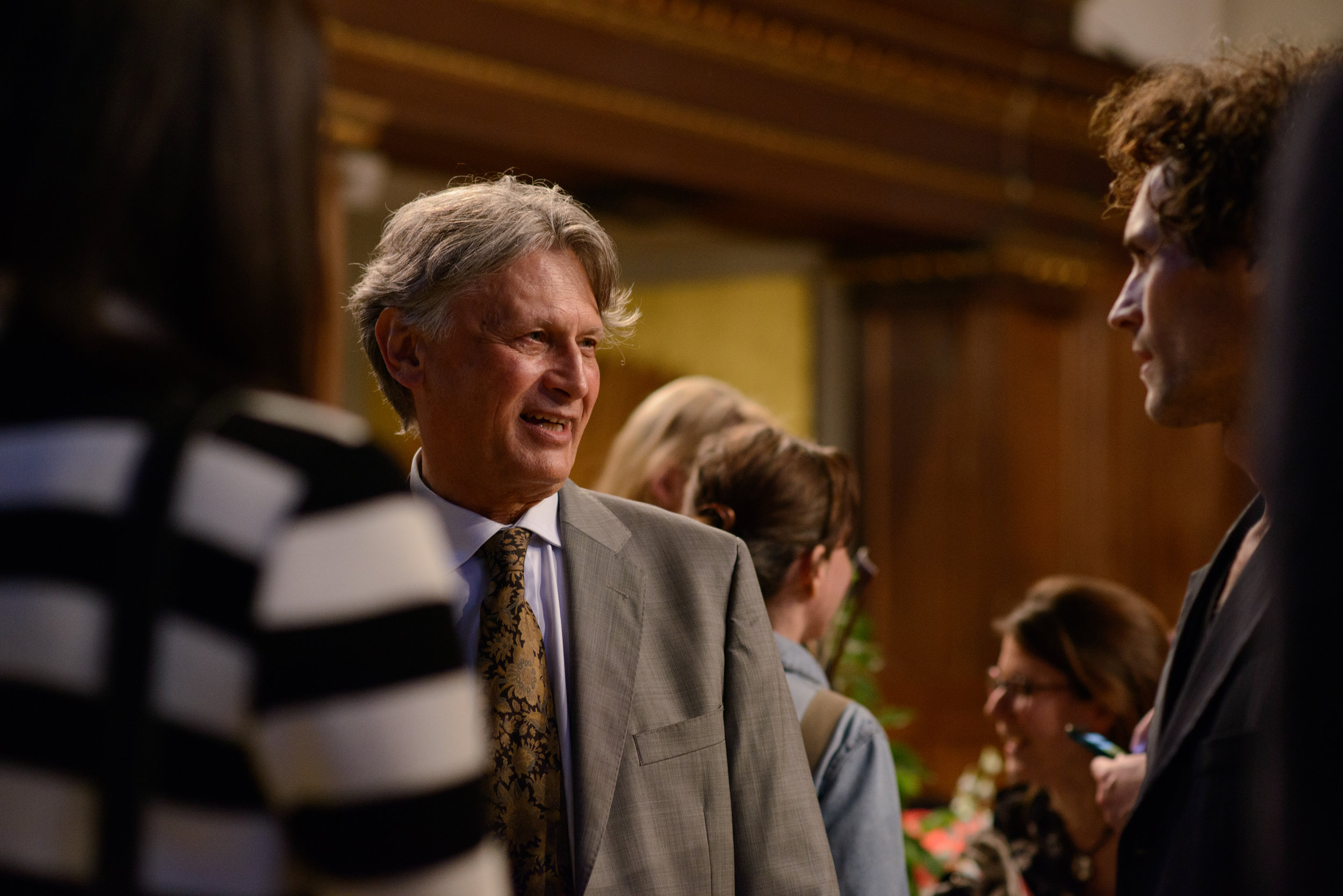
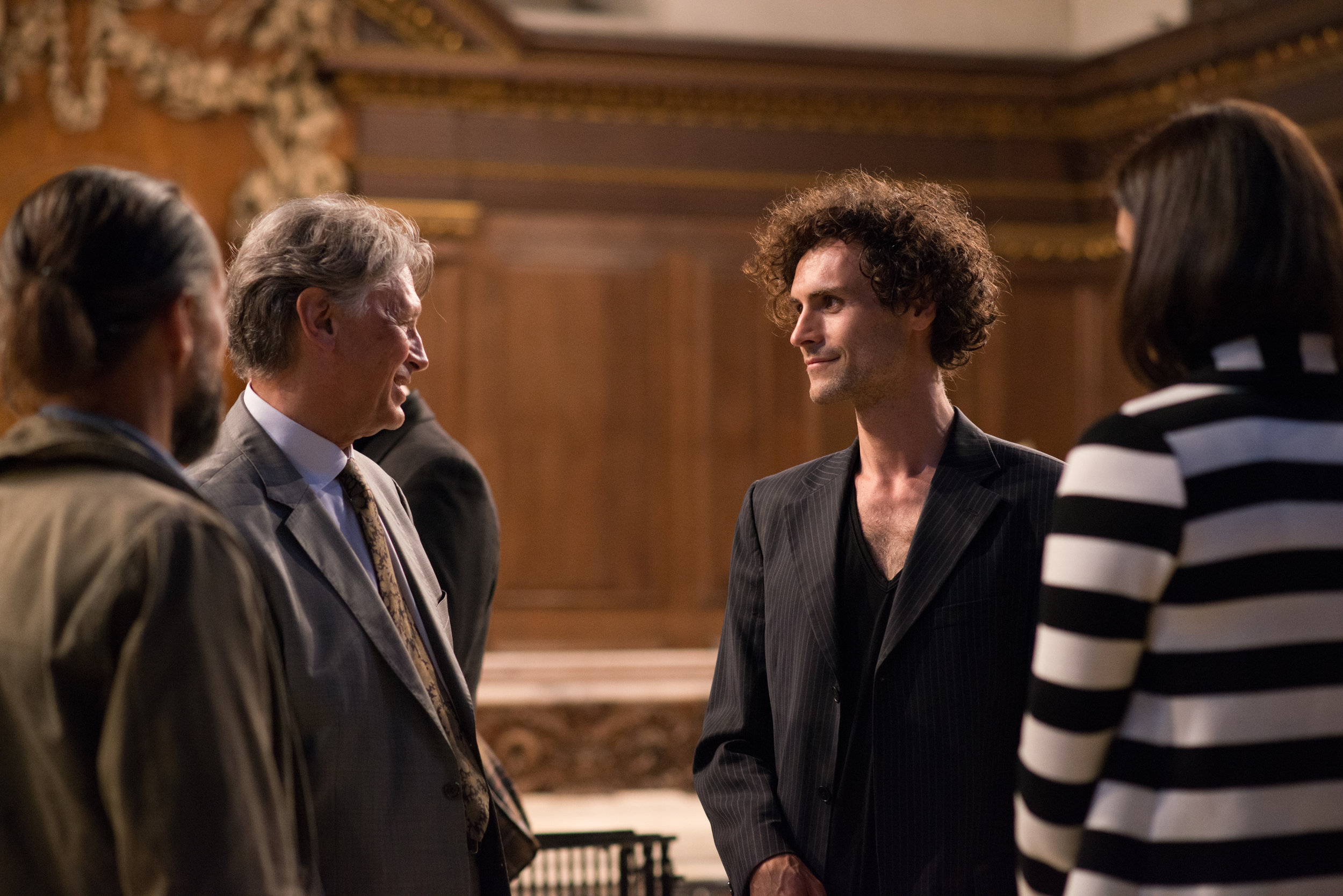
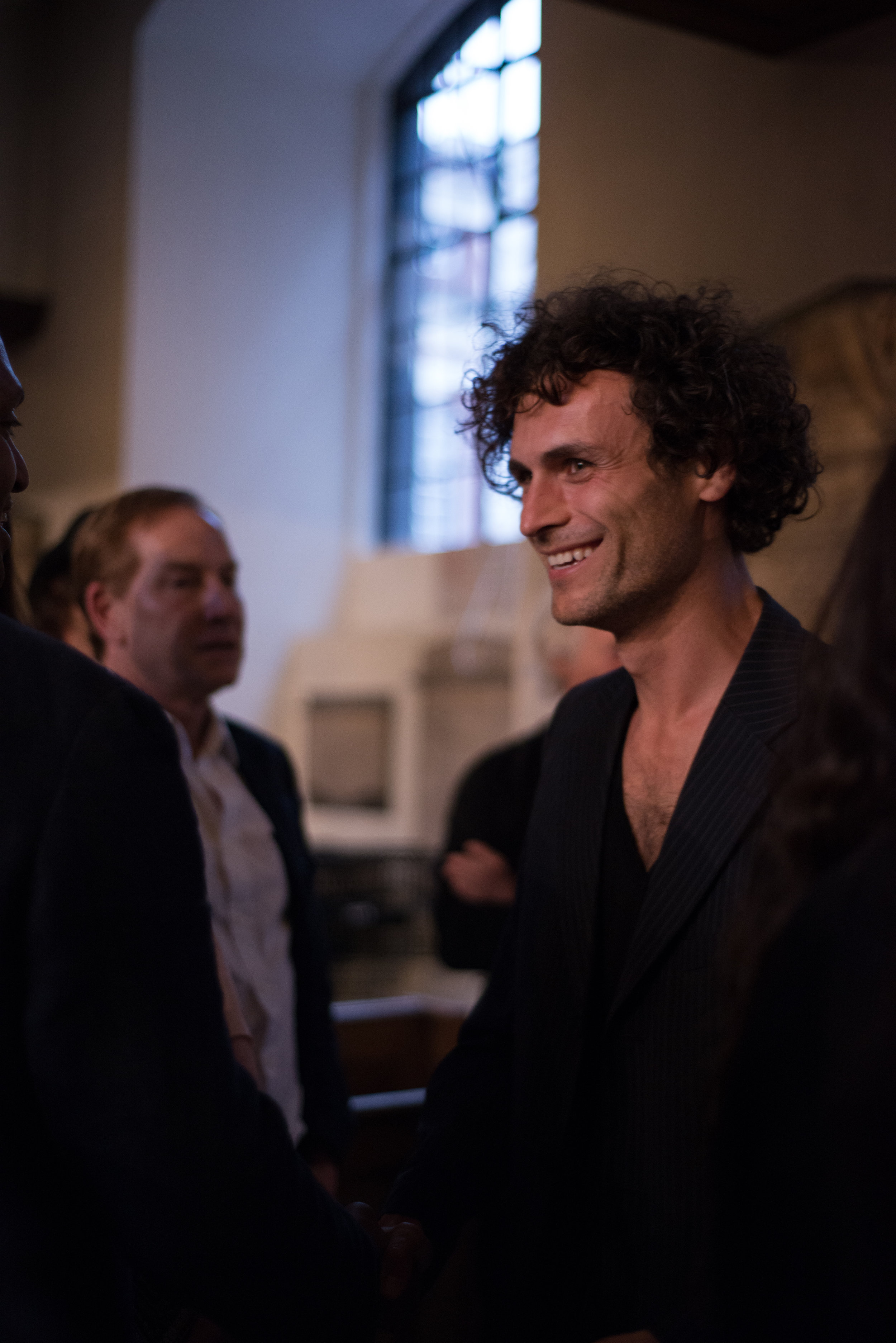
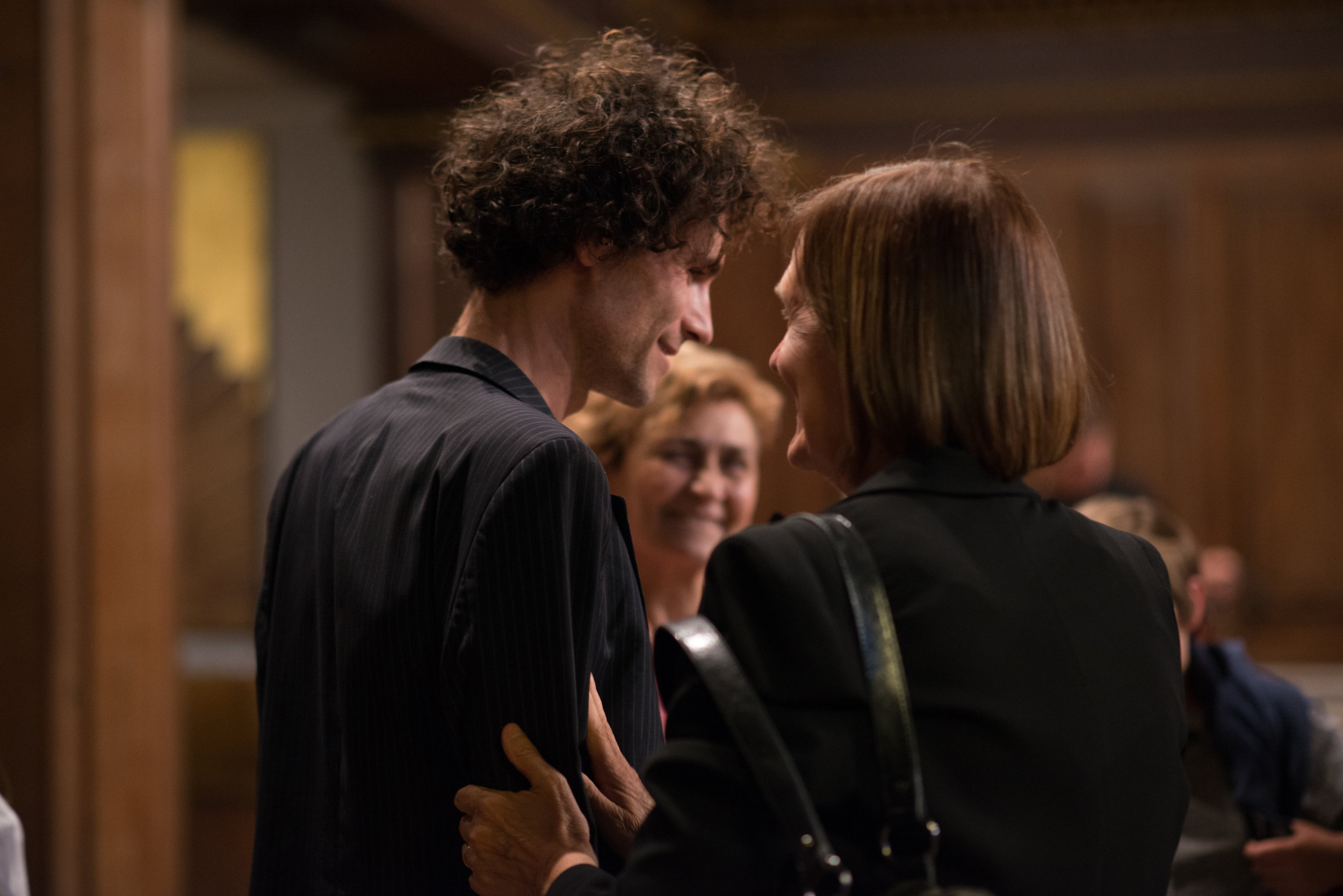
Life from Light (2012)
Birth/Expression
Chamber piece for piano, synthesizer, cello, violin, harp, trumpet, drums, percussion, electric guitar, acoustic guitar, bass guitar, electronics, soloist voices and mixed choir.
‘Life from Light’ (2012) deals with the first part of the life cycle, birth, and its inception and naming were inspired by an eponymous chapter of the 2012 BBC Nature documentary series ‘How To Grow A Planet’, in which Professor Iain Stewart describes the mechanisms and evolutionary forces that allowed life to appear on planet Earth, finally paving the way for human civilisation.
Charles Darwin’s famous quote on "the impossibility of conceiving this immense and wonderful universe, including man with his capacity for looking far backwards and far into futurity, as the result of blind chance or necessity" became the kernel of the composition, posing the ultimate question about our origin and purpose.
Through it, ‘Life from Light’ explores what it means to be human, our relationship with our planet and the natural world, and how our actions are creating irreversible damage to both.
'Life from Light' premiered at Union Chapel in London on the 15th of November 2012 featuring The X-Factor finalist Irish singer Roberta Howett, prize-winning British soprano Susan Jiwey, British countertenor Oliver Gerrish and video artist Thomas Yeomans.
By invitation of the Tete-a-Tete Opera Festival and funded by the Arts Council England, "Life from Light" was further performed on the 7th and 8th of August 2014 at London’s Kings Place Hall One. Roberta Howett and Oliver Gerrish were joined on this occasion by soprano Meeta Raval, Classical Brit nominee Camilla Kerslake and Cuban jazz trumpeter Yelfris Valdes. Meeta Raval had been a finalist at the BBC Cardiff Singer of the World 2011, winning the Dame Eva Turner Prize for “a soprano with dramatic potential” and the inaugural prize-winner at the Royal Academy of Music Pavarotti Prize. Yelfris Valdes was a member of Carlos Acosta’s band for Royal Opera House's sellout show Cubanía and one of the most gifted performers of his generation.
Pressing the button below Inside Life From Light you will find detailed information on the piece and its compositional intentions and process.

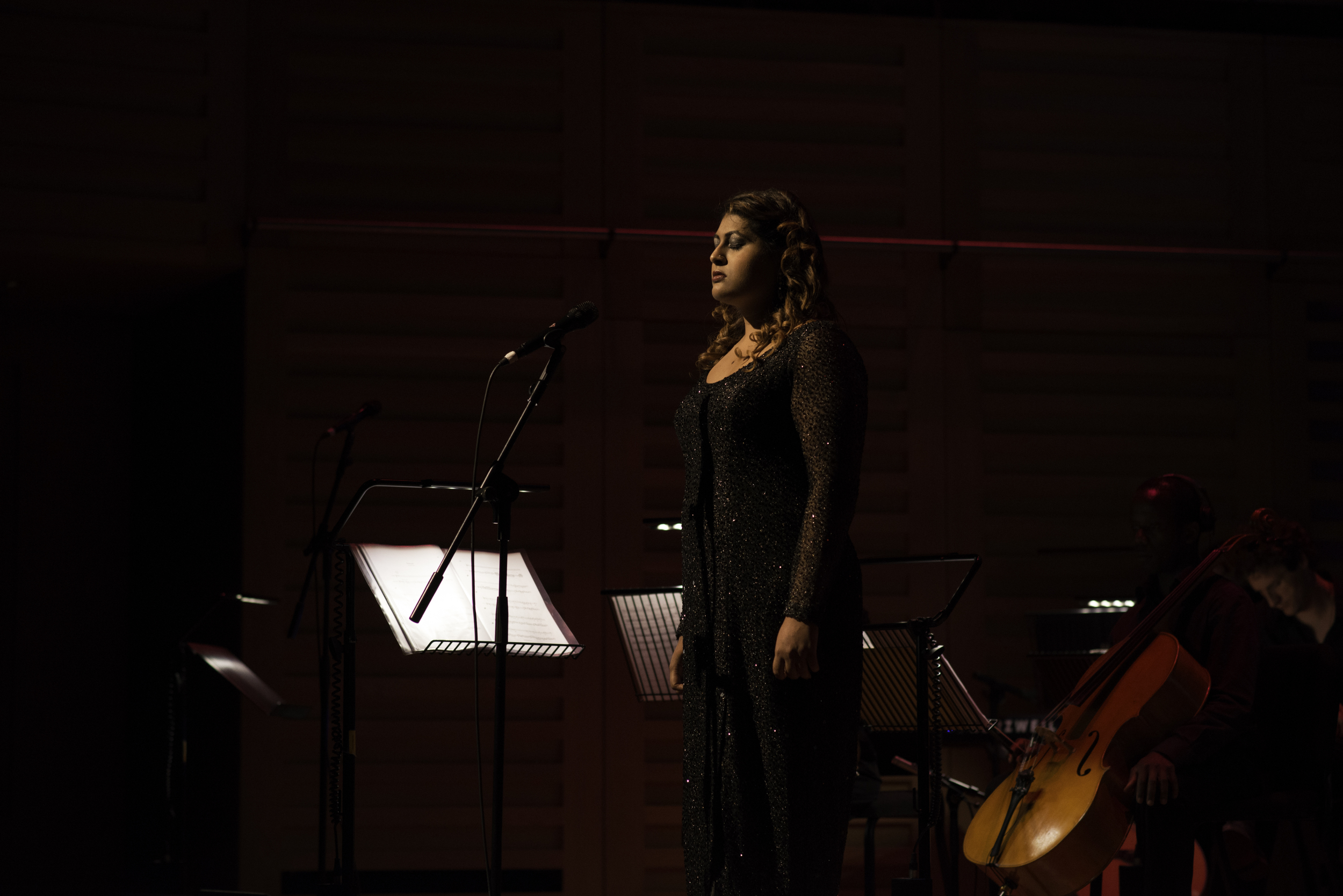
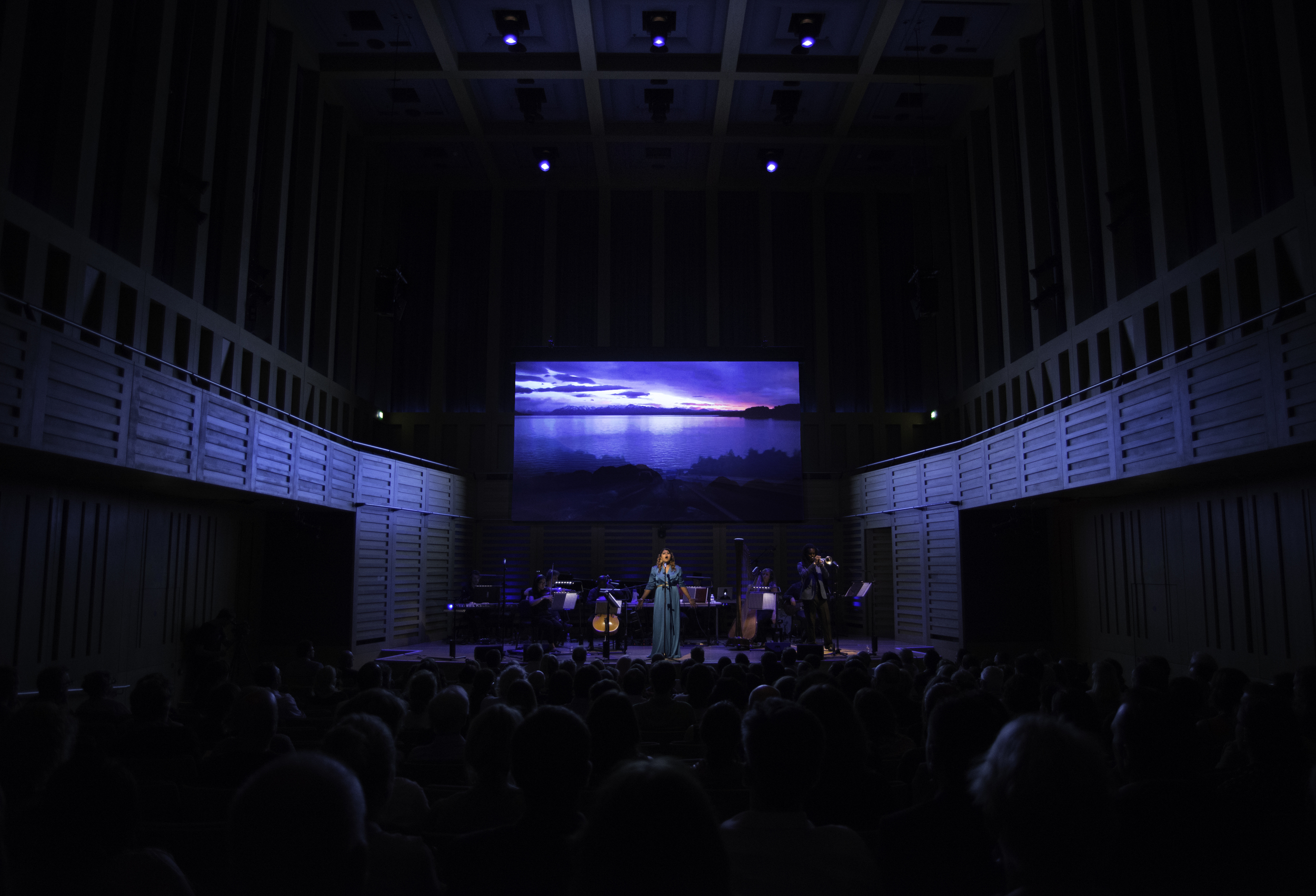
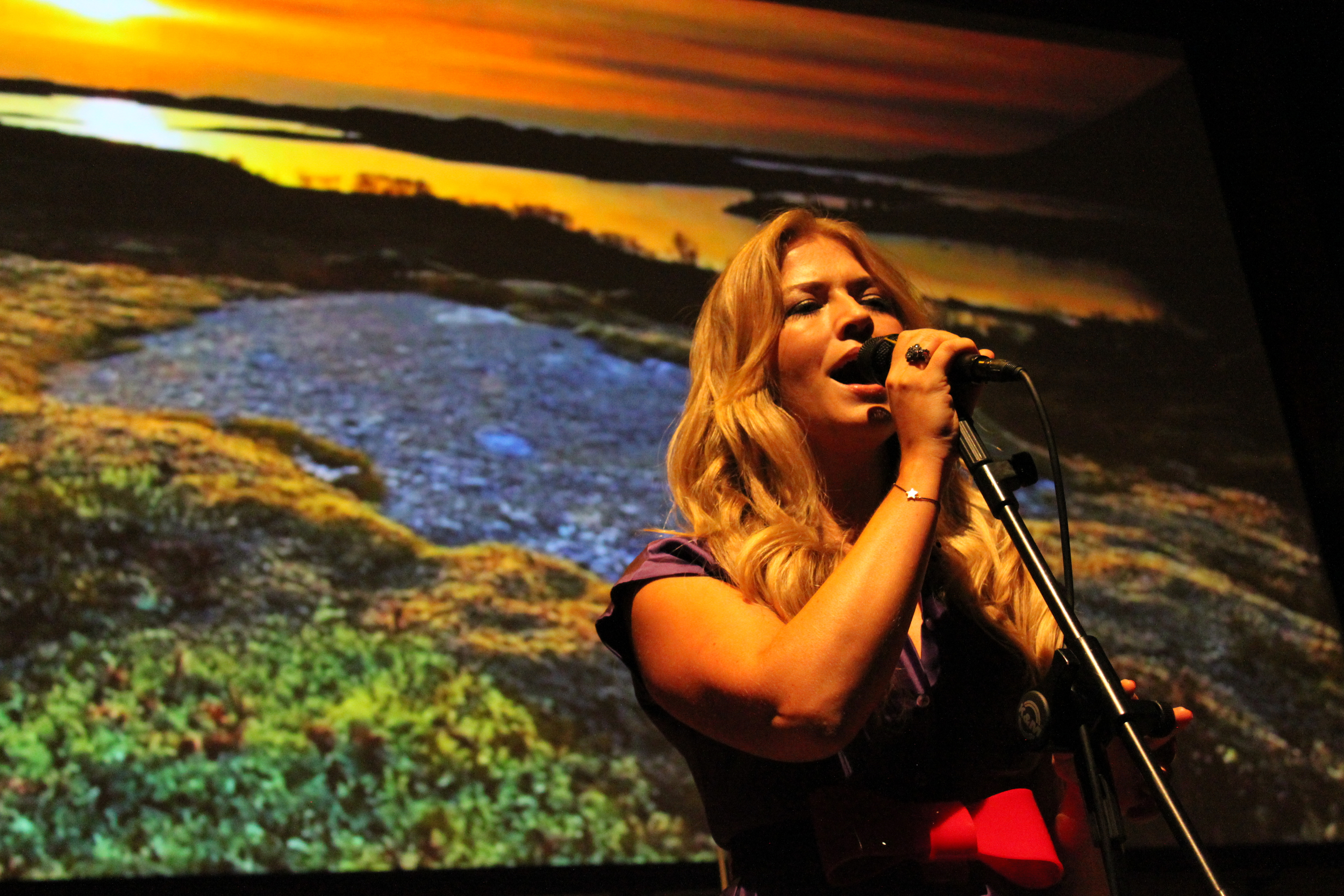

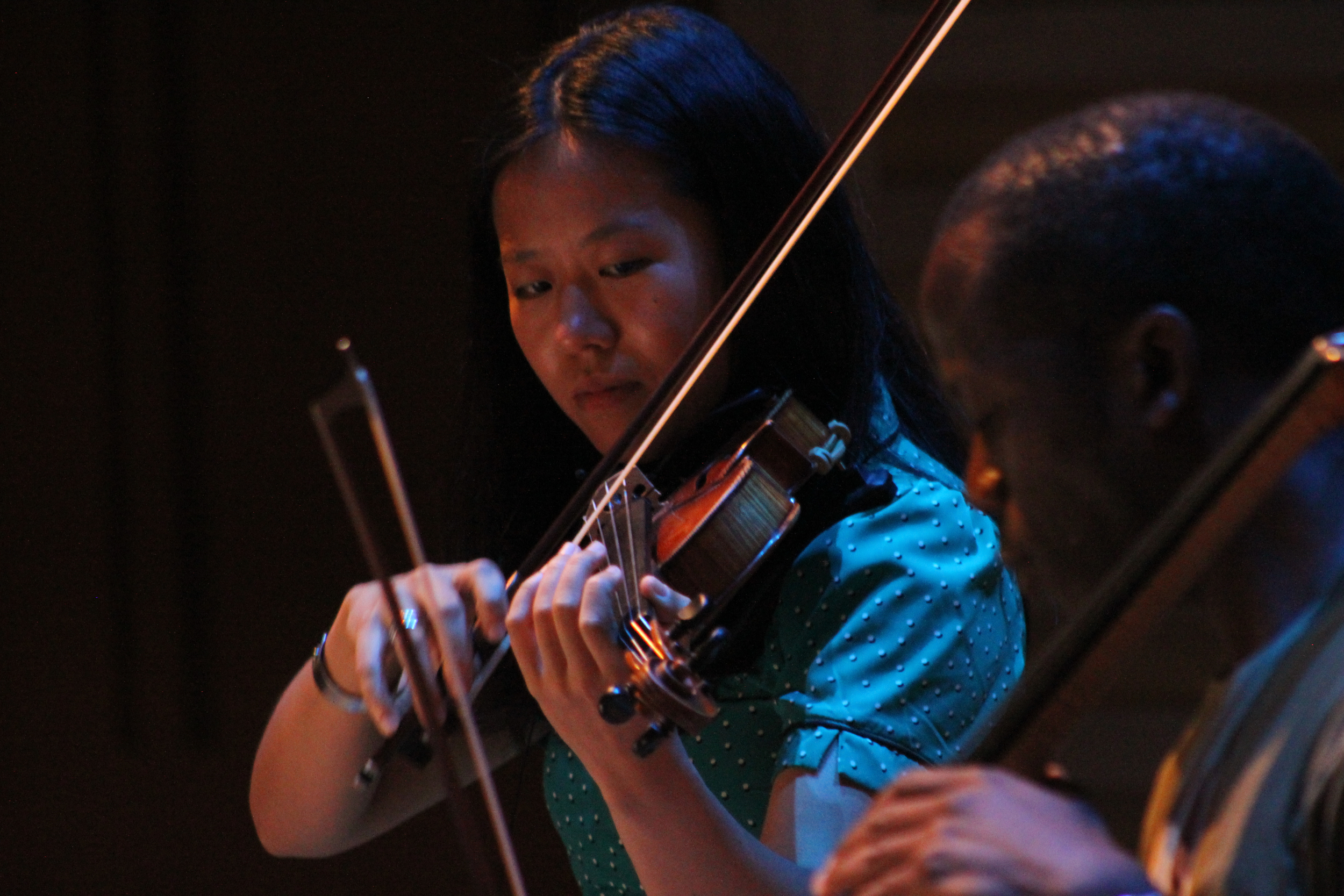
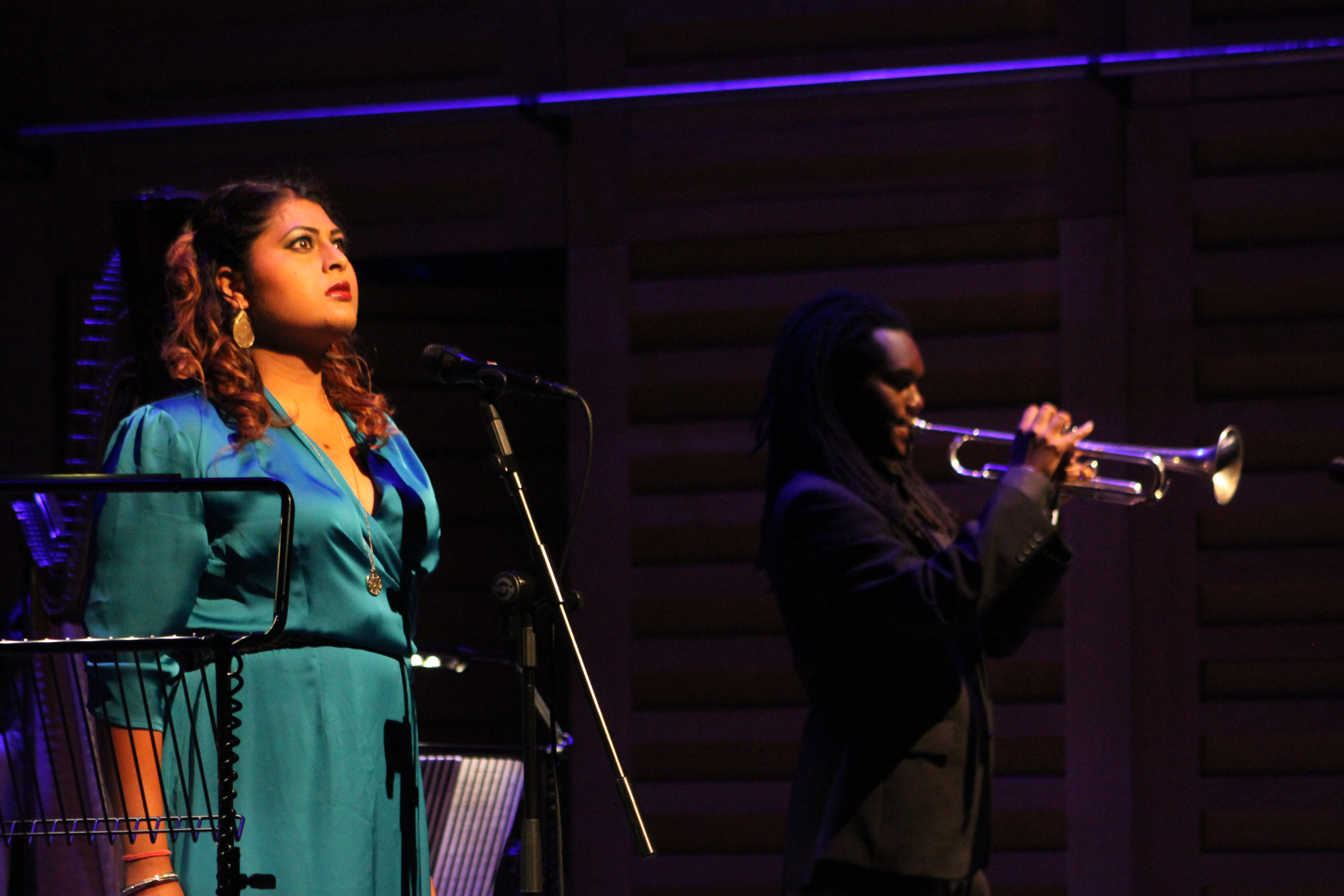
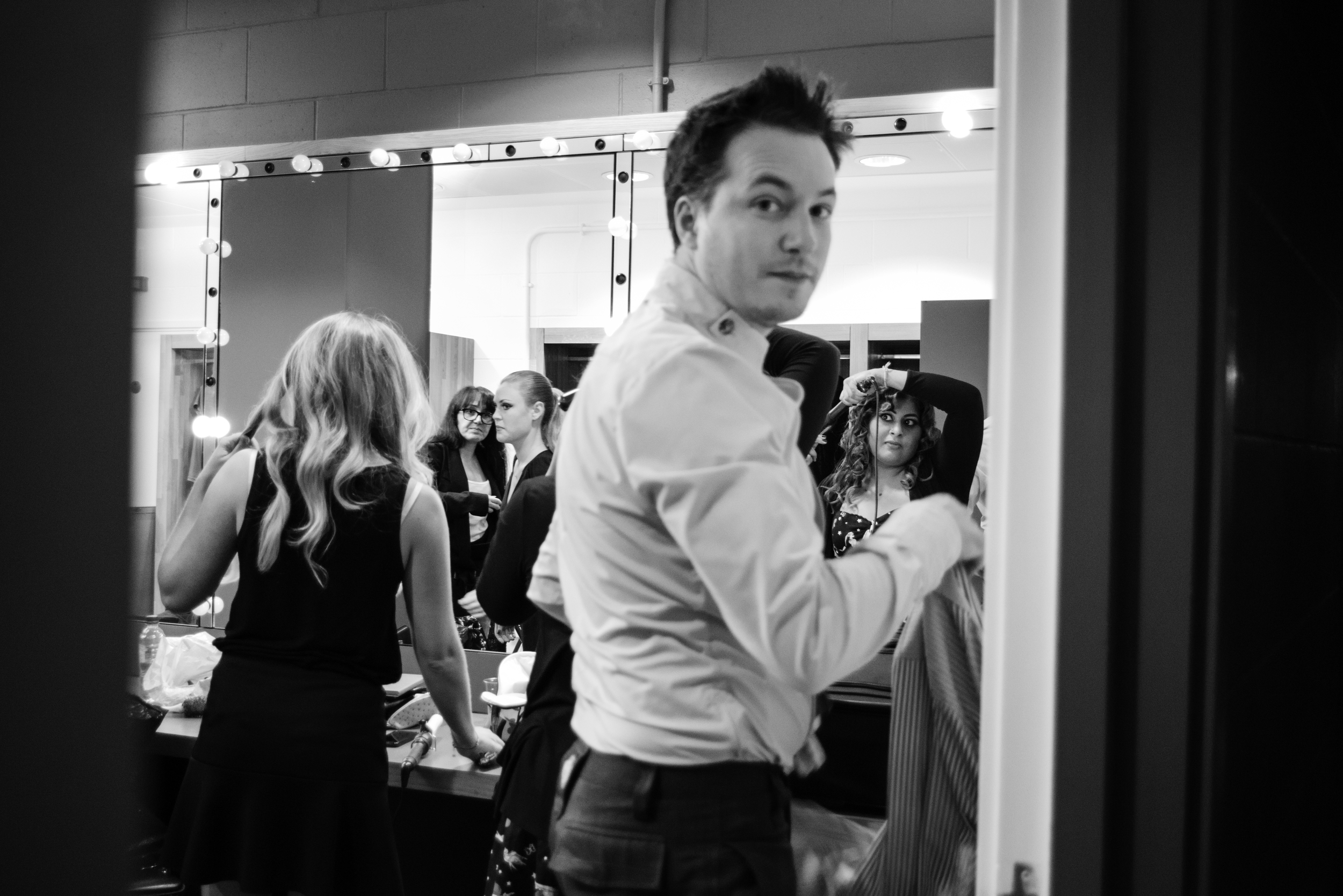

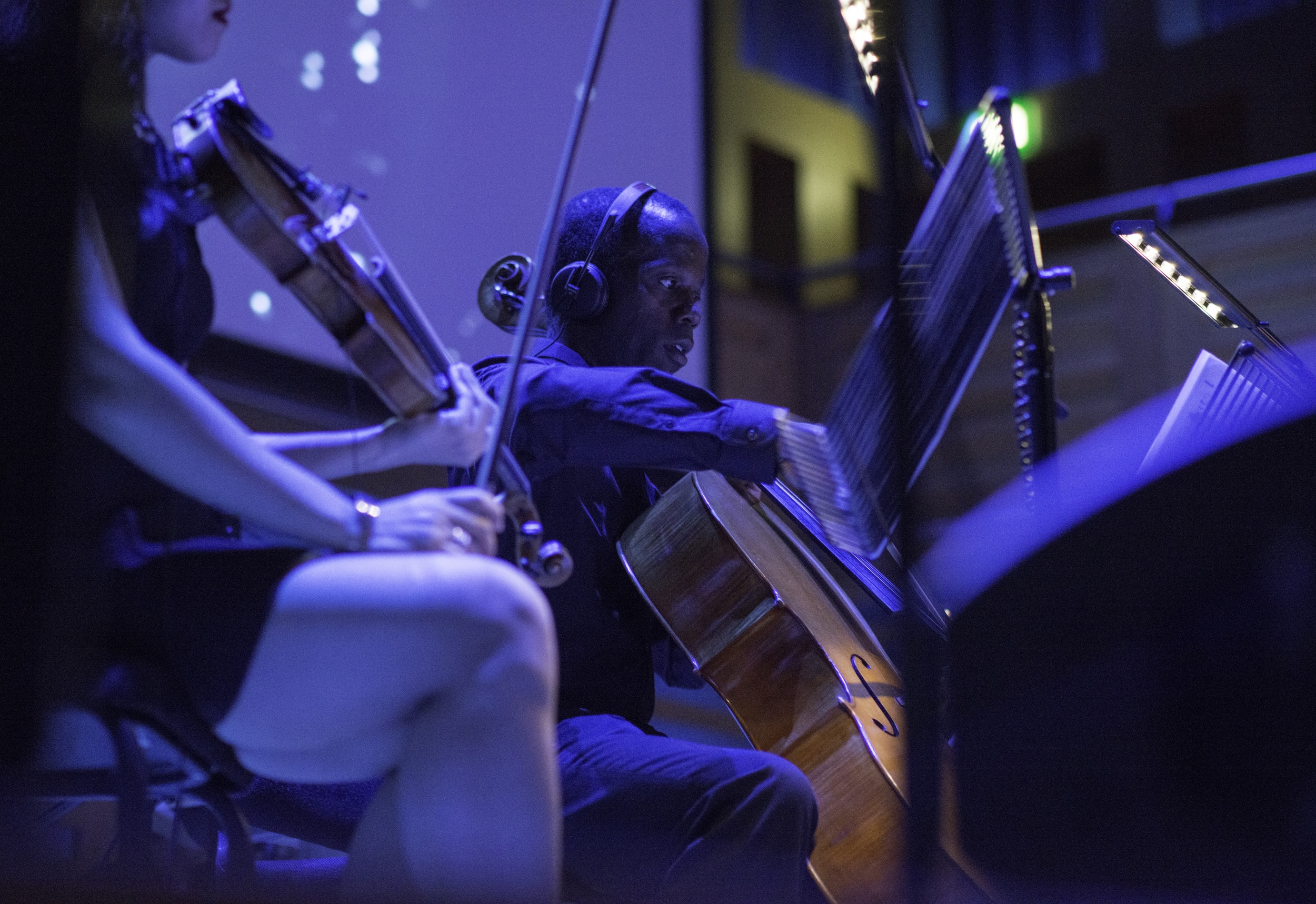

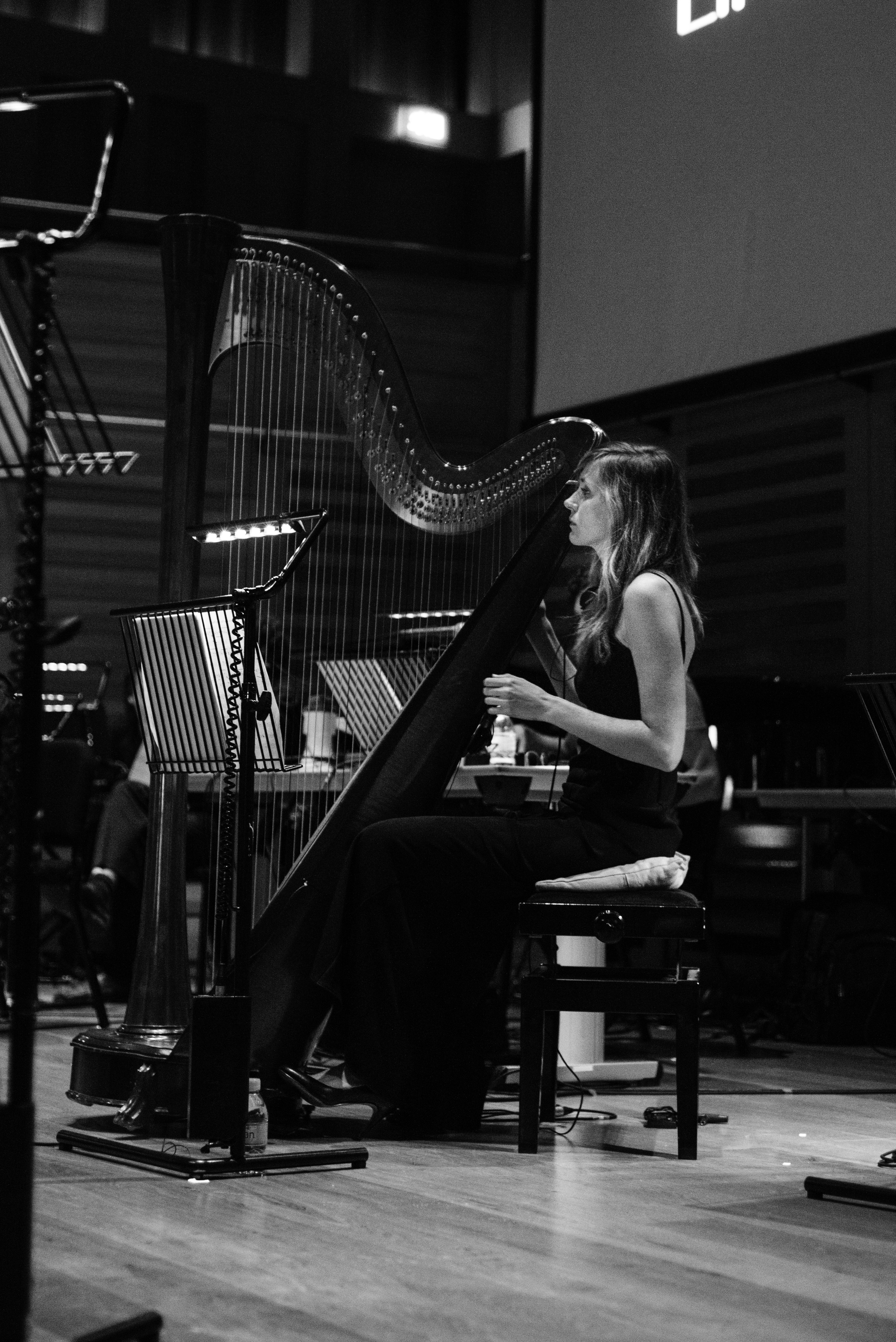
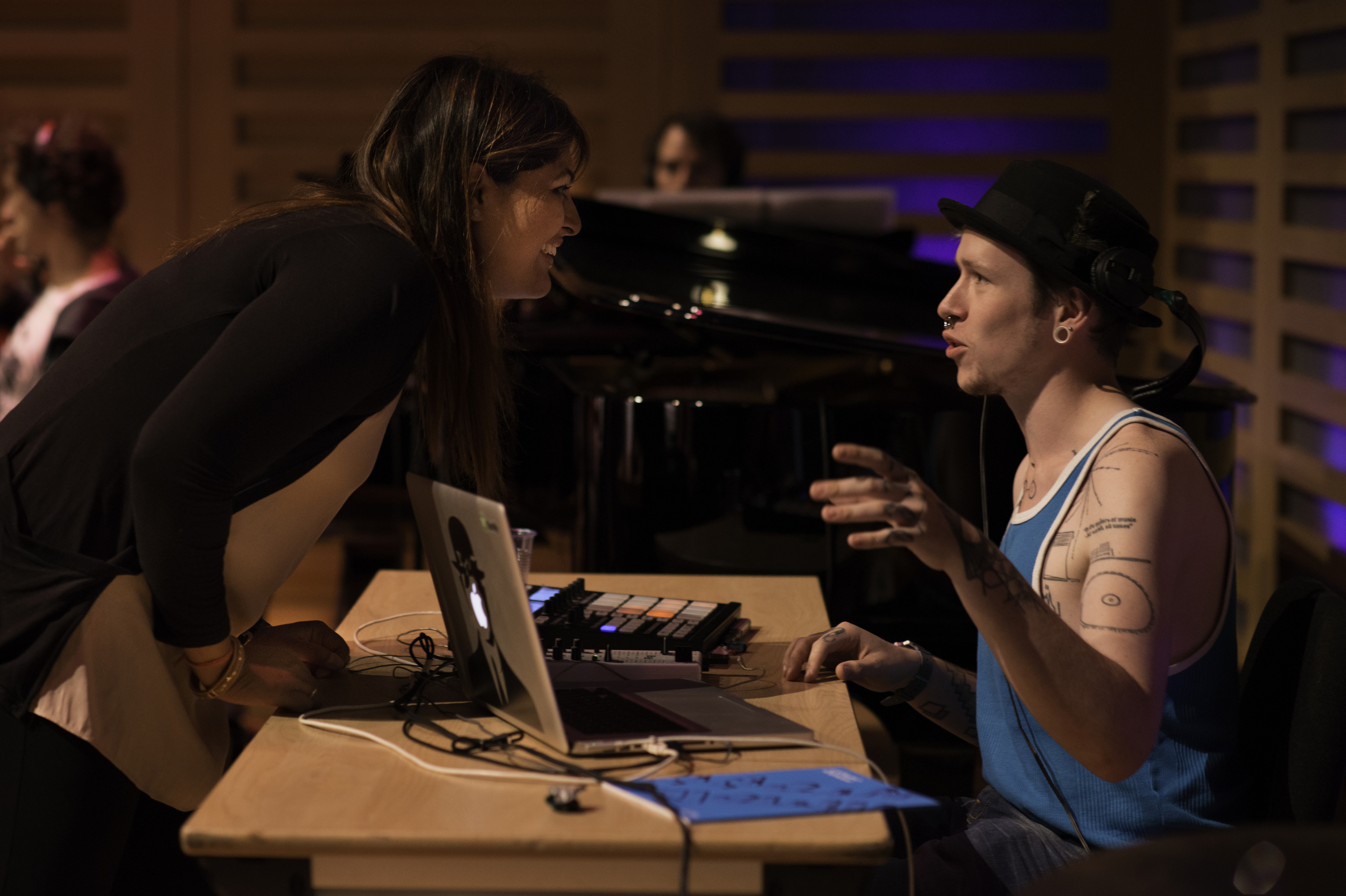
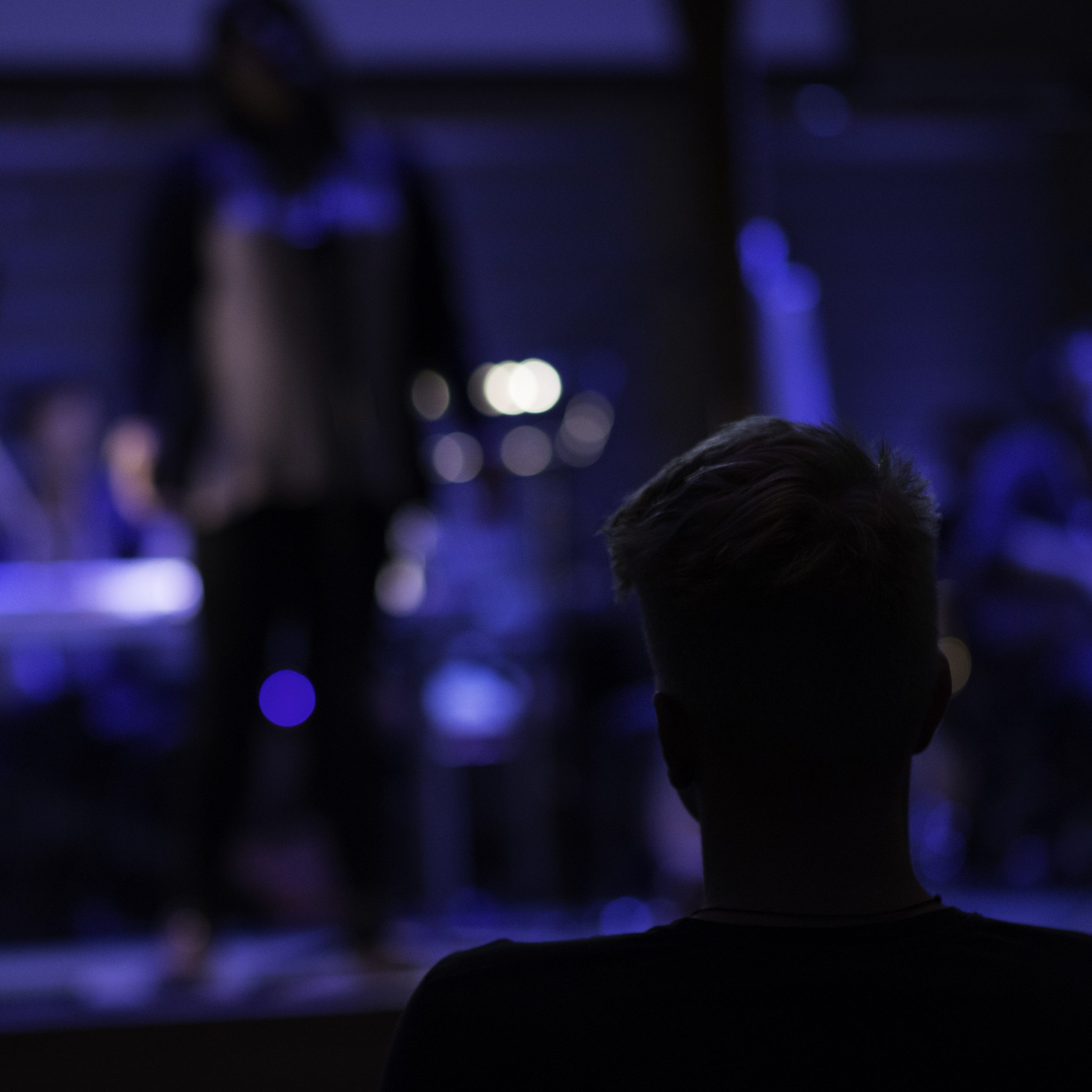

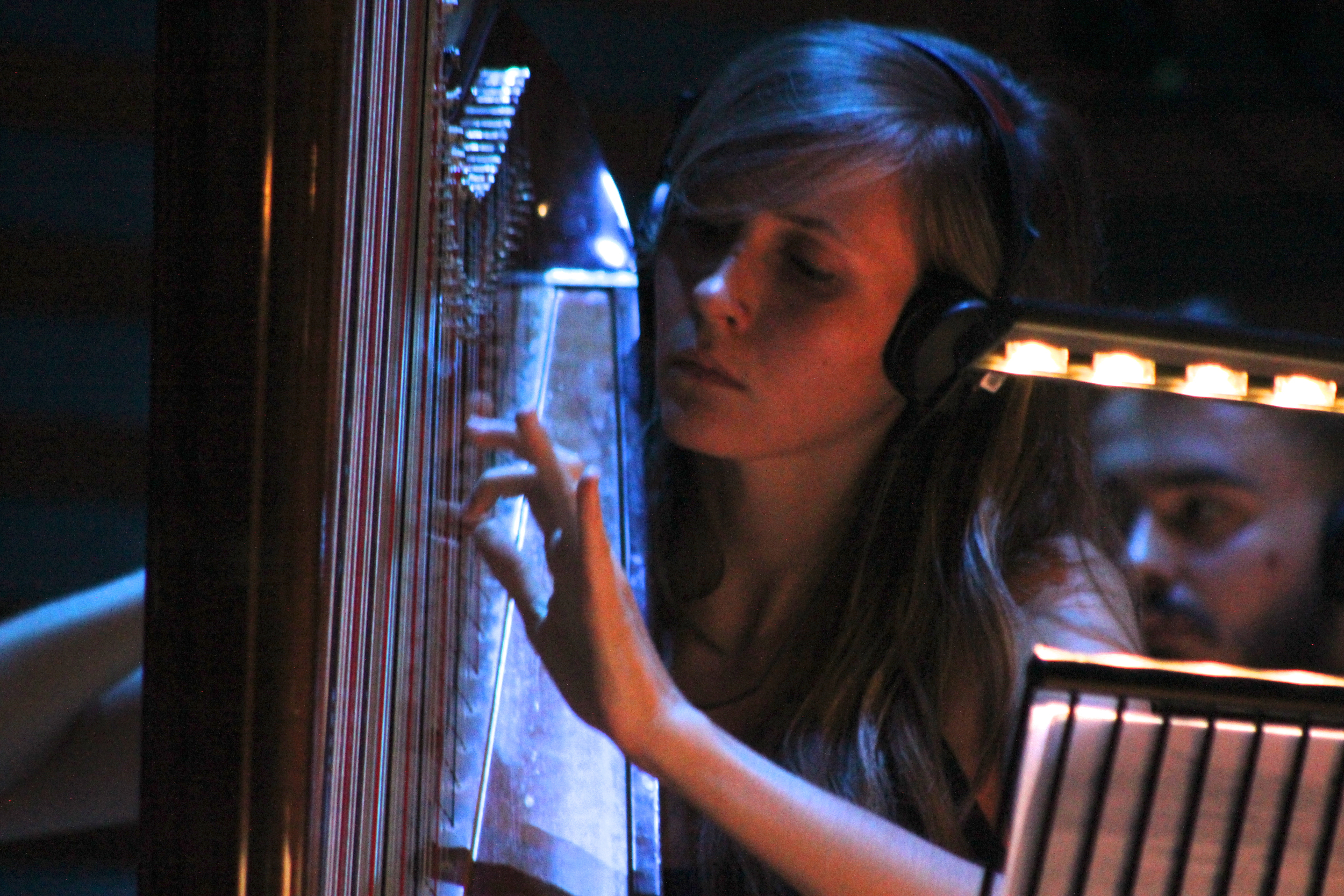
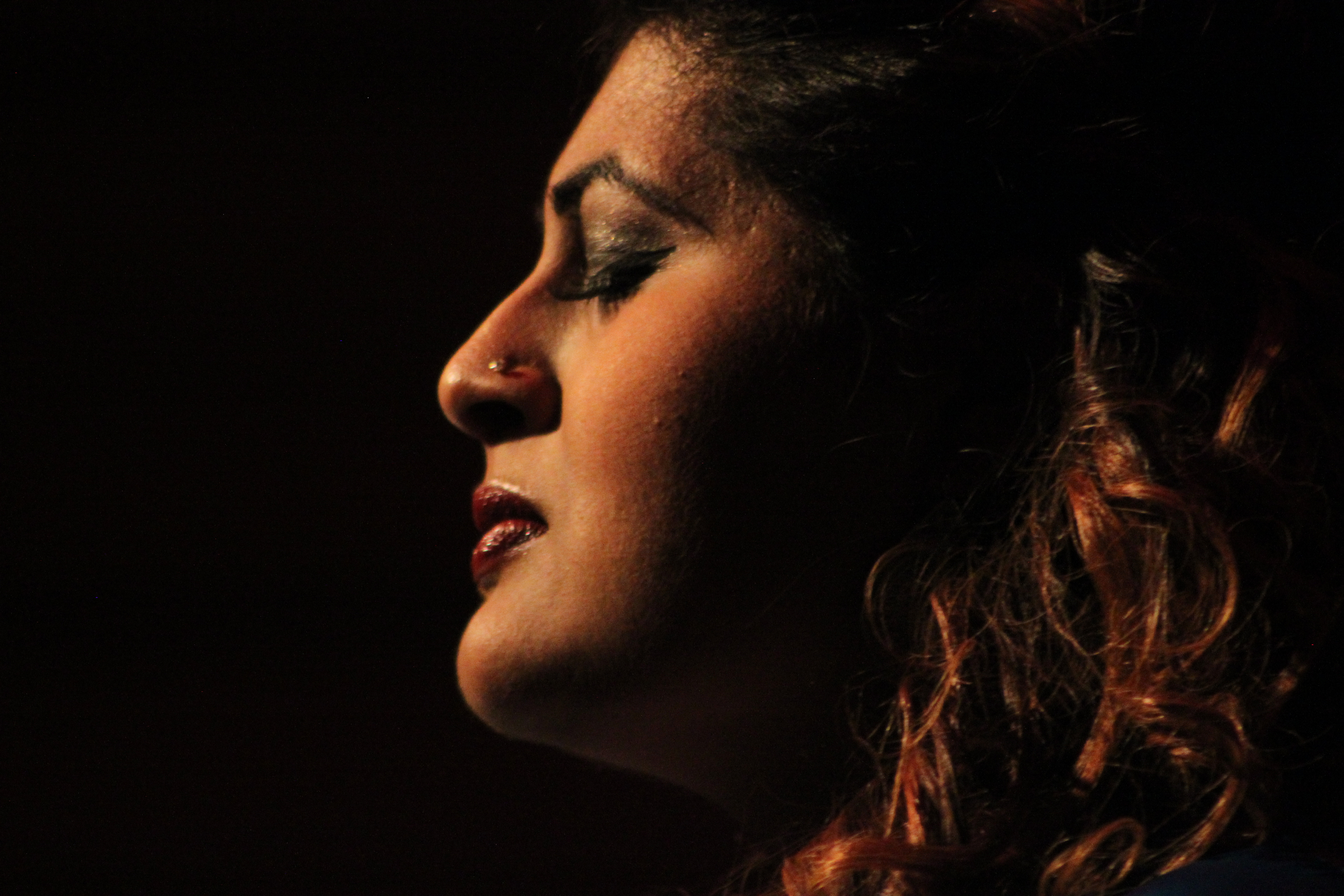
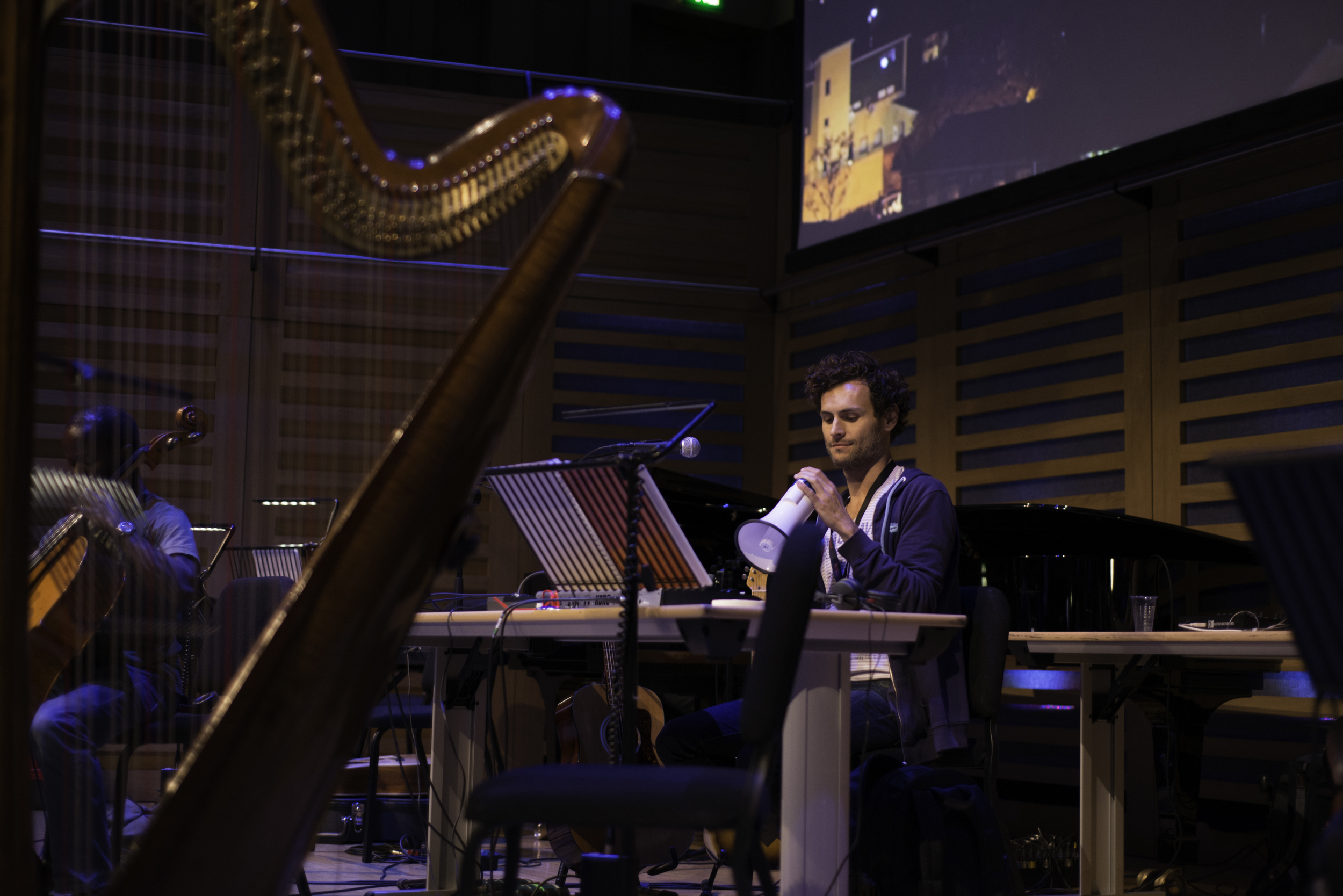
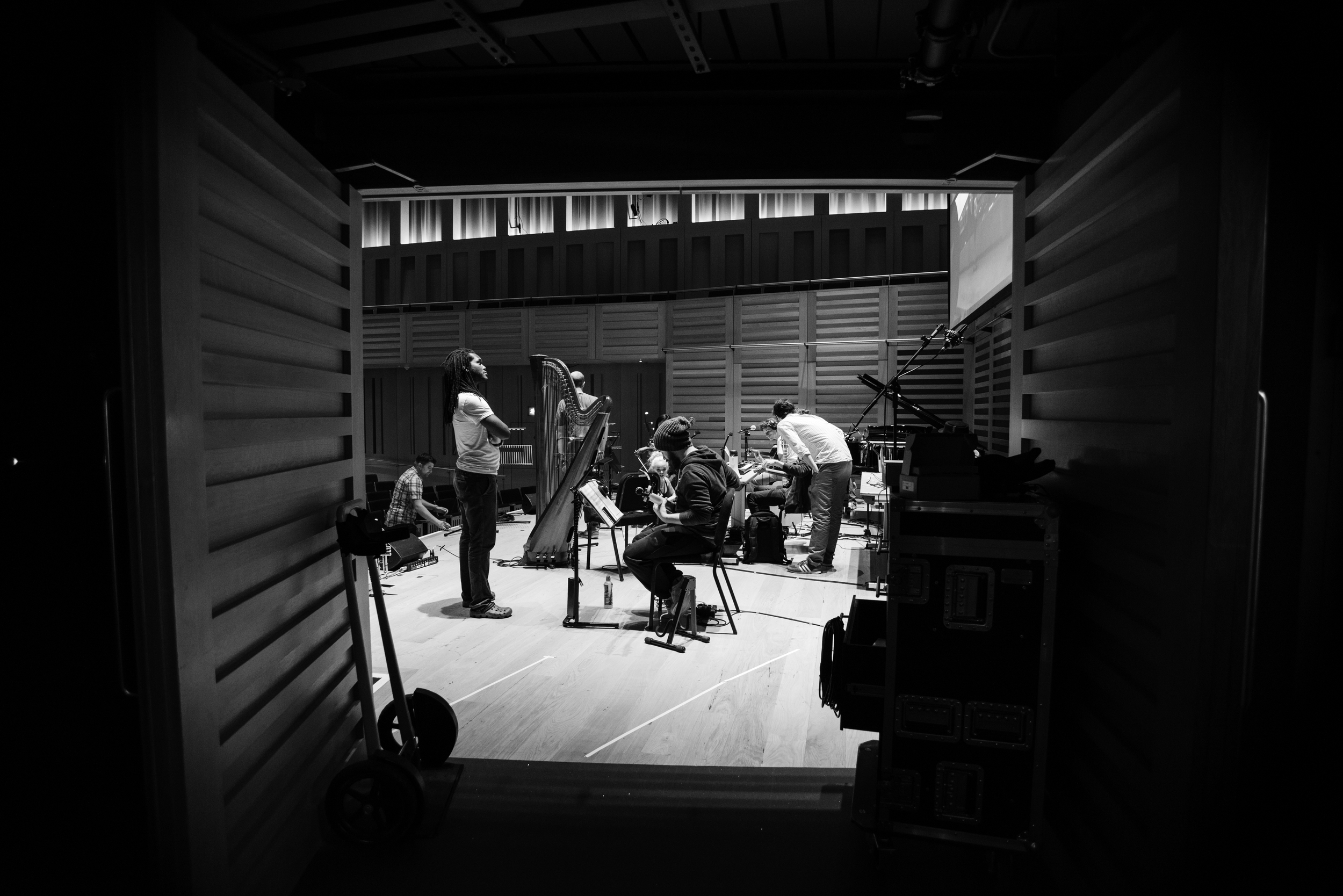

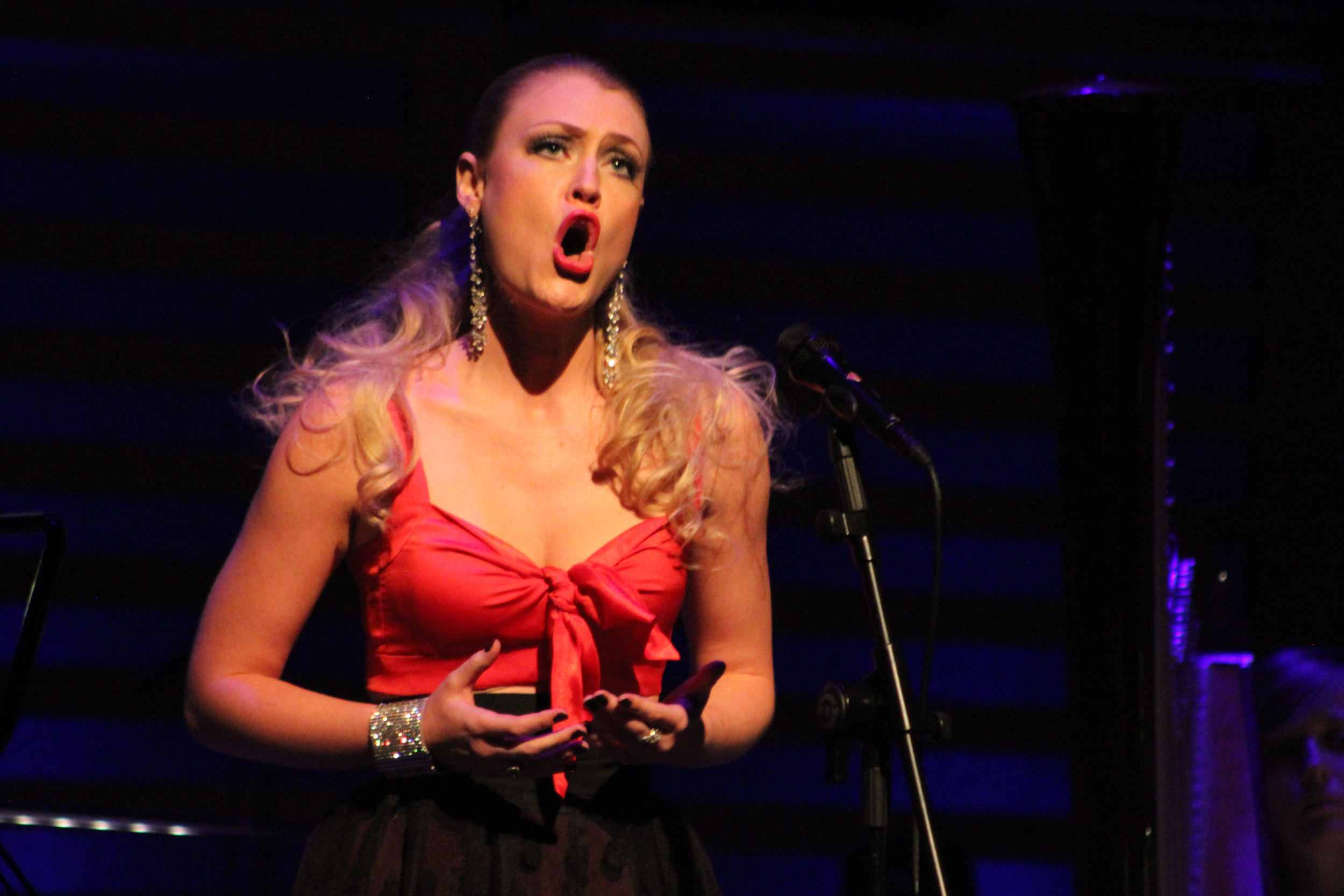
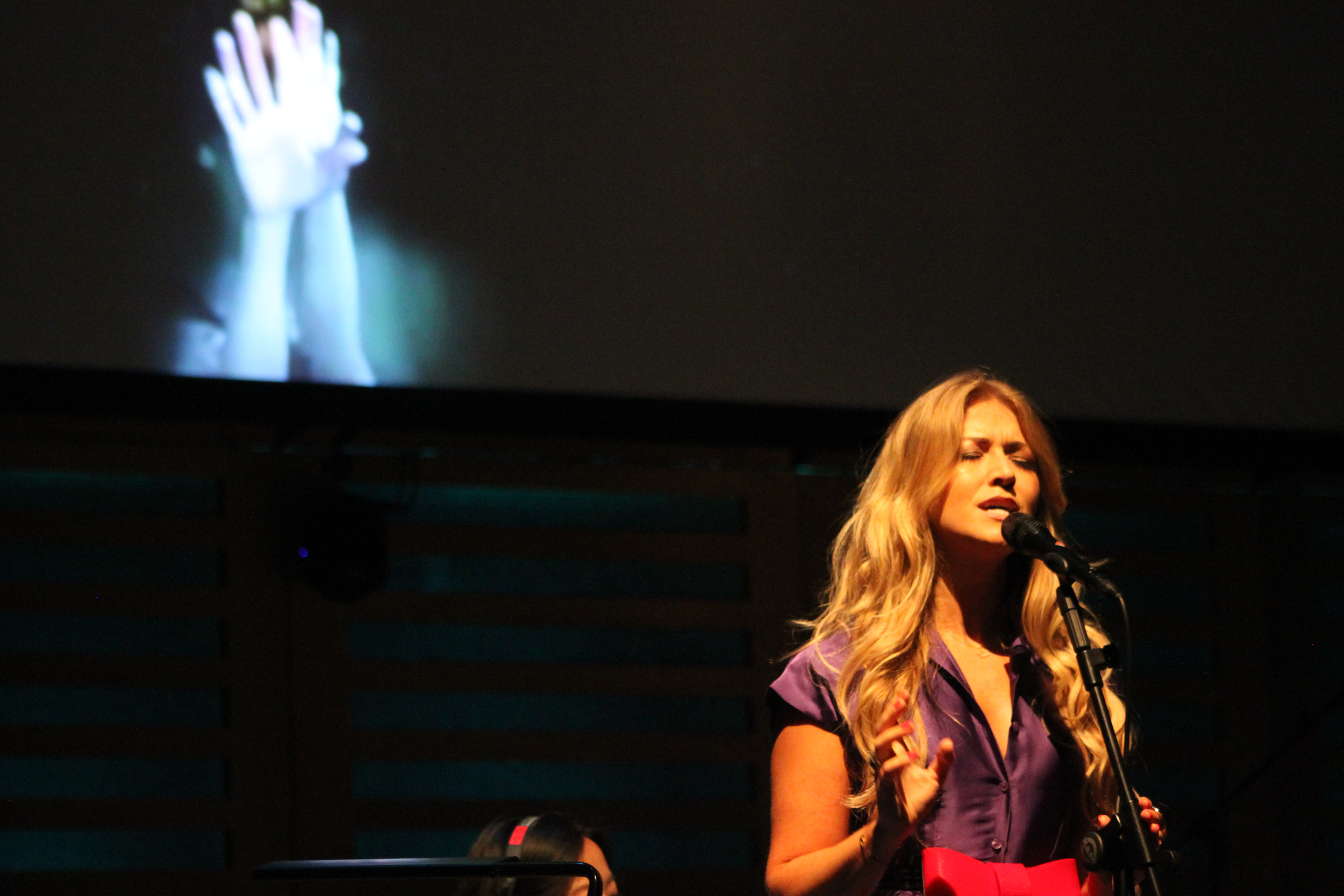
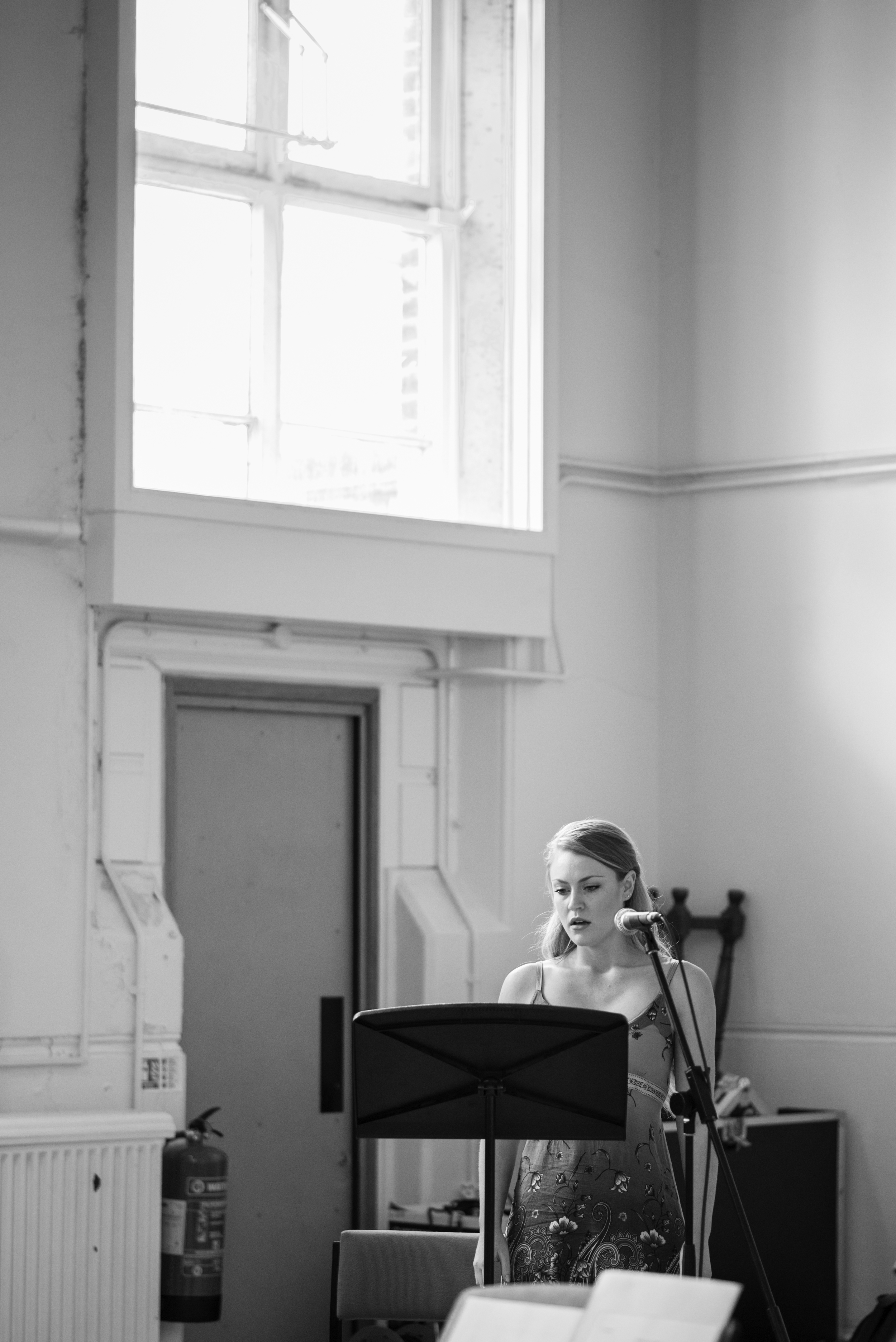



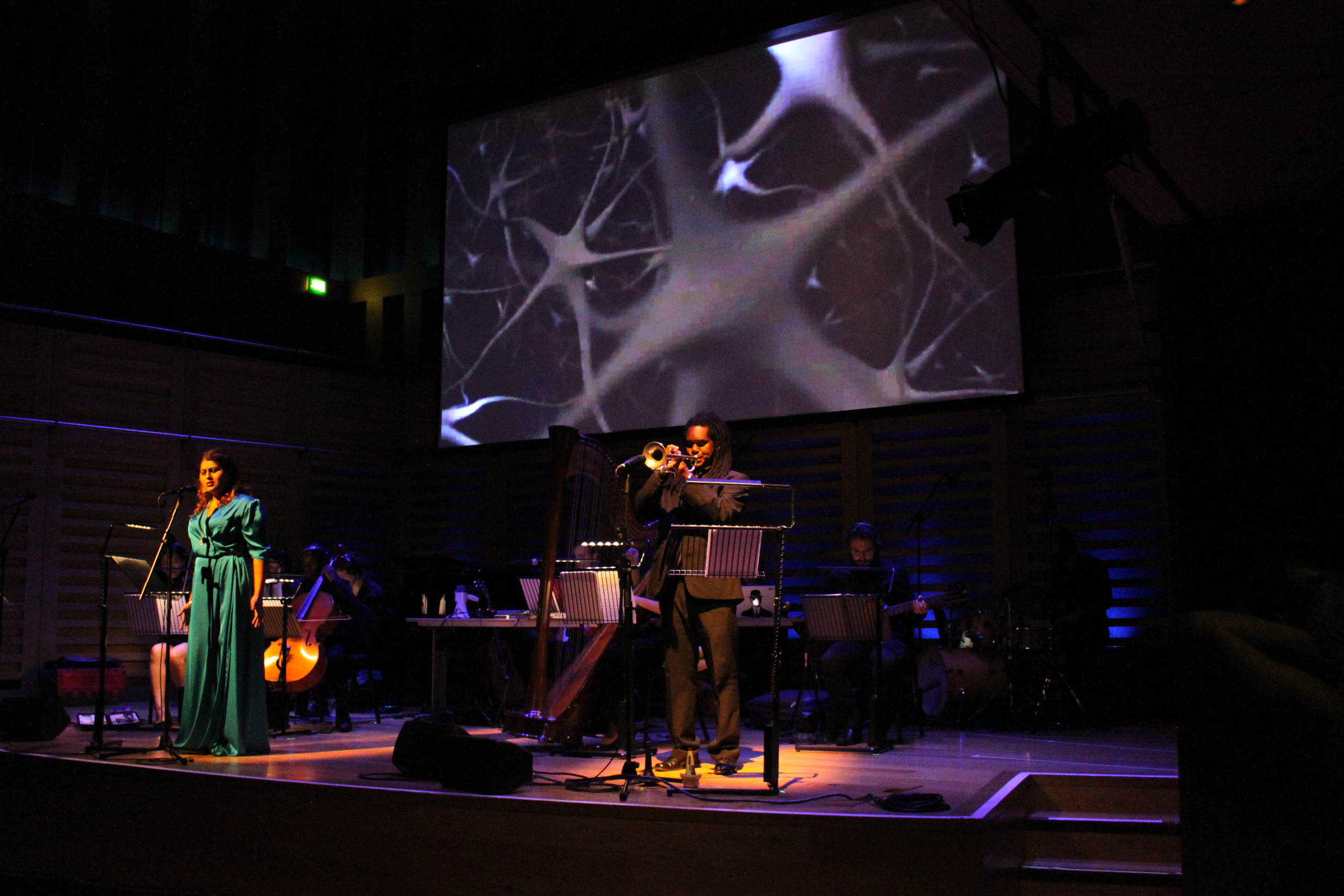
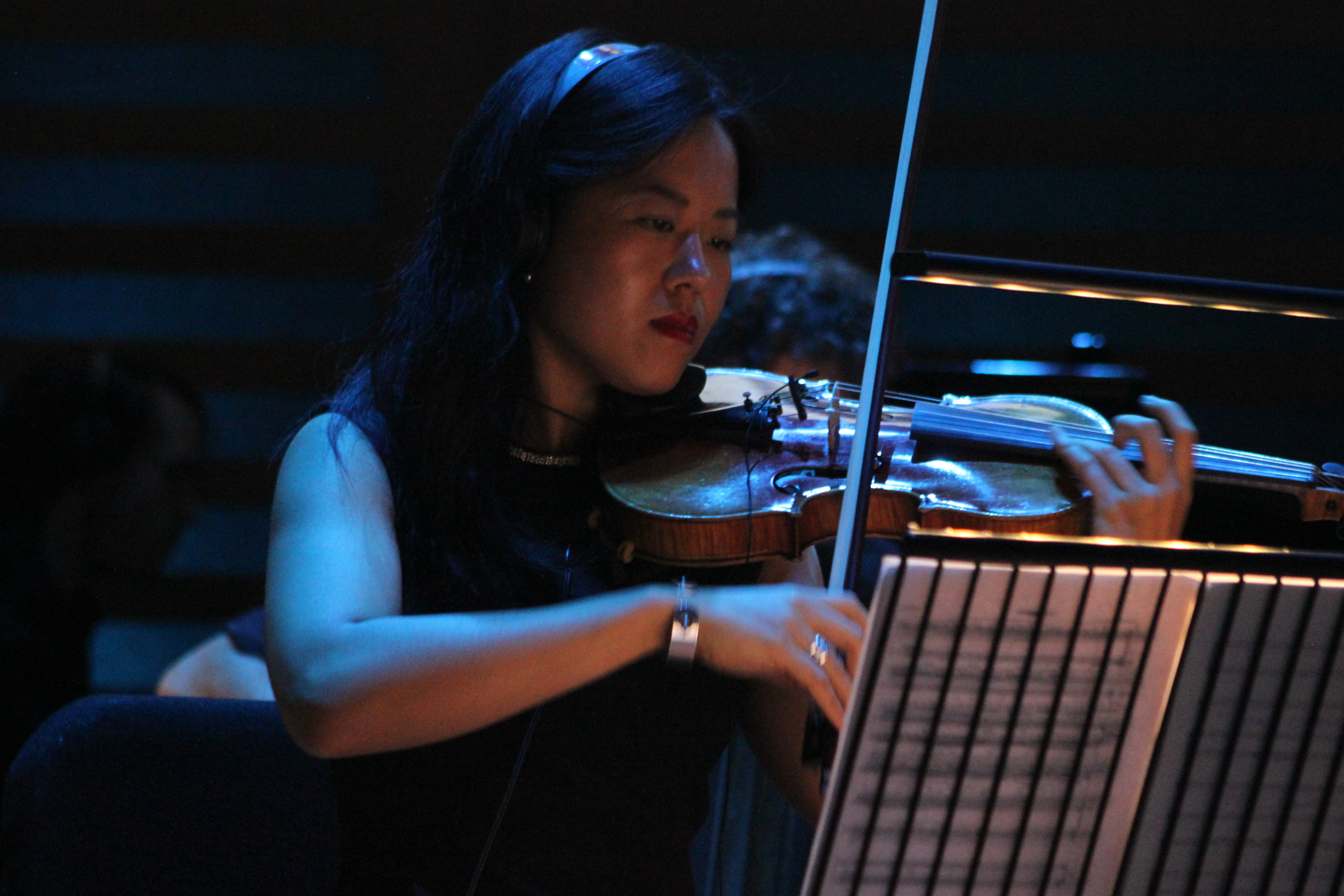


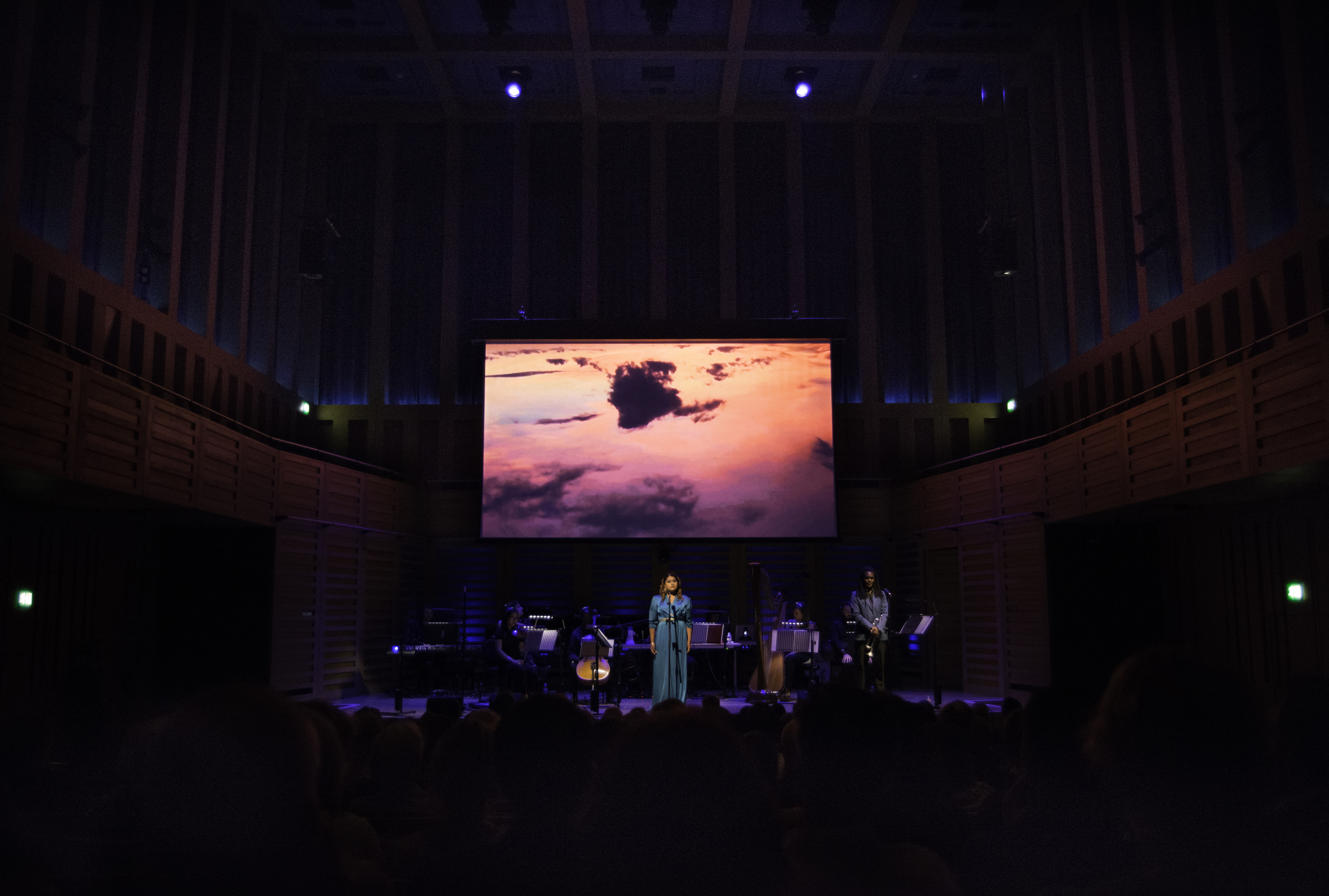
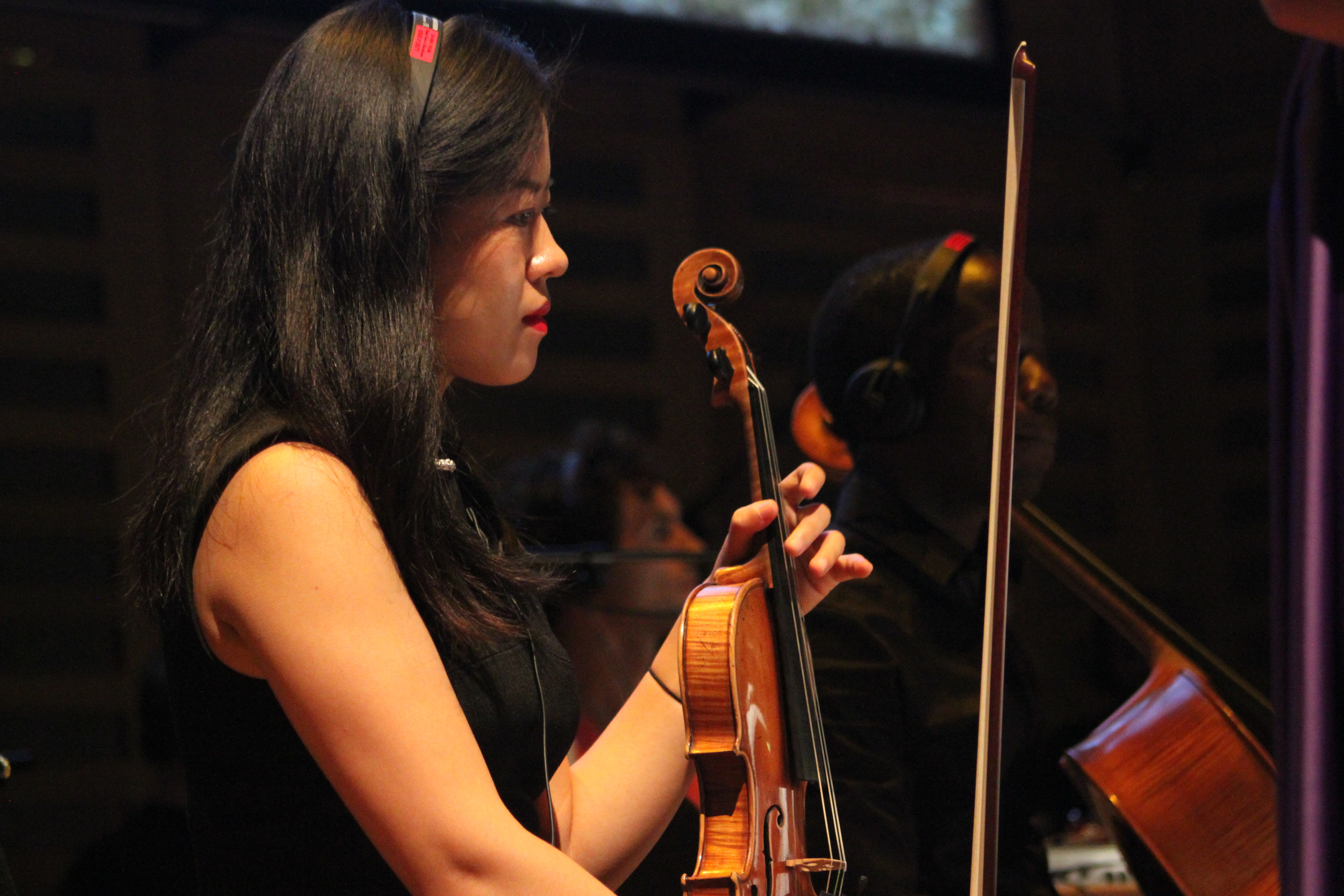
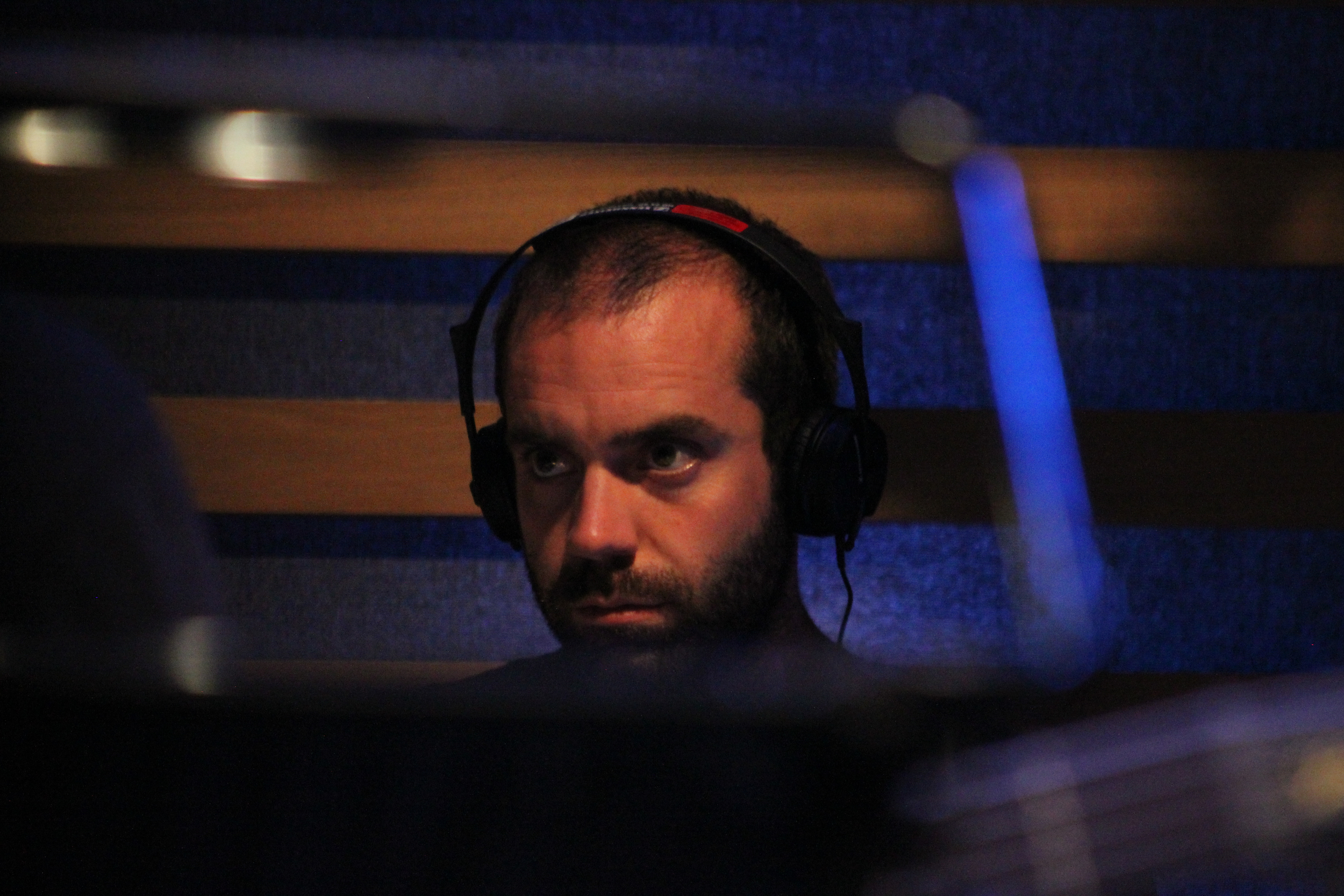
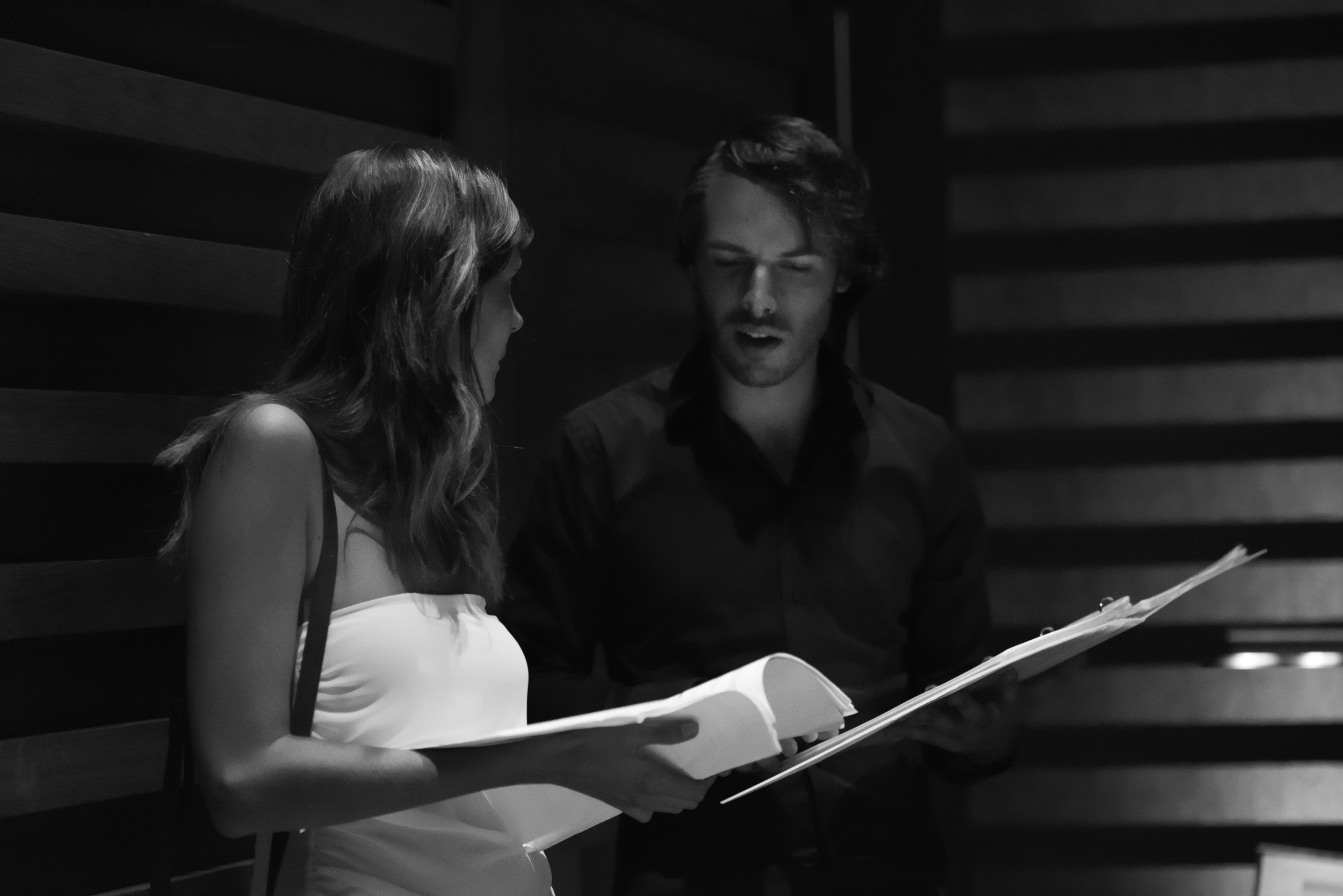
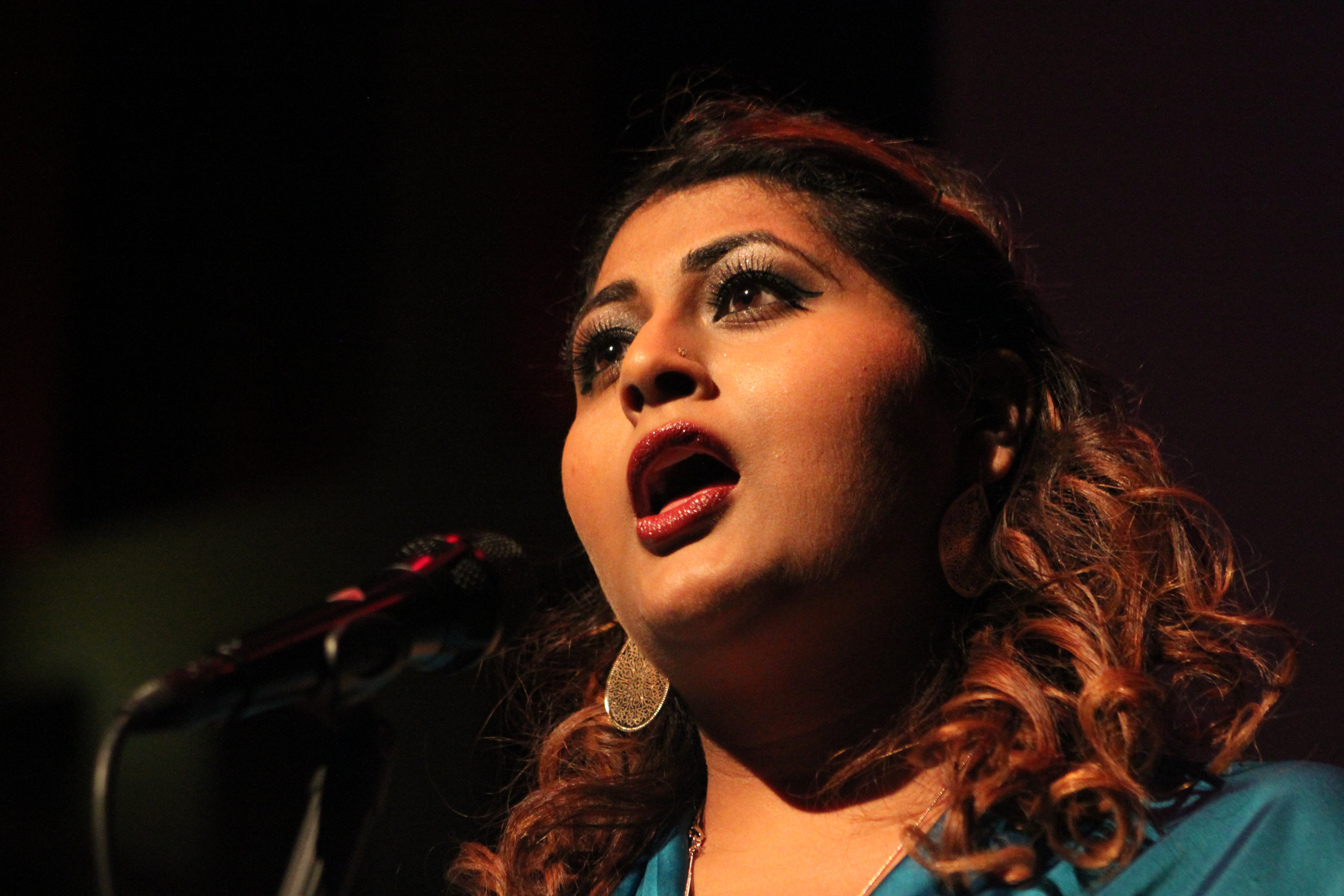

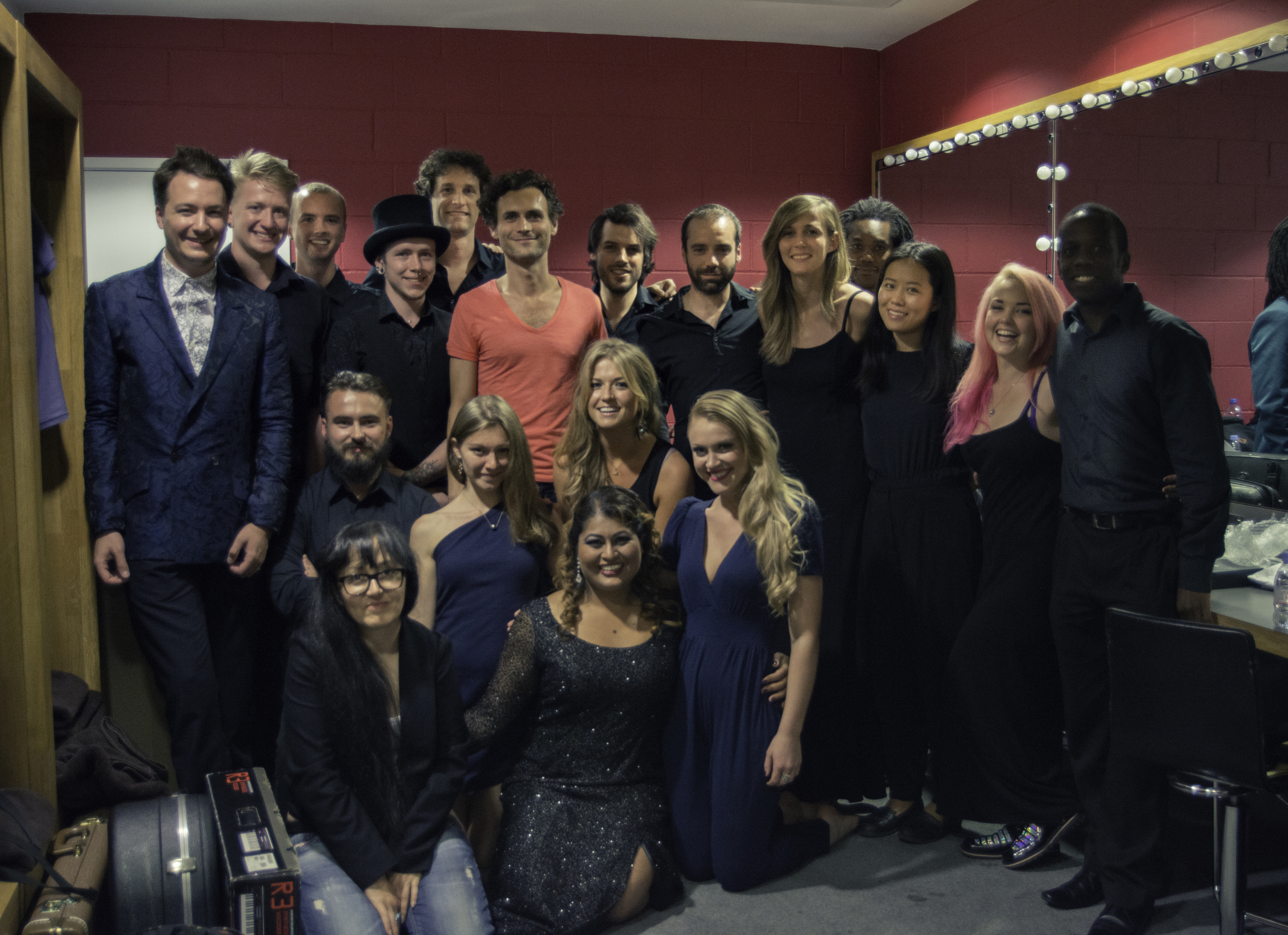

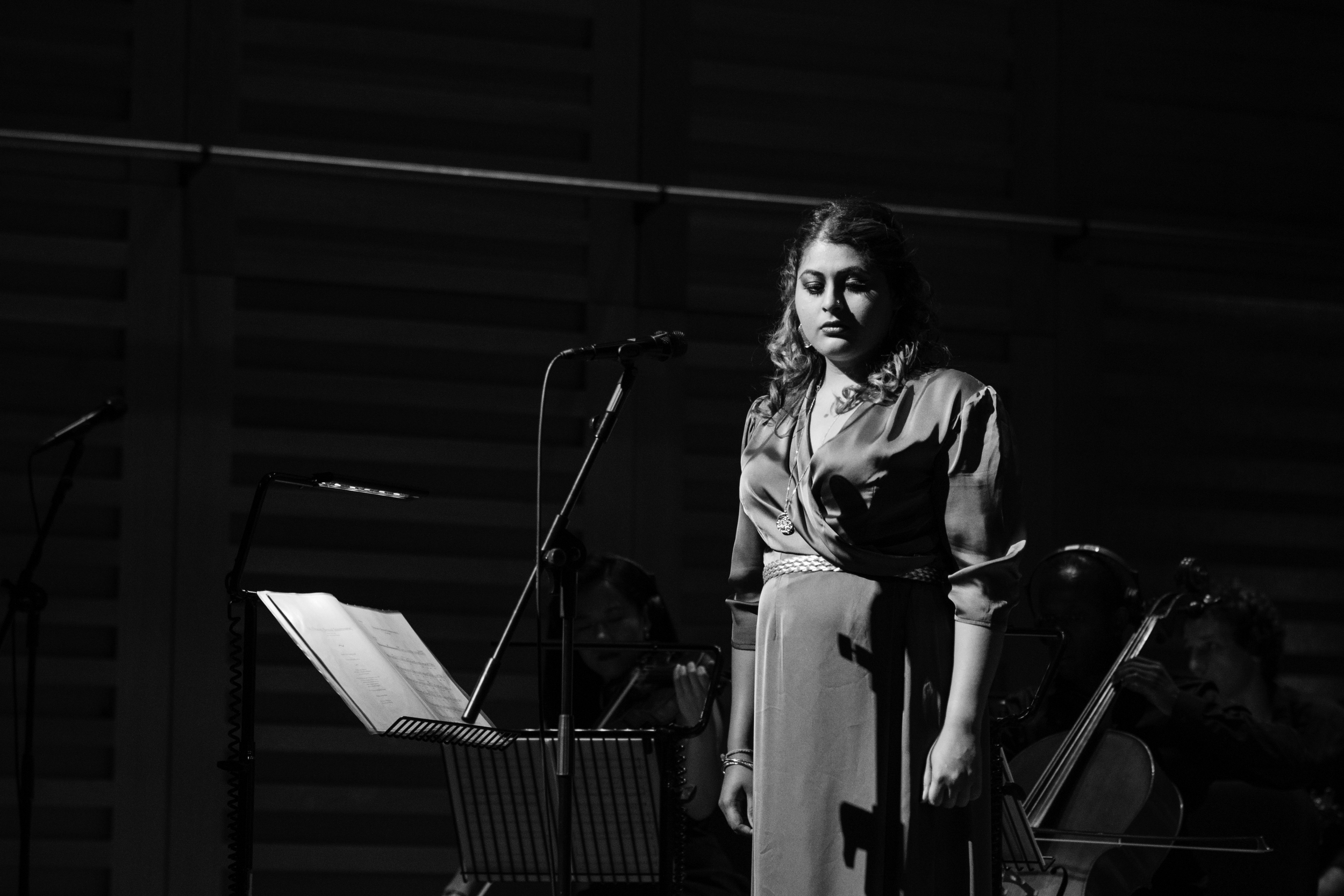
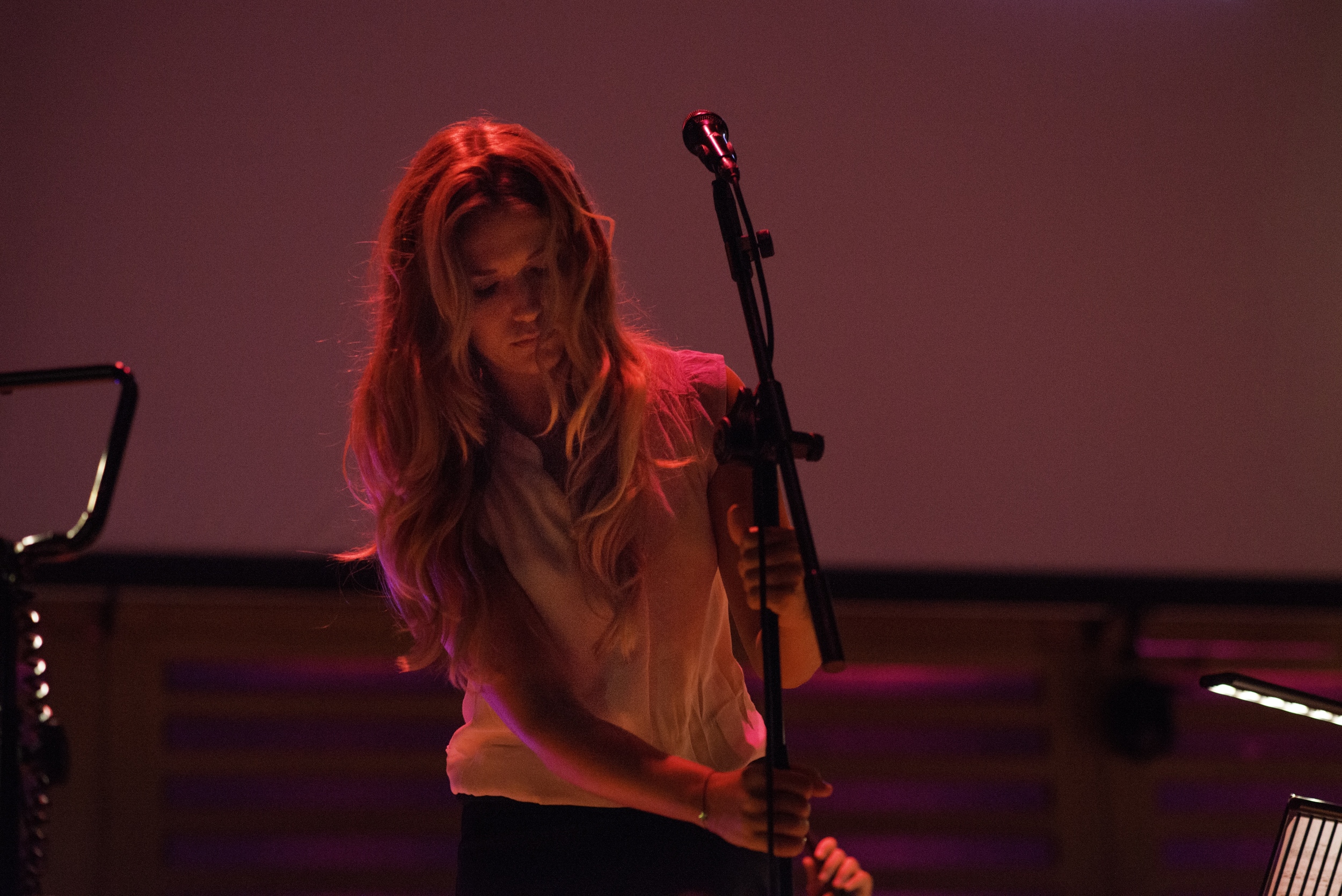
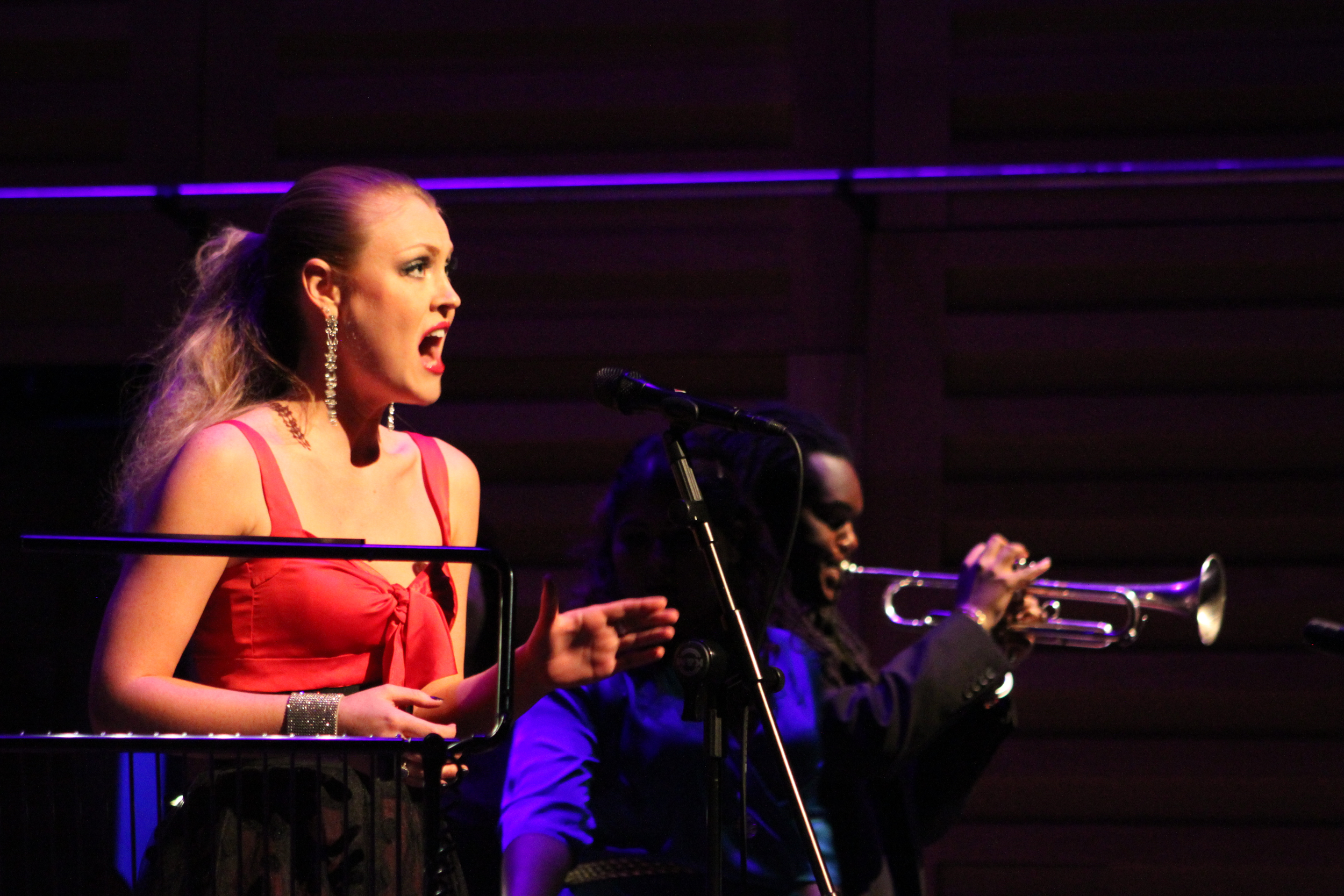
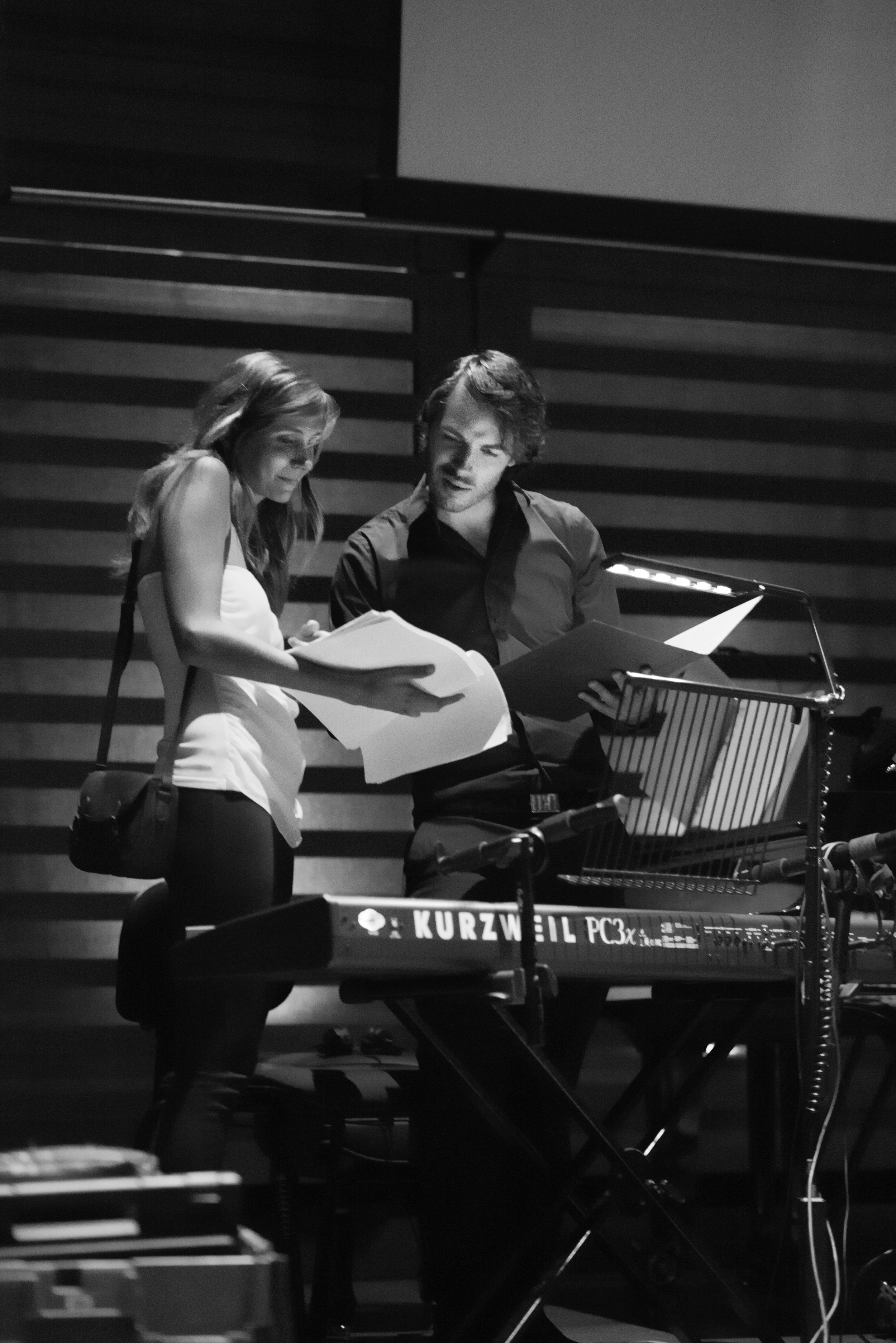


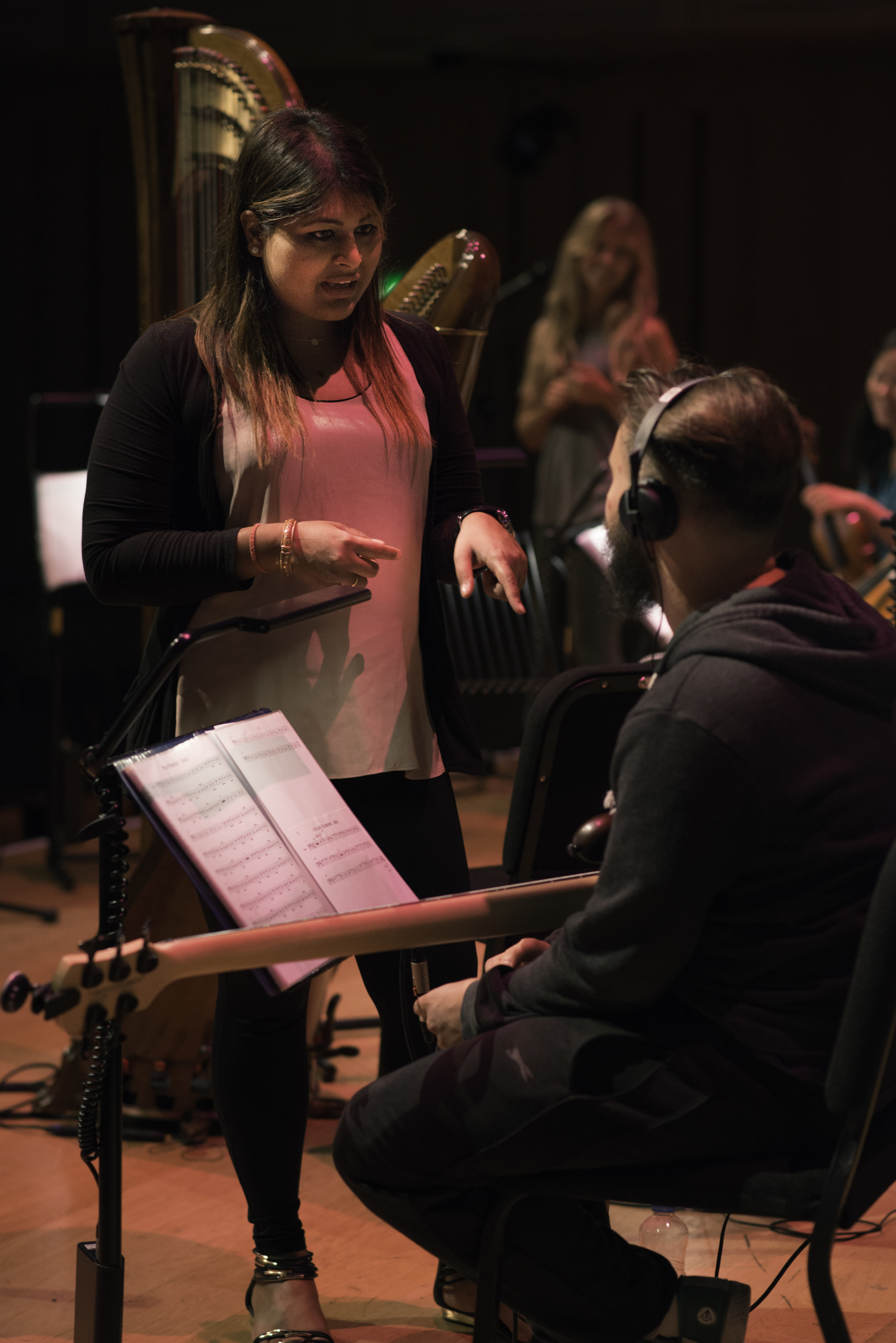
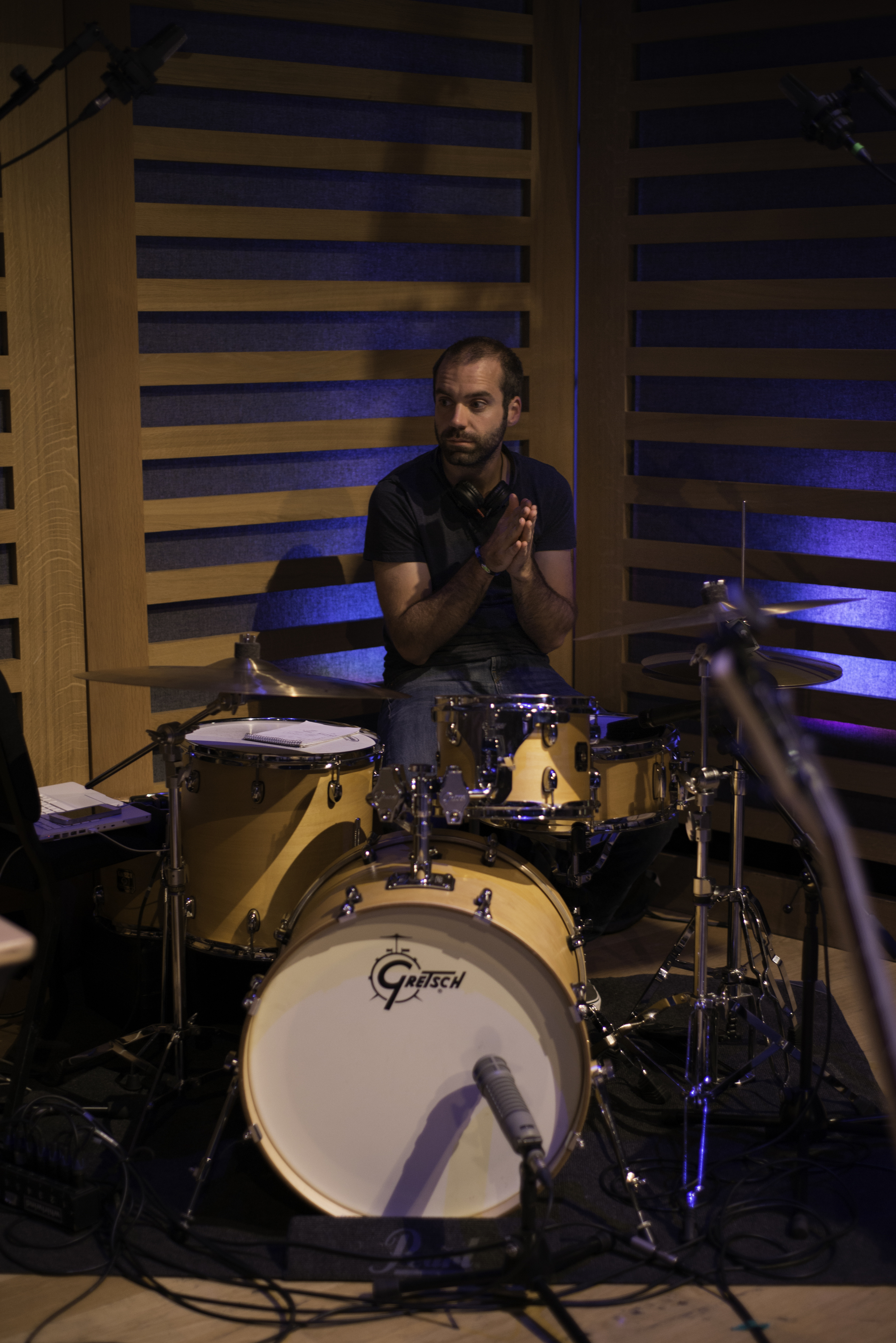
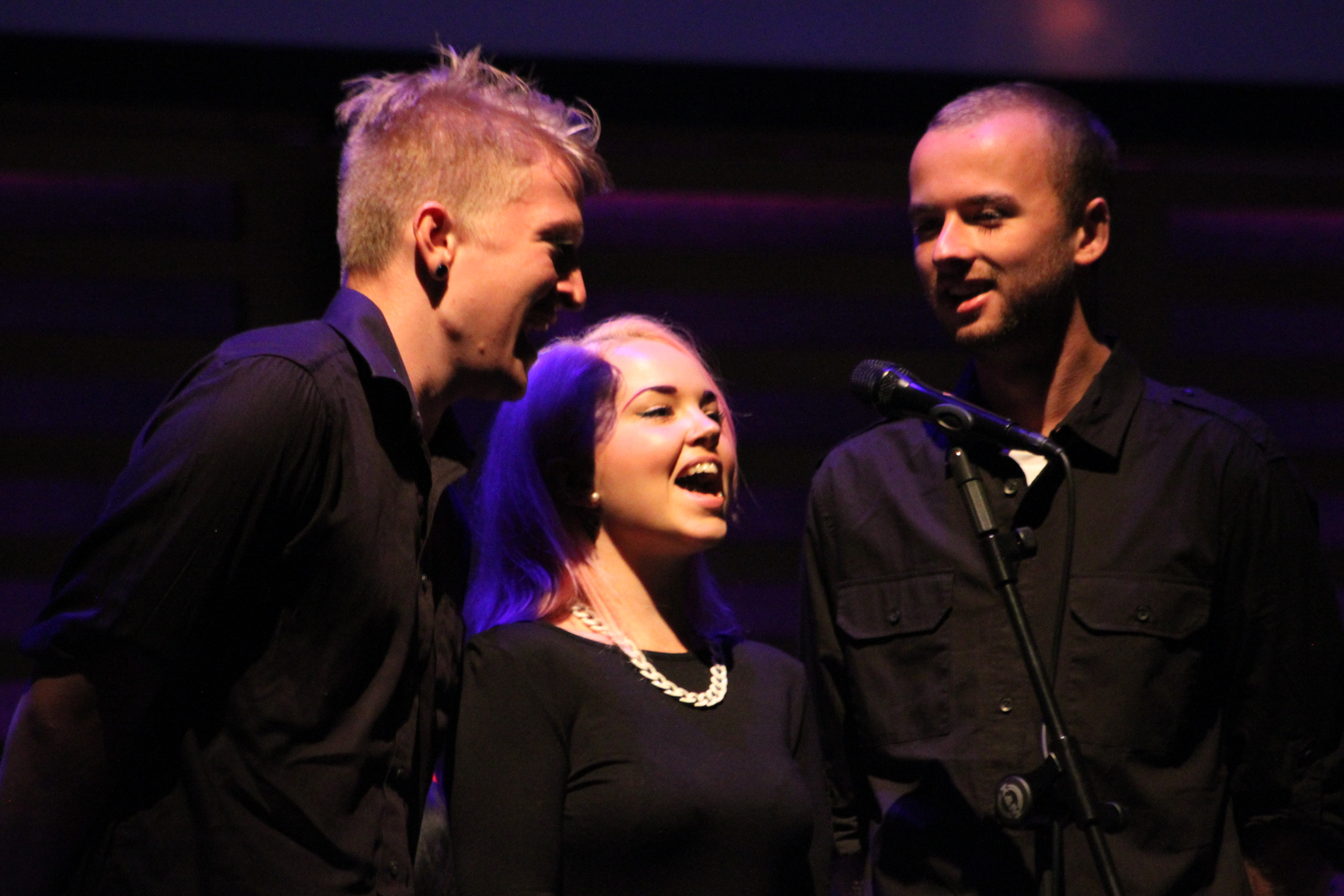
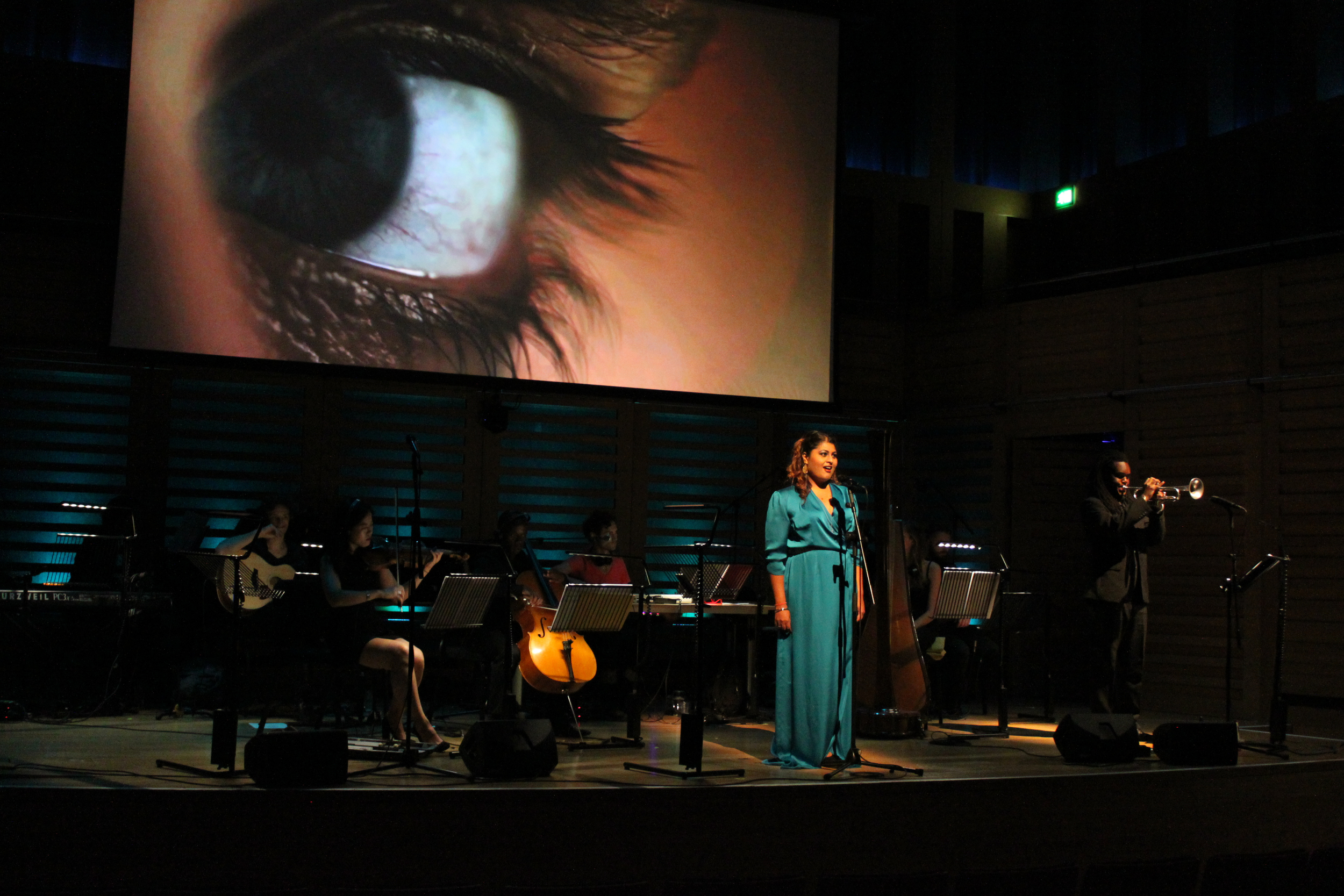
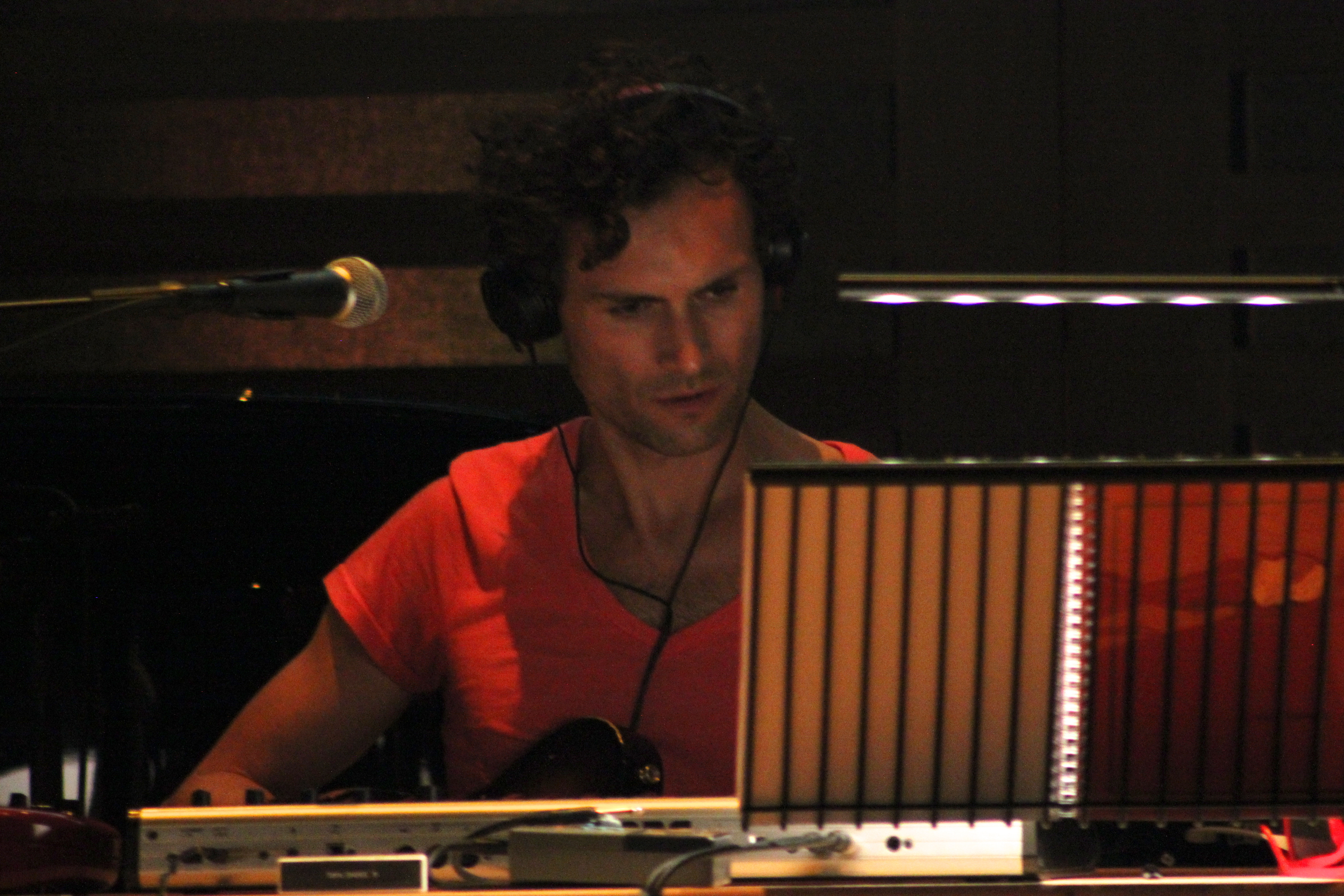

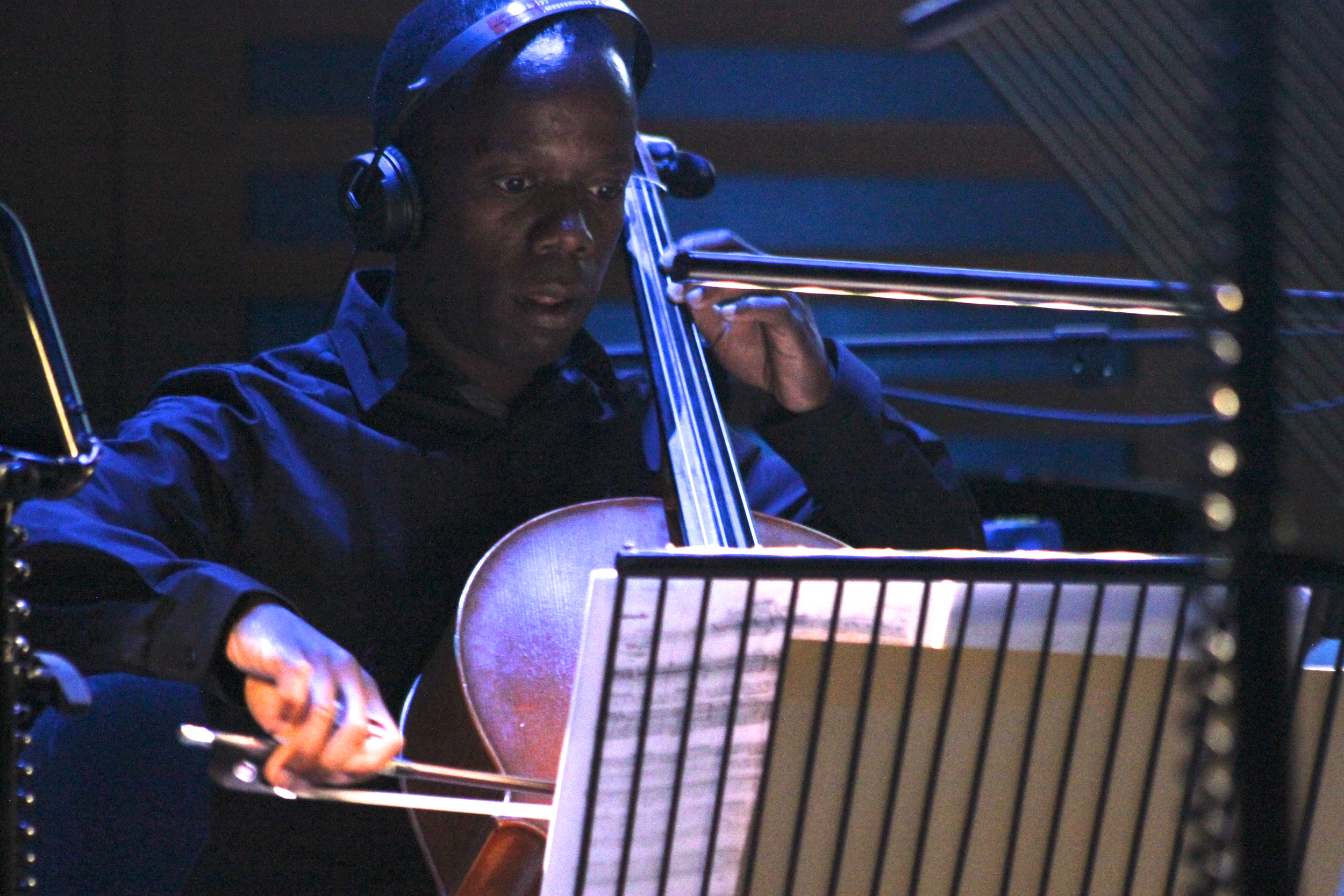
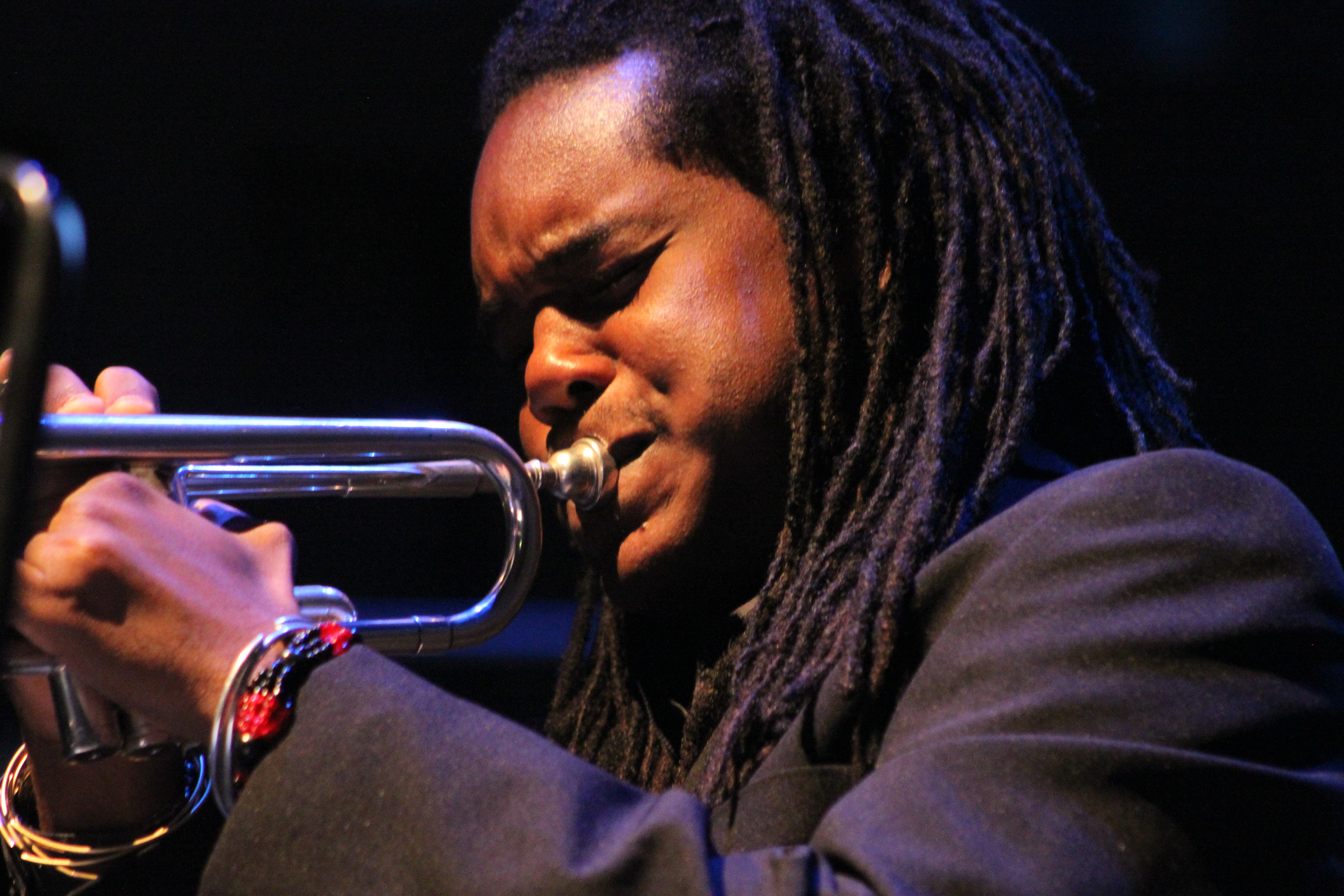

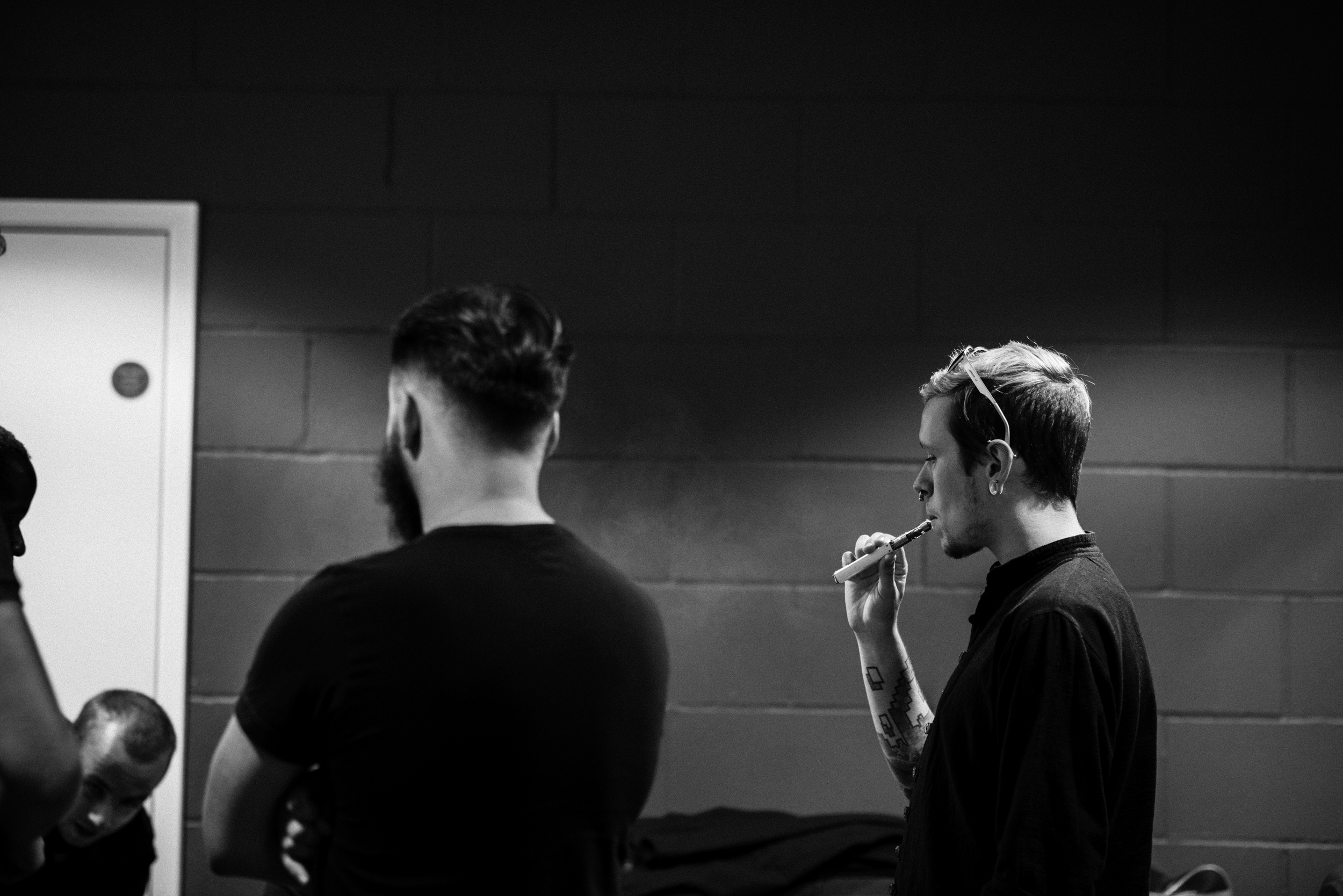




“‘Life from Light’ is a unique live experience that combines operatic performance with multiple musical genres and video art. Based upon tracks from Toni’s ‘Creation’ album of 2011, the production explores the increasingly complex relationship between humans and Earth, the challenges of climate change, the development of ‘playing God’ science and the fluidity of spirituality and sexuality.”

































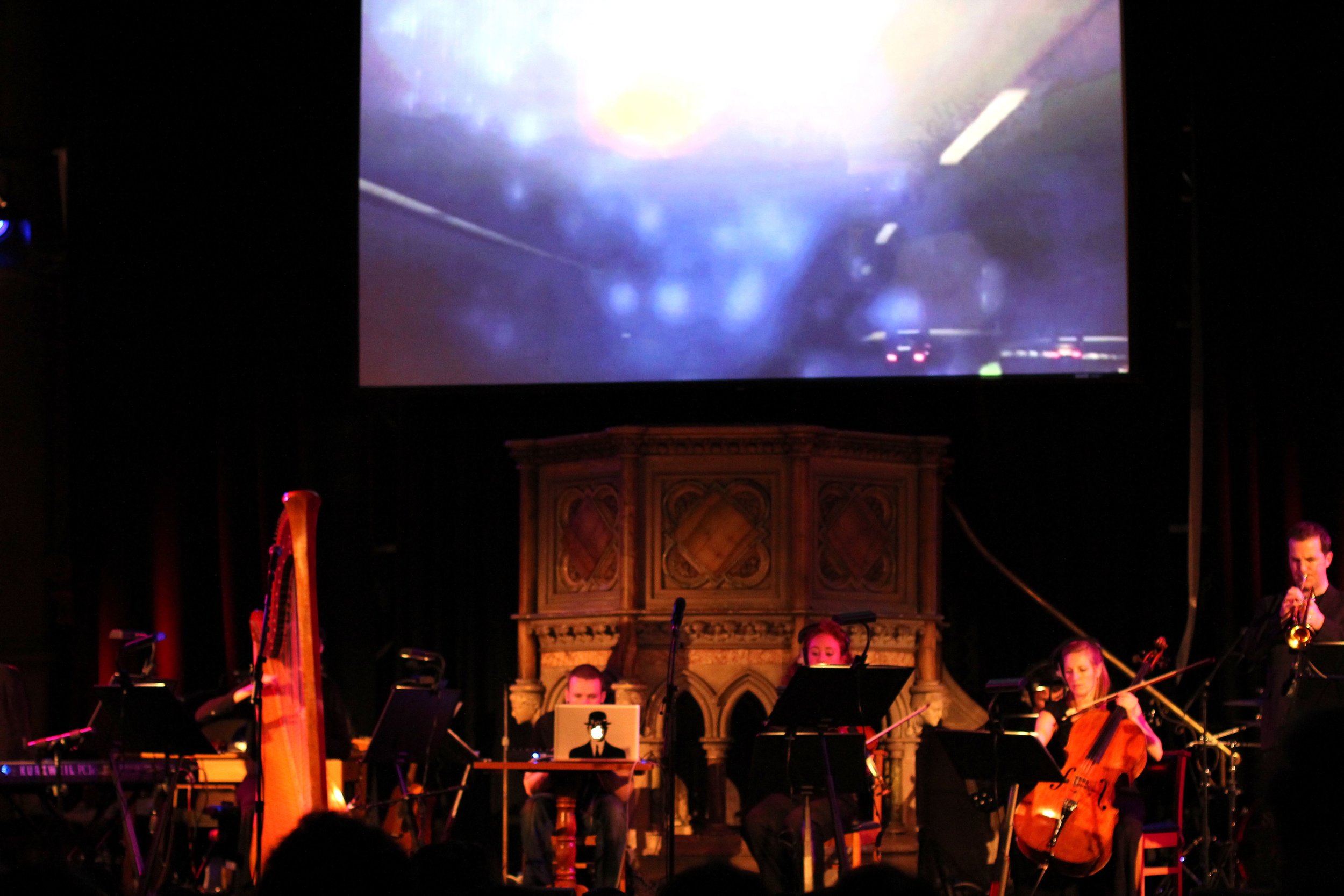

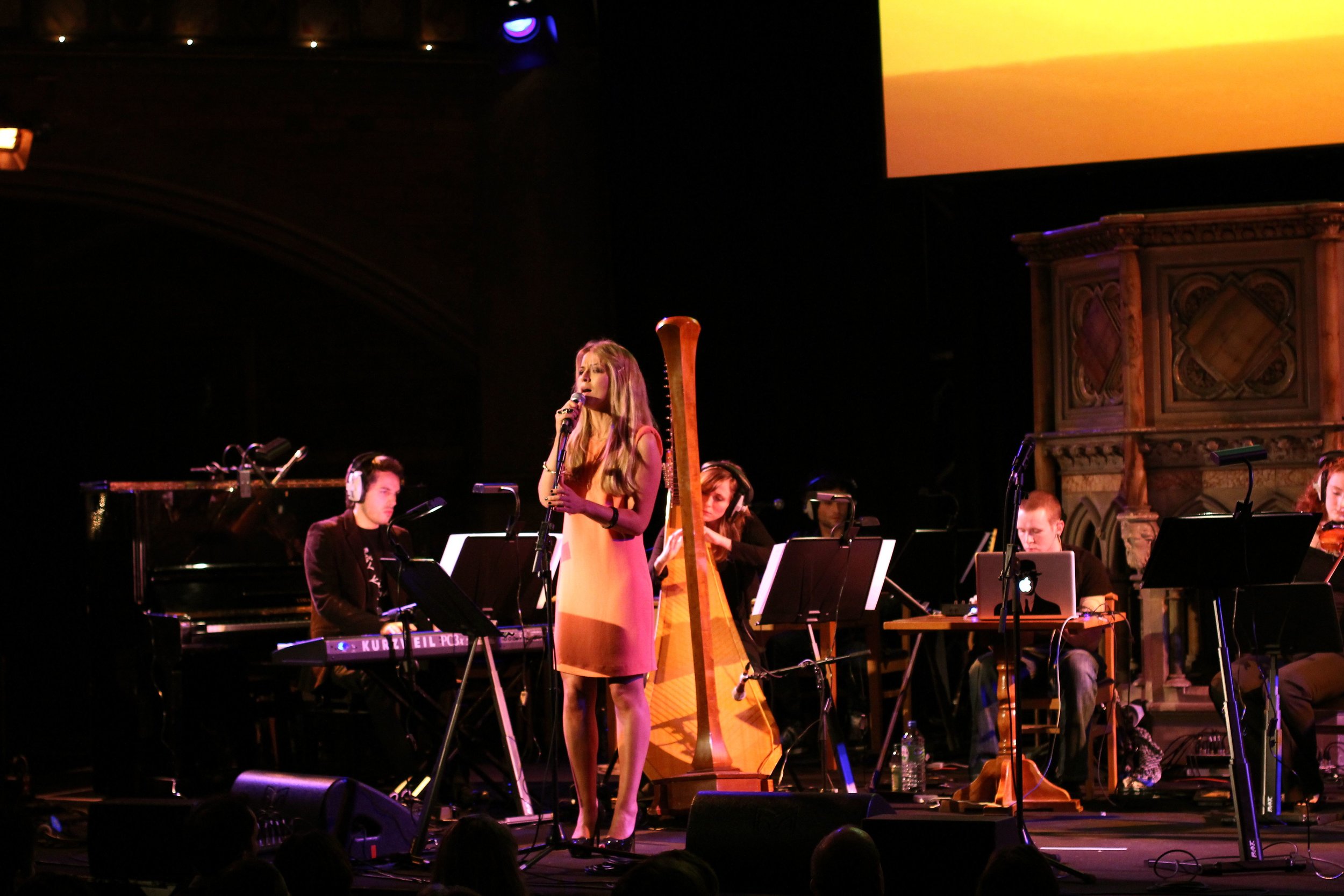




































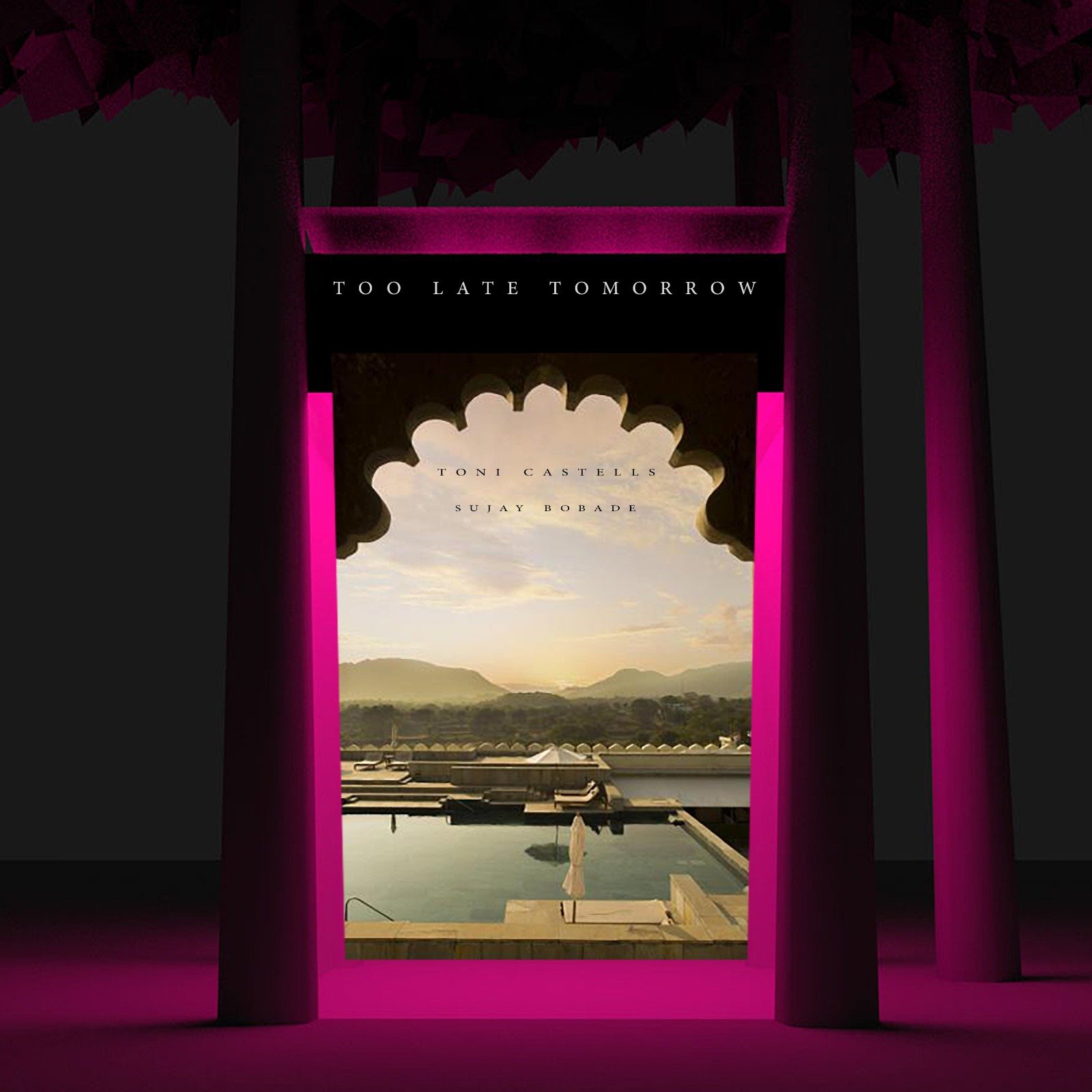
![Slaves of Time [Reimagined] (2020)](https://images.squarespace-cdn.com/content/v1/56be032845bf2136bd422c8c/1640863544781-JPIZTCVUXHU9S281VL3H/SoT+Reimagined+OK.jpg)














Artwork photo by BRYAN LANAS
’Live from Kings Place’ (2016) is the live recording of the performance of 'Life from Light' (2012) at Kings Place Hall One, London, over the 7th and 8th of August of 2014.
The concerts were part of the Tete-a-Tete Opera Festival and featured sopranos Meeta Raval and Camilla Kerslake and Cuban jazz trumpeter Yelfris Valdes.